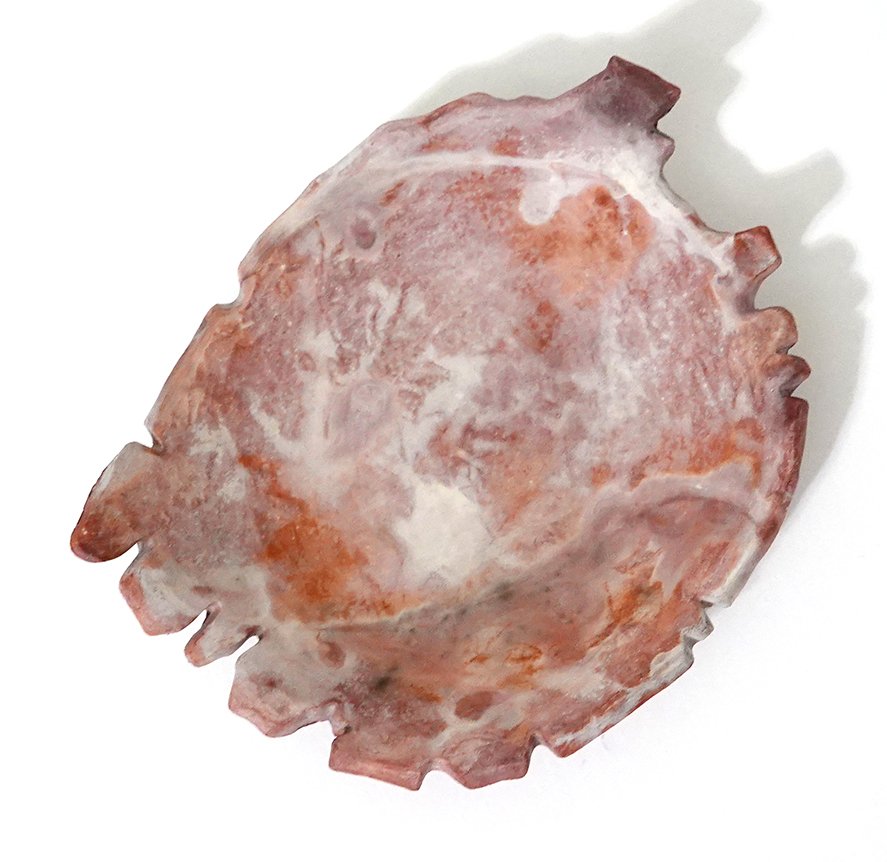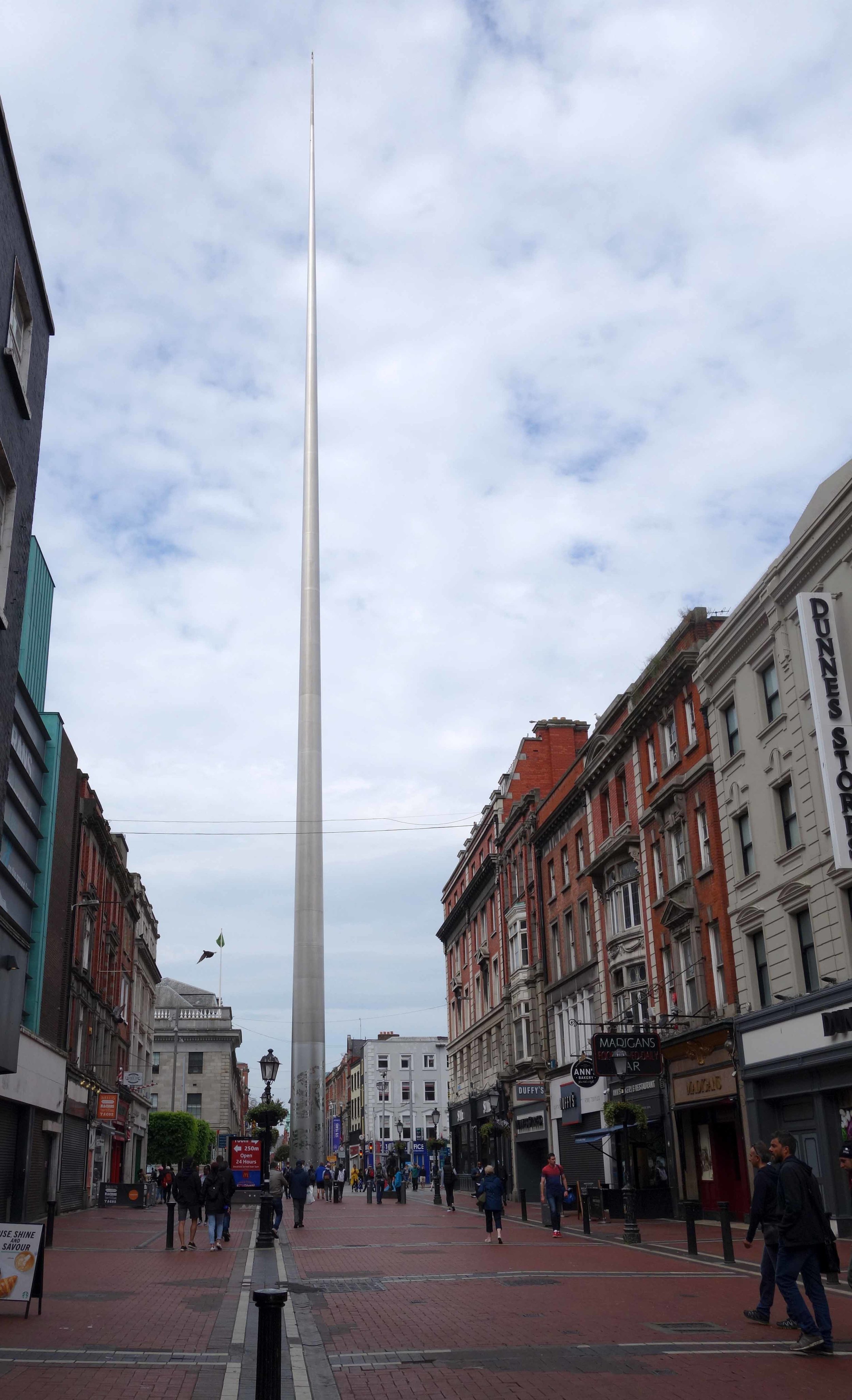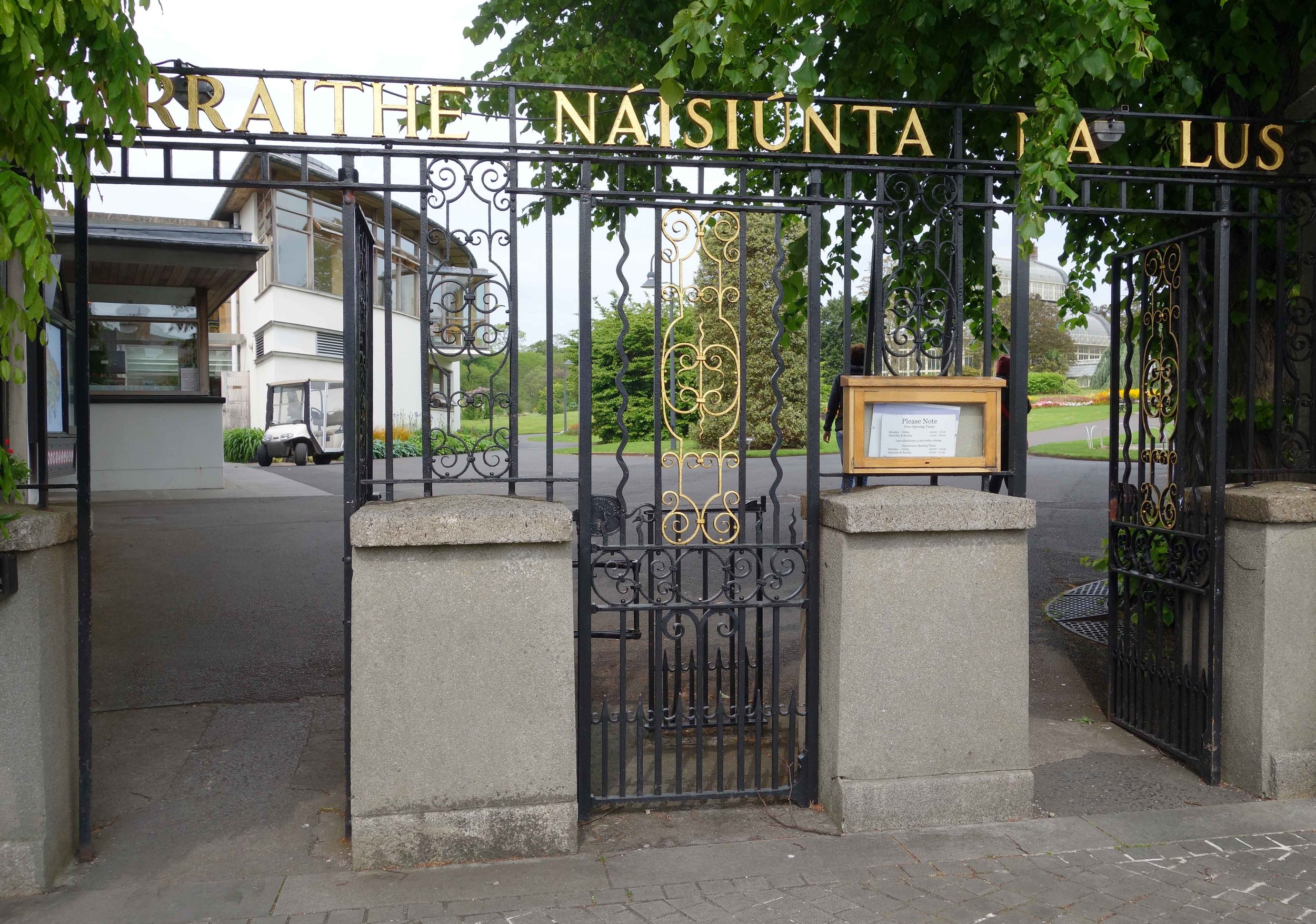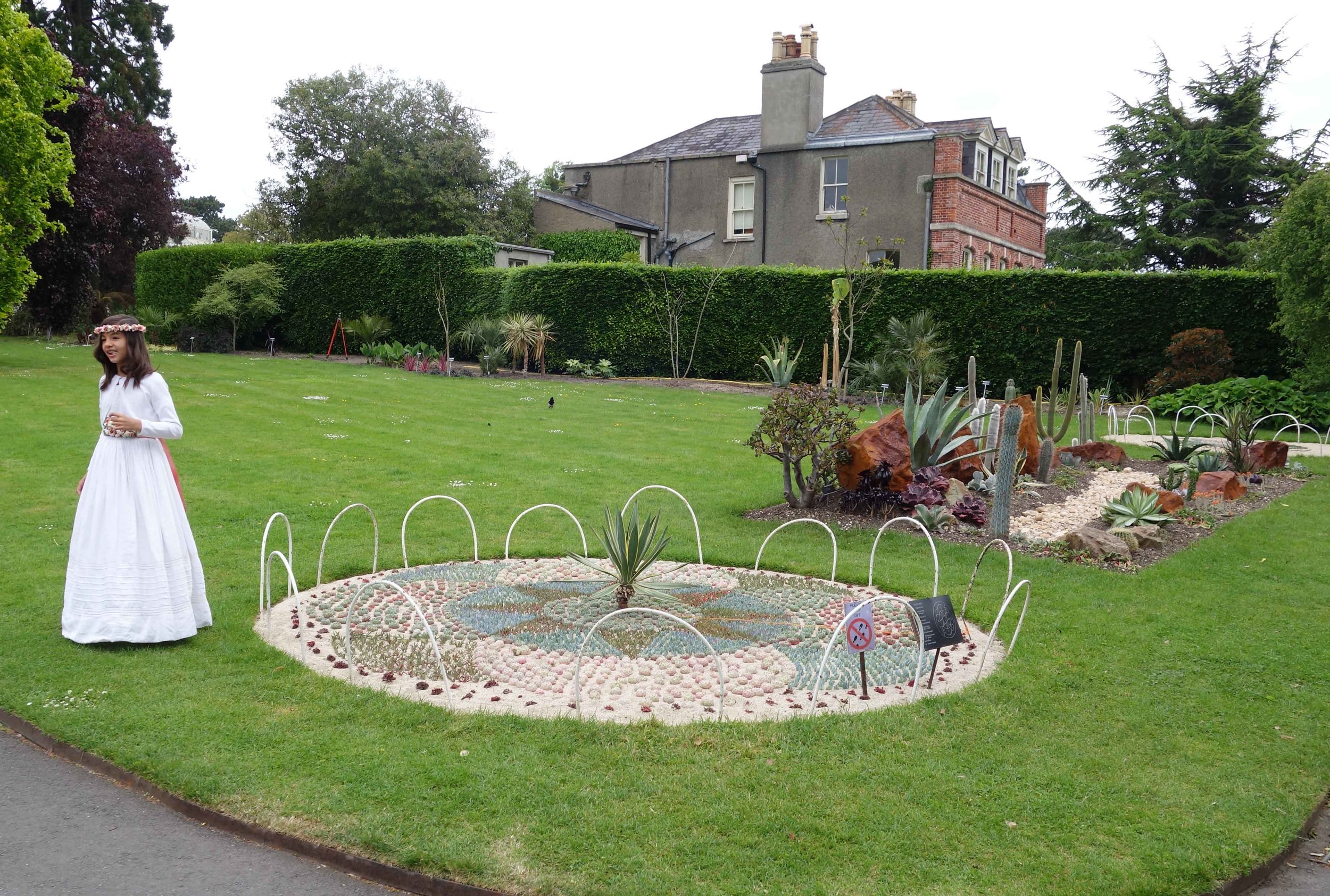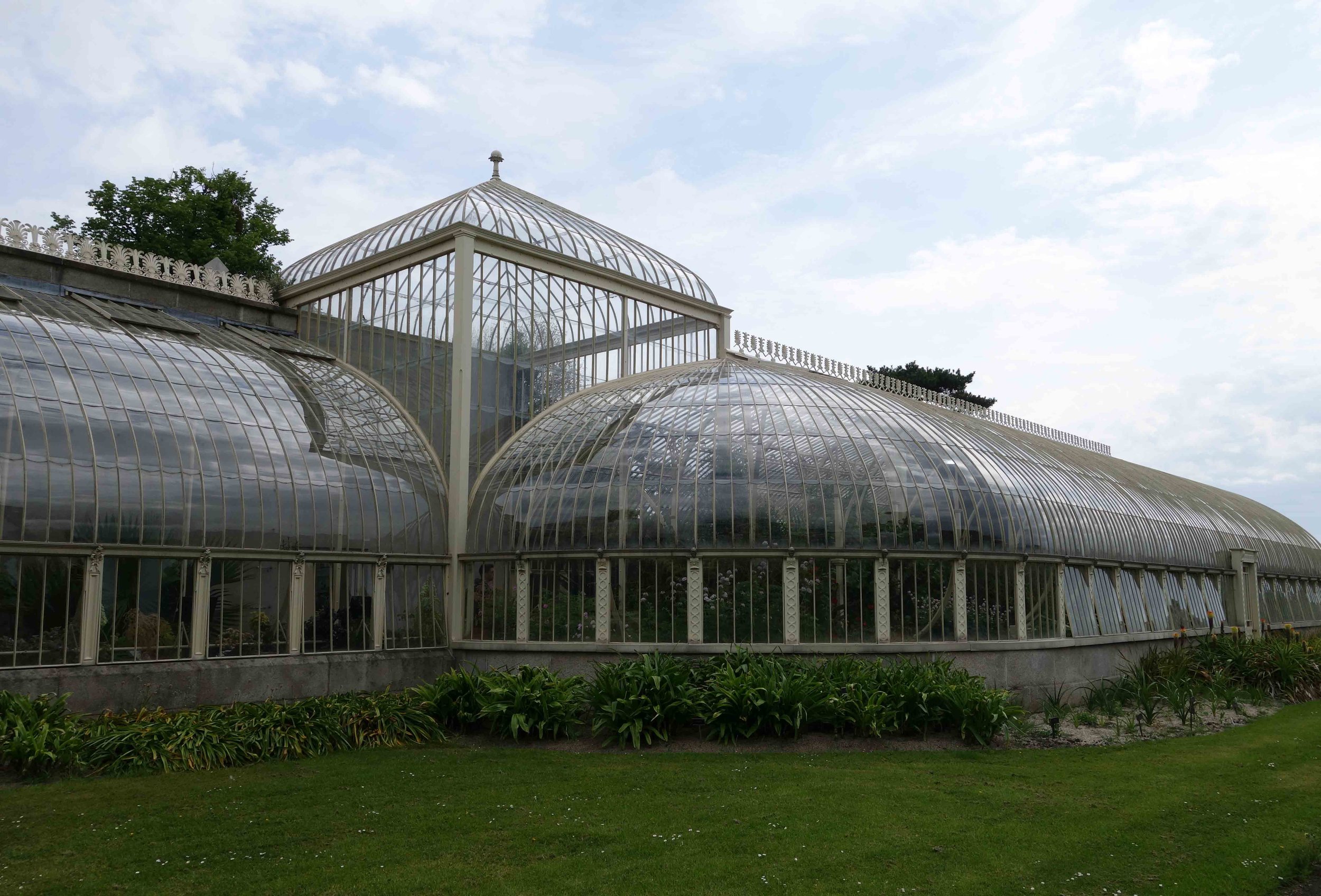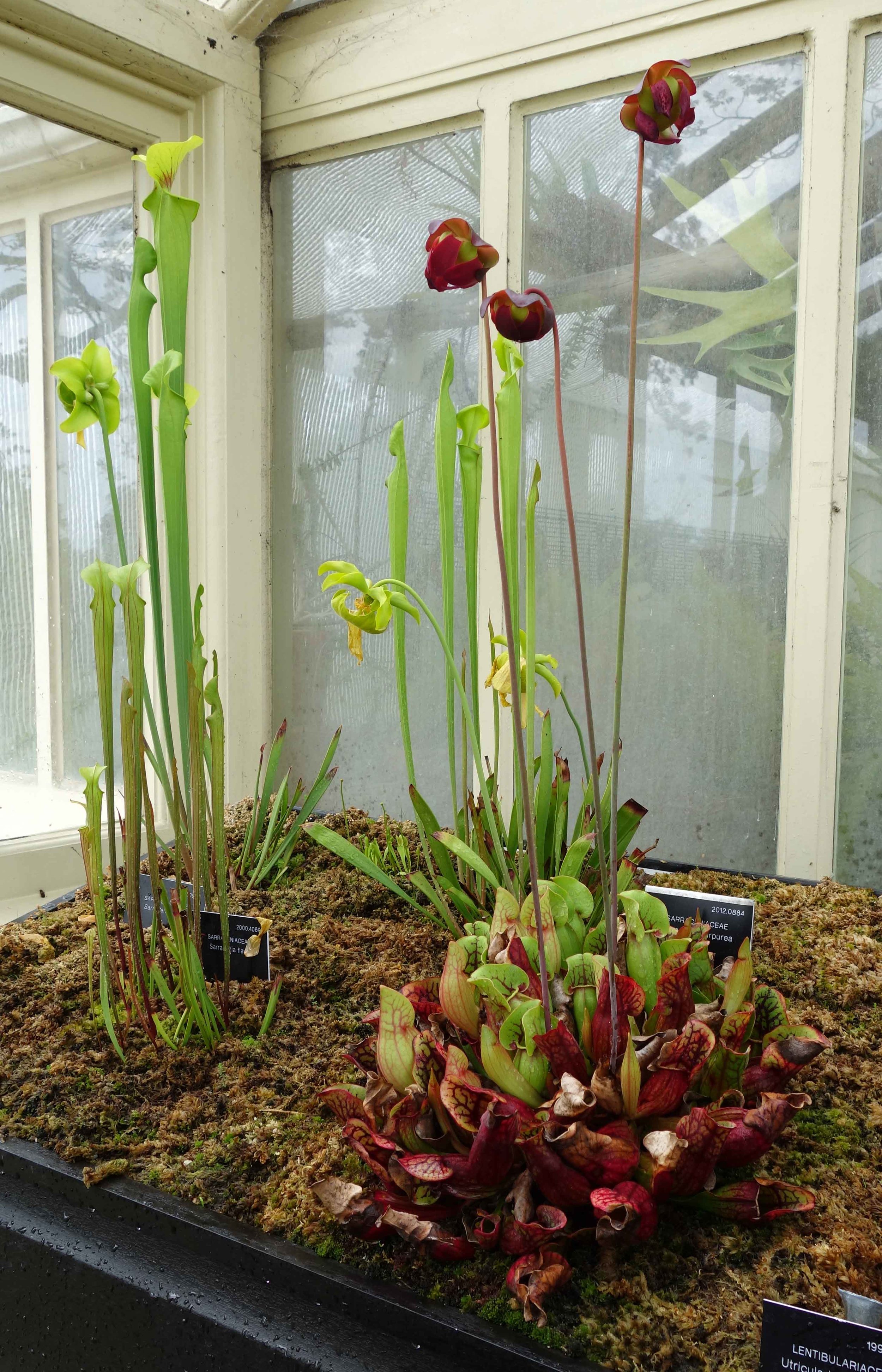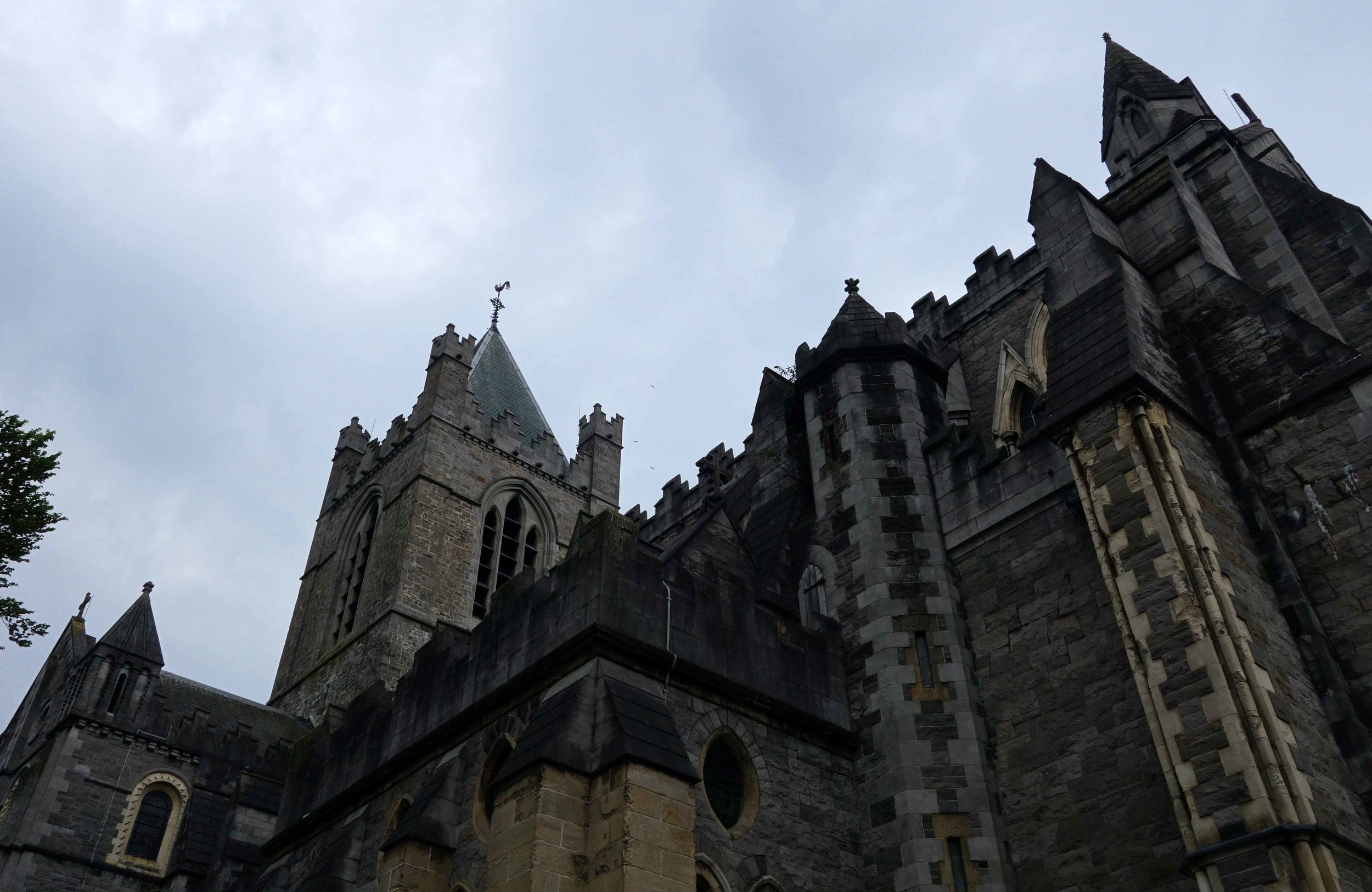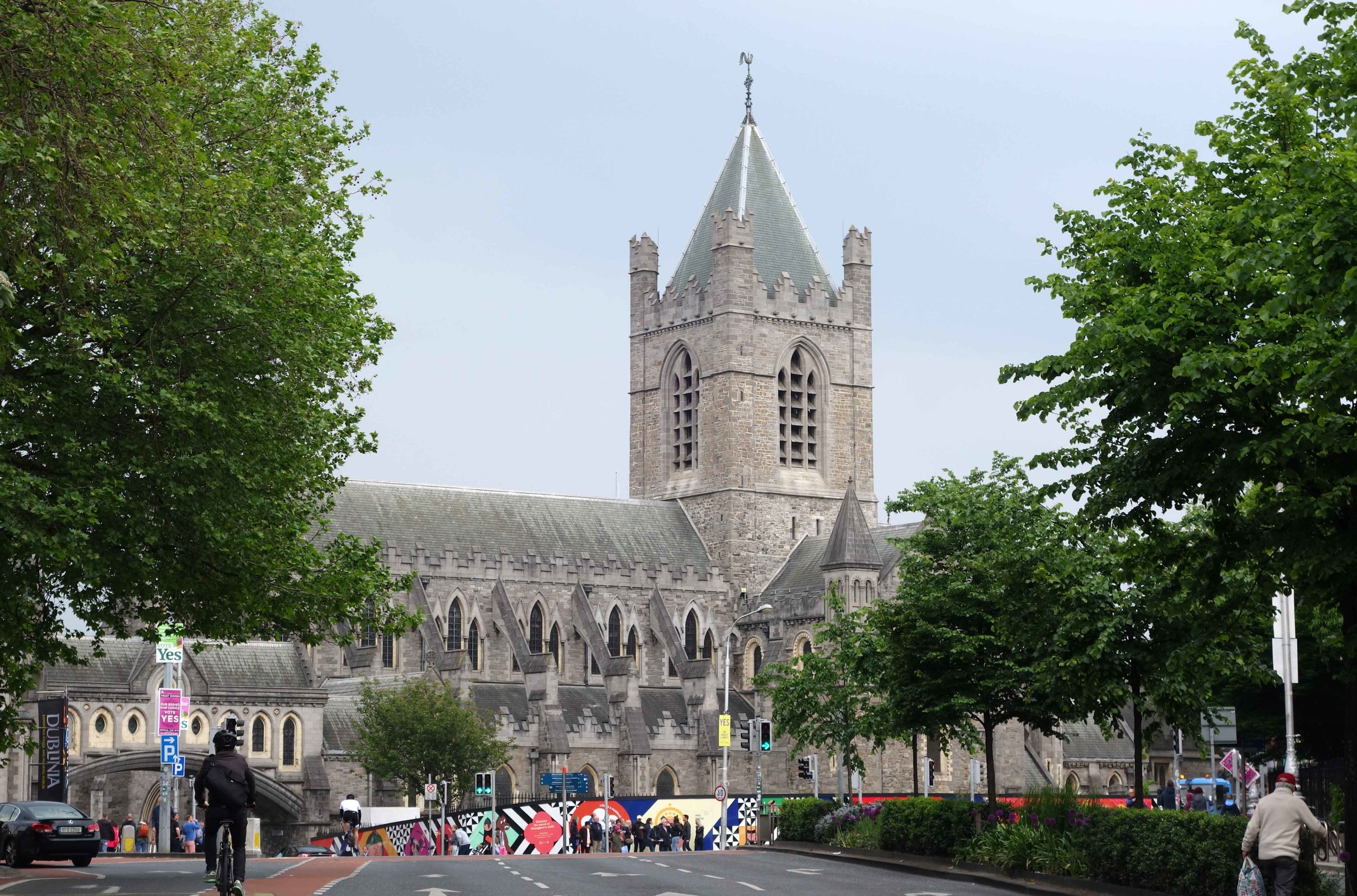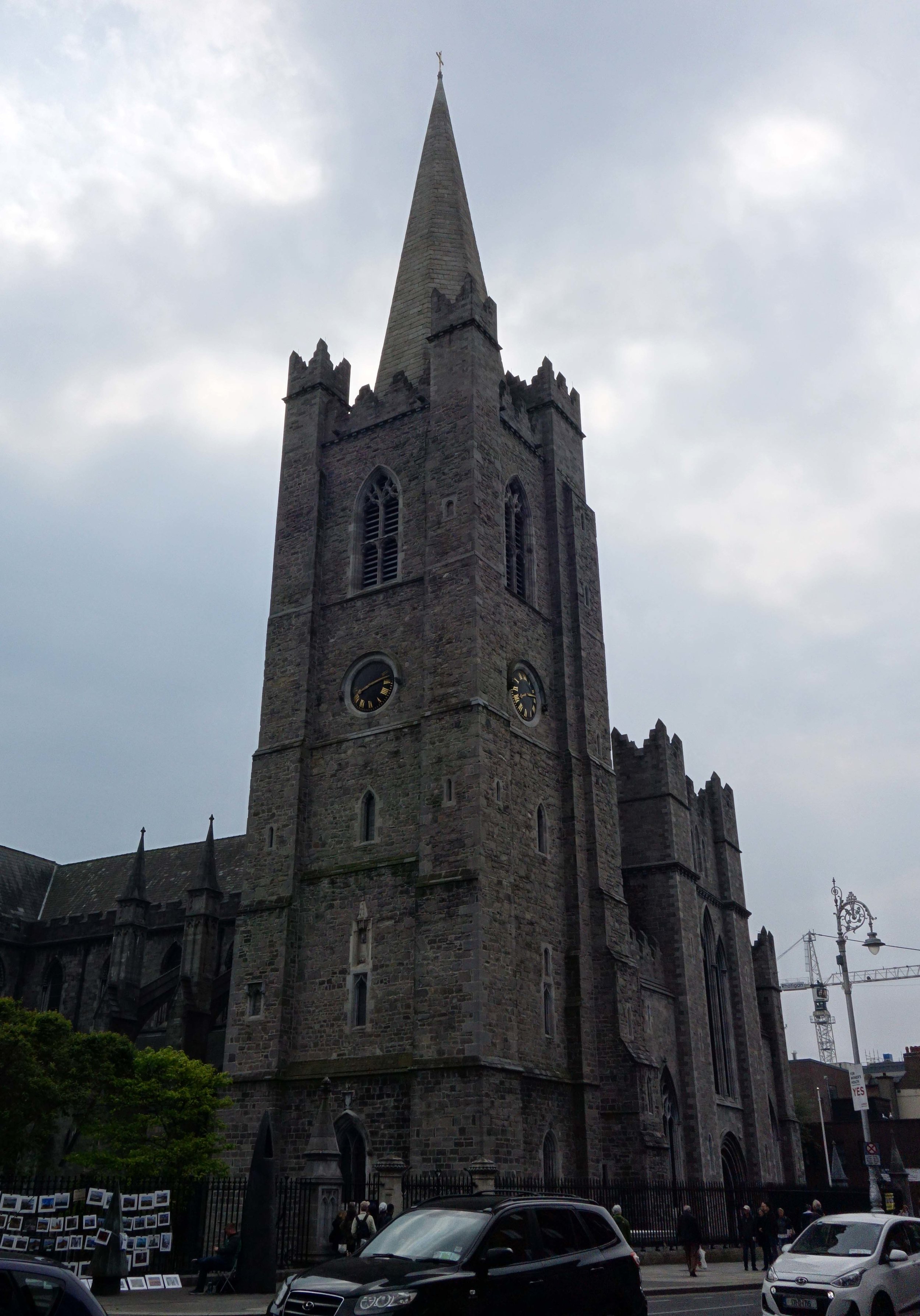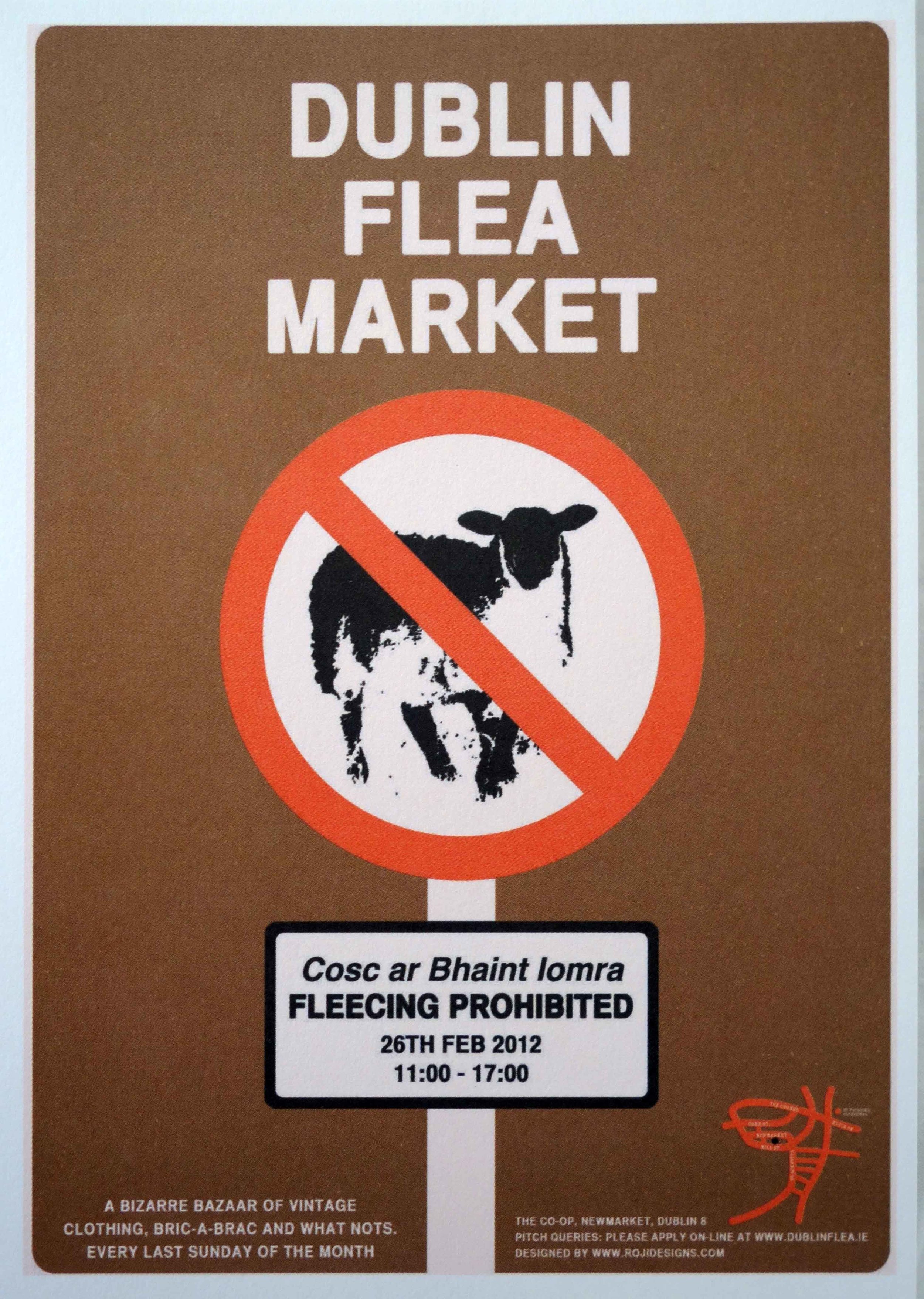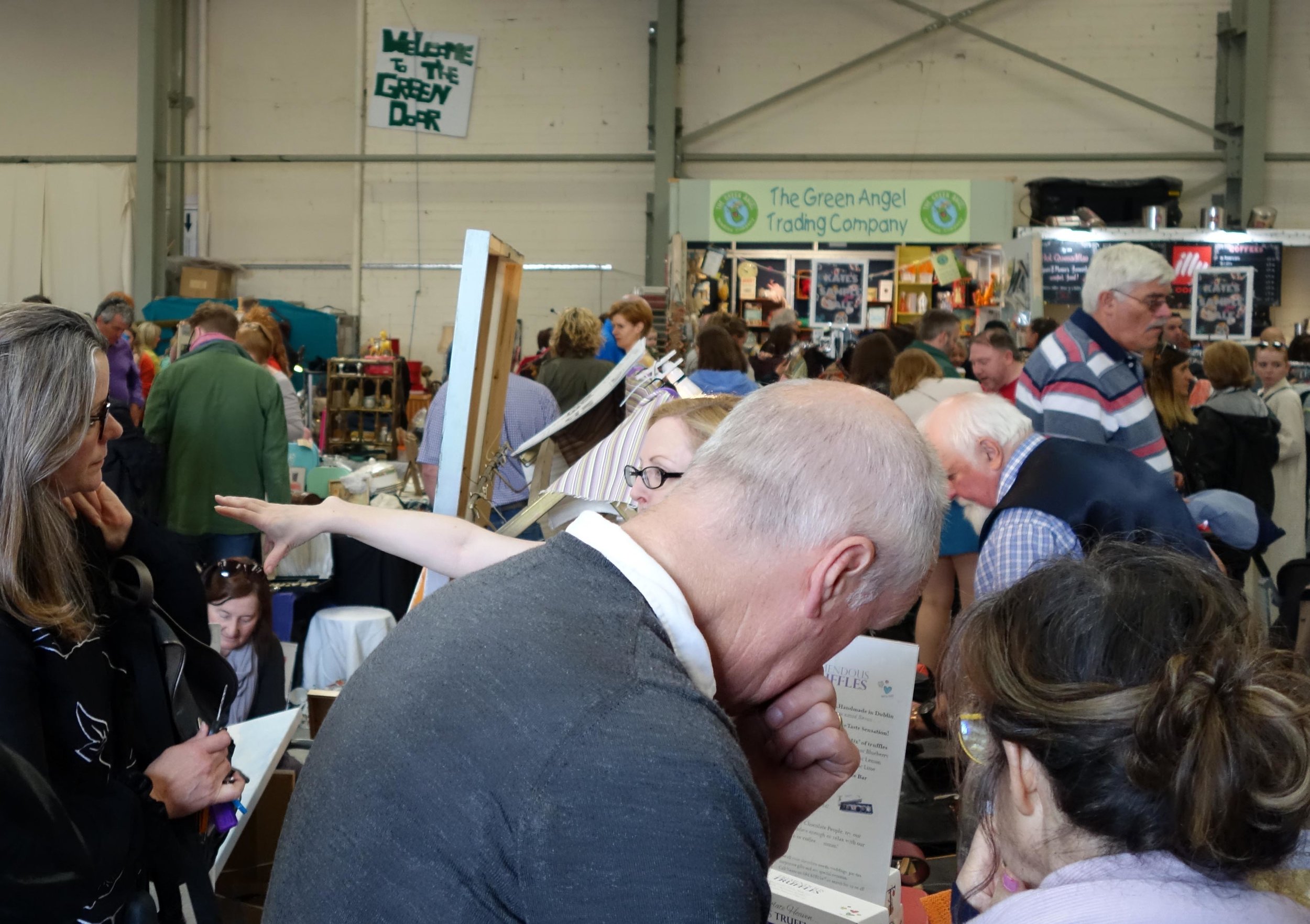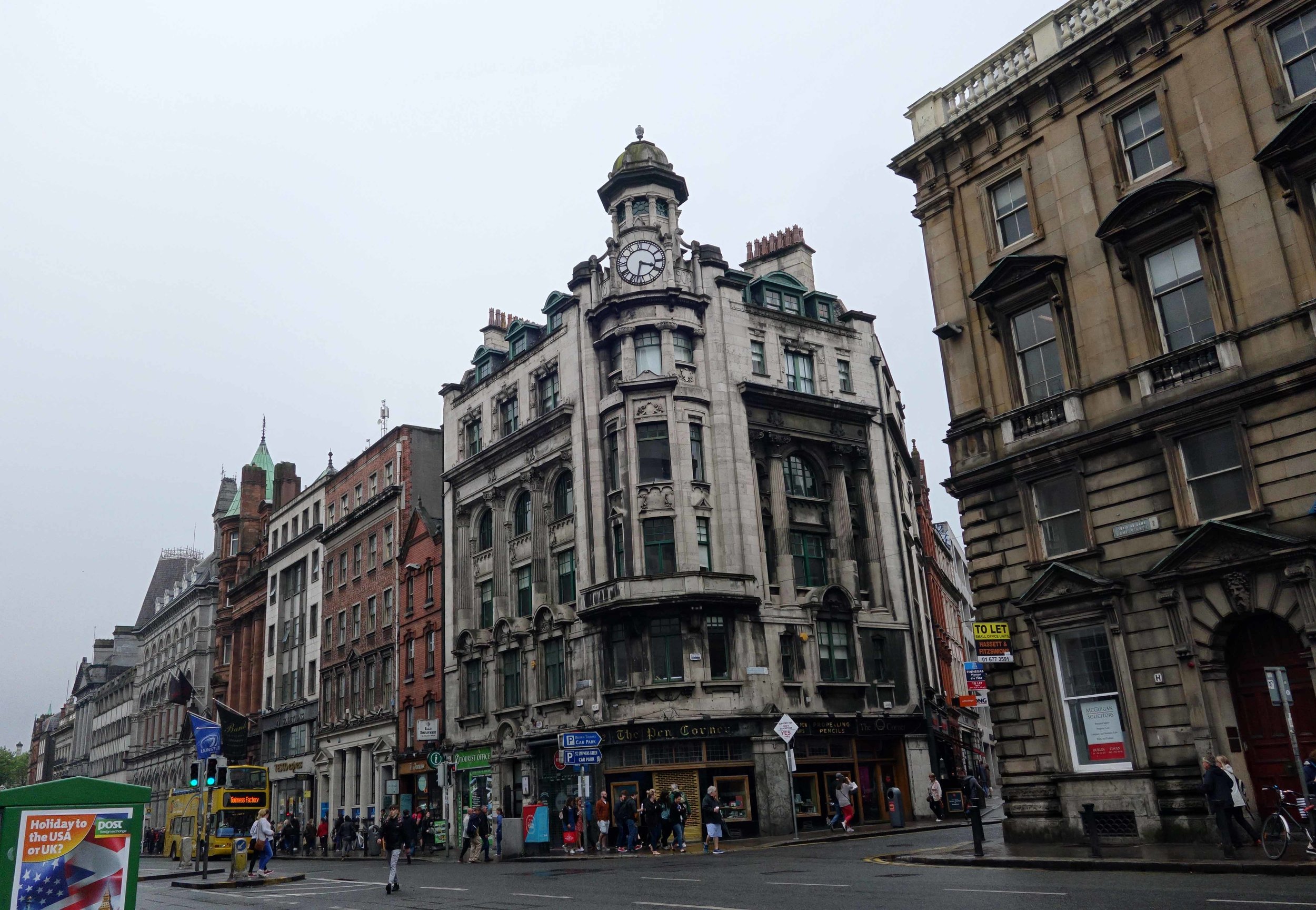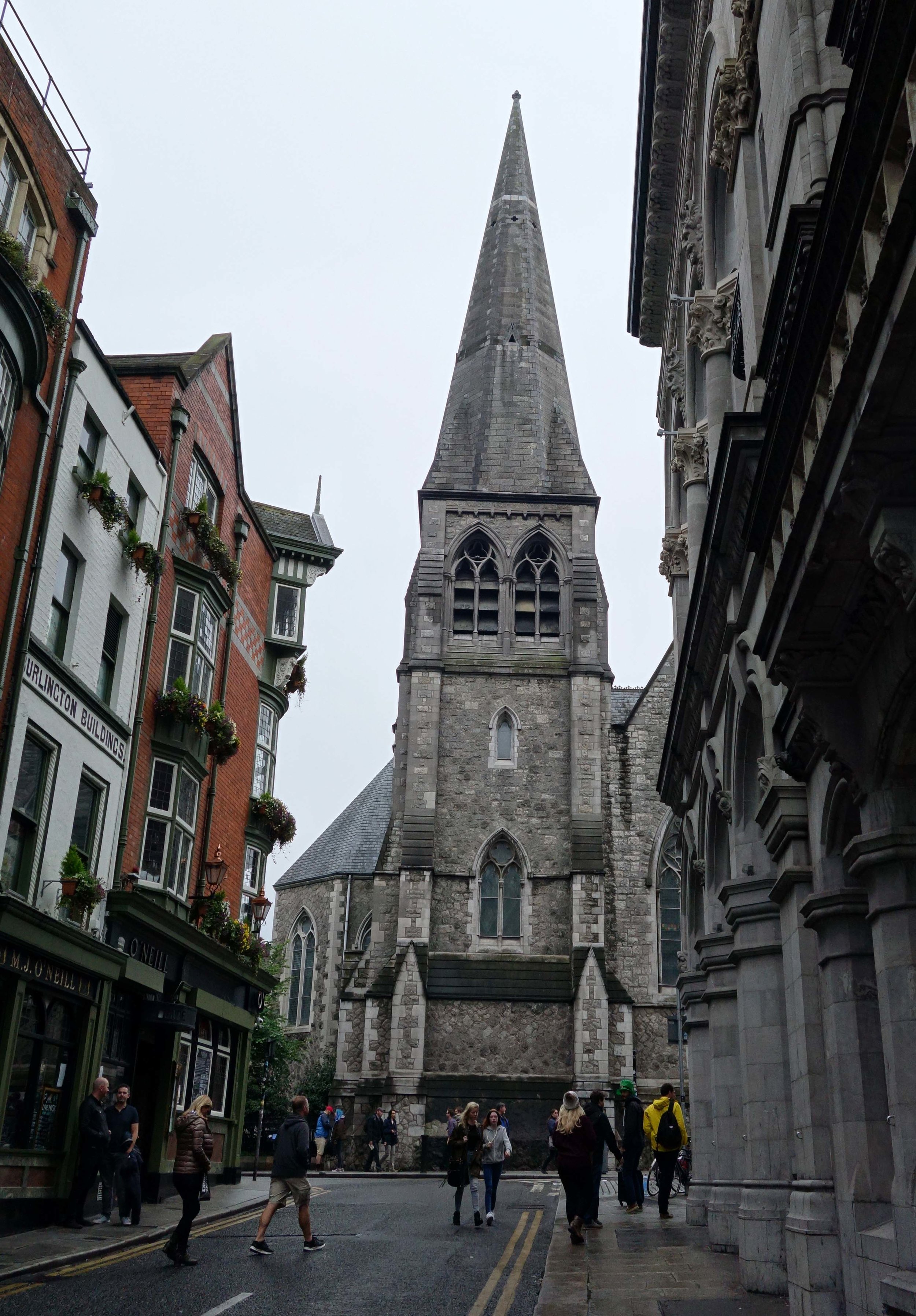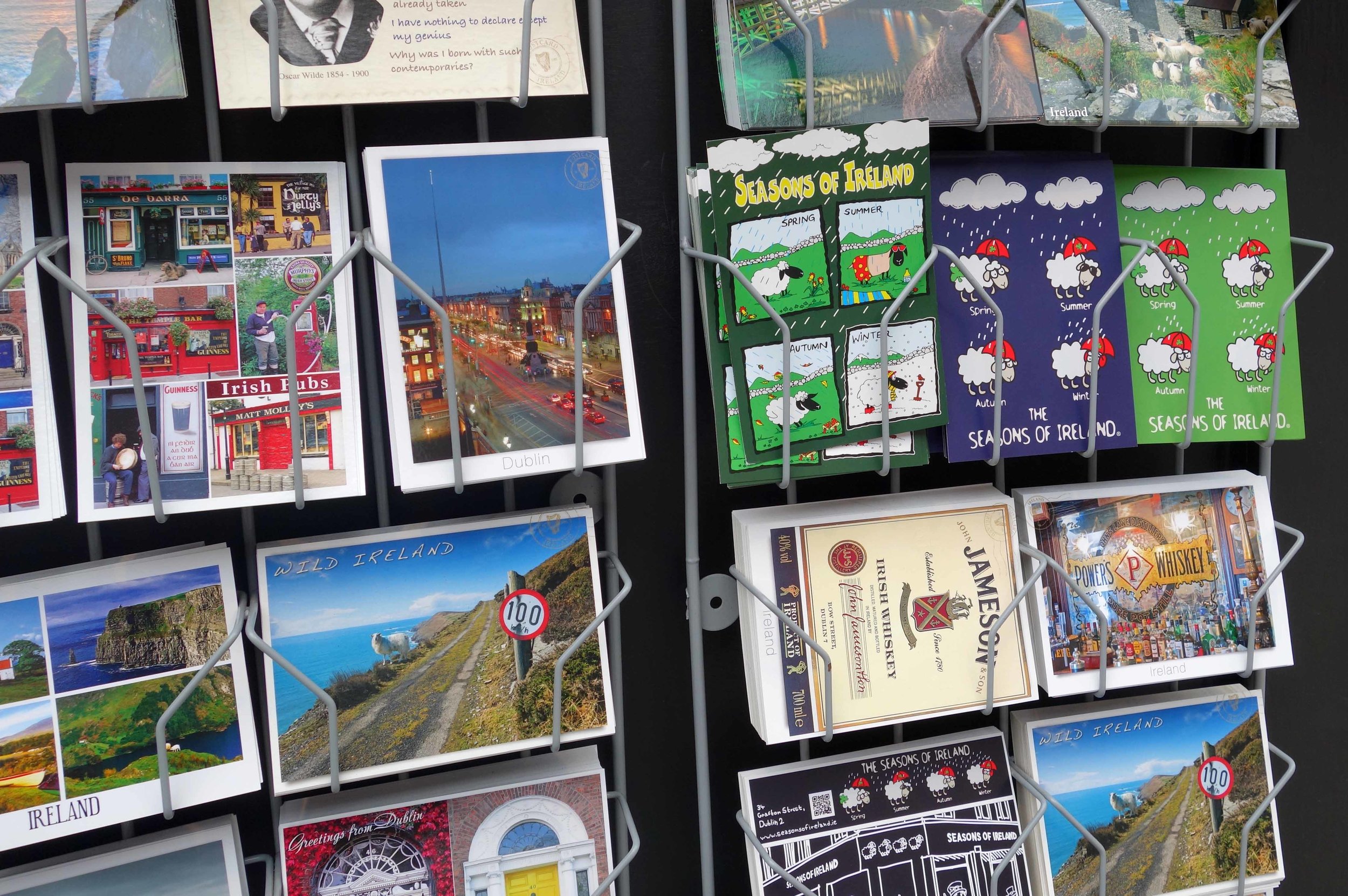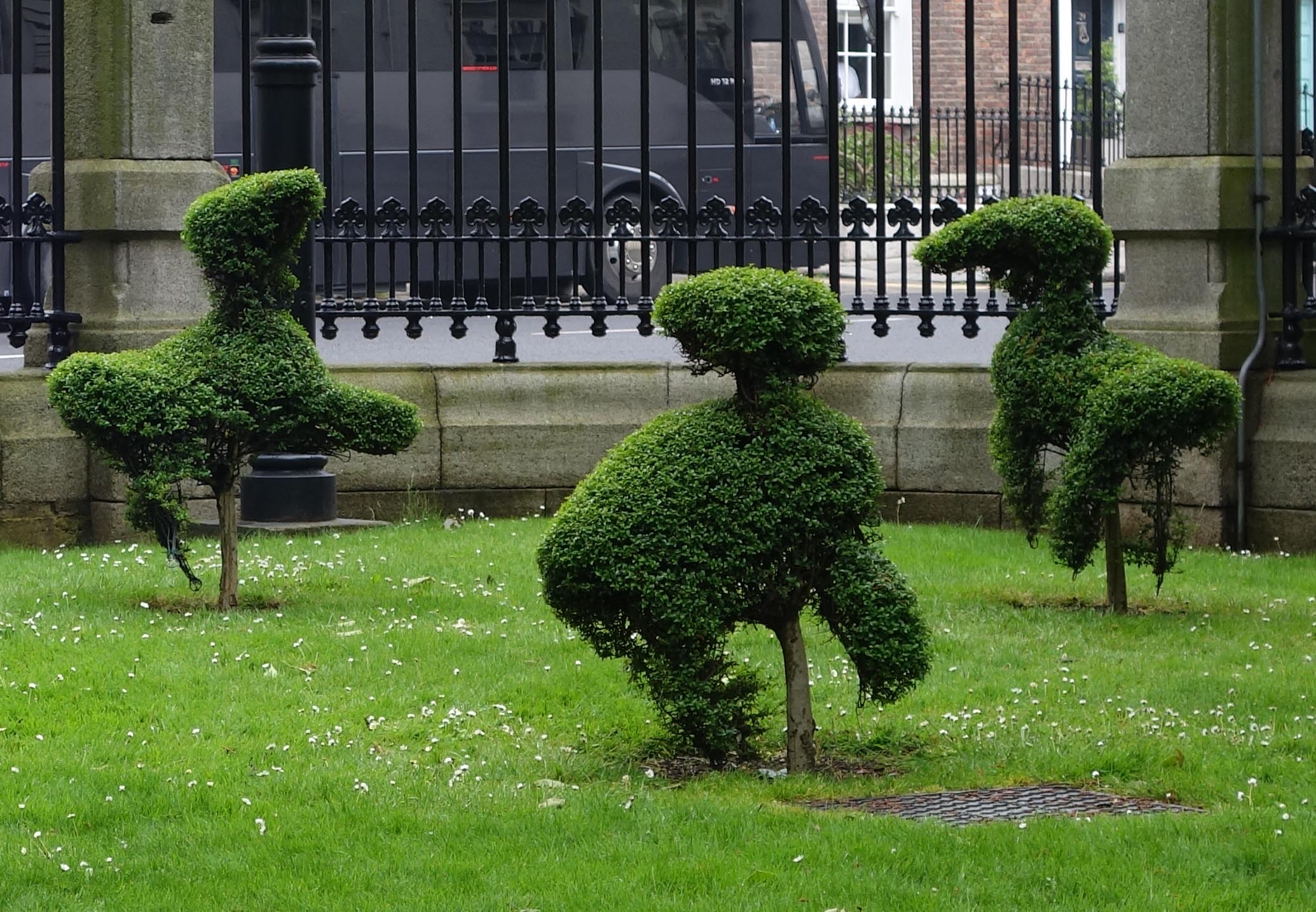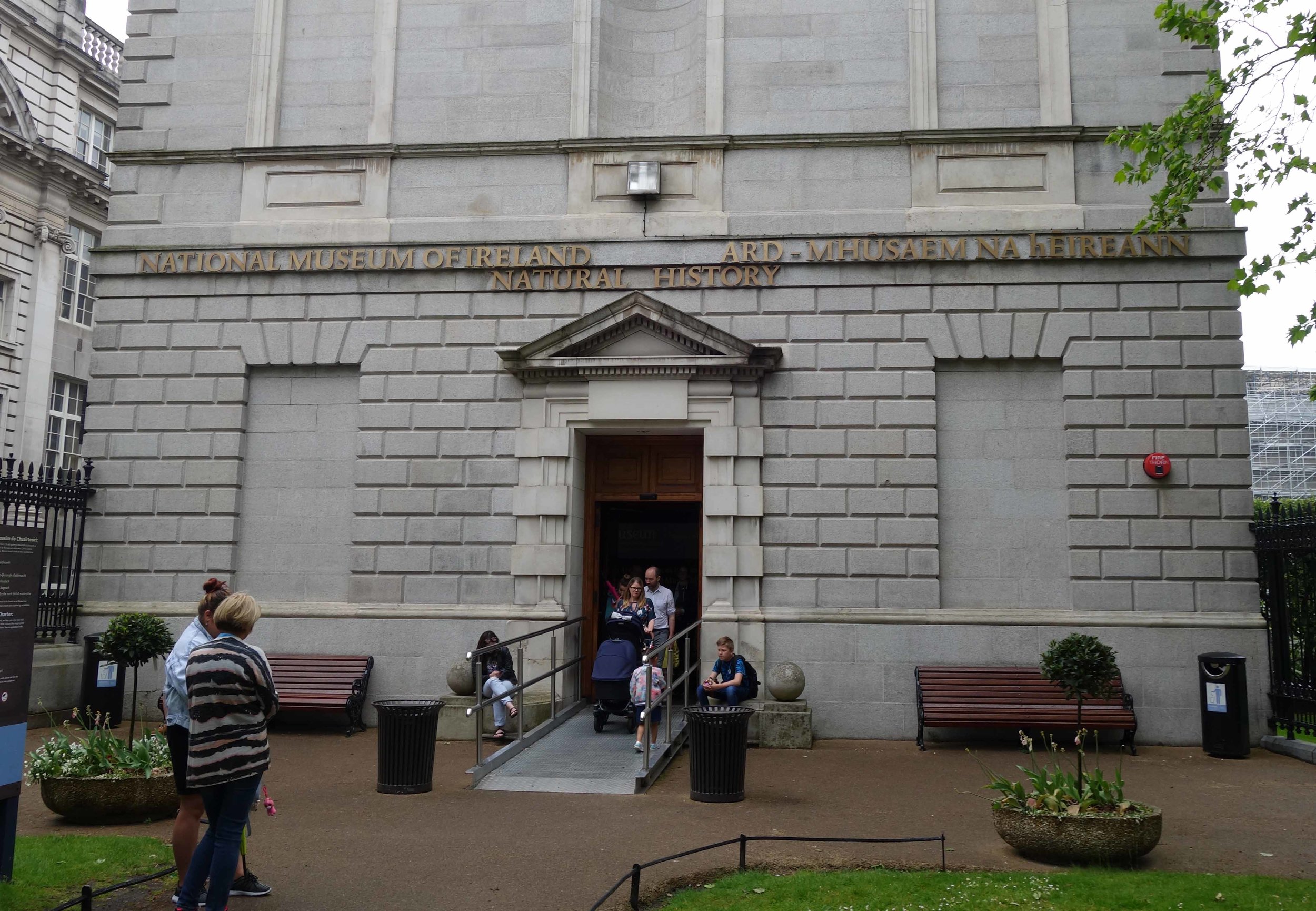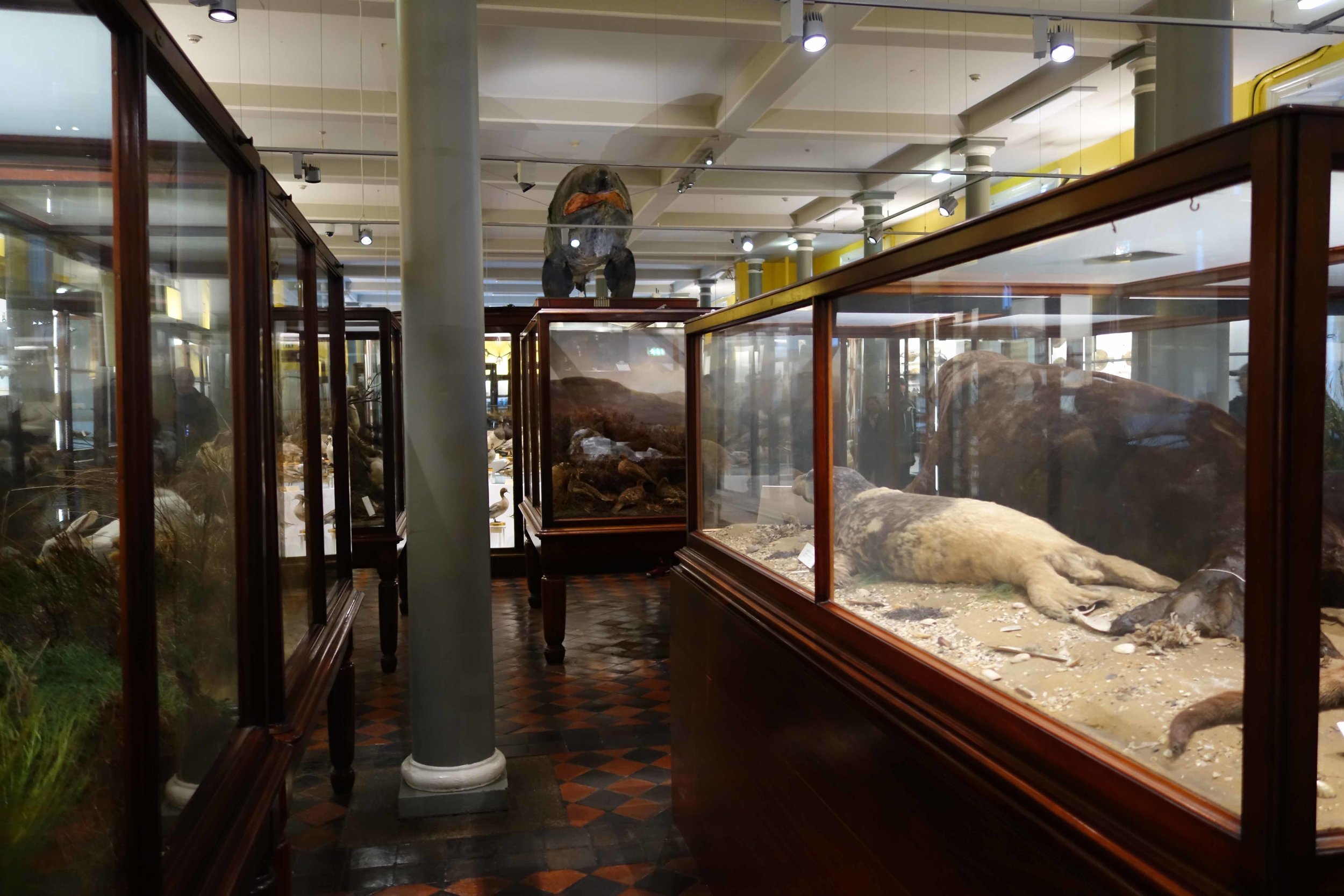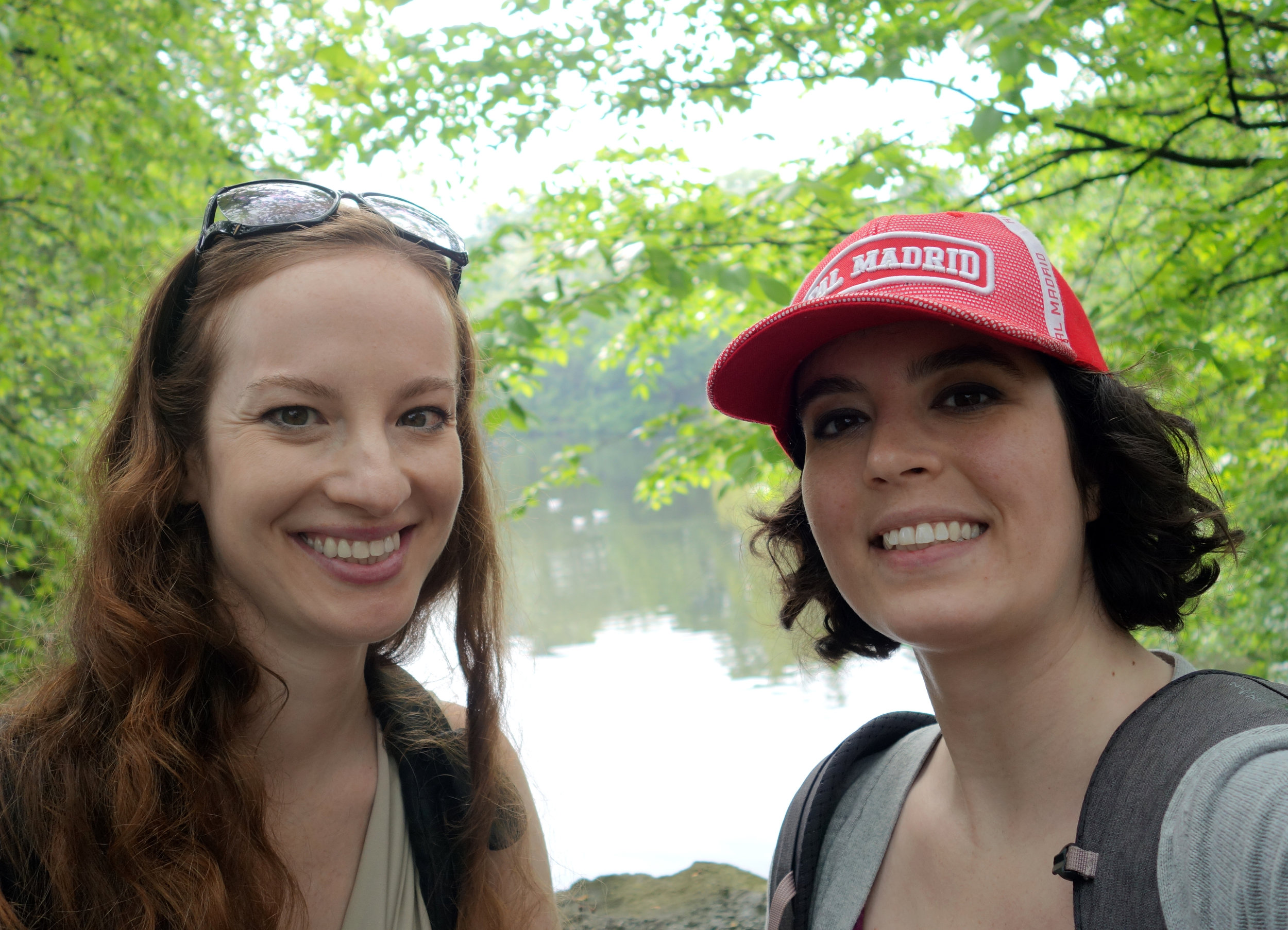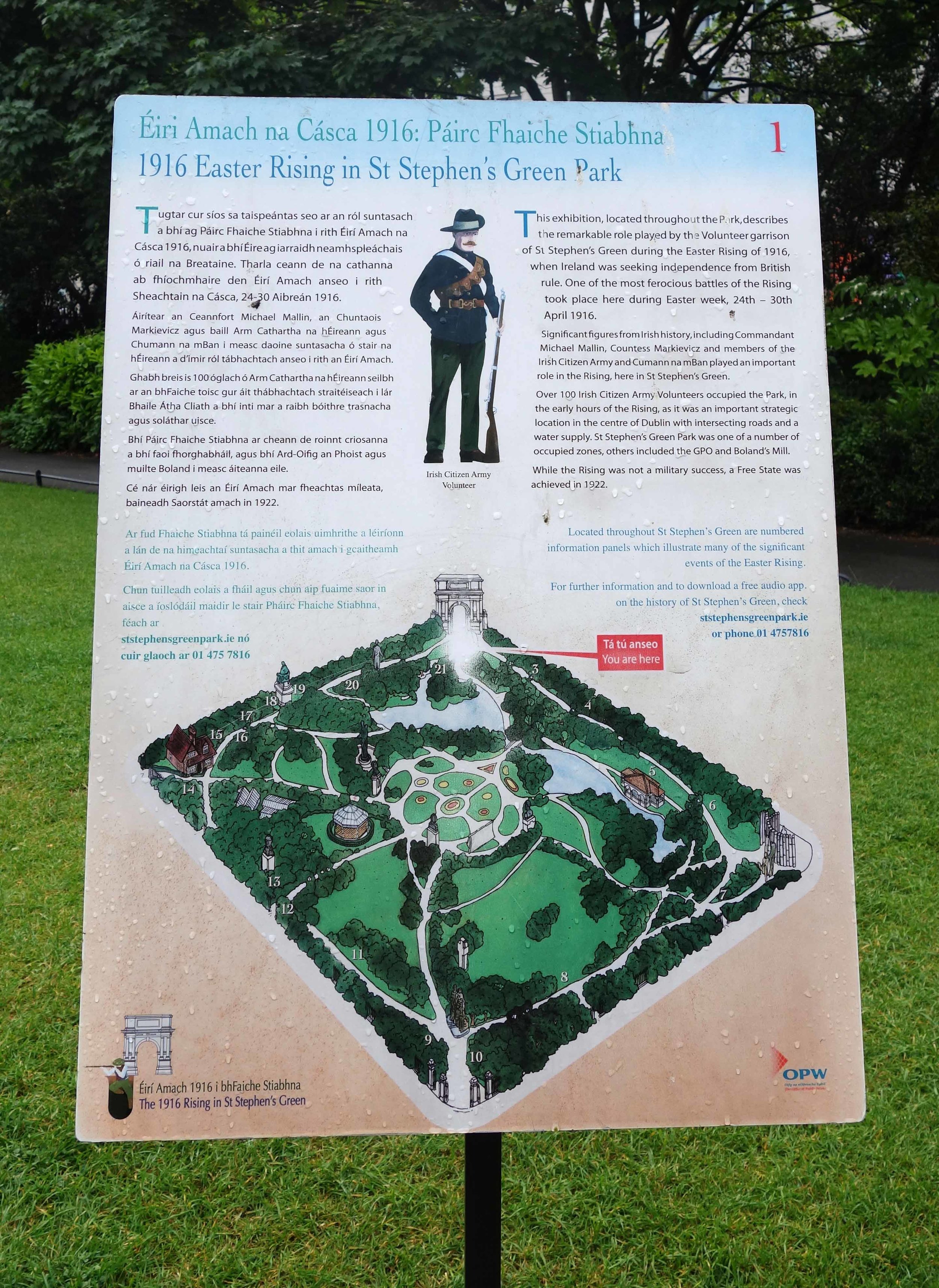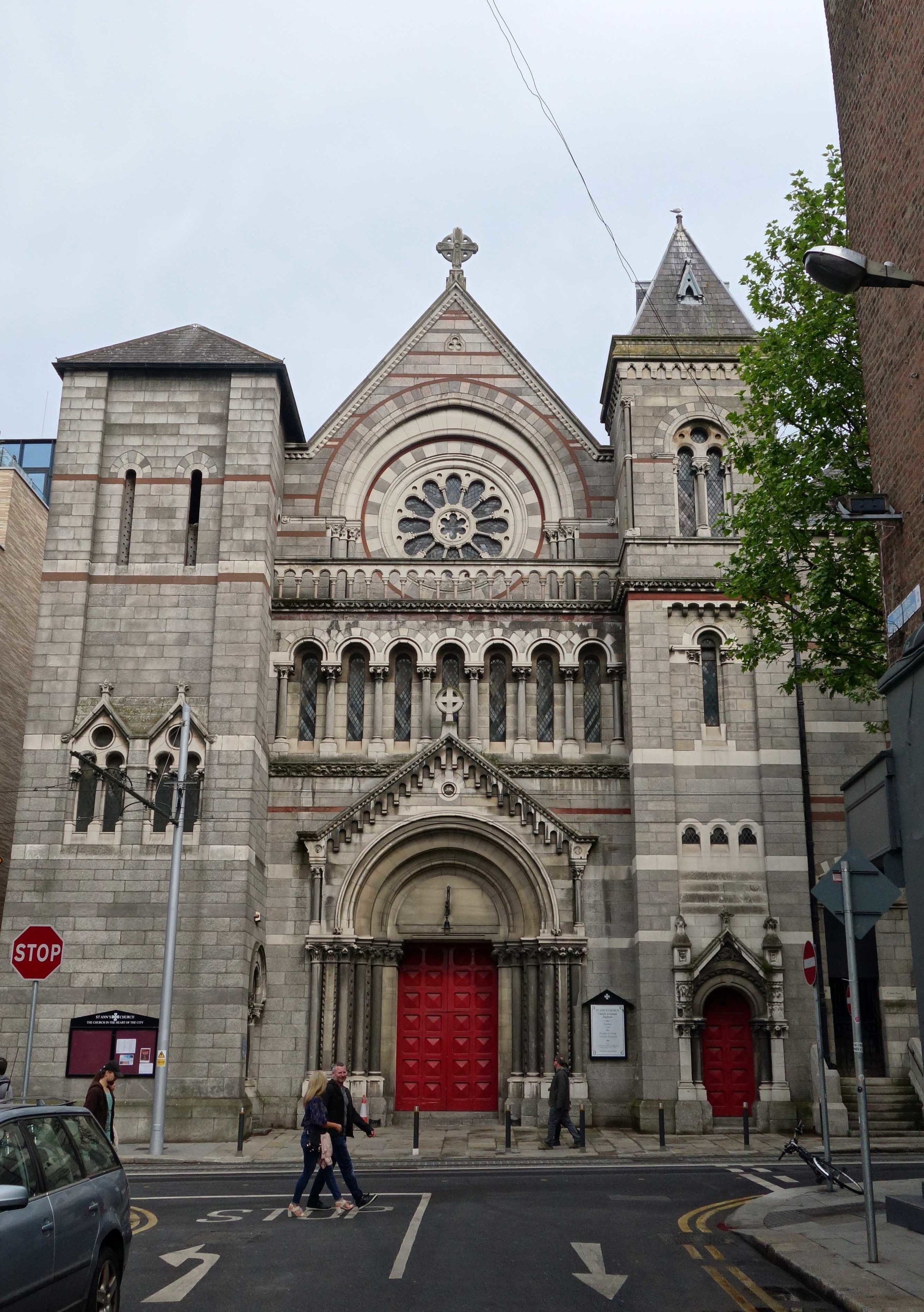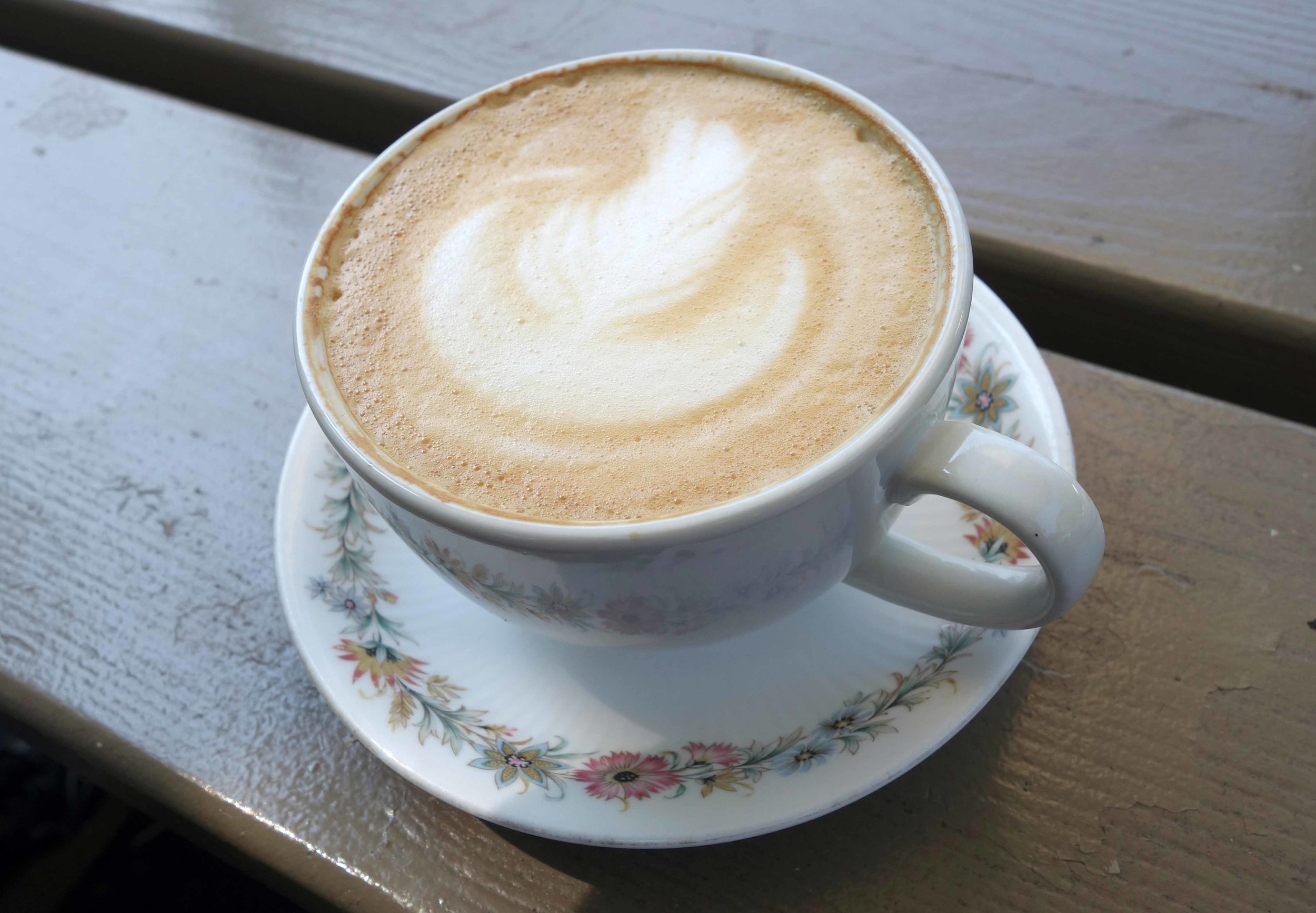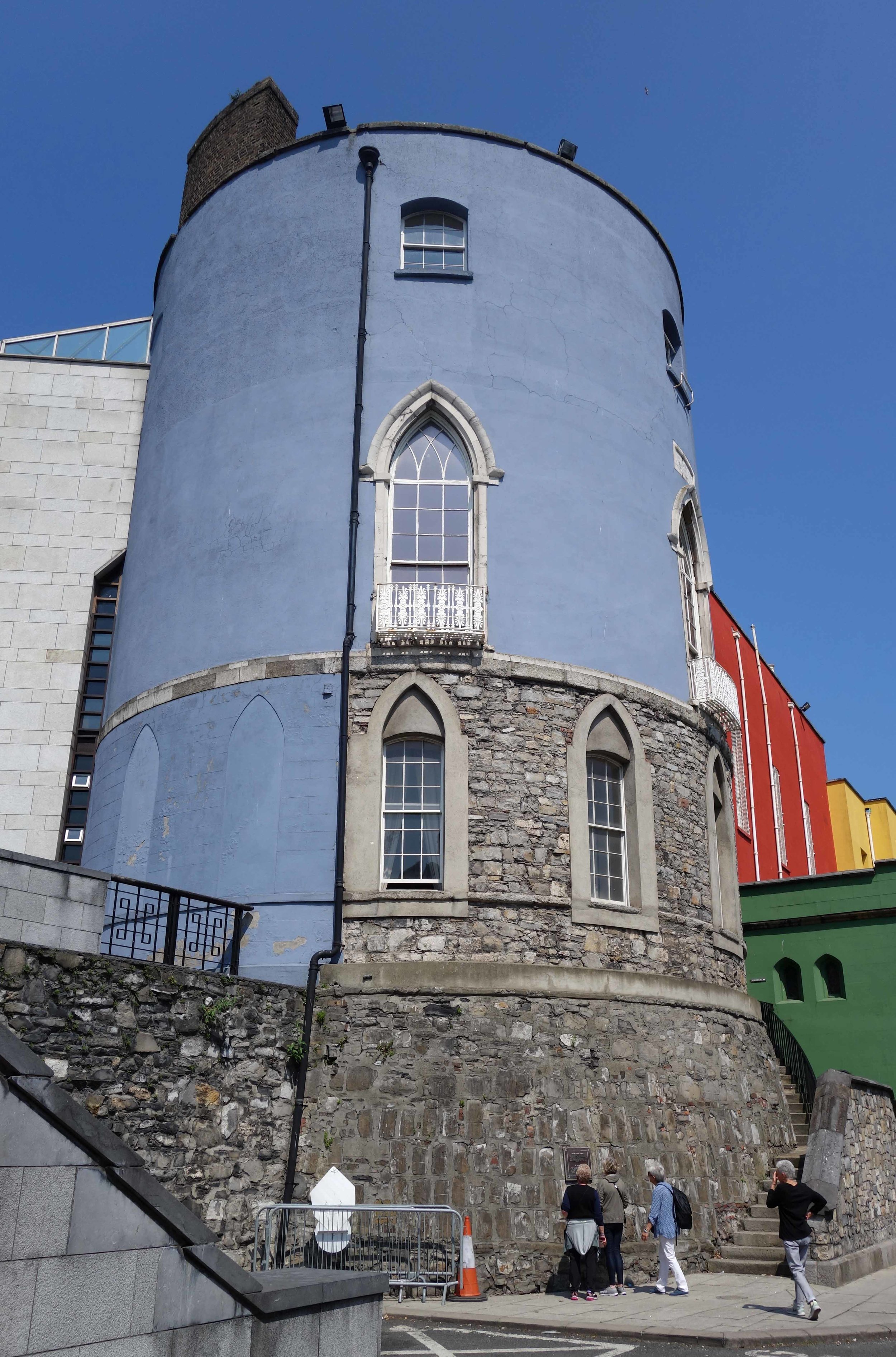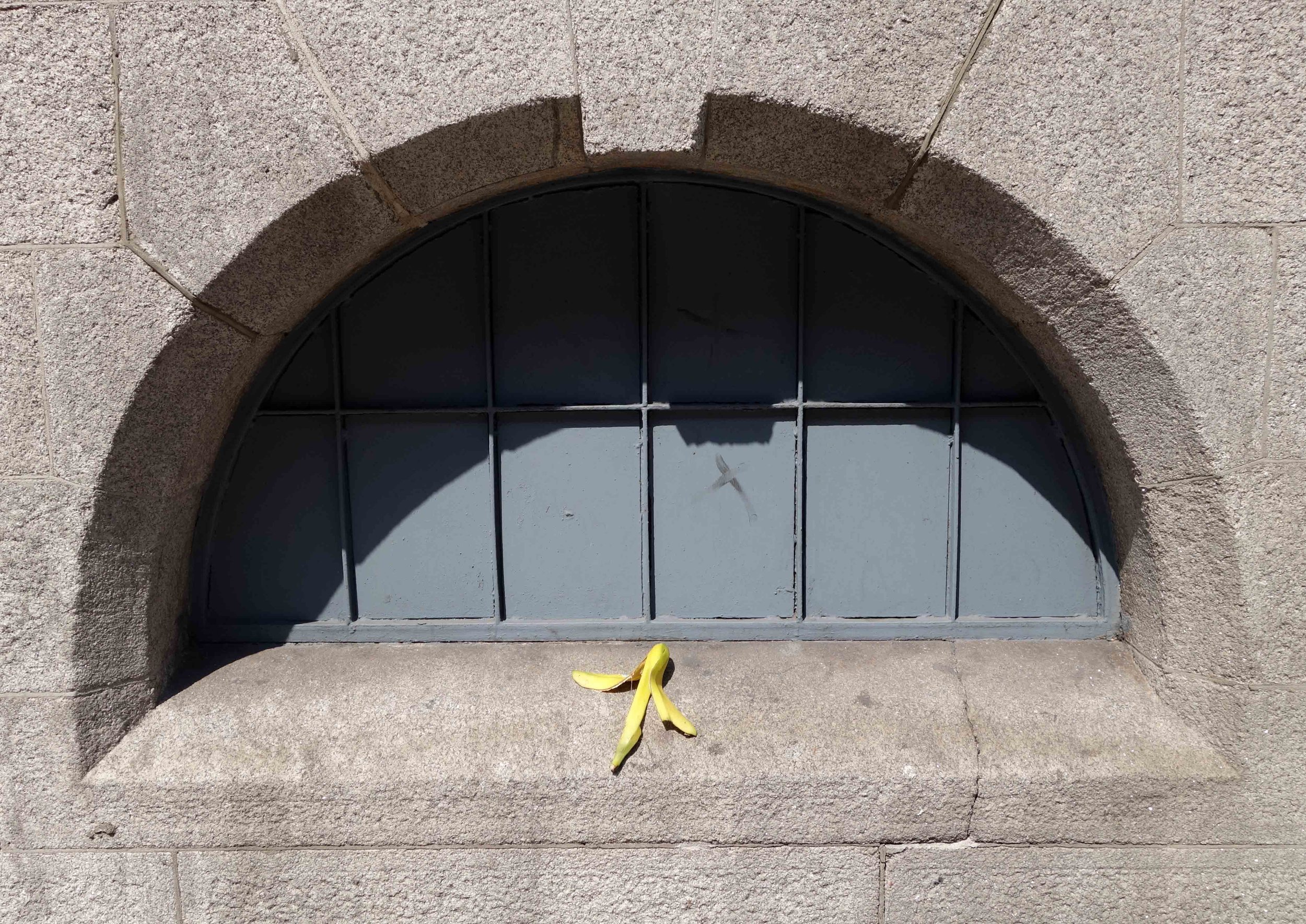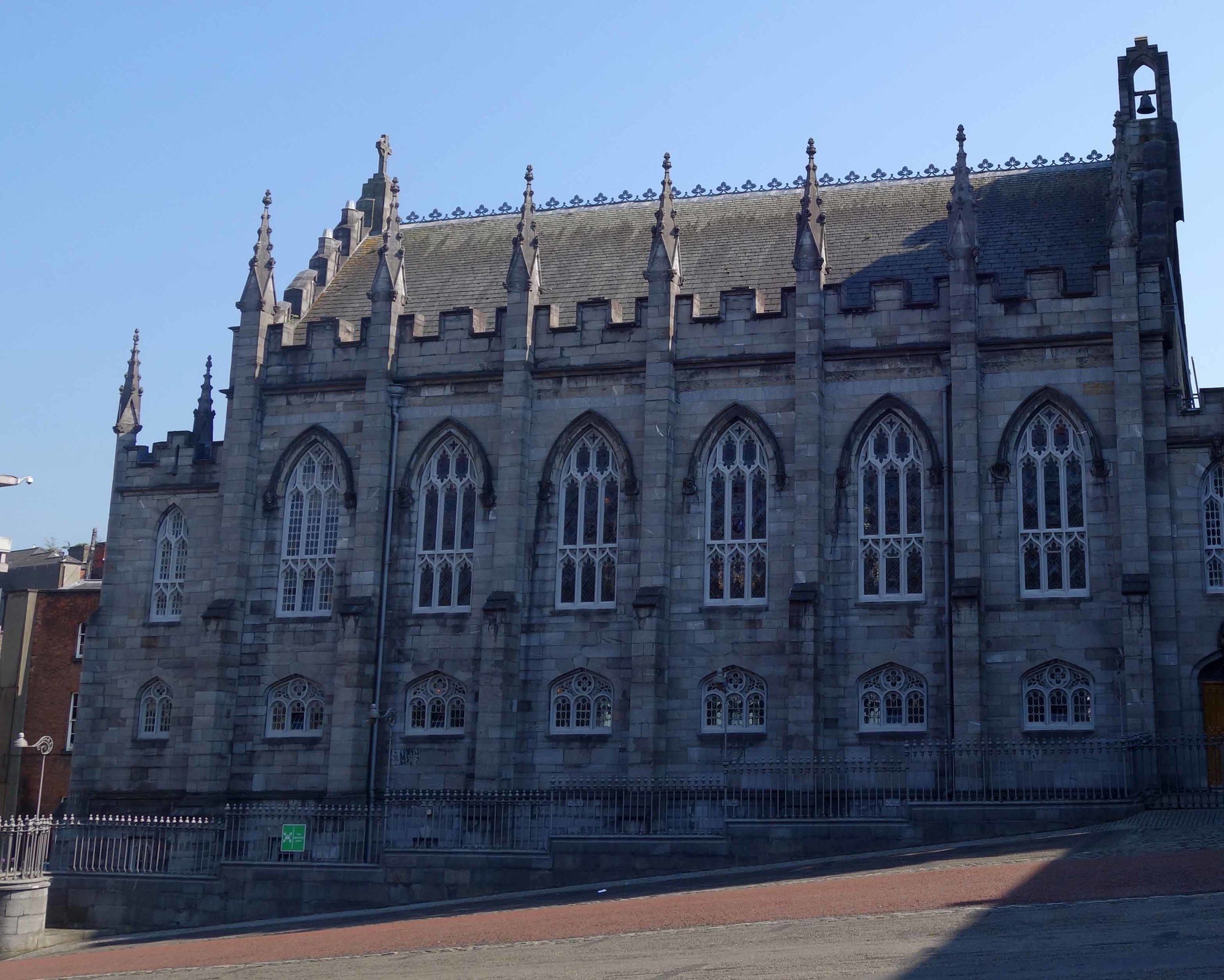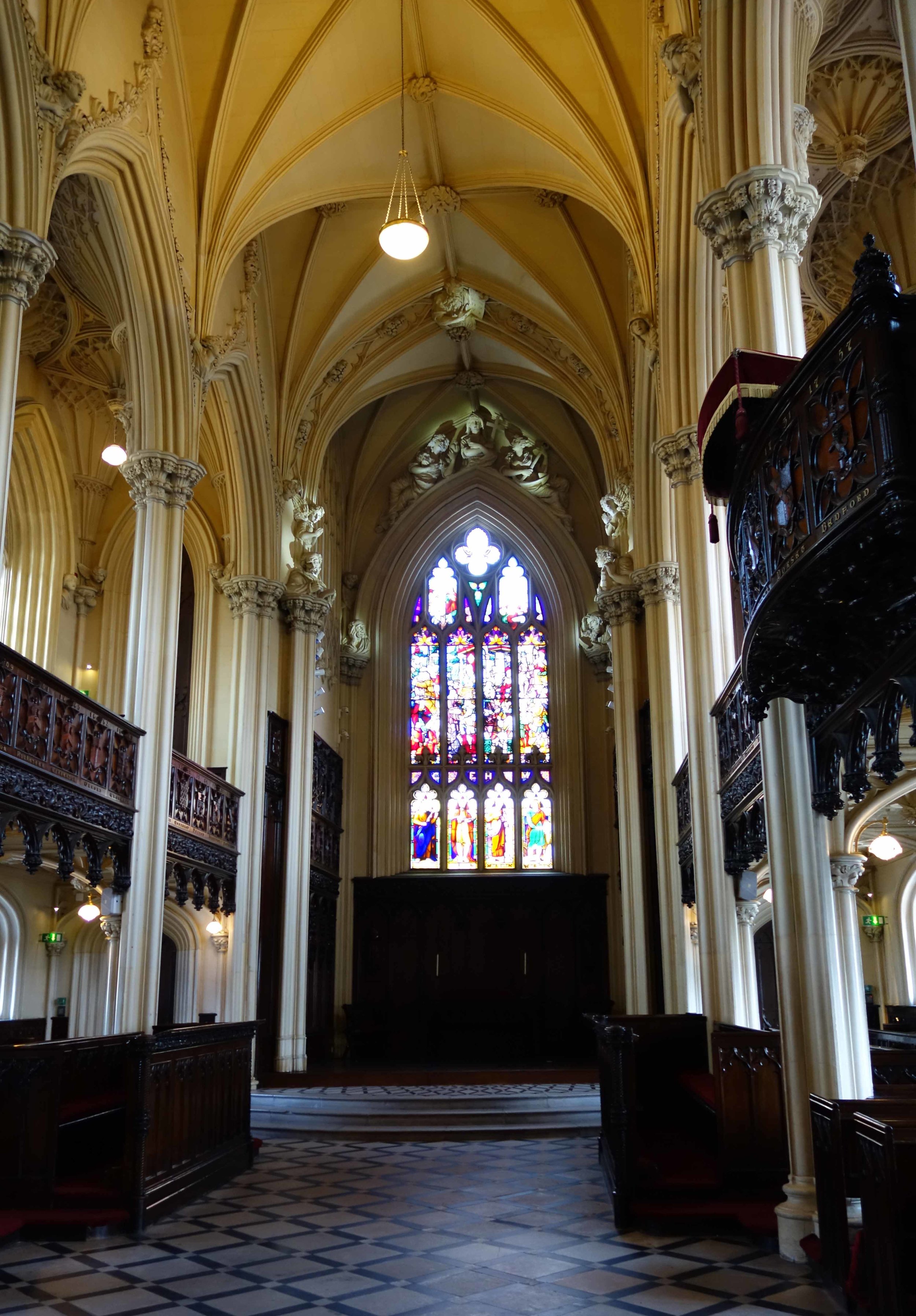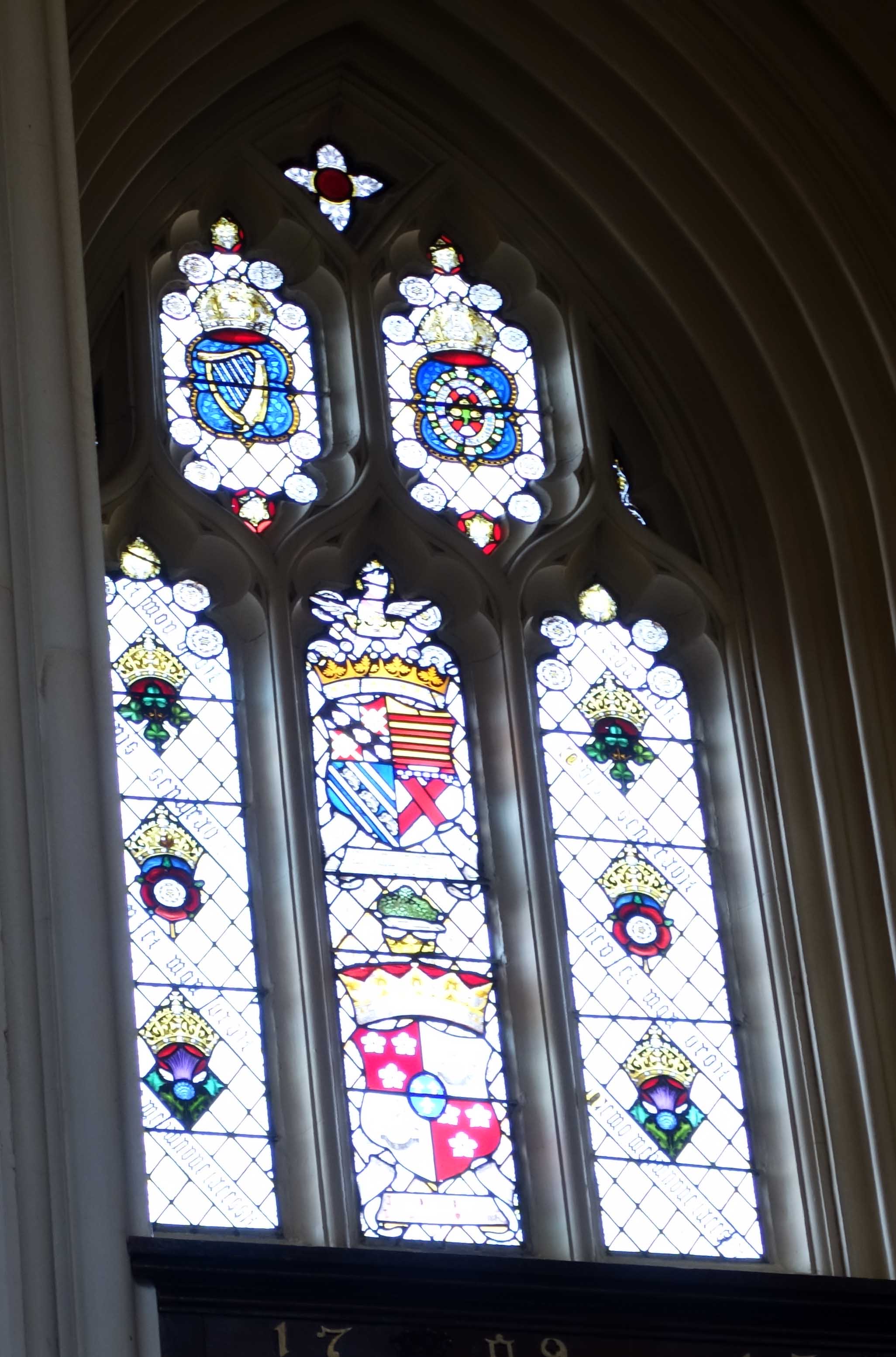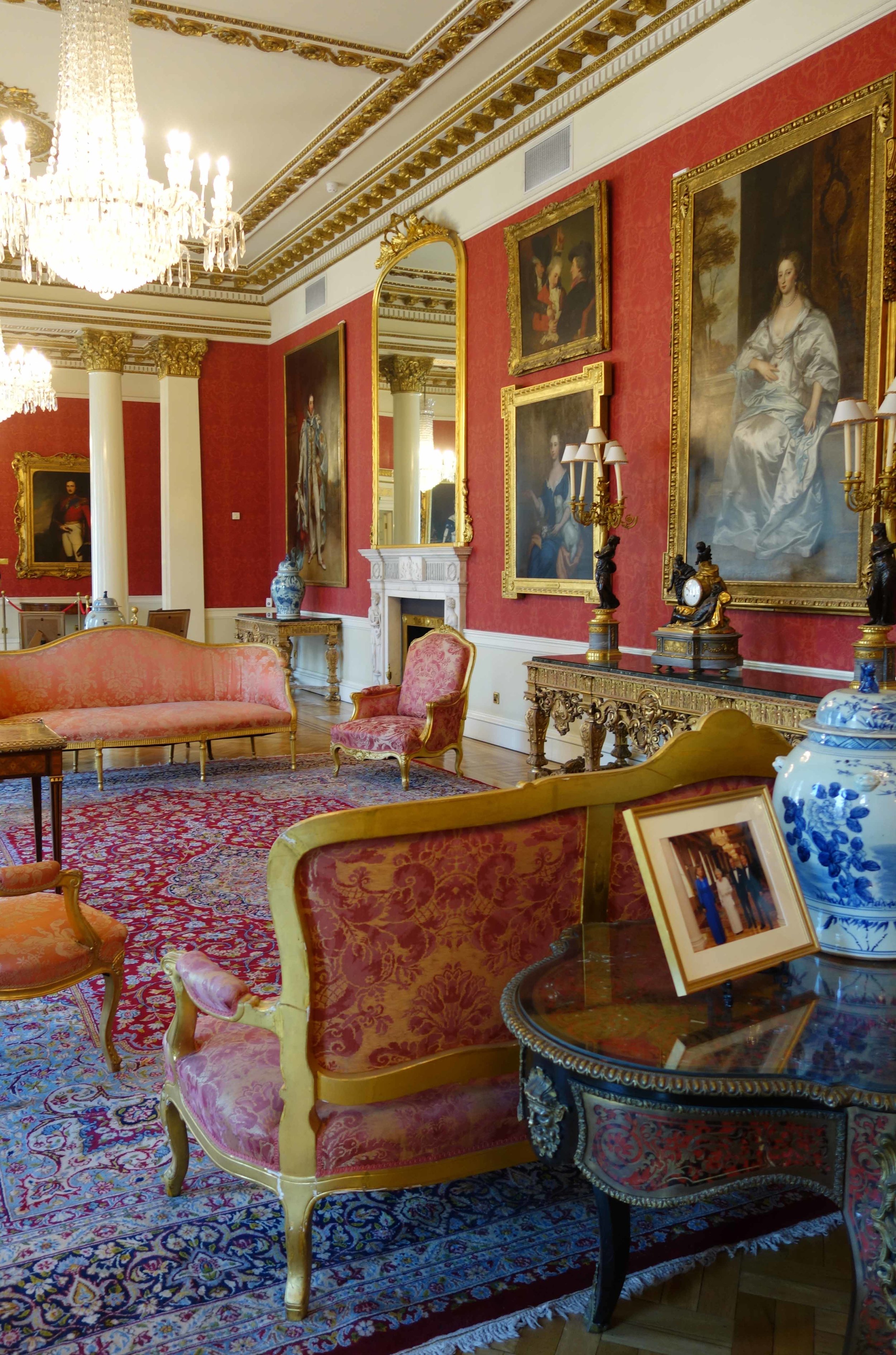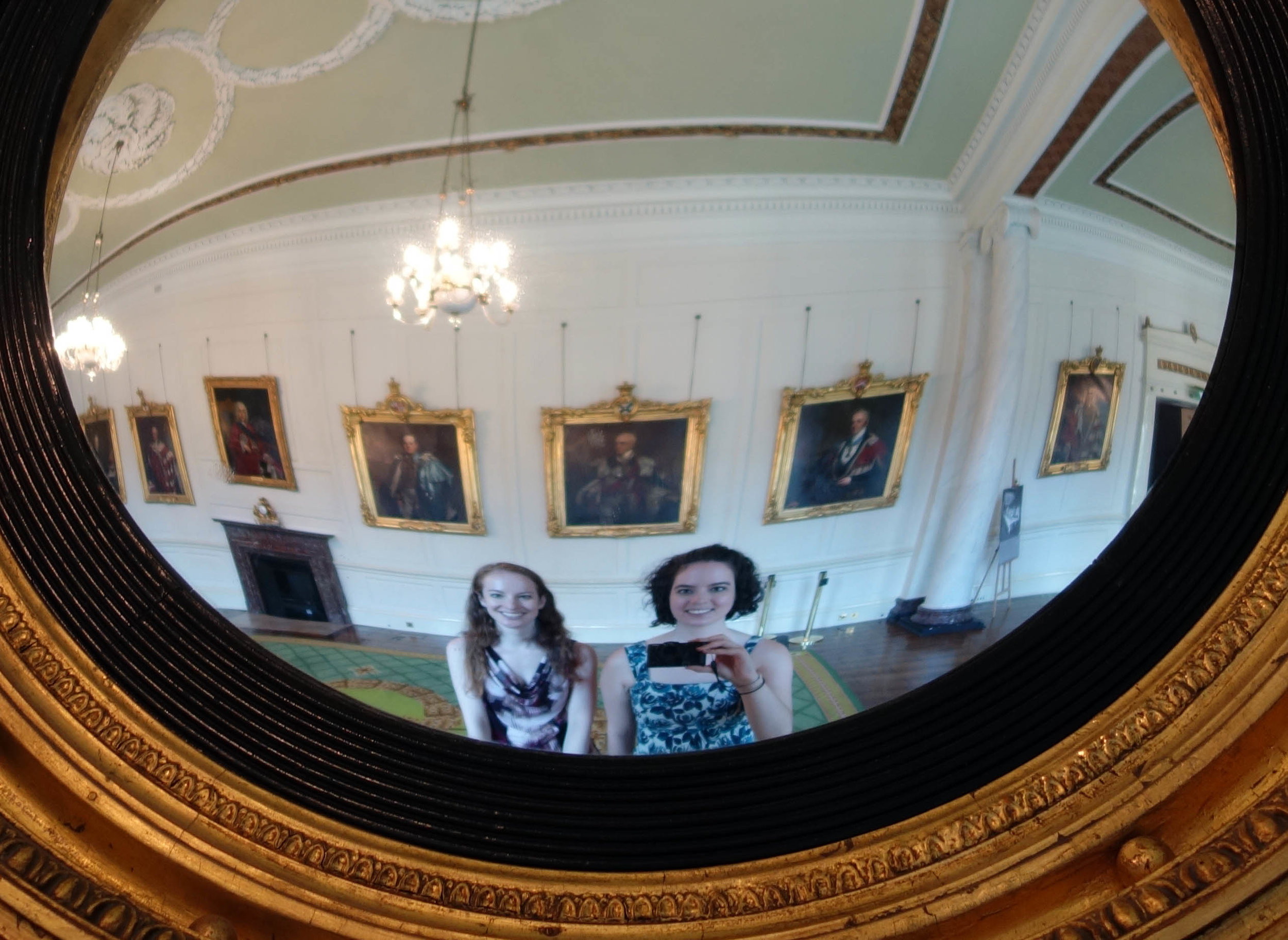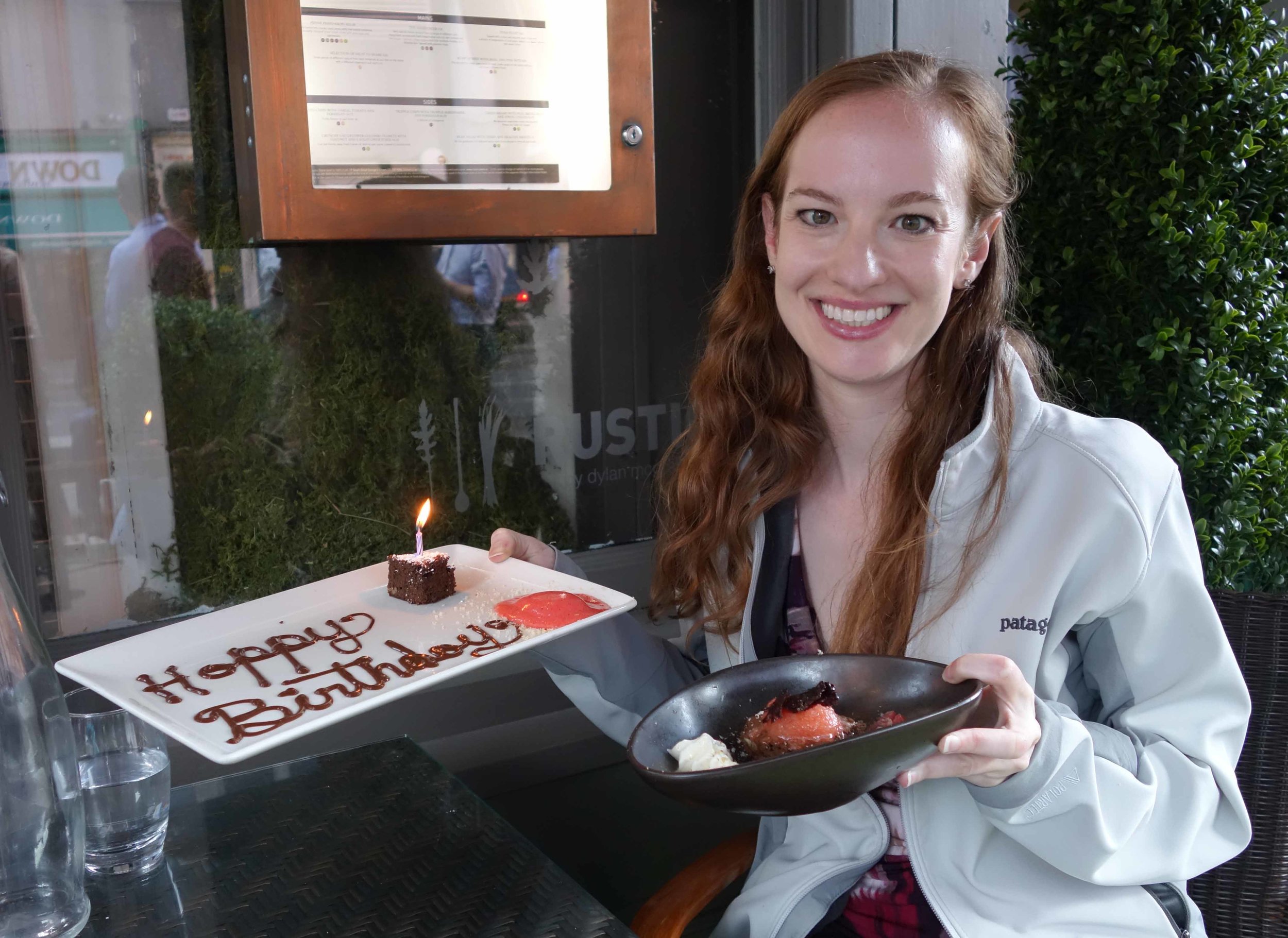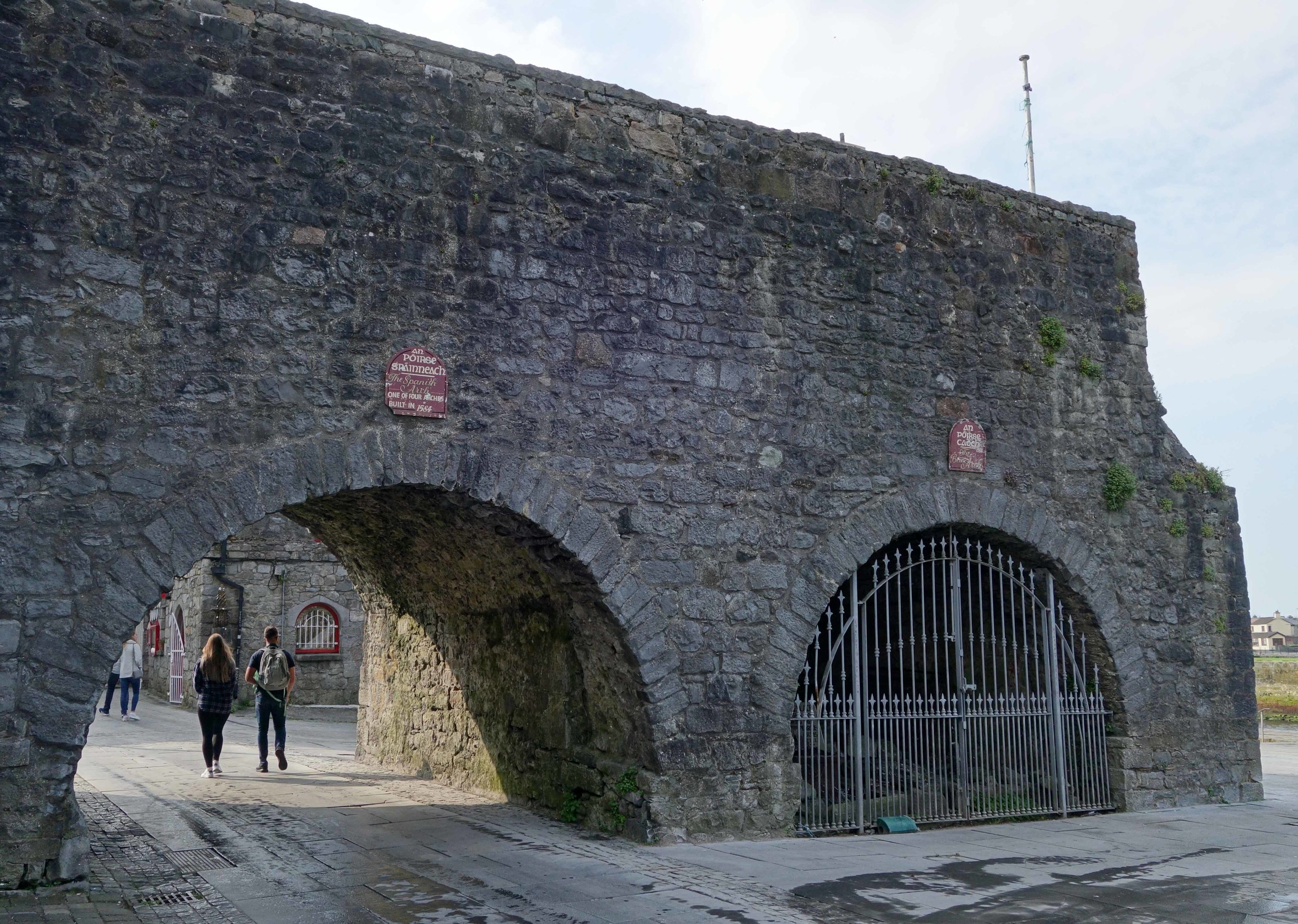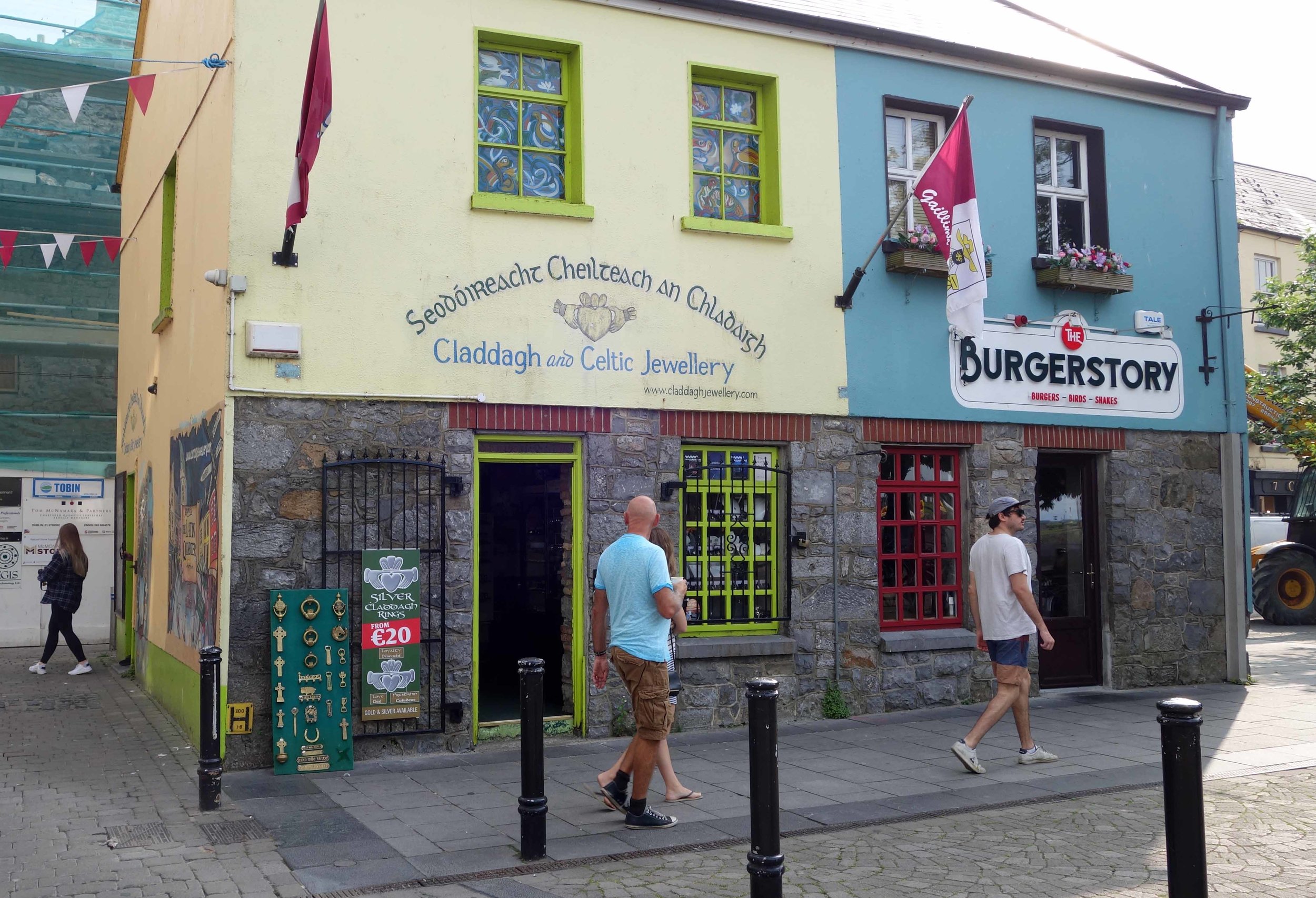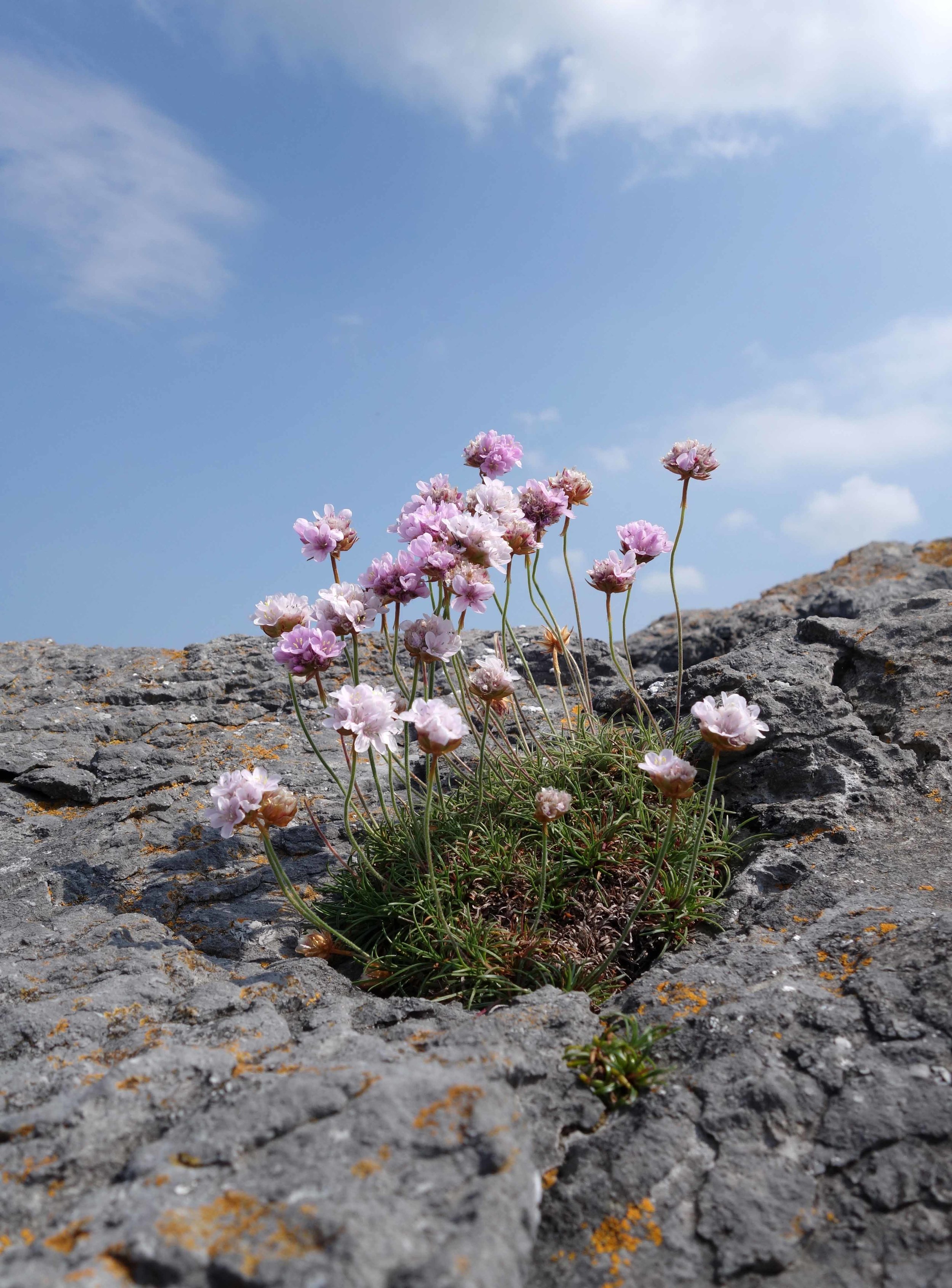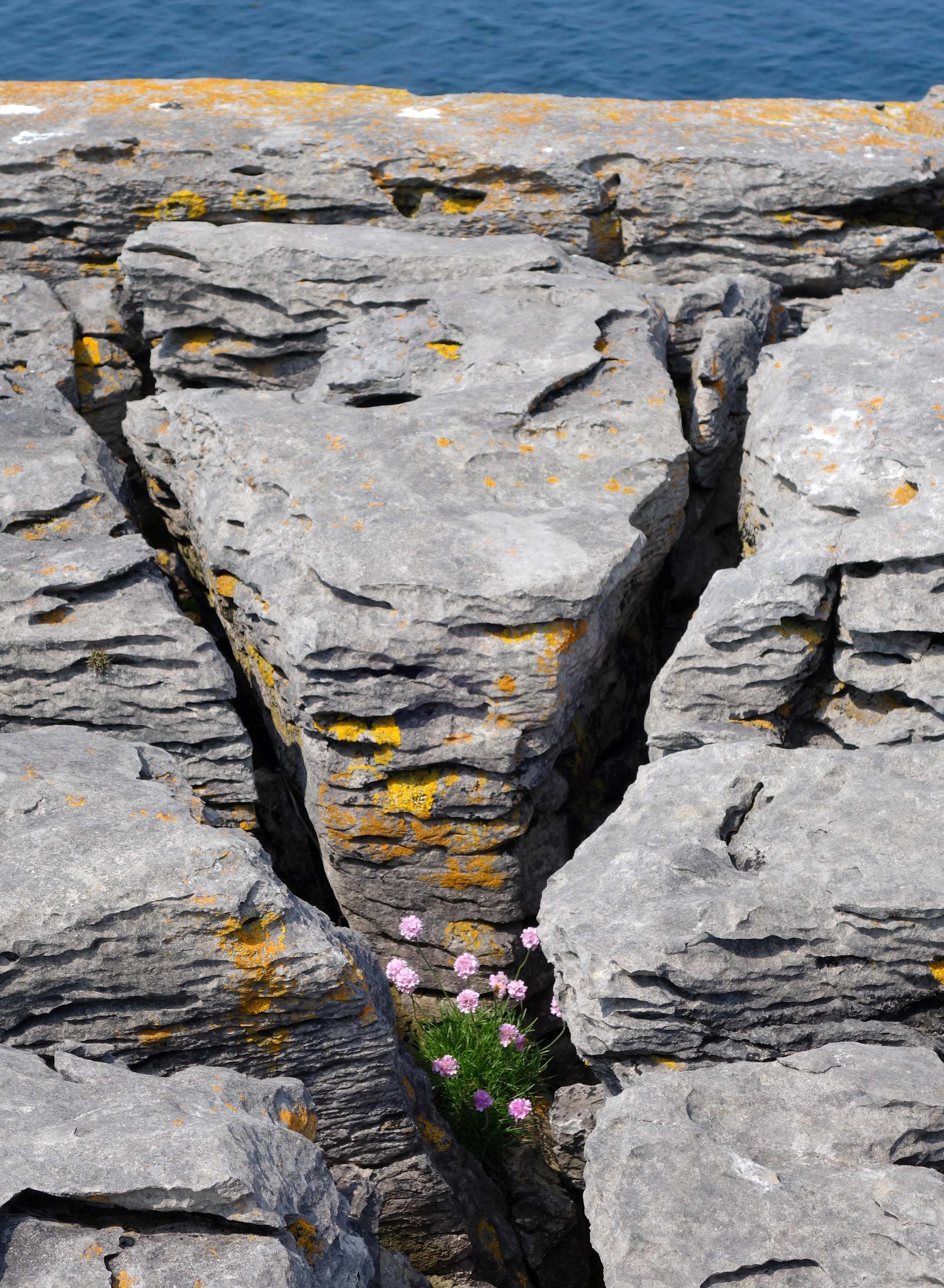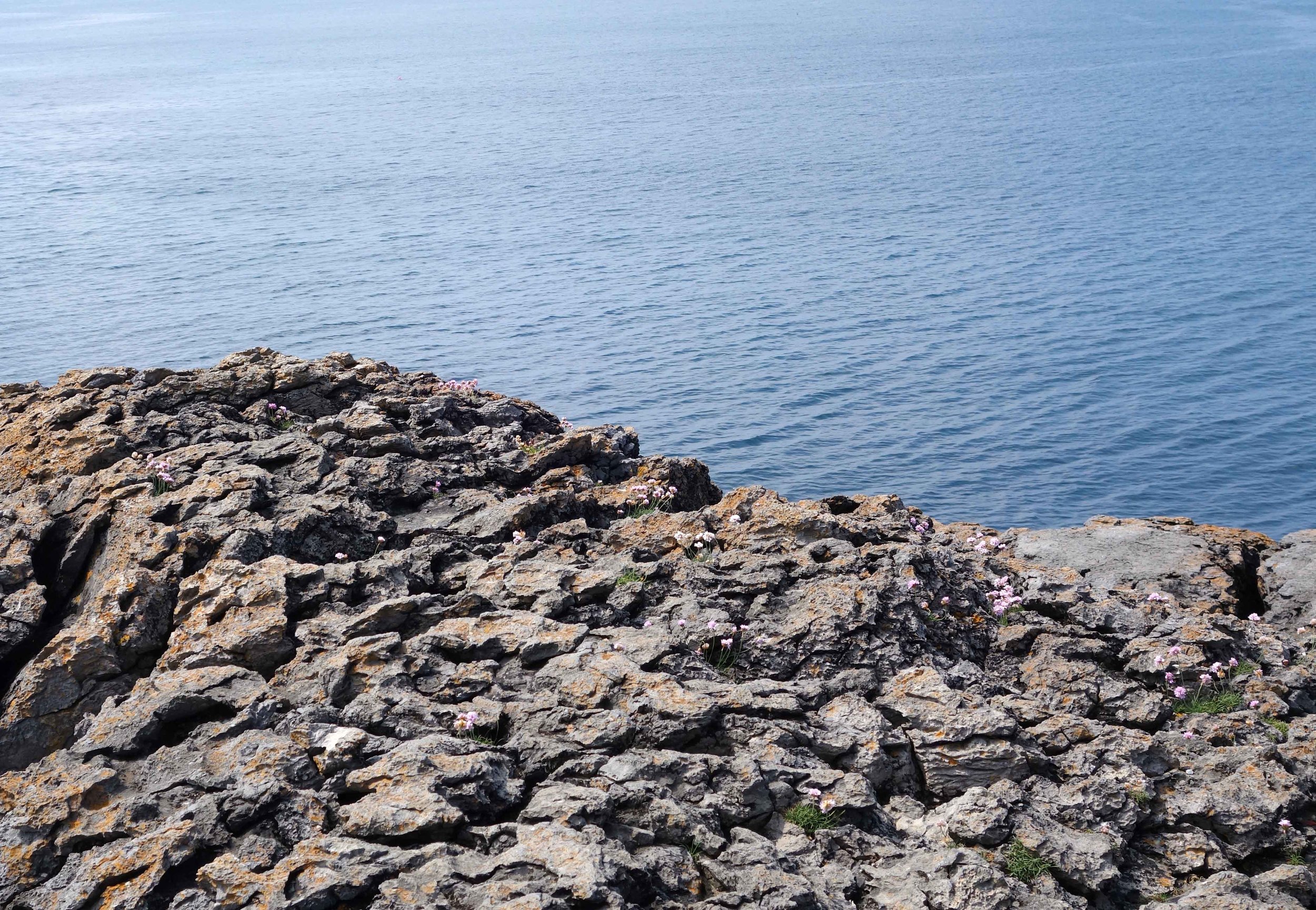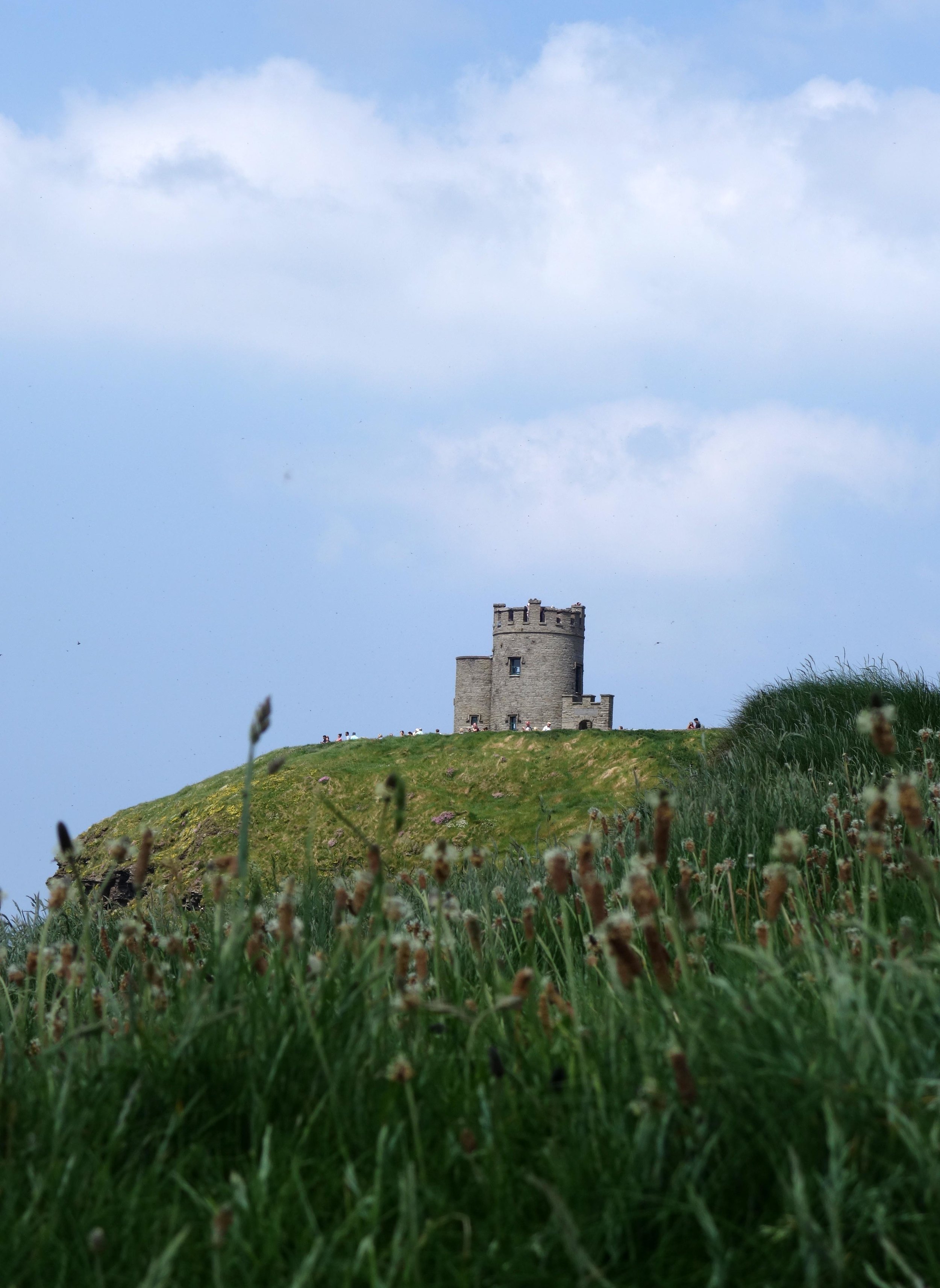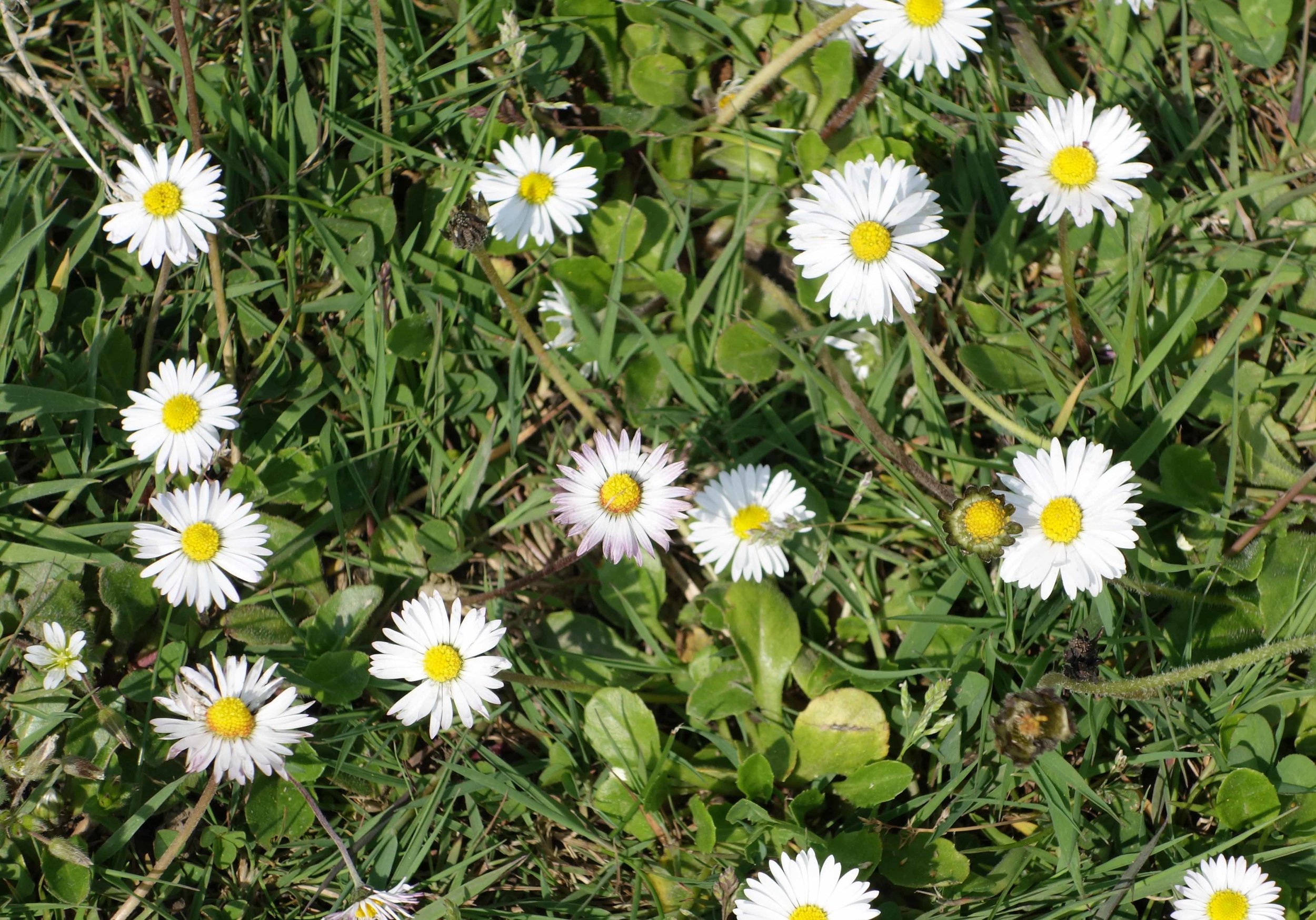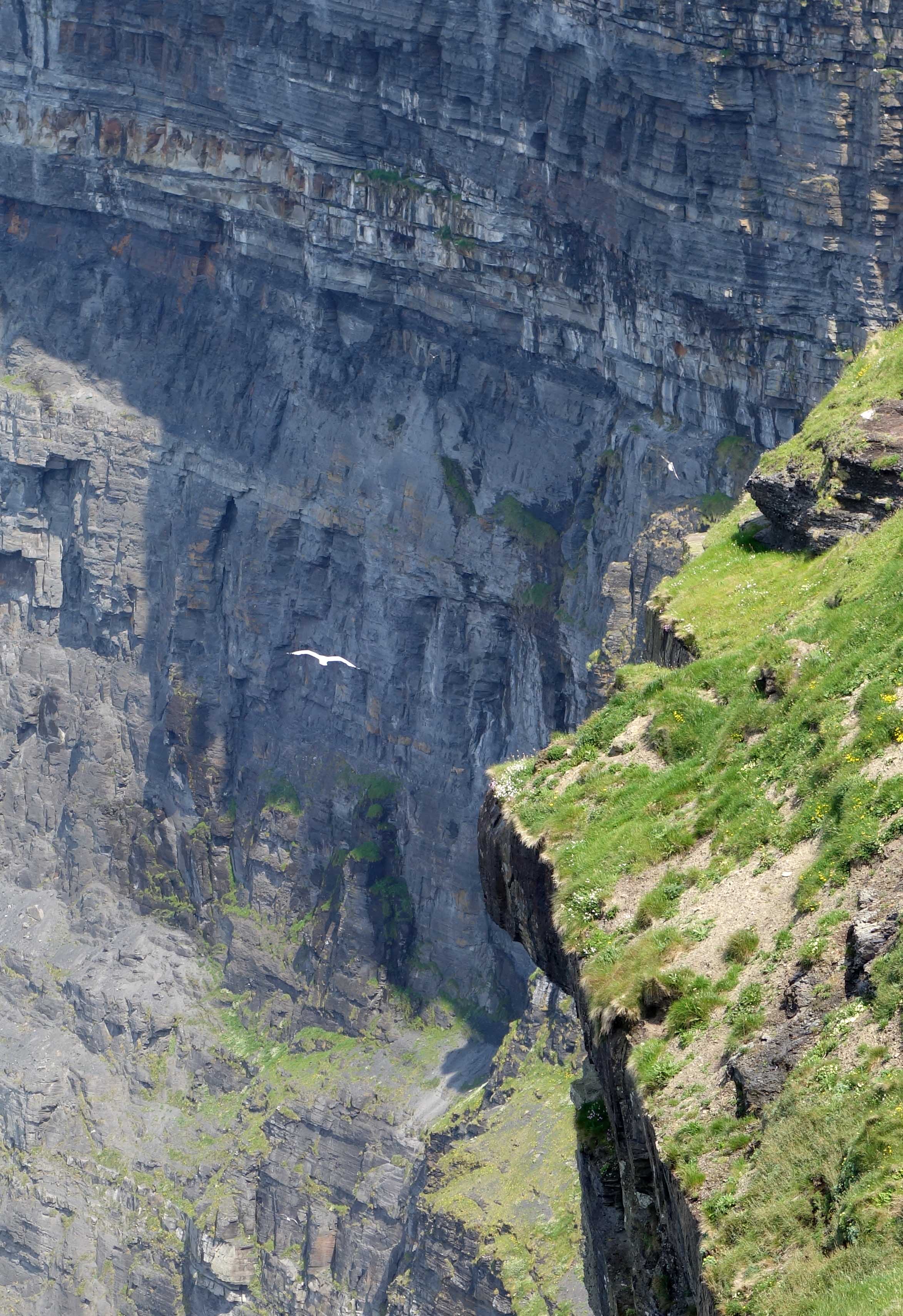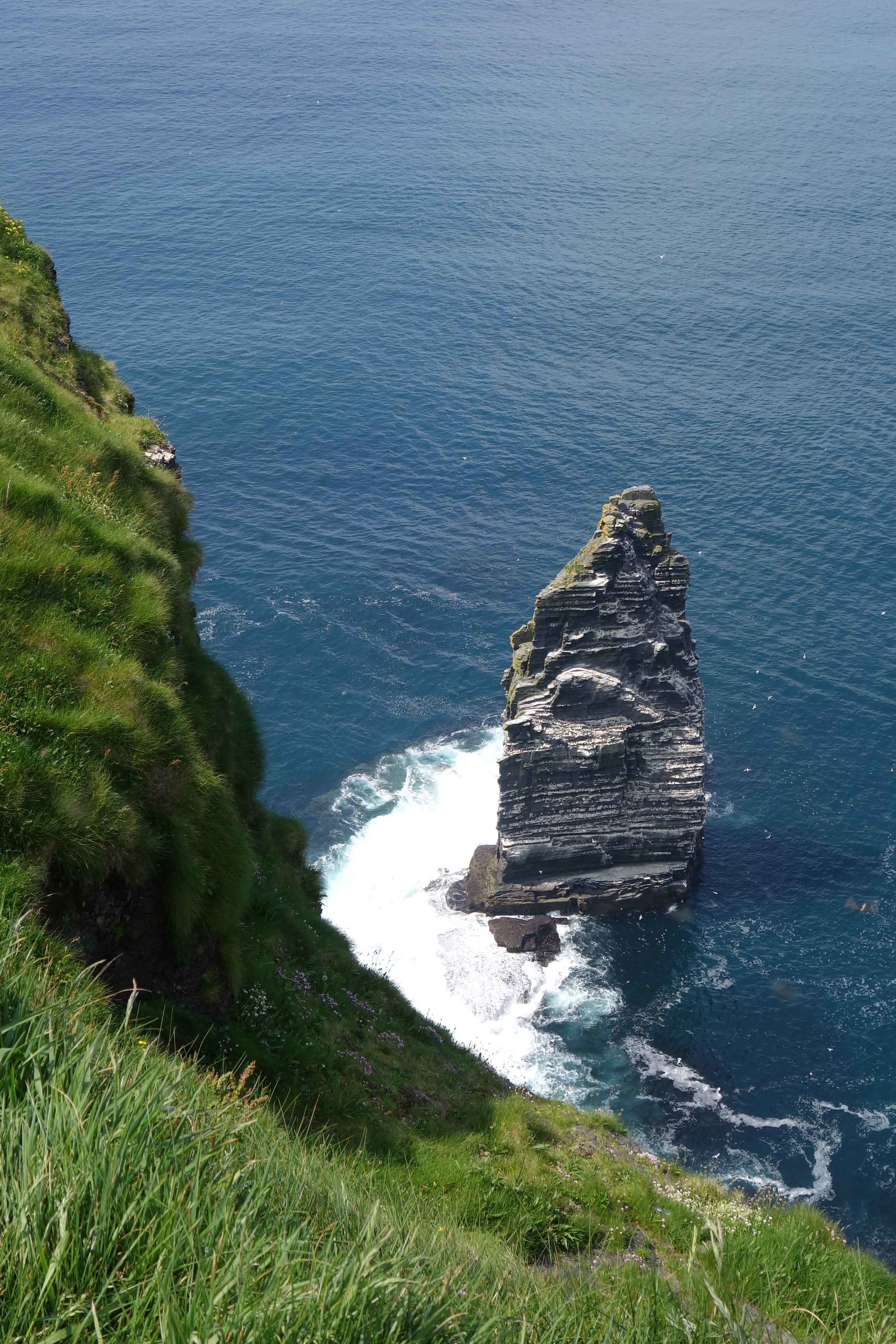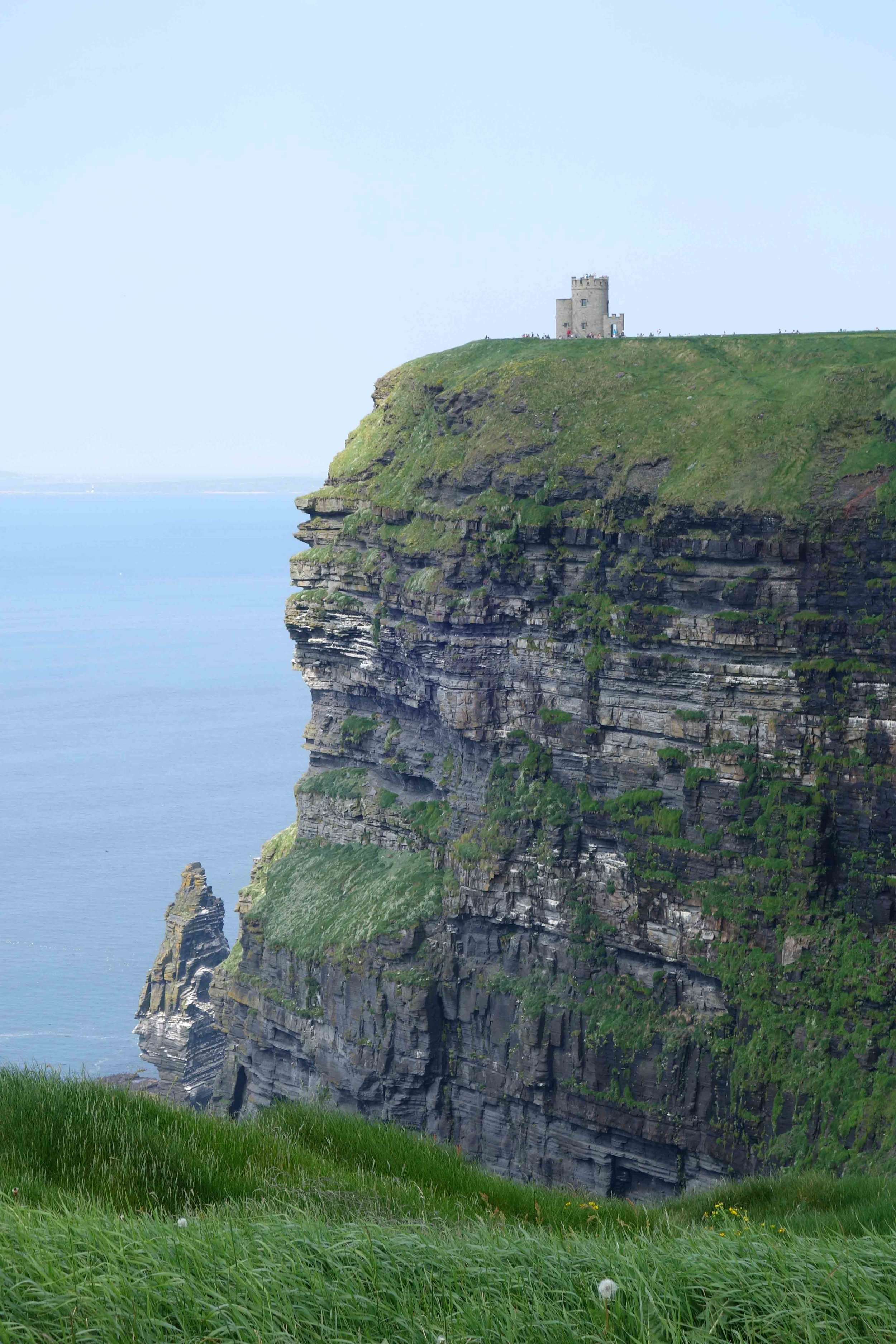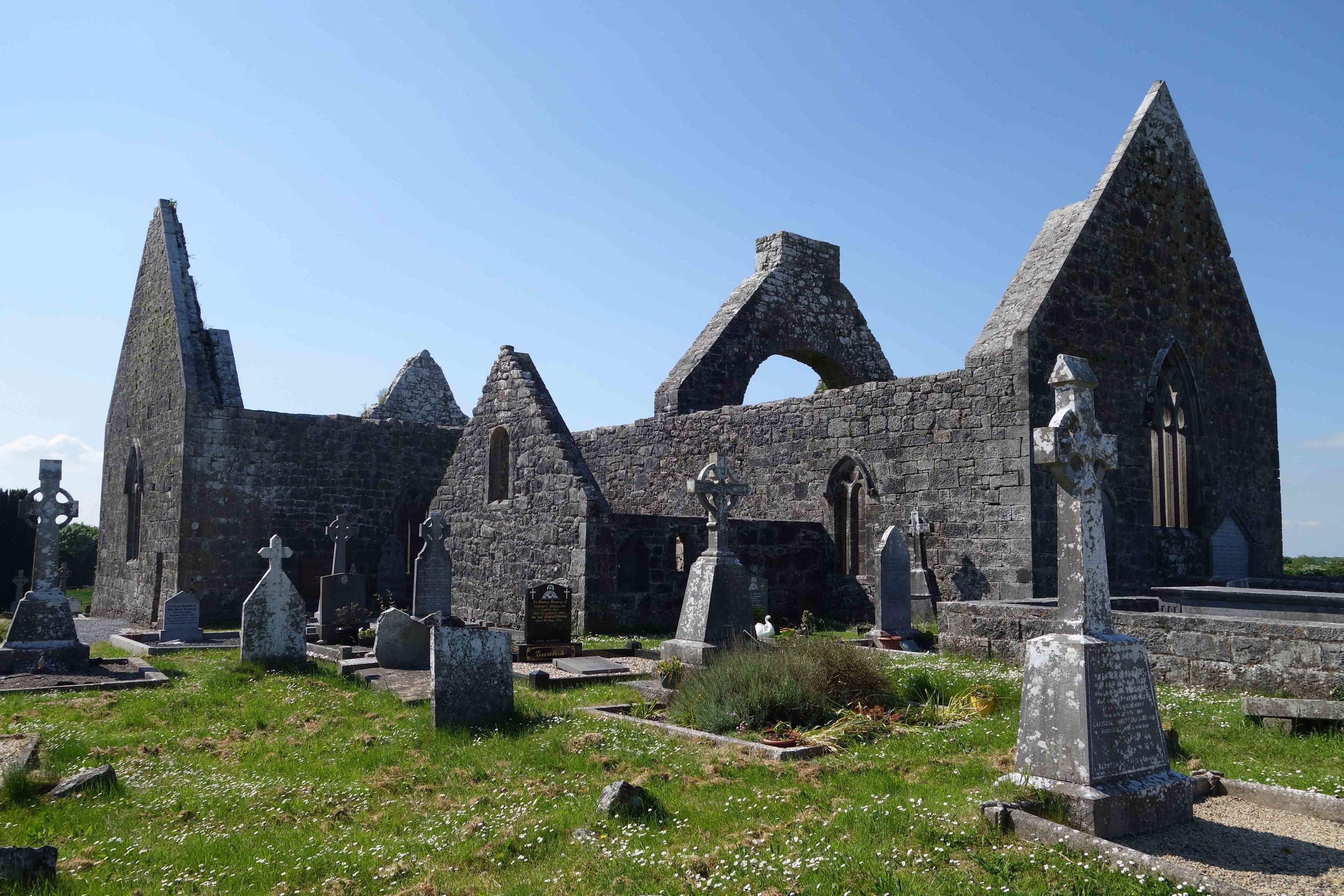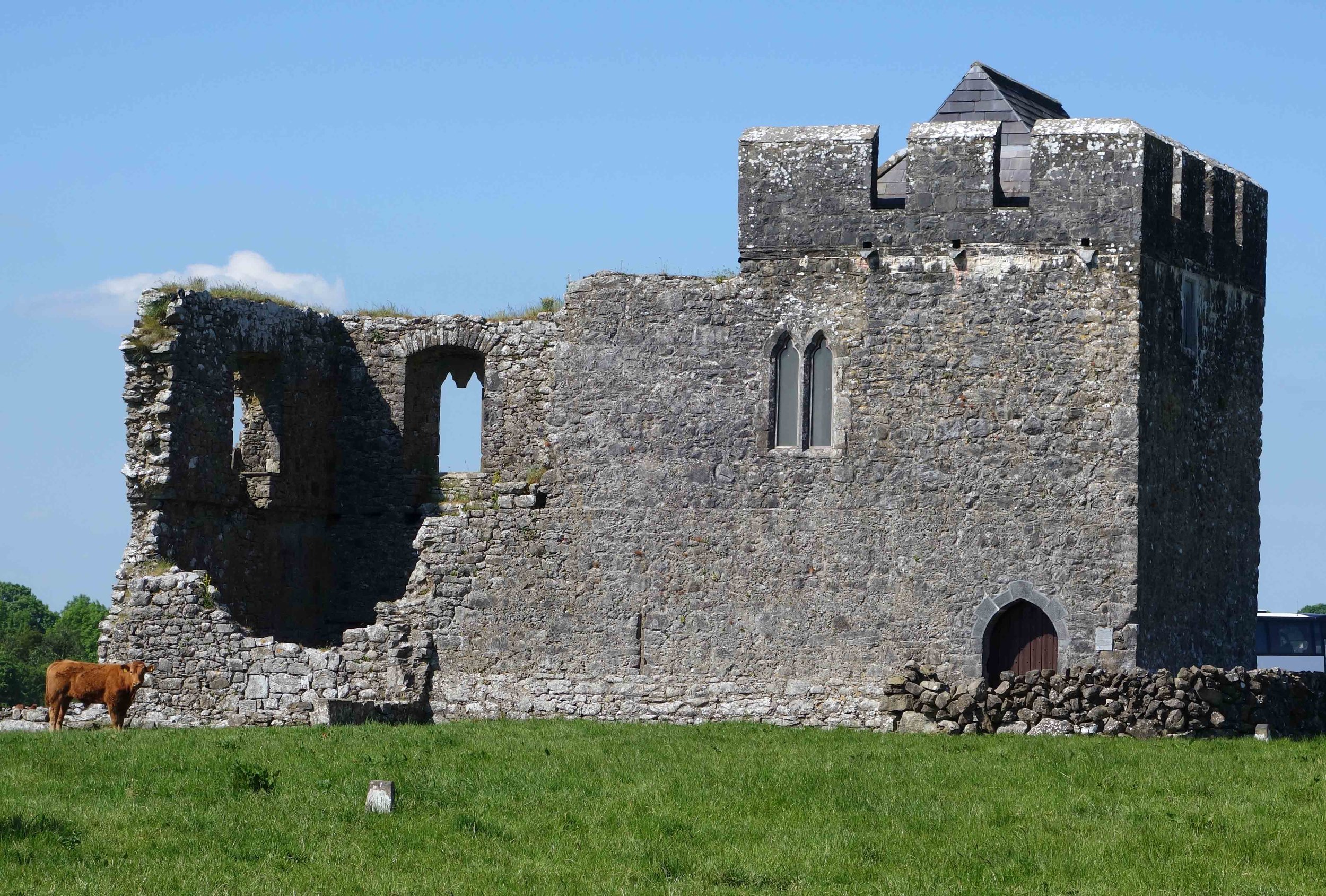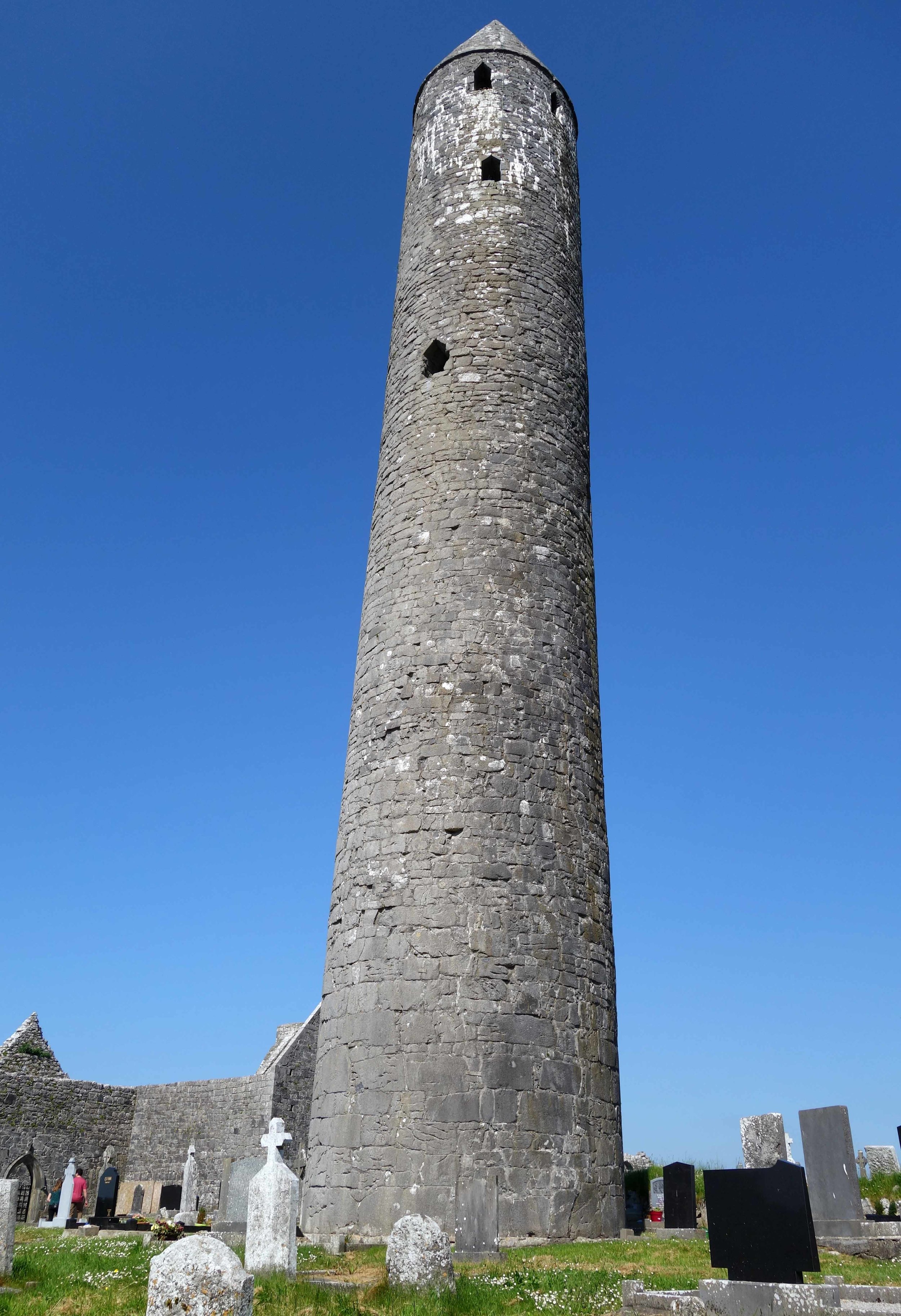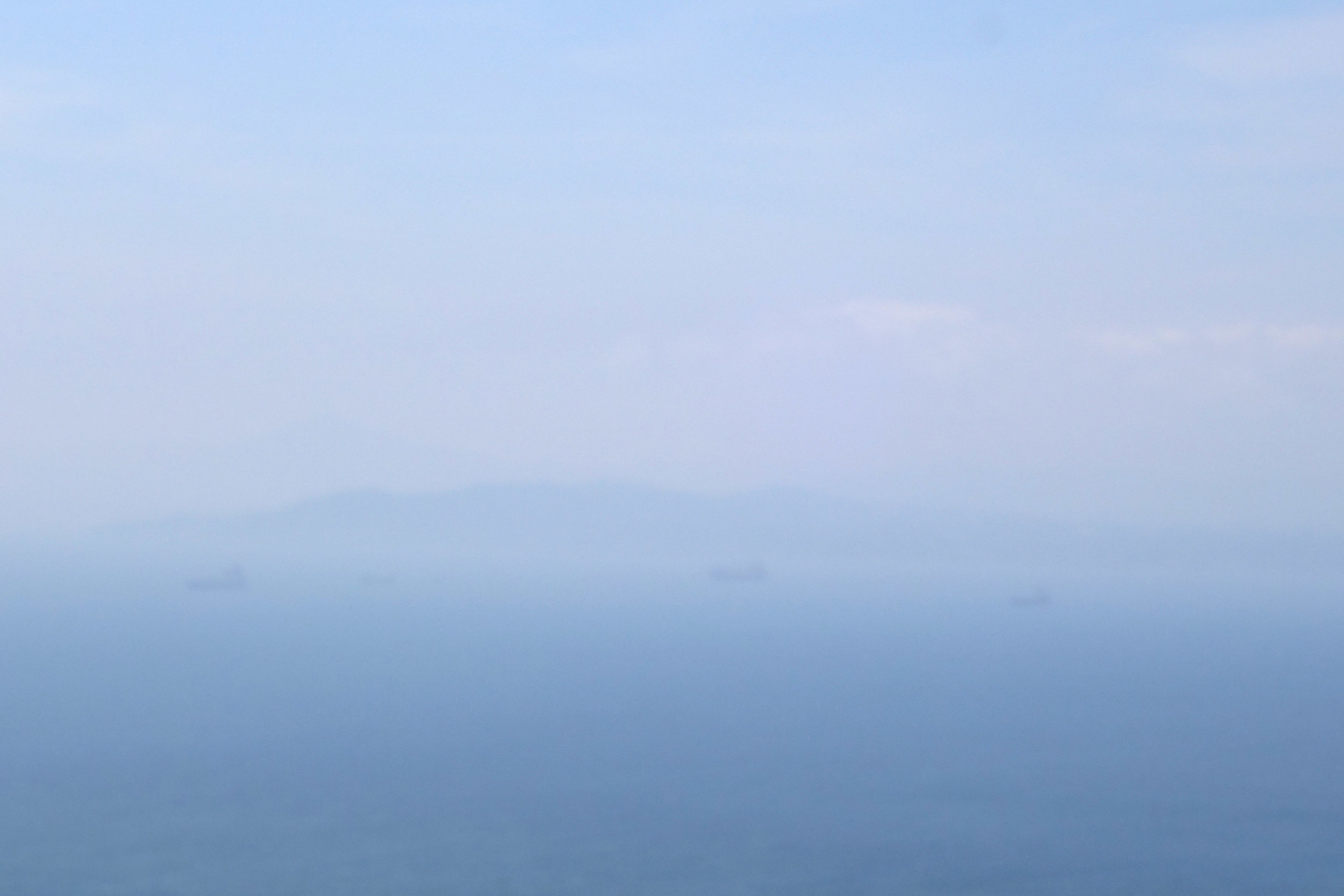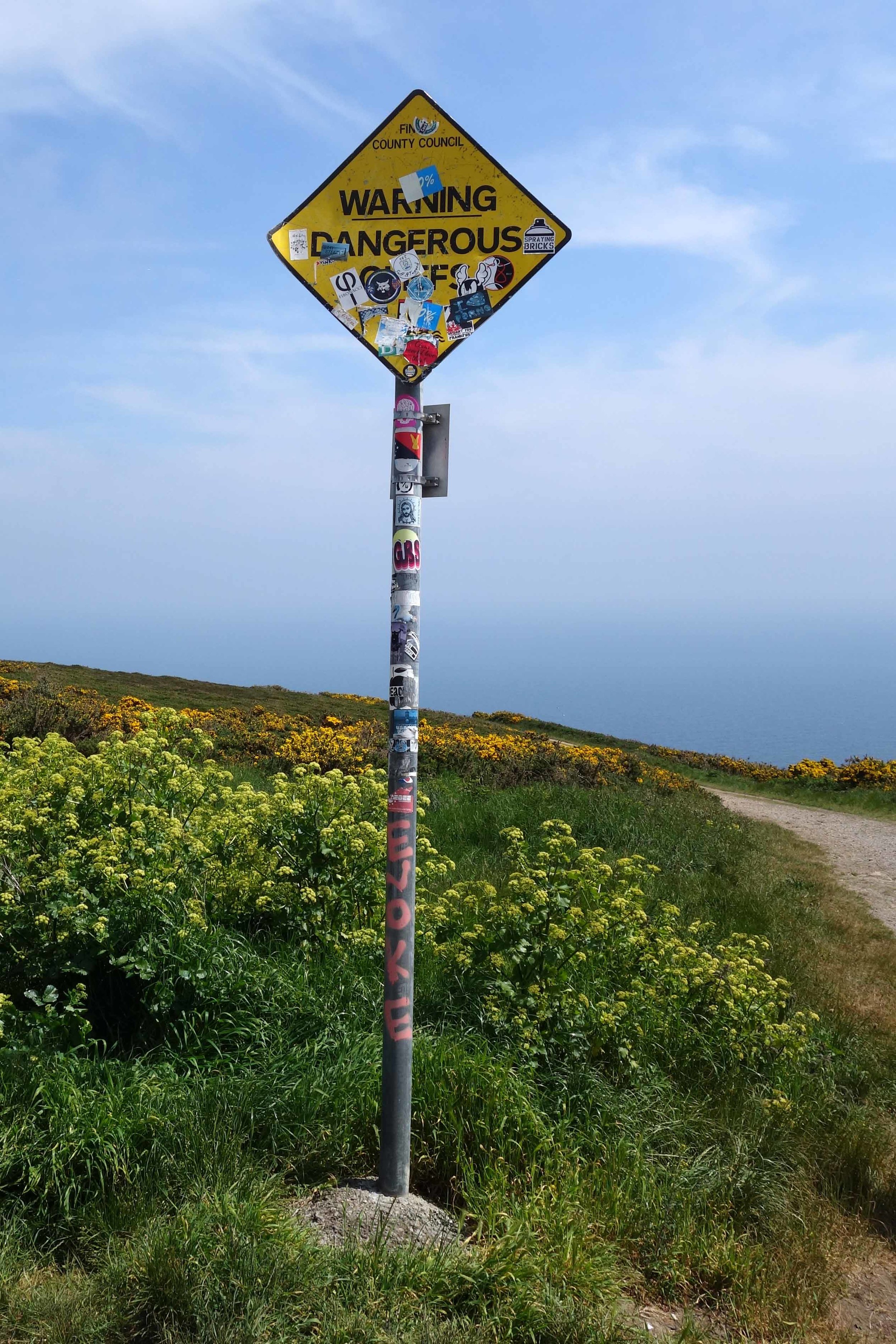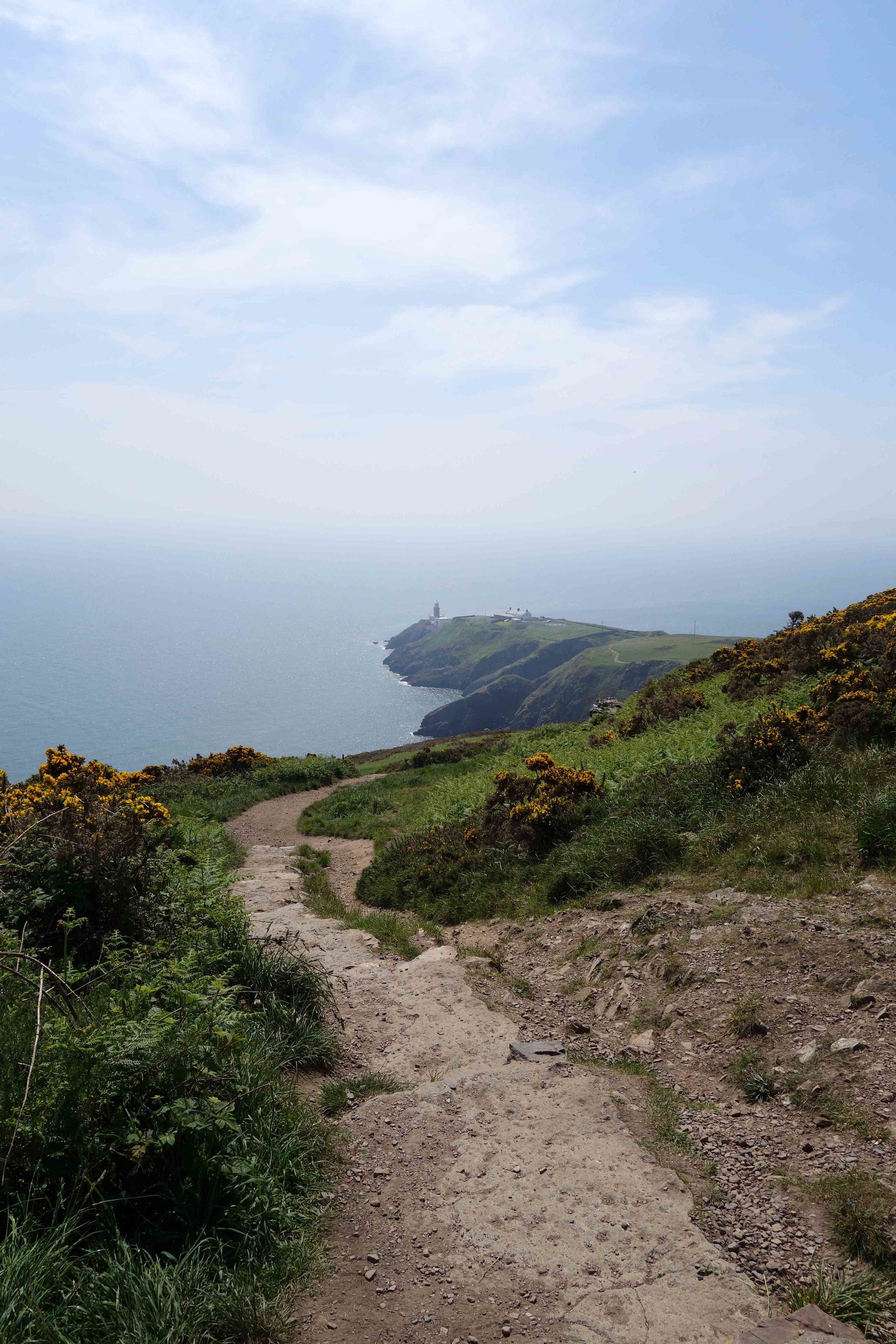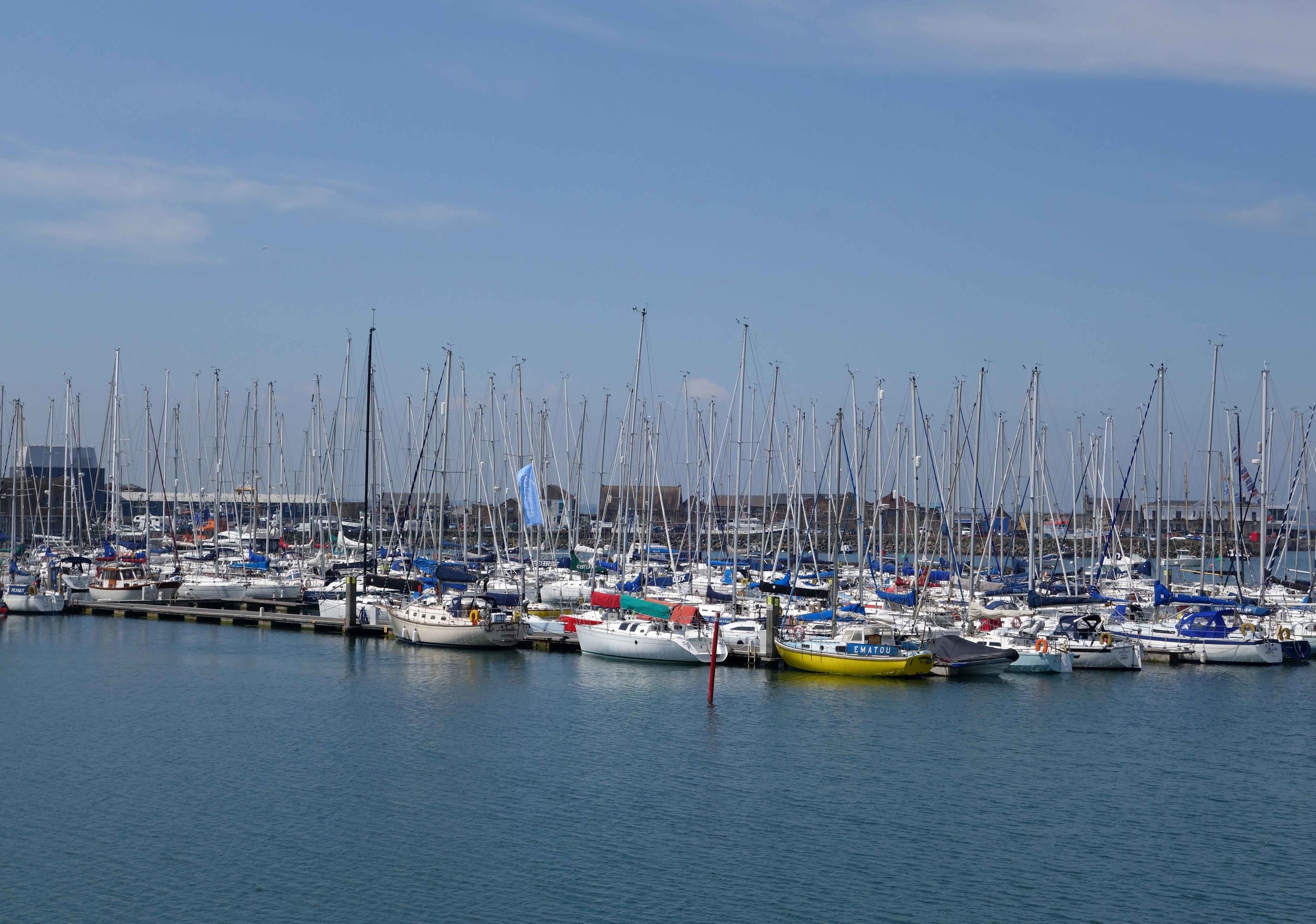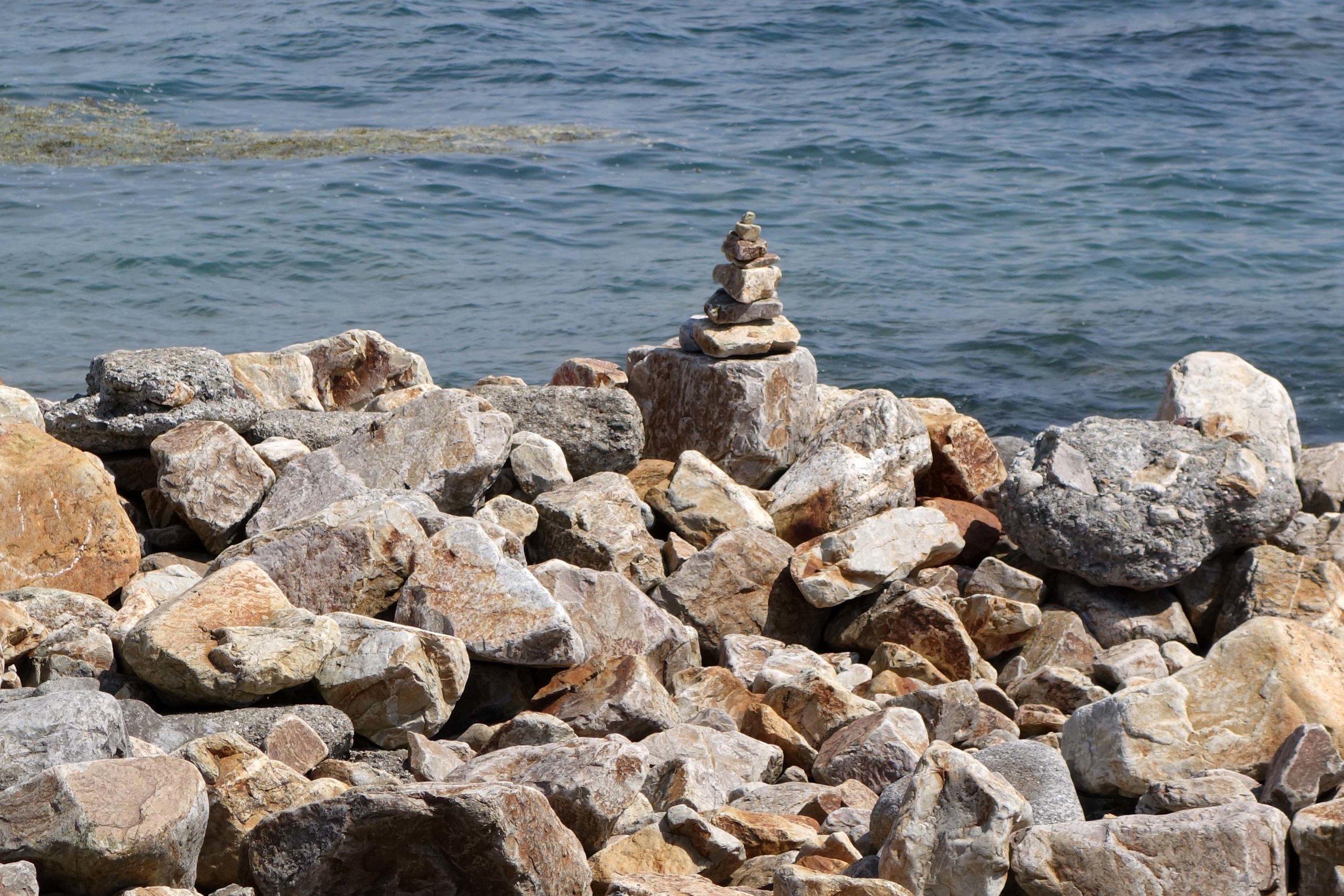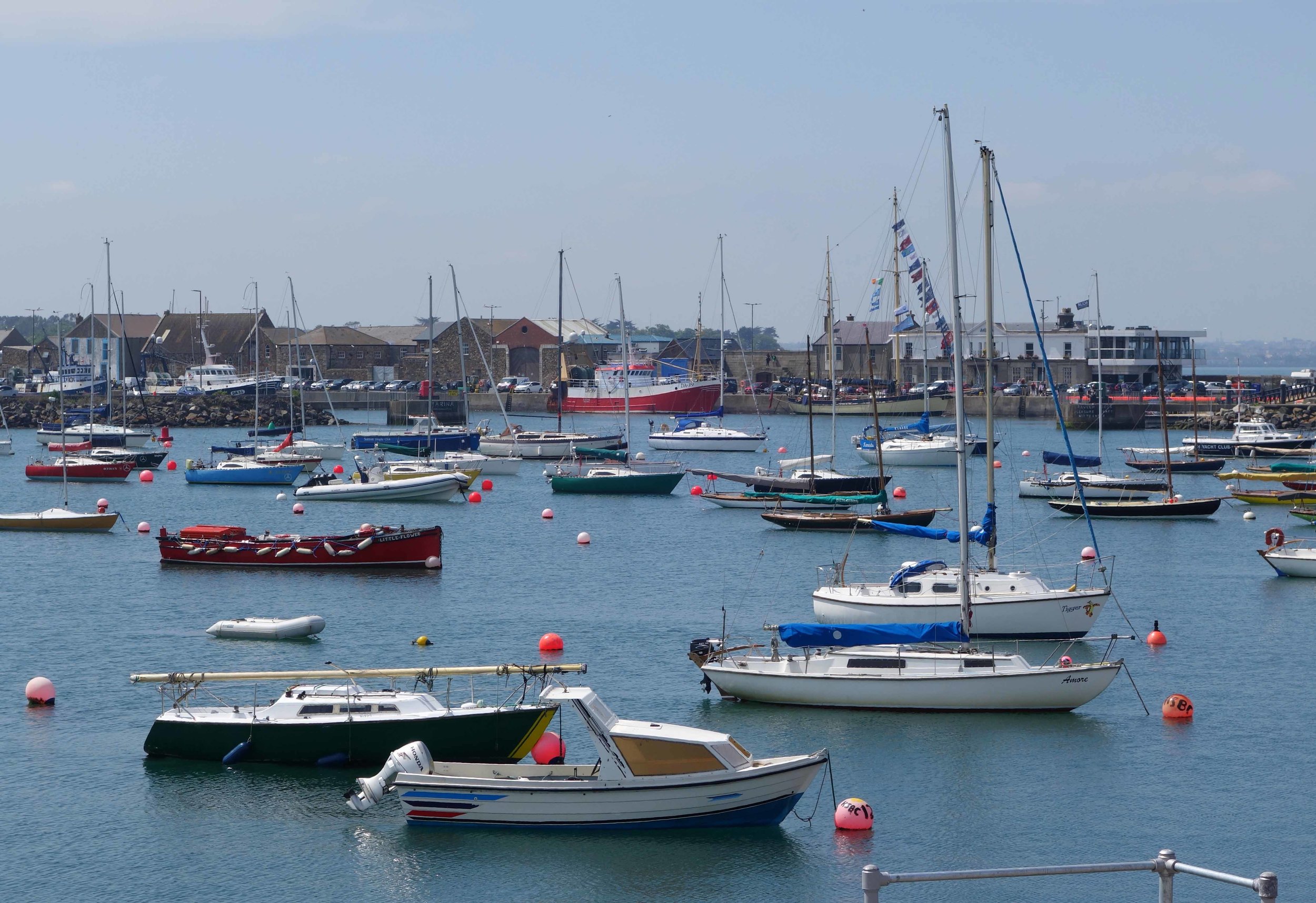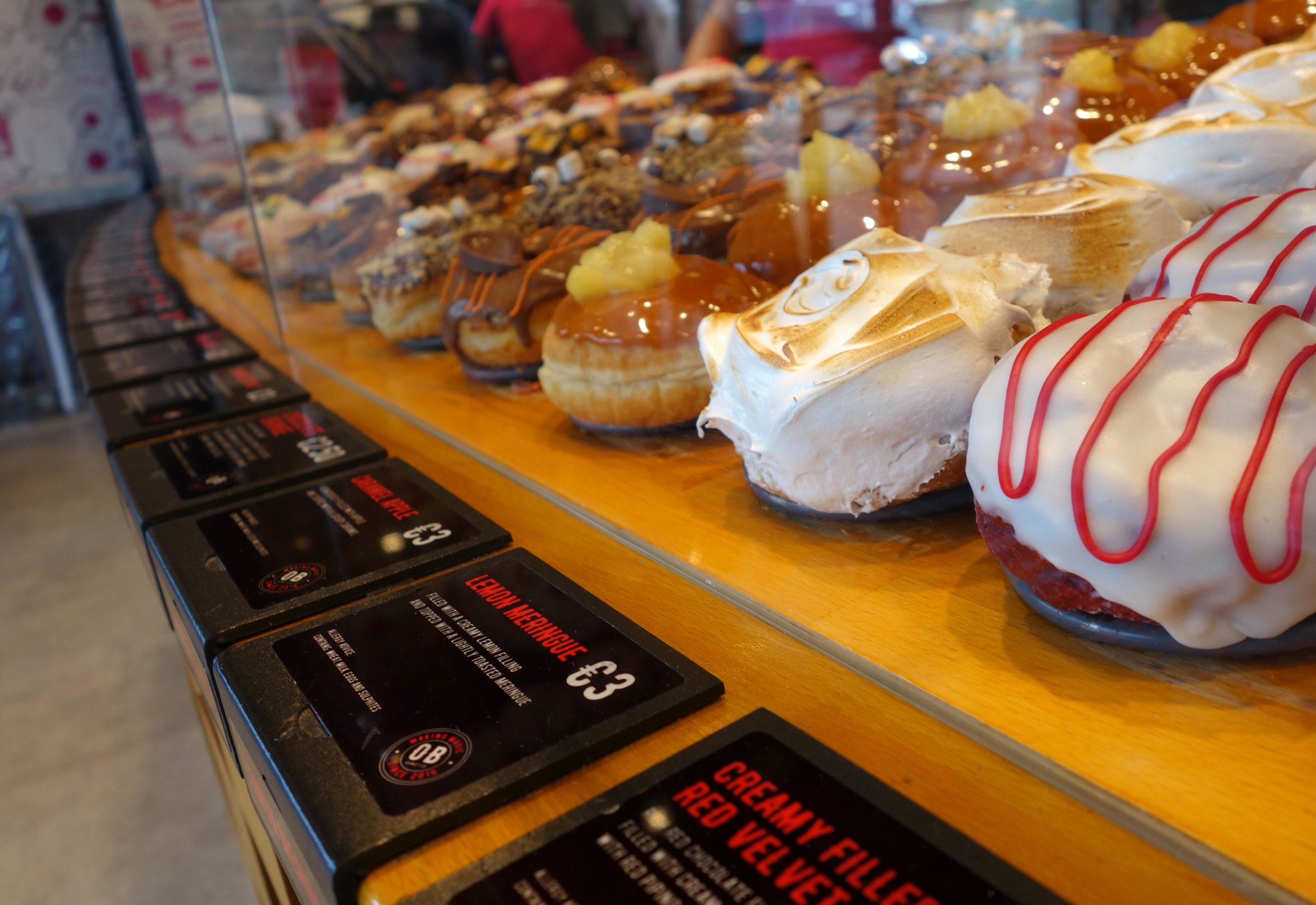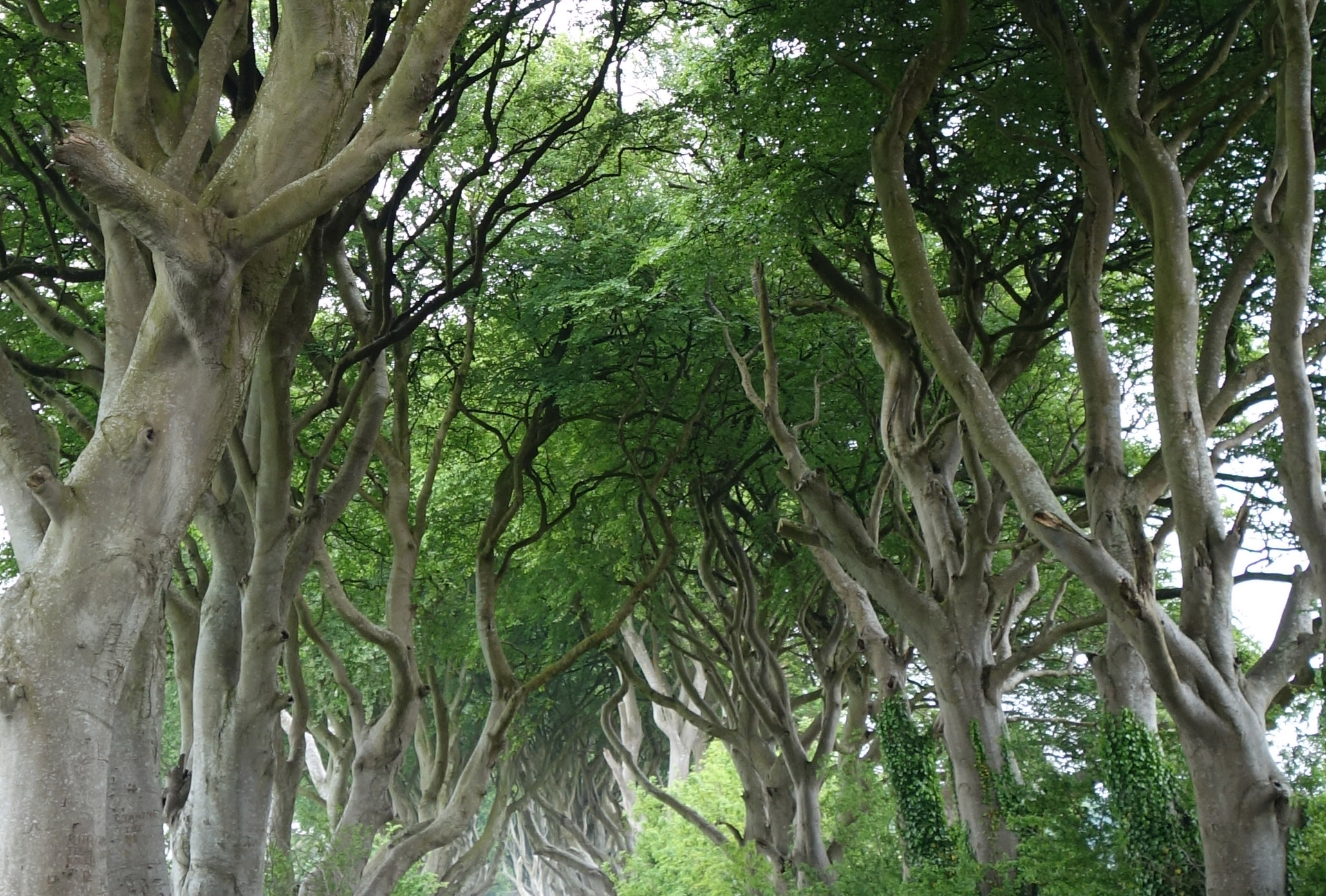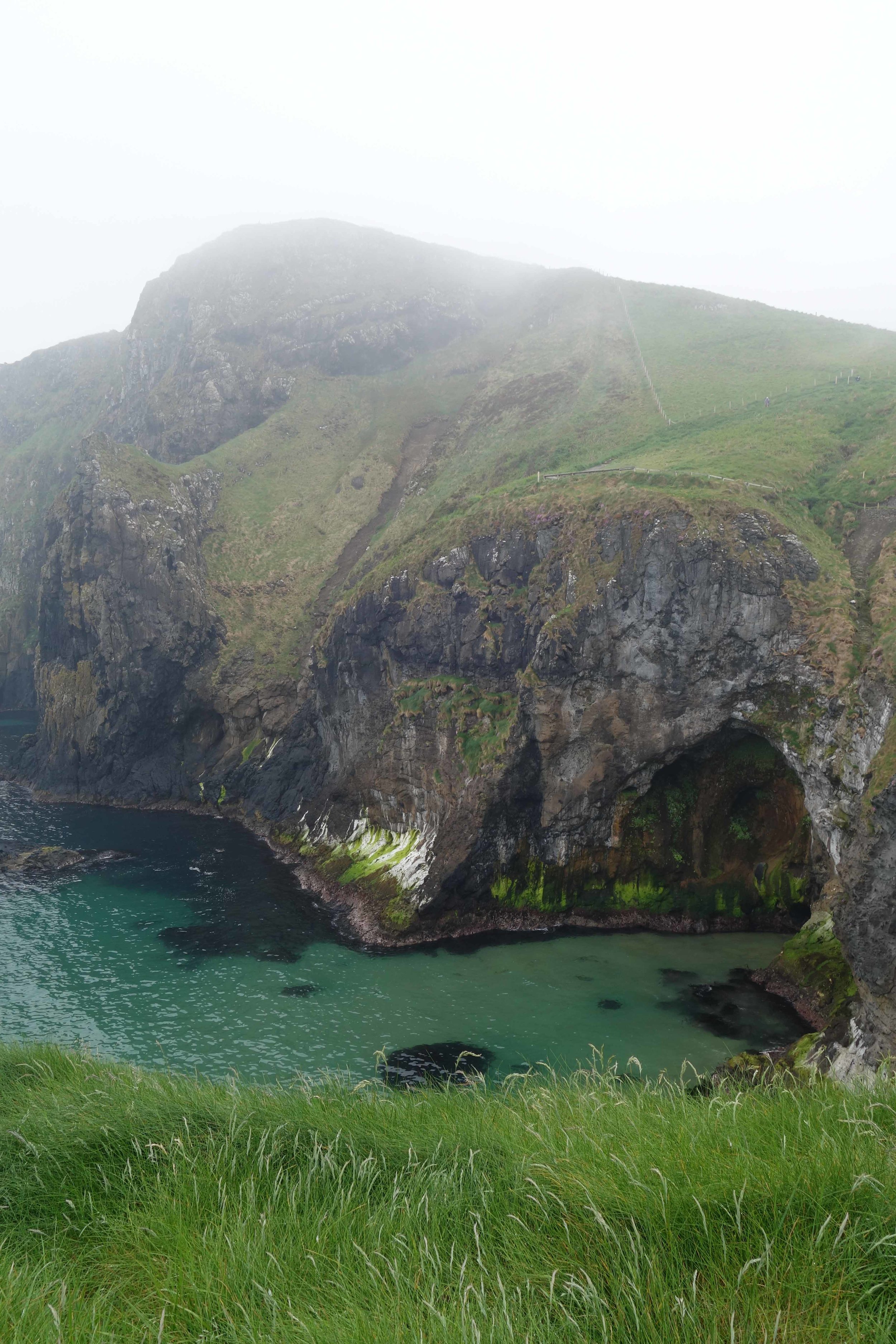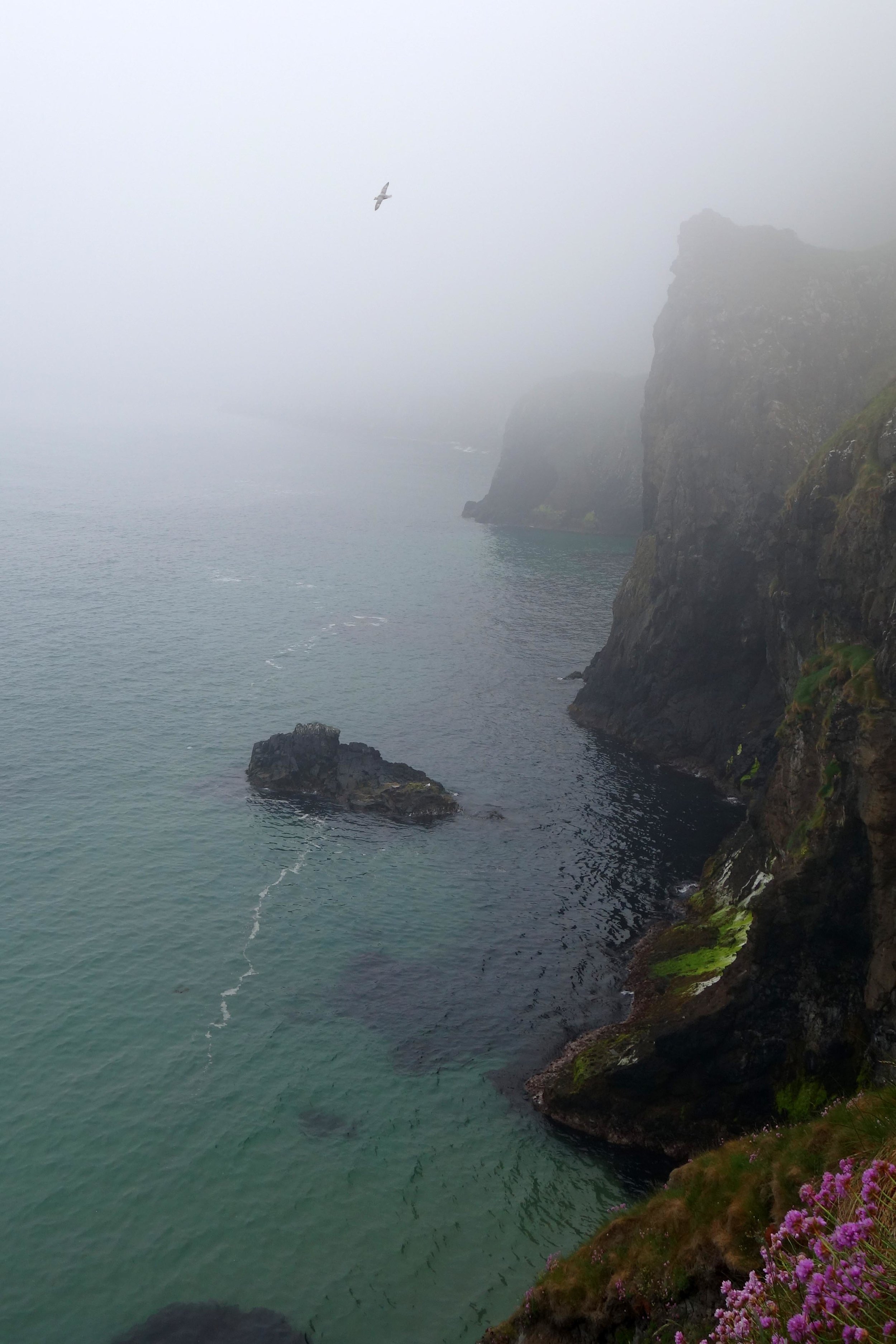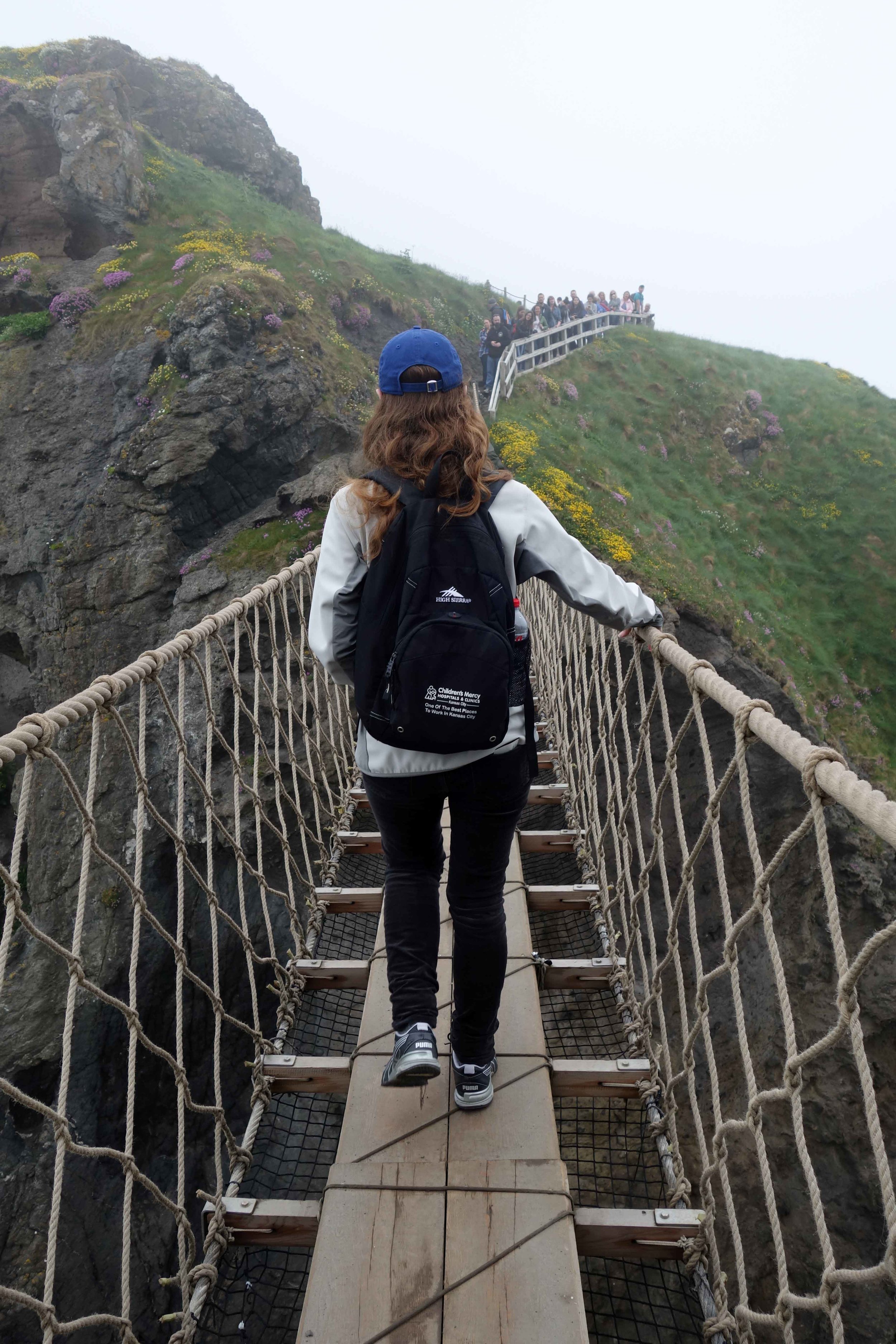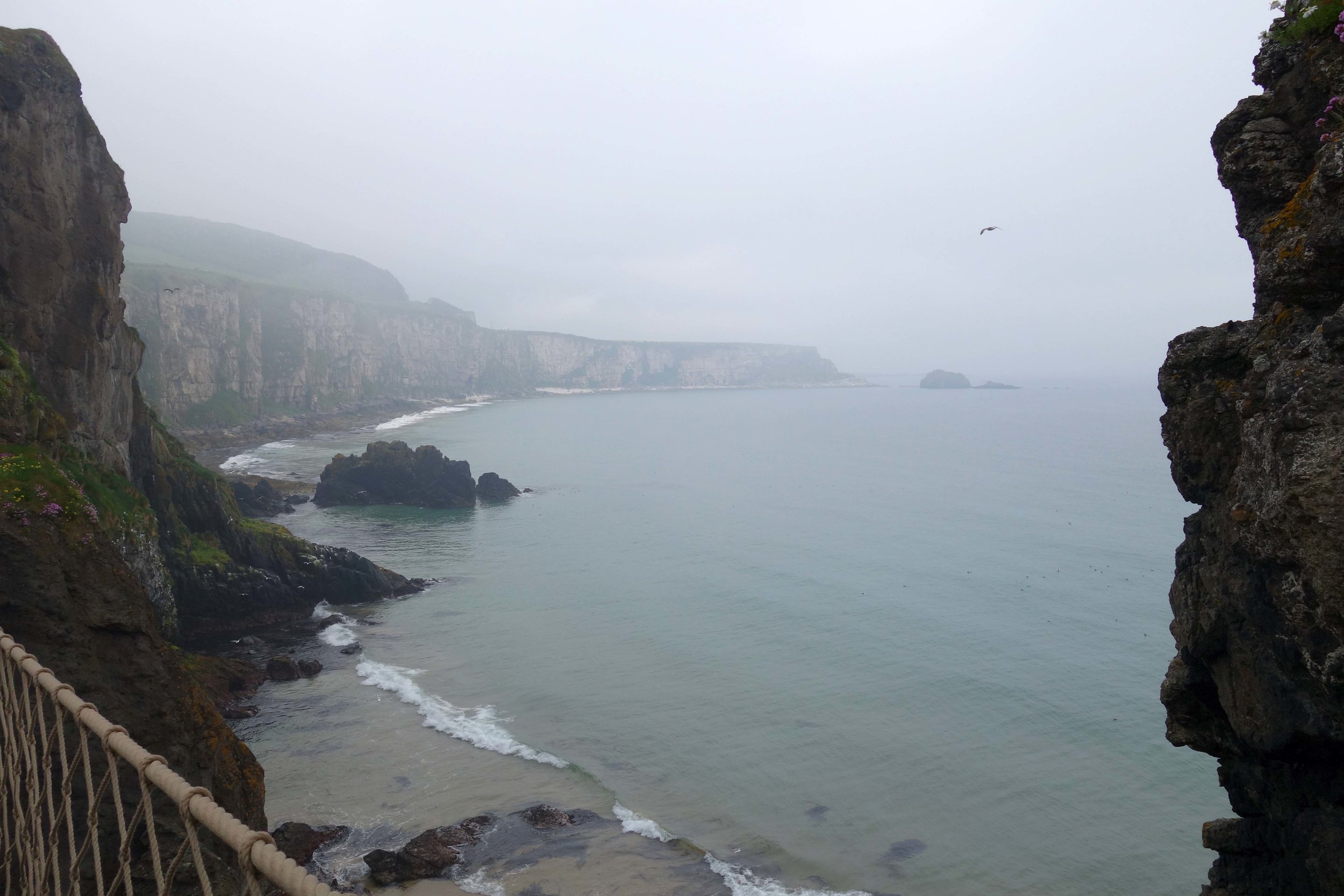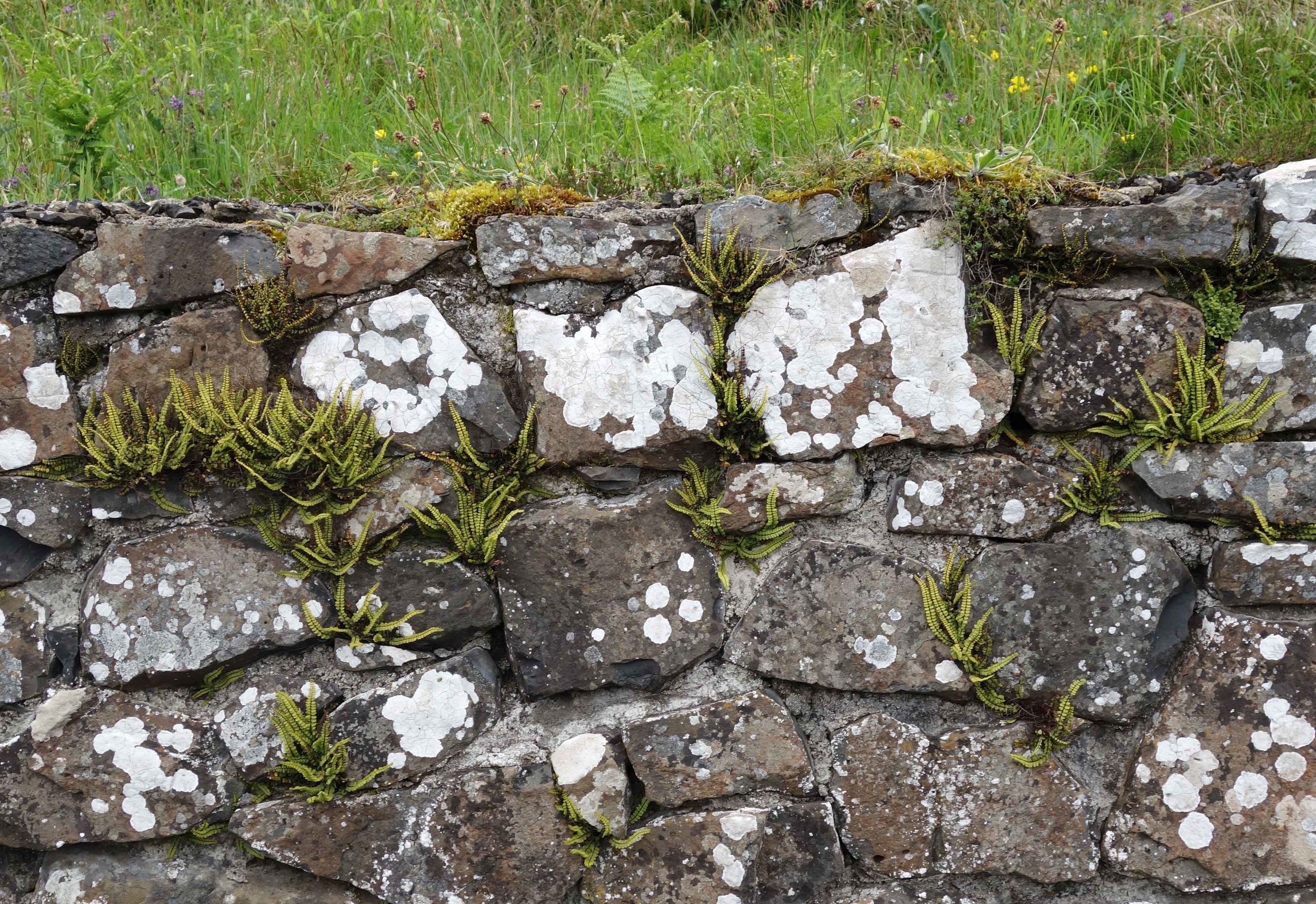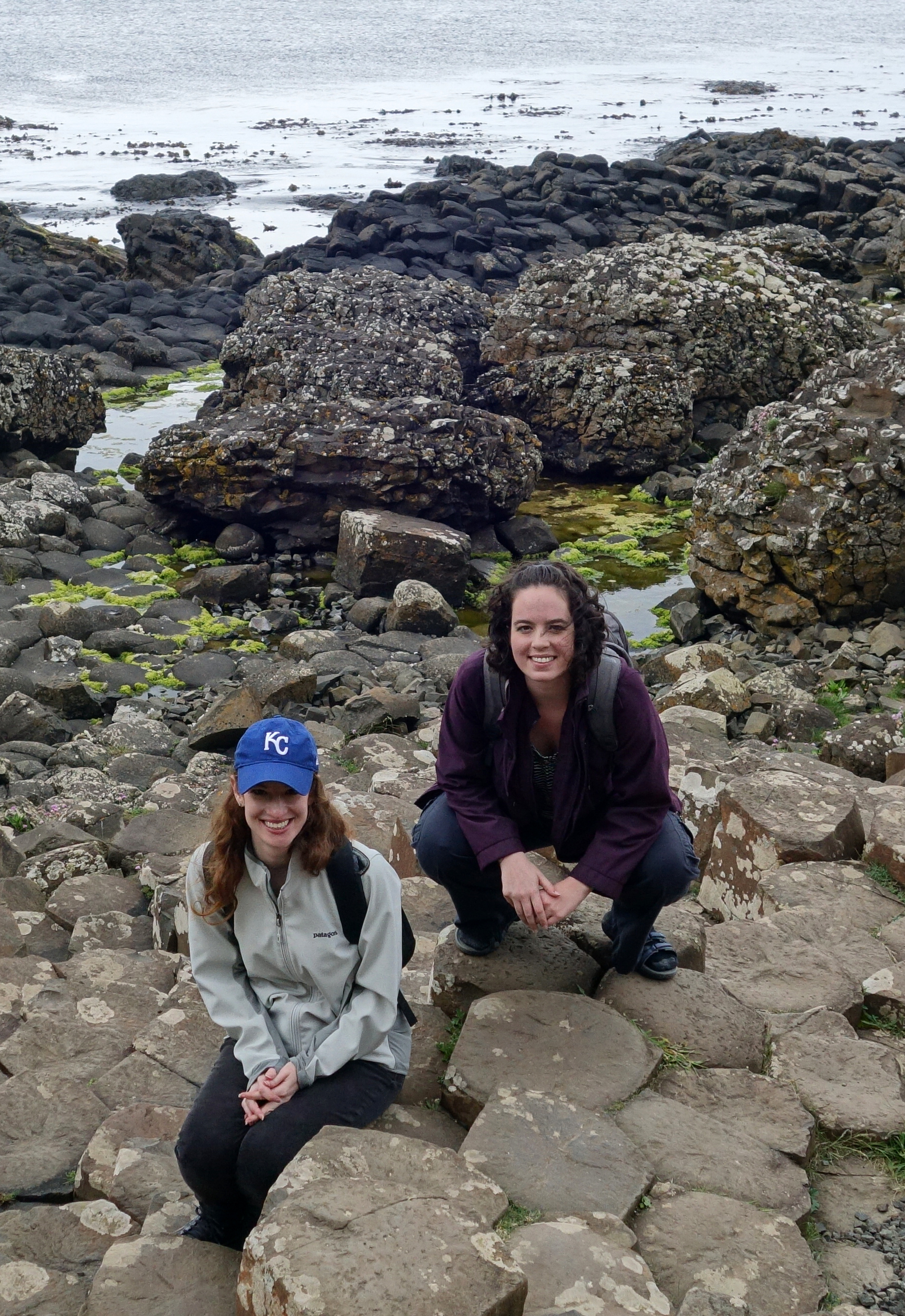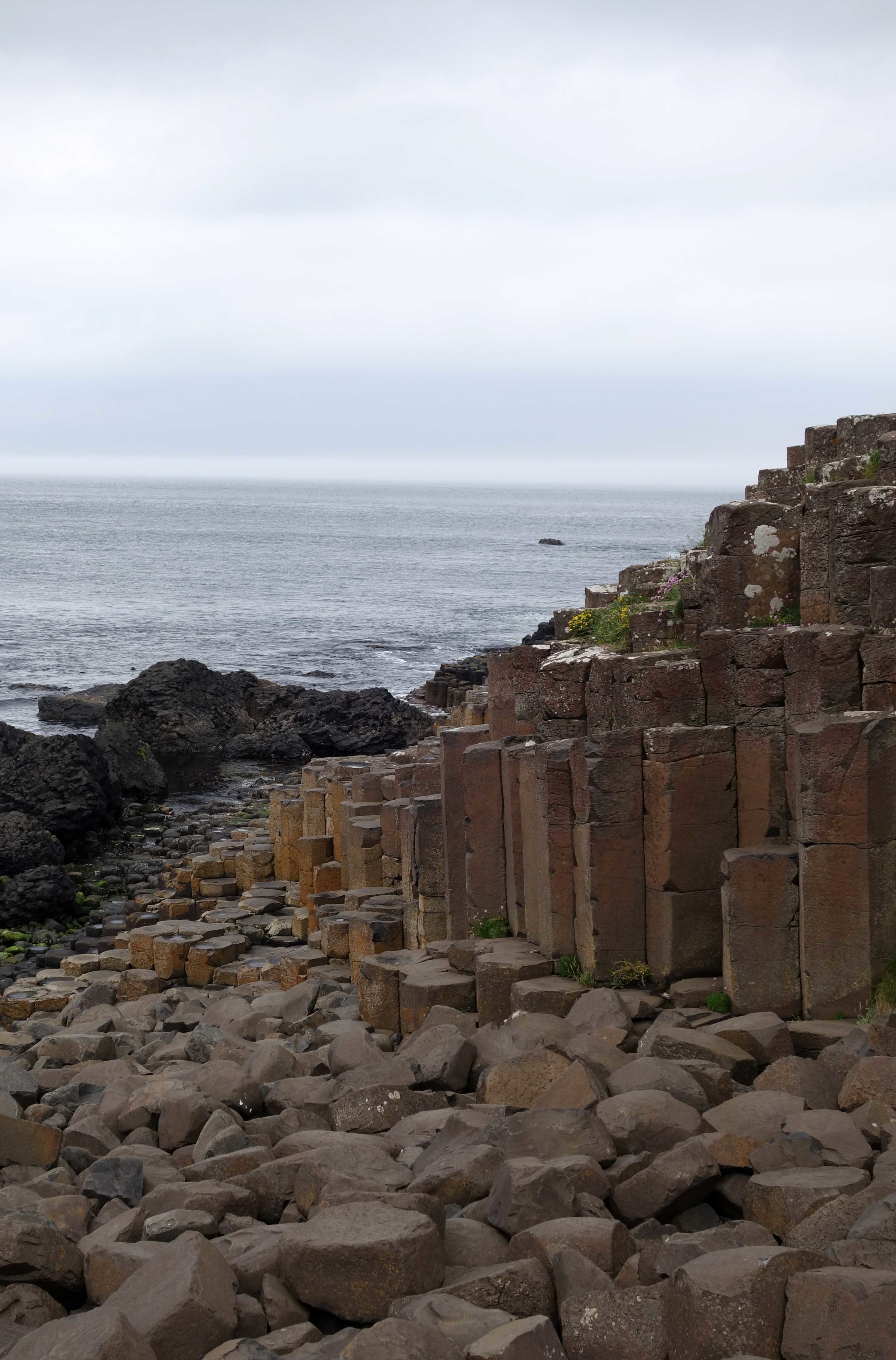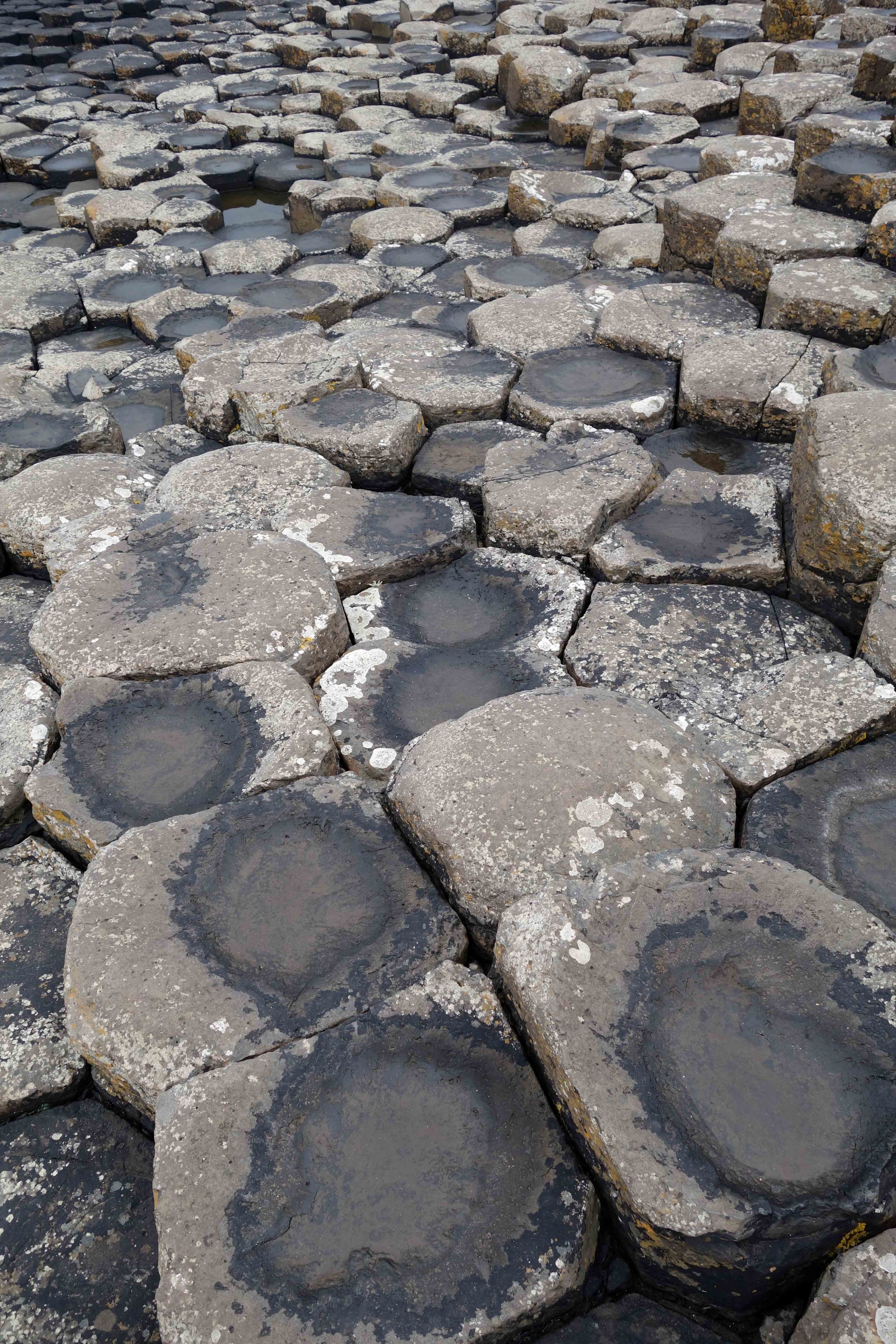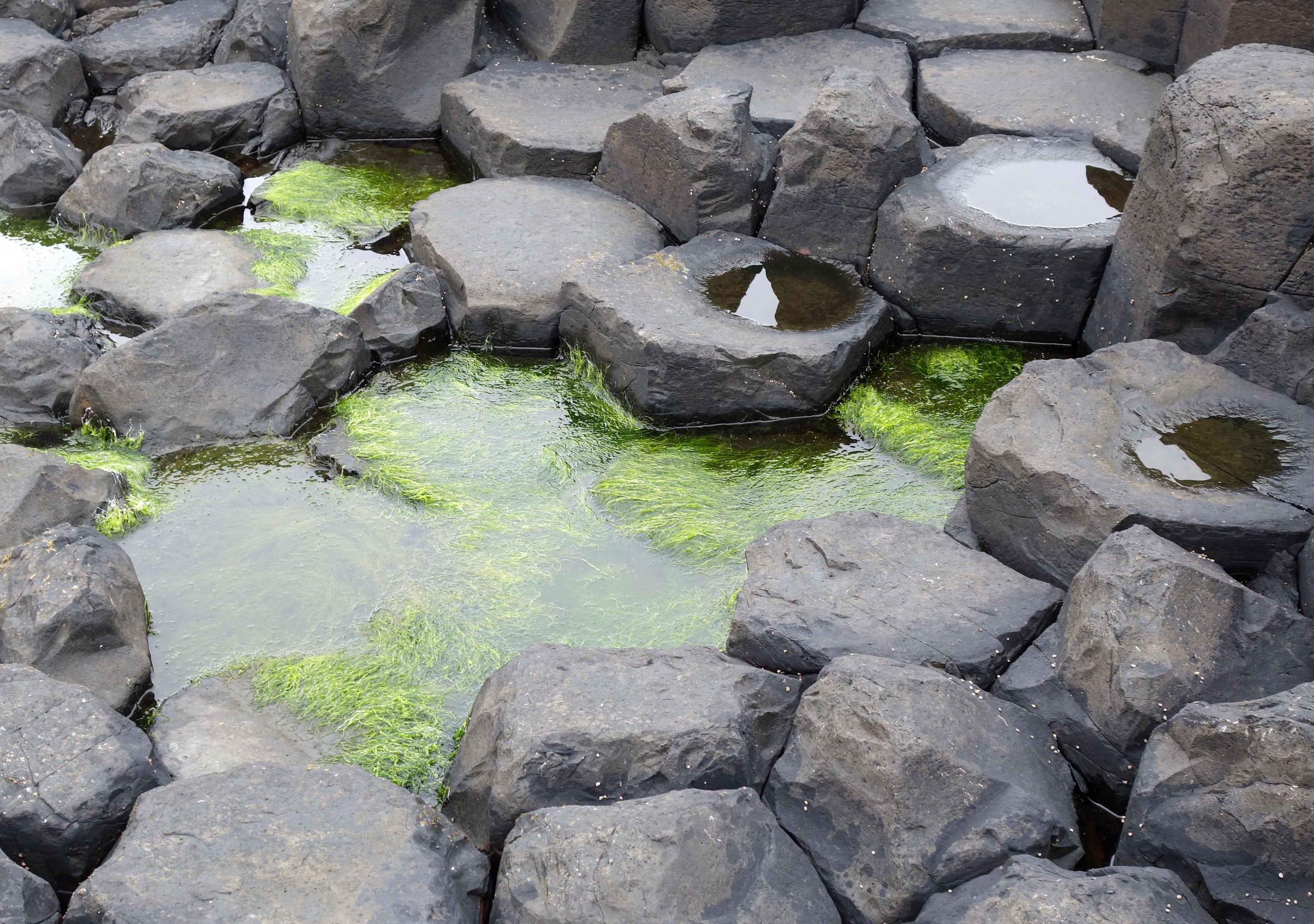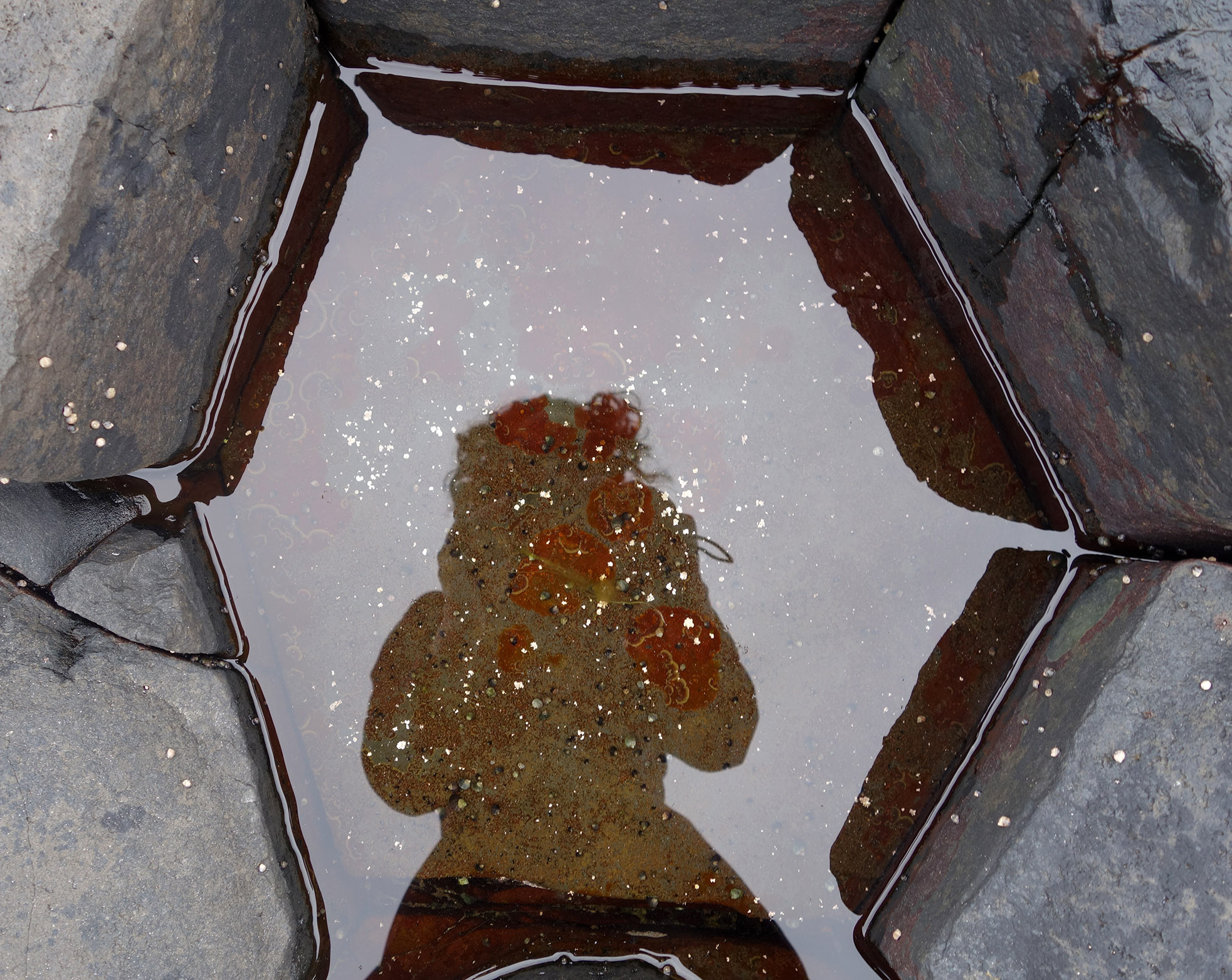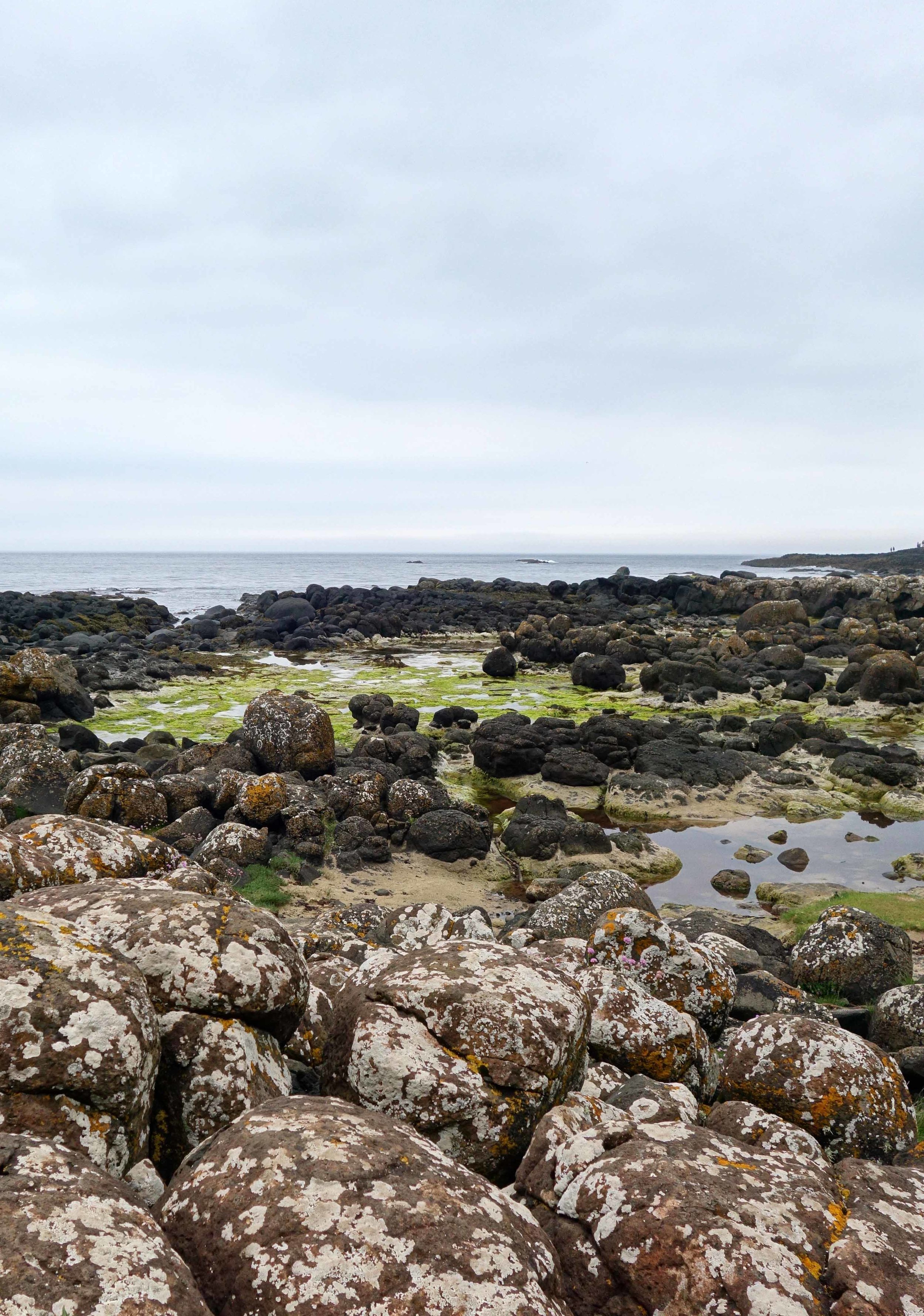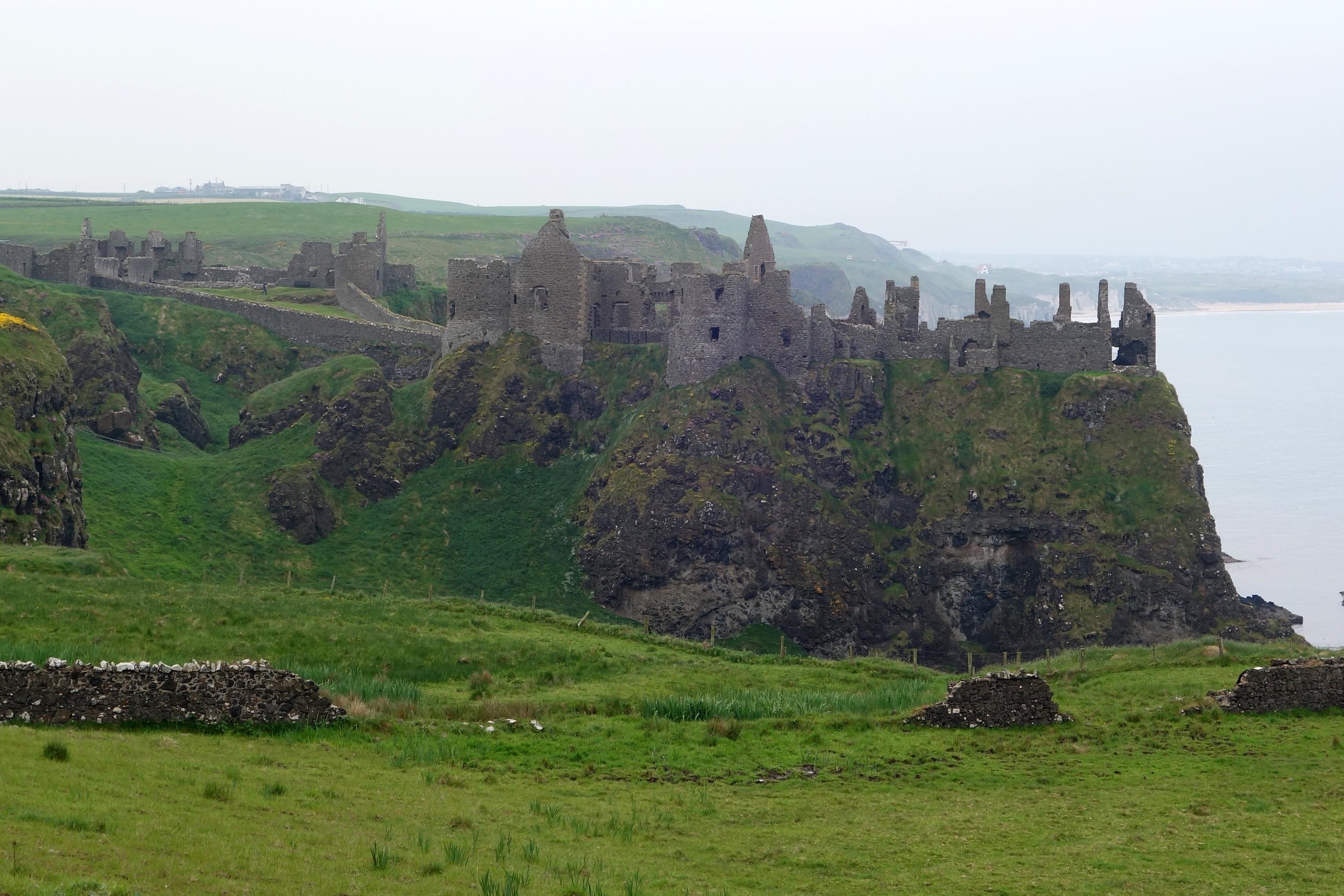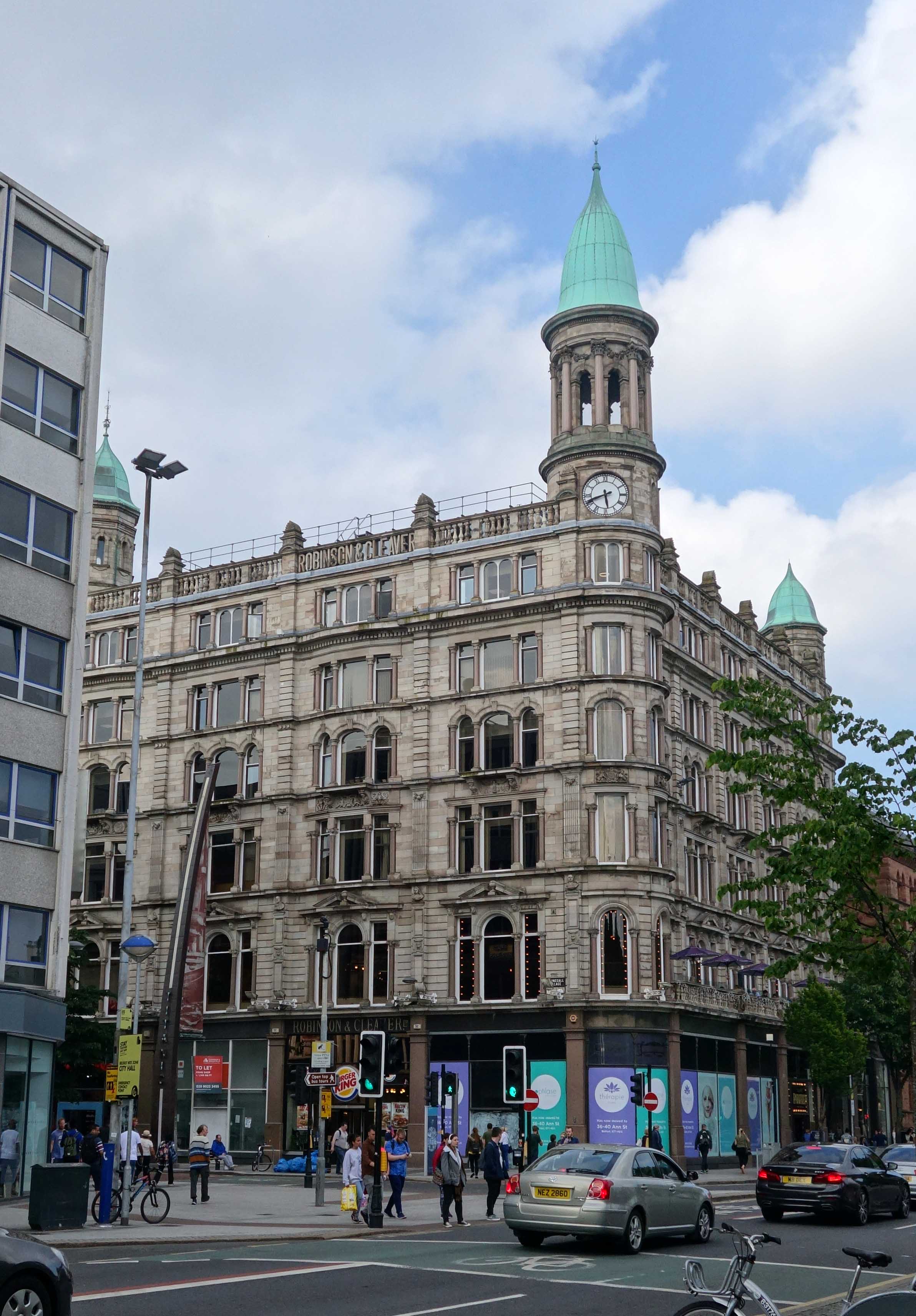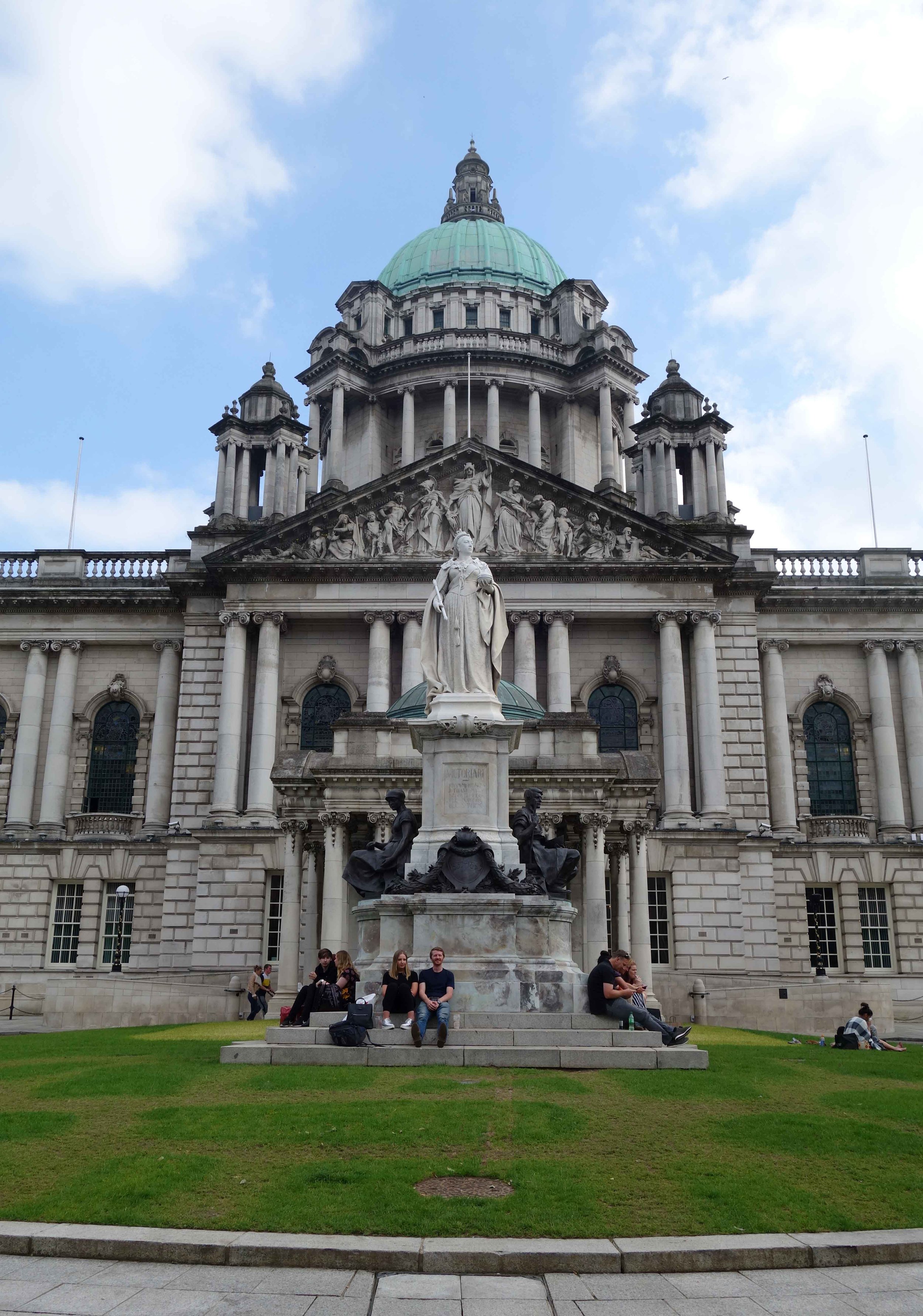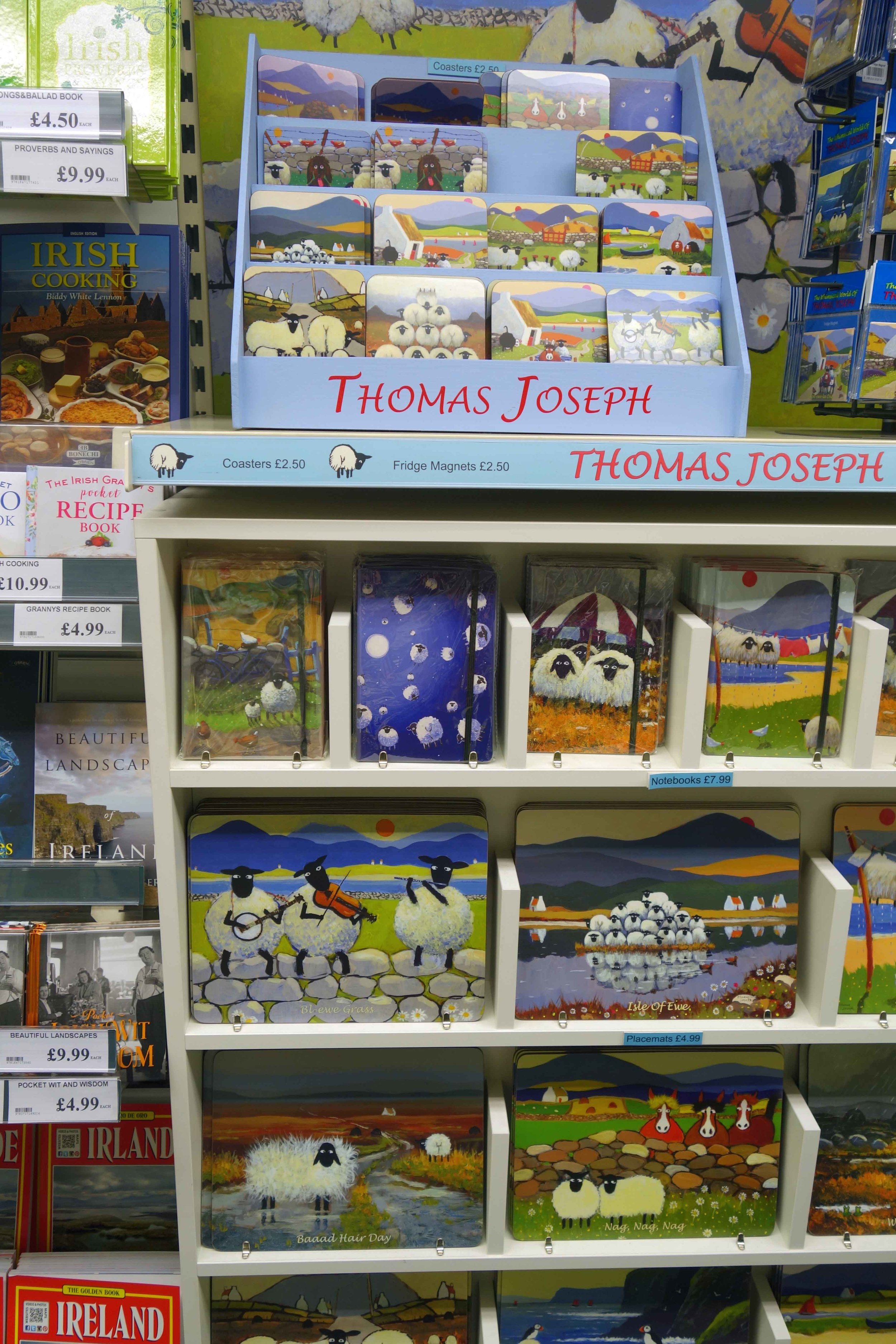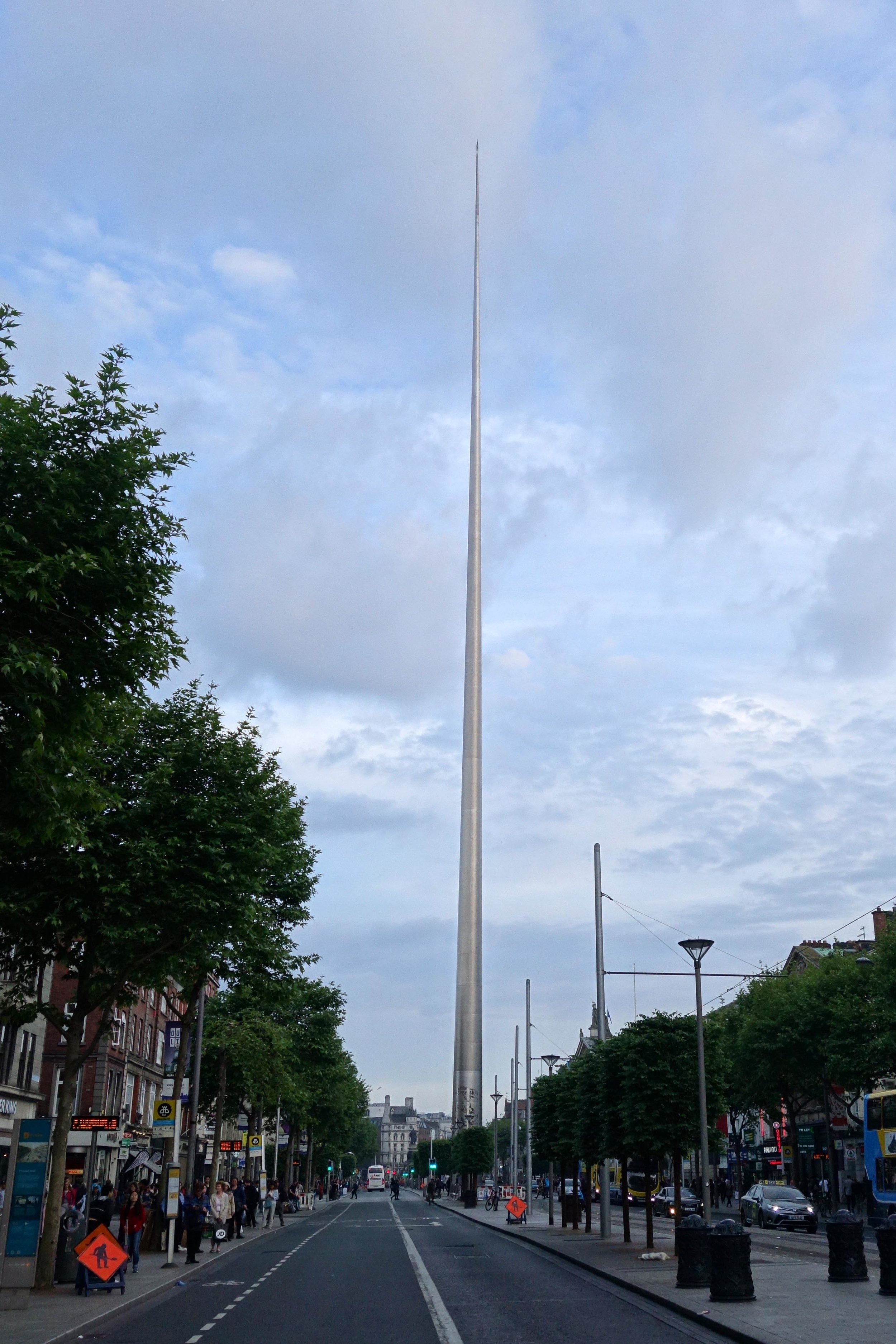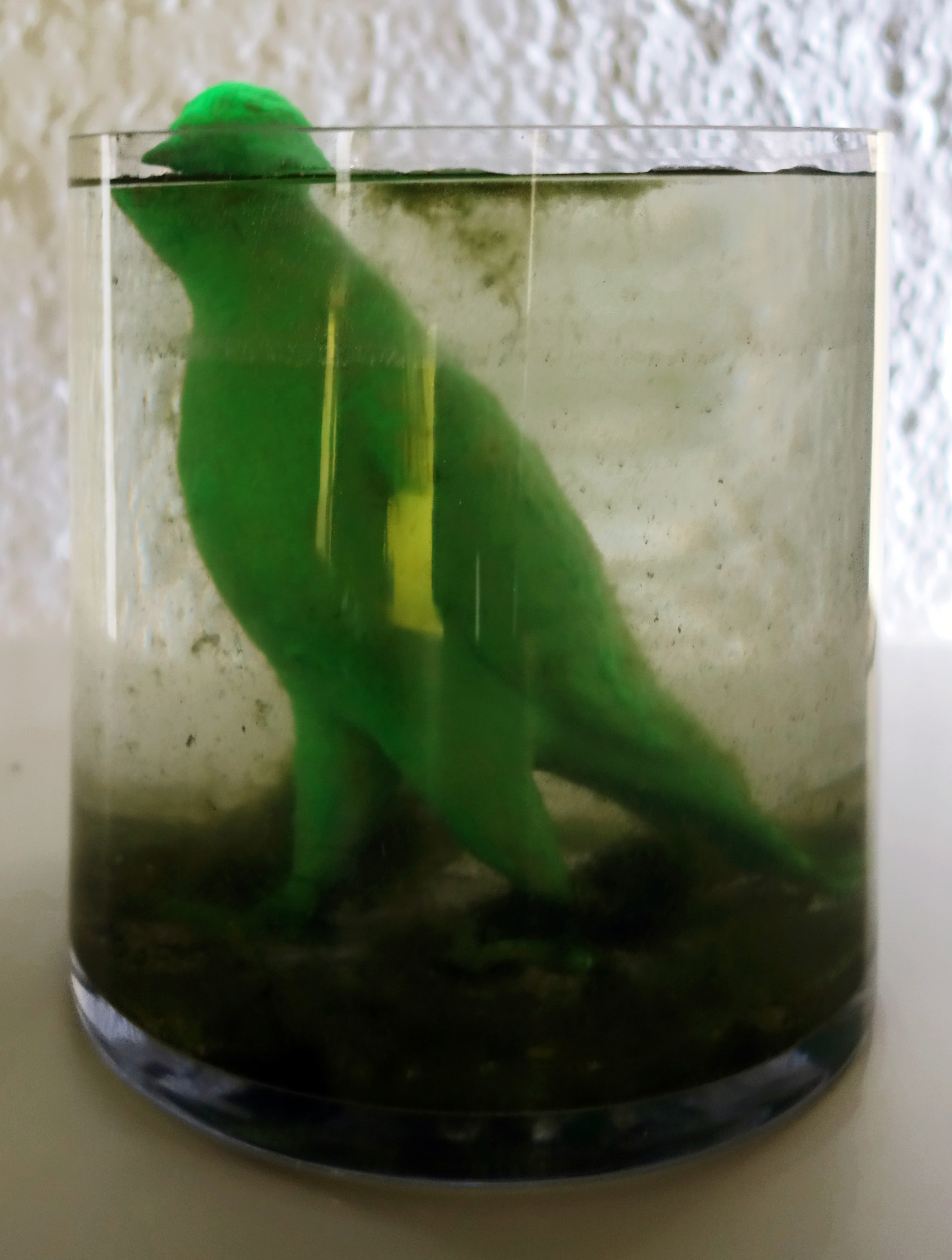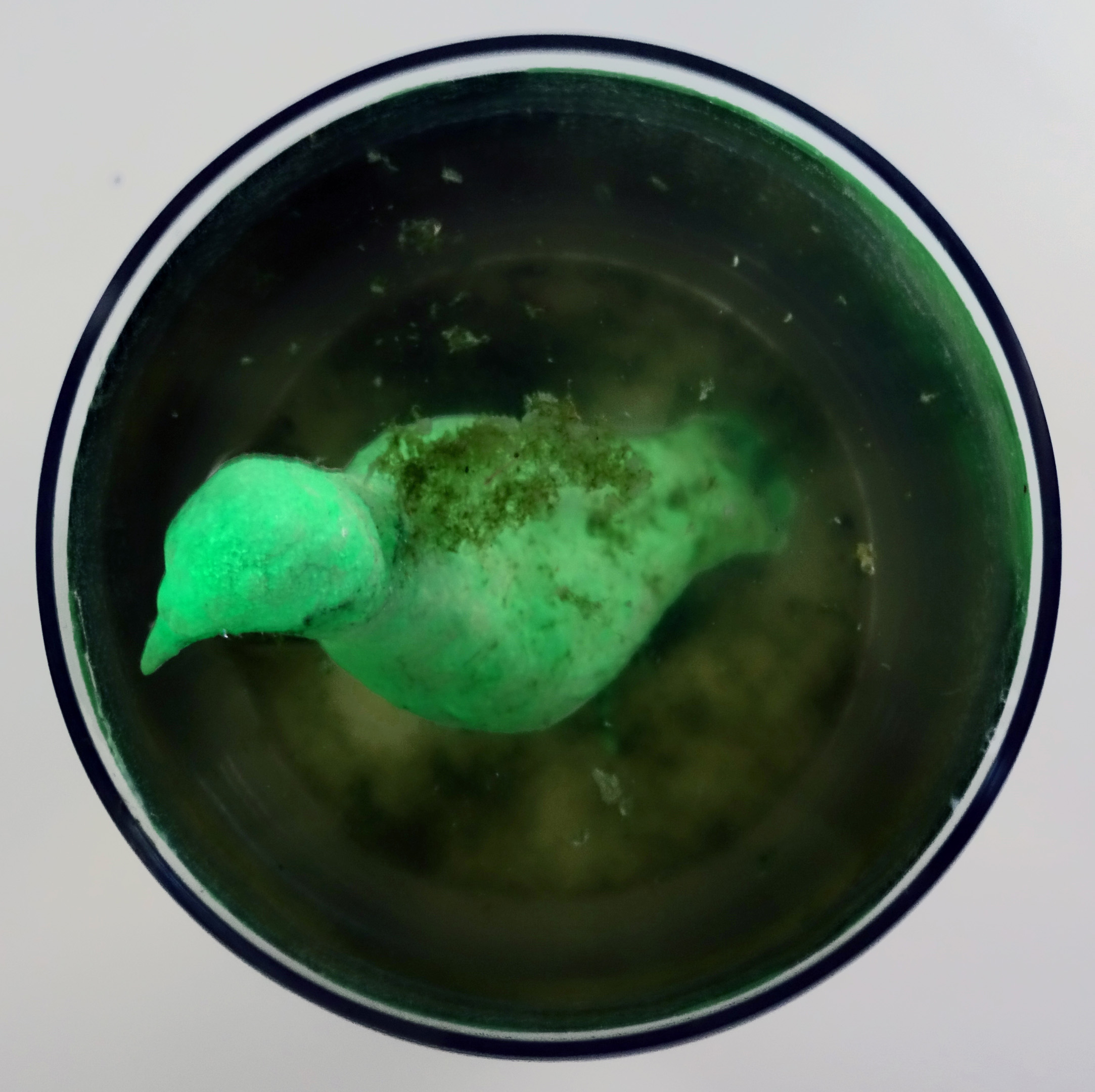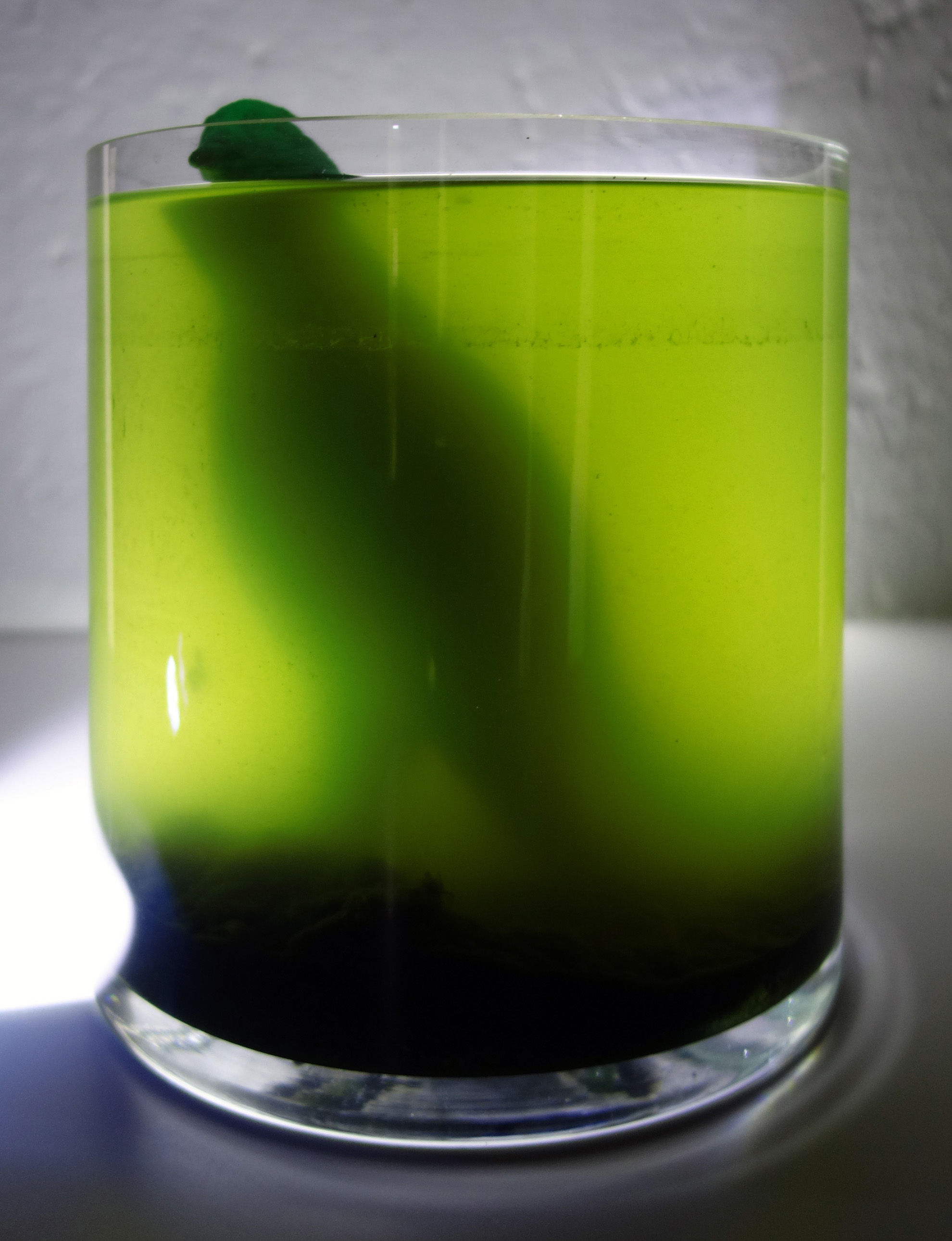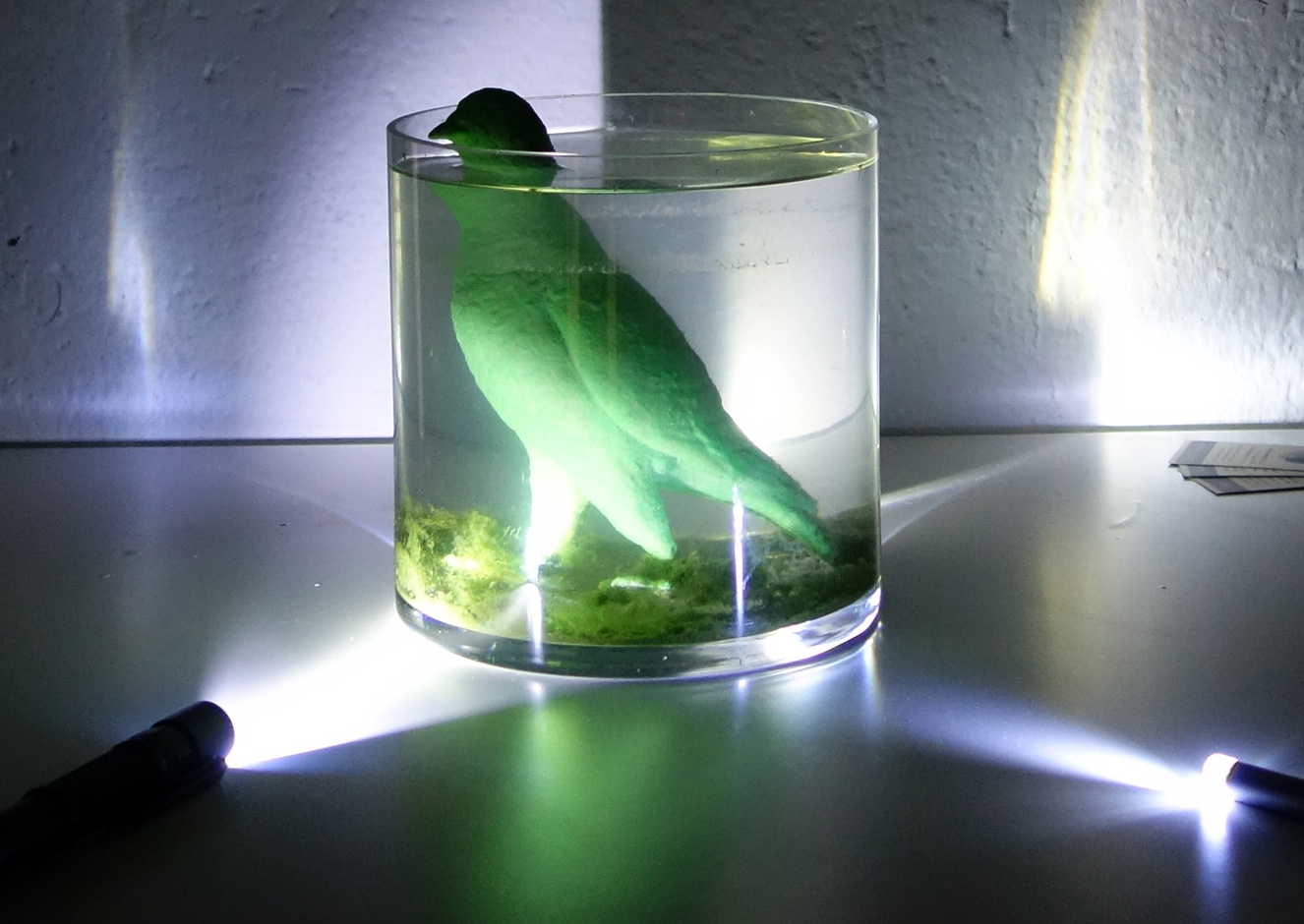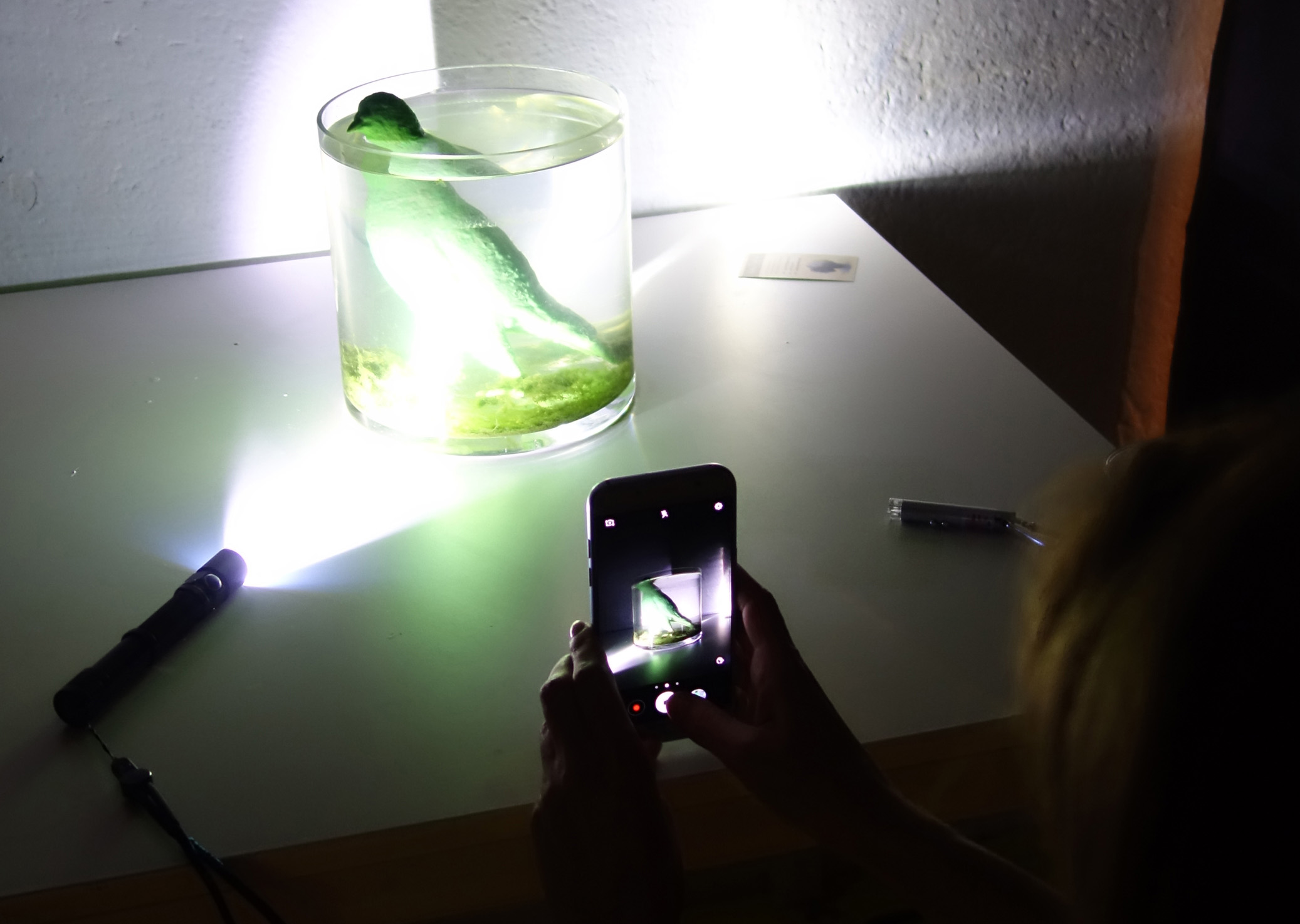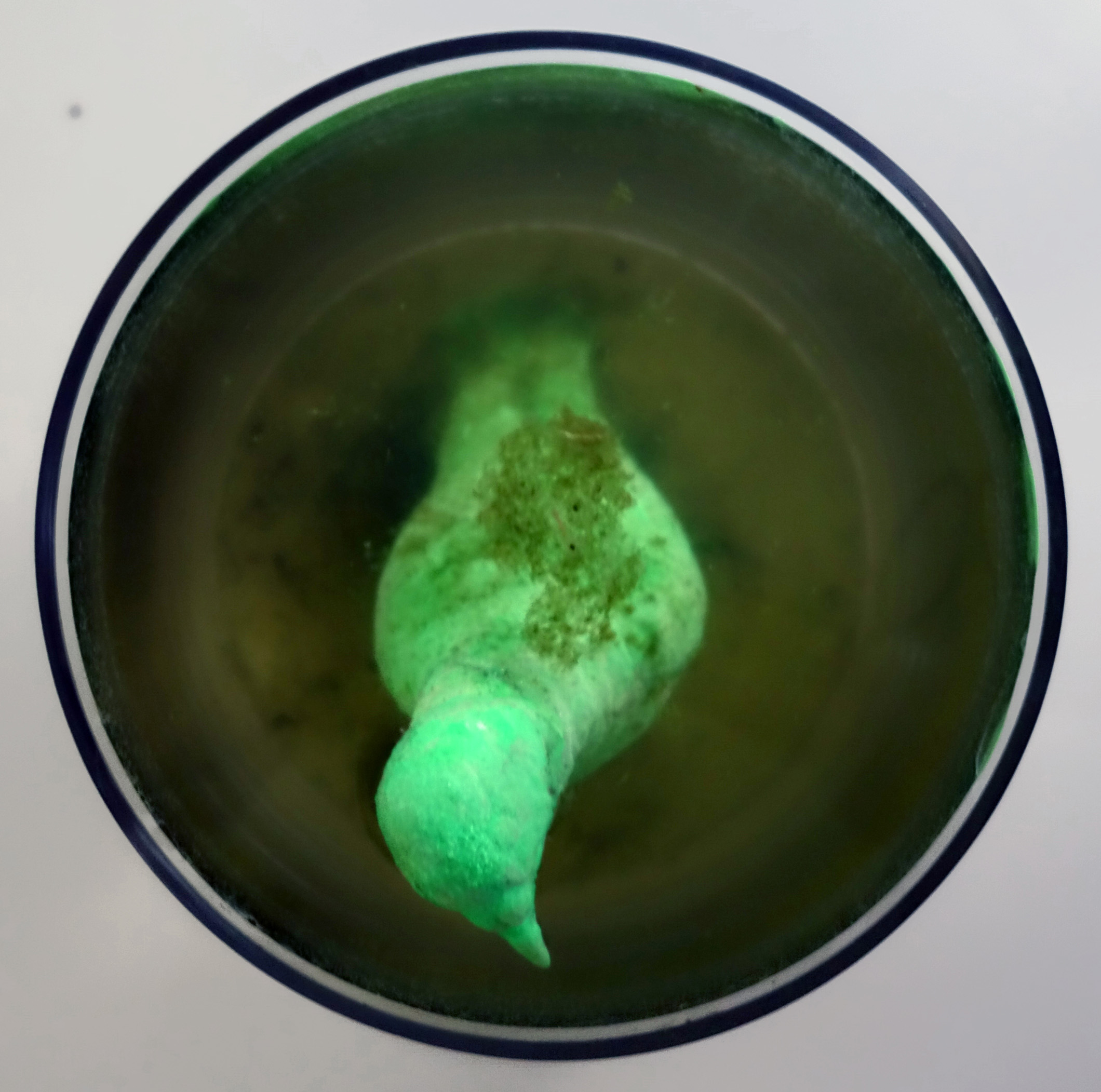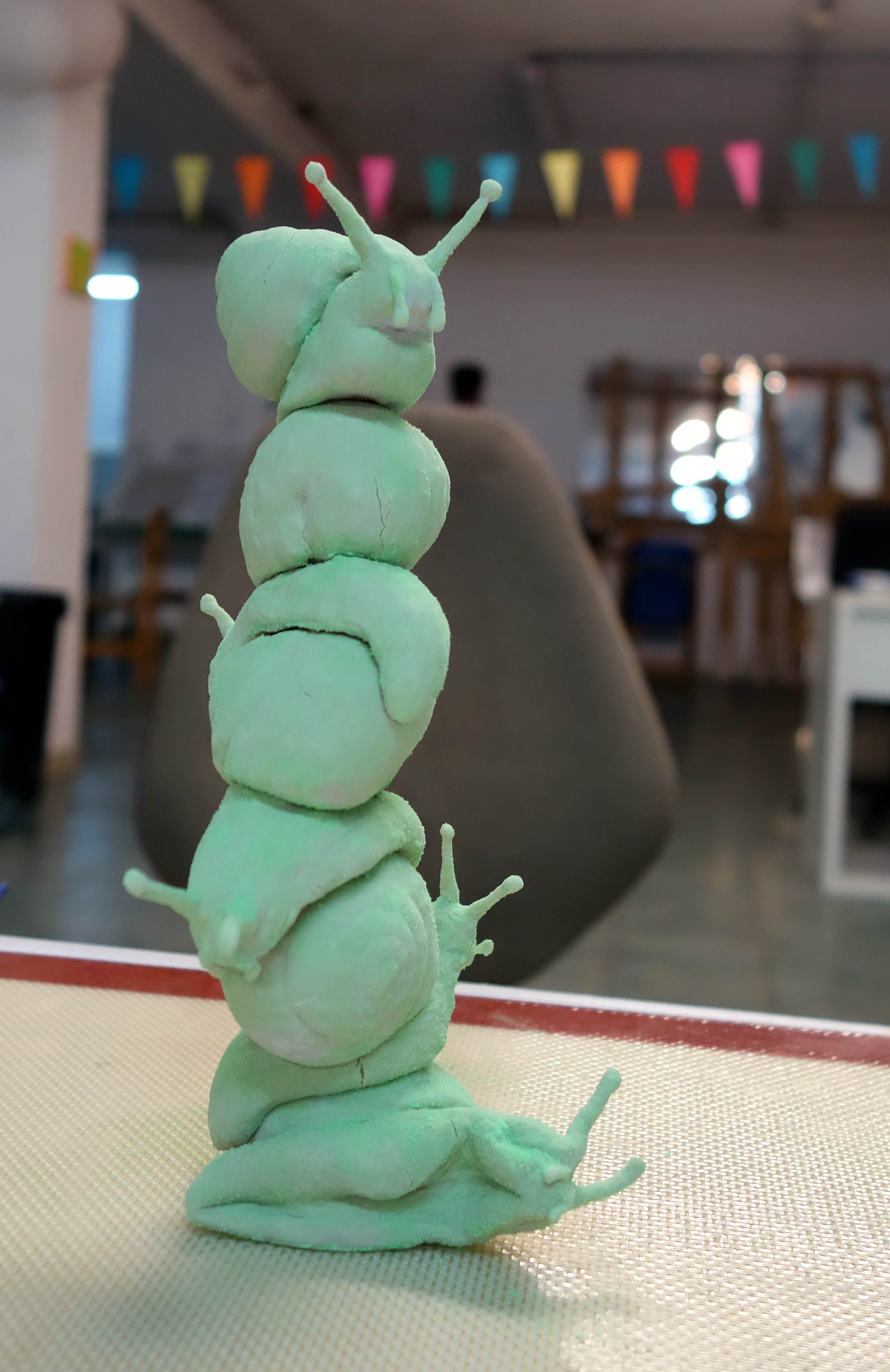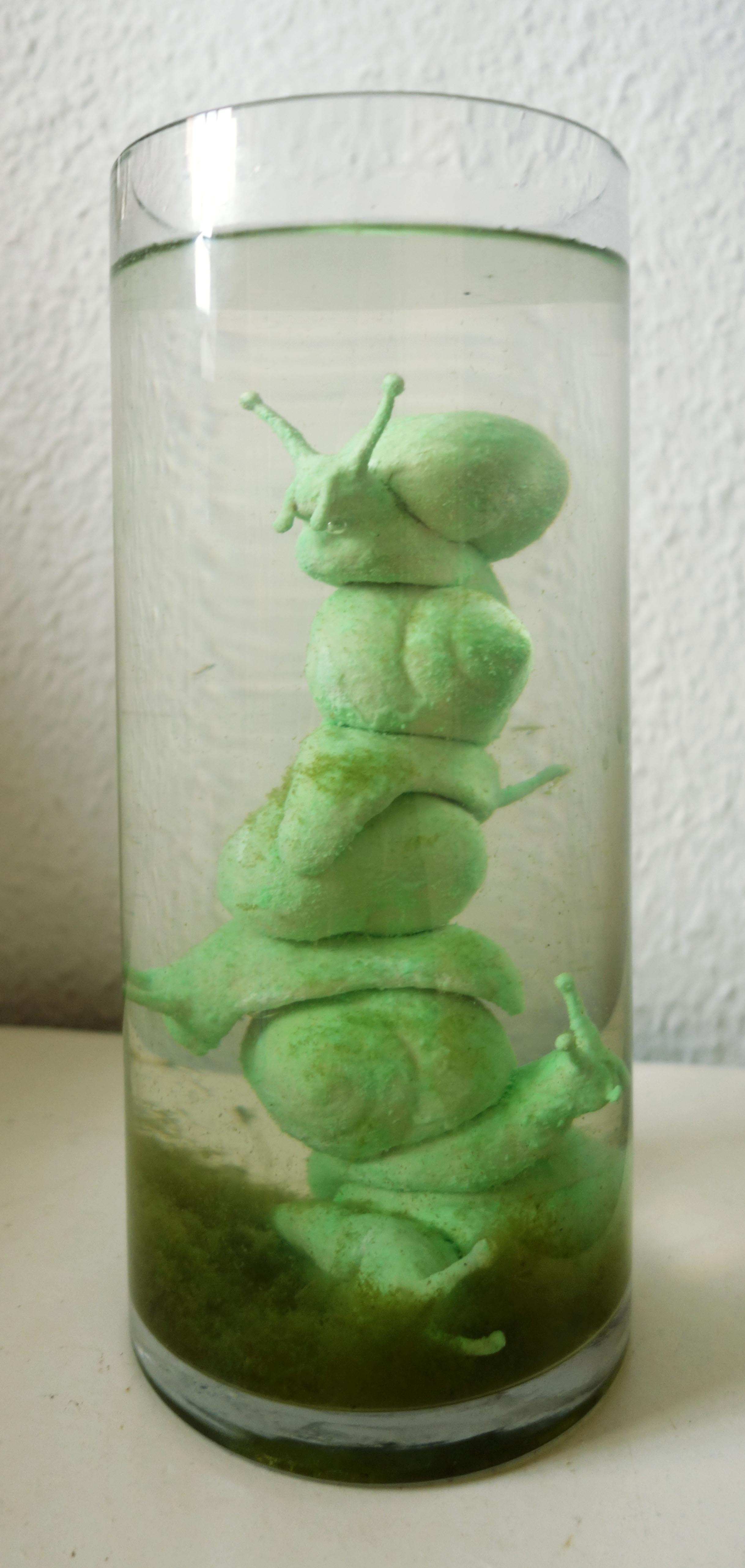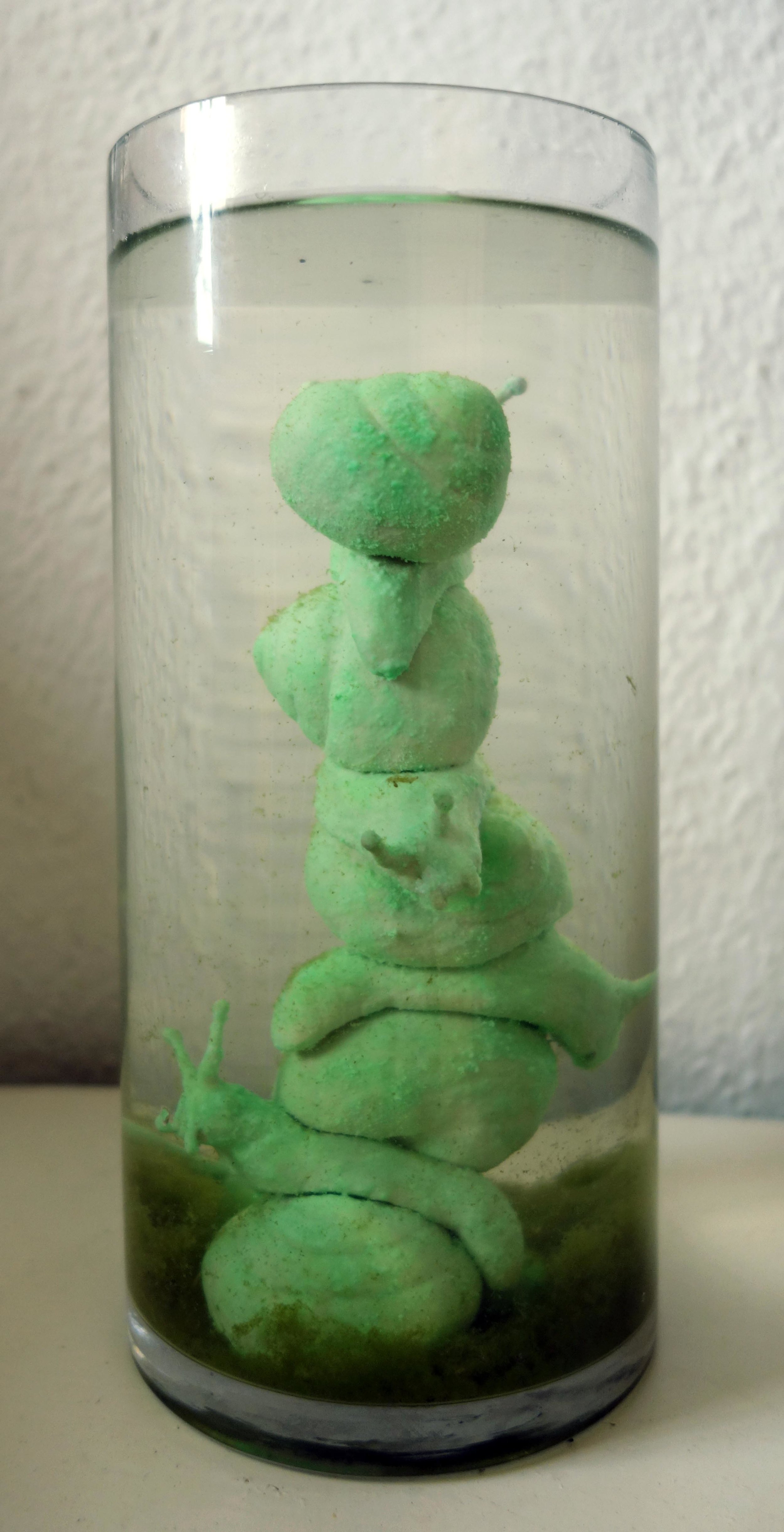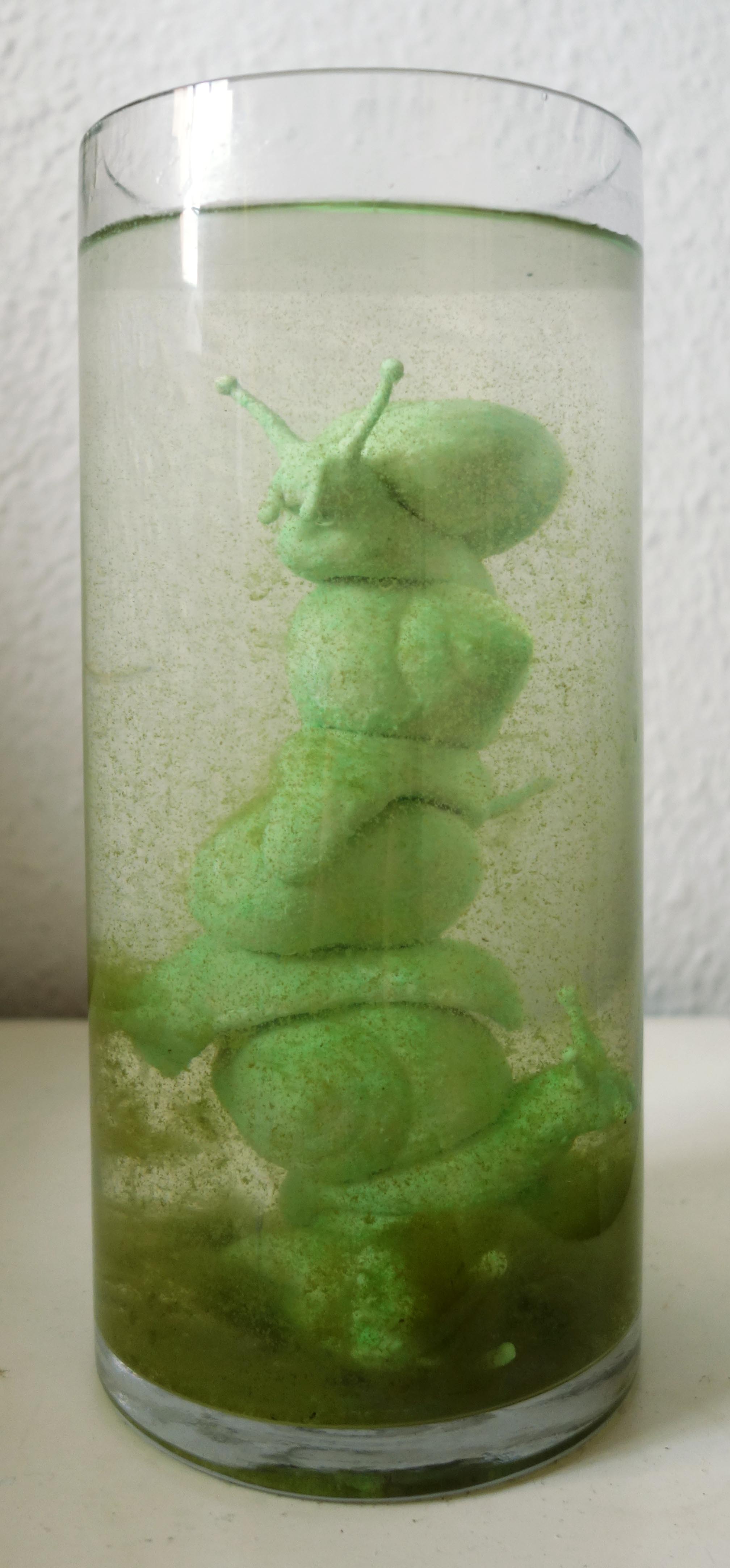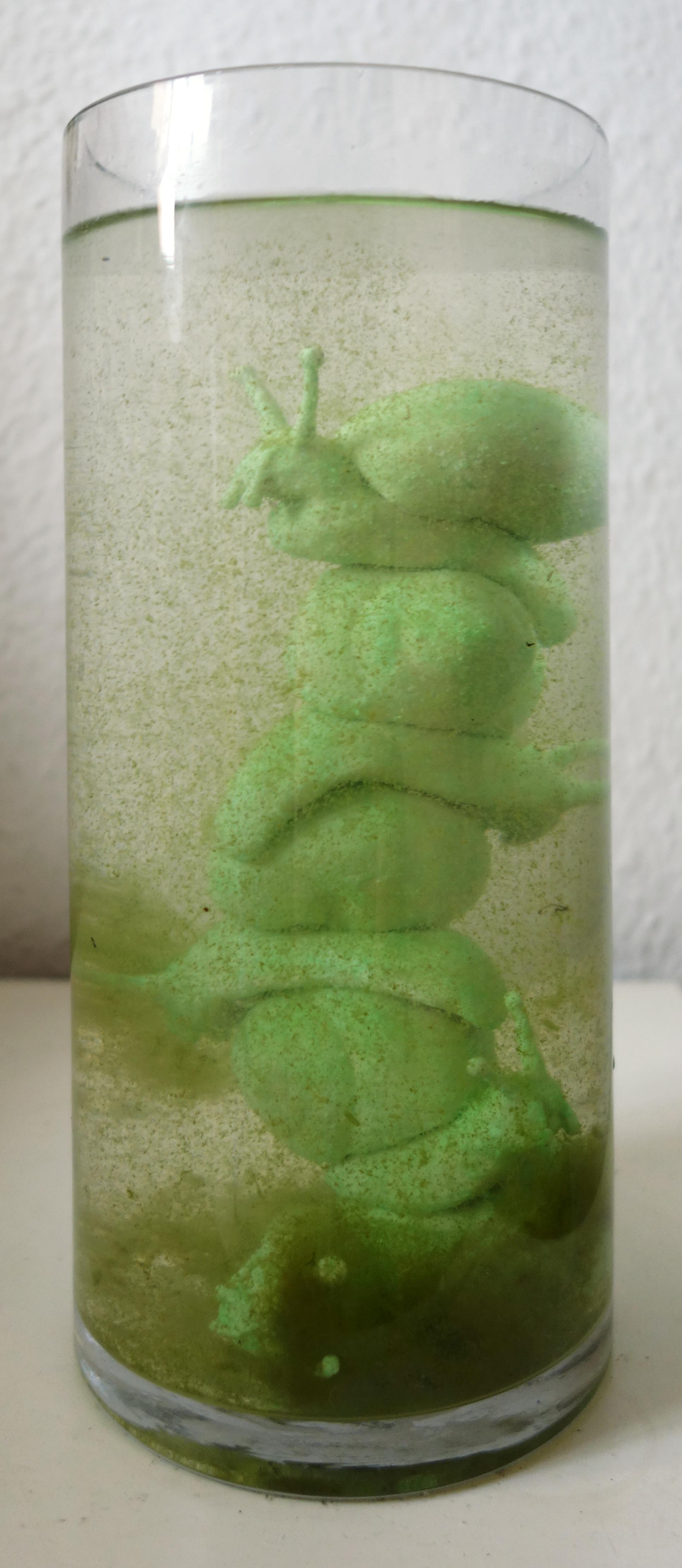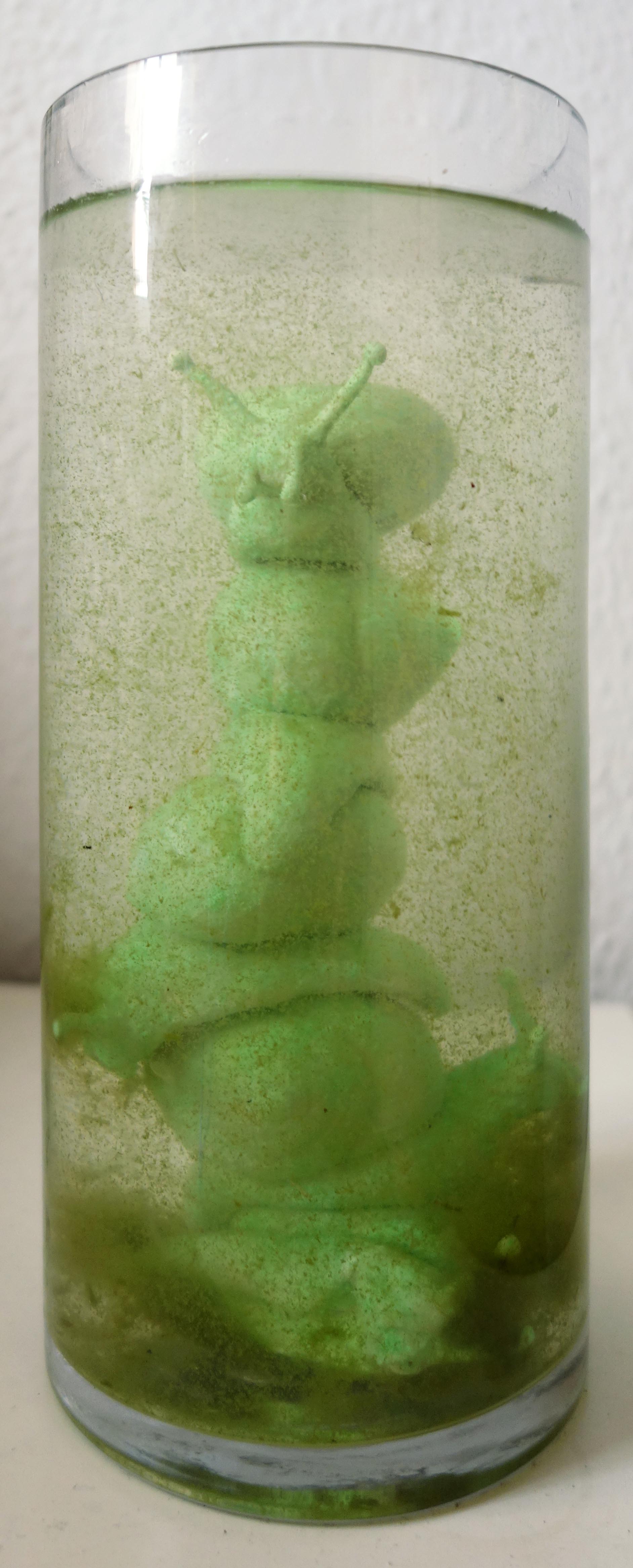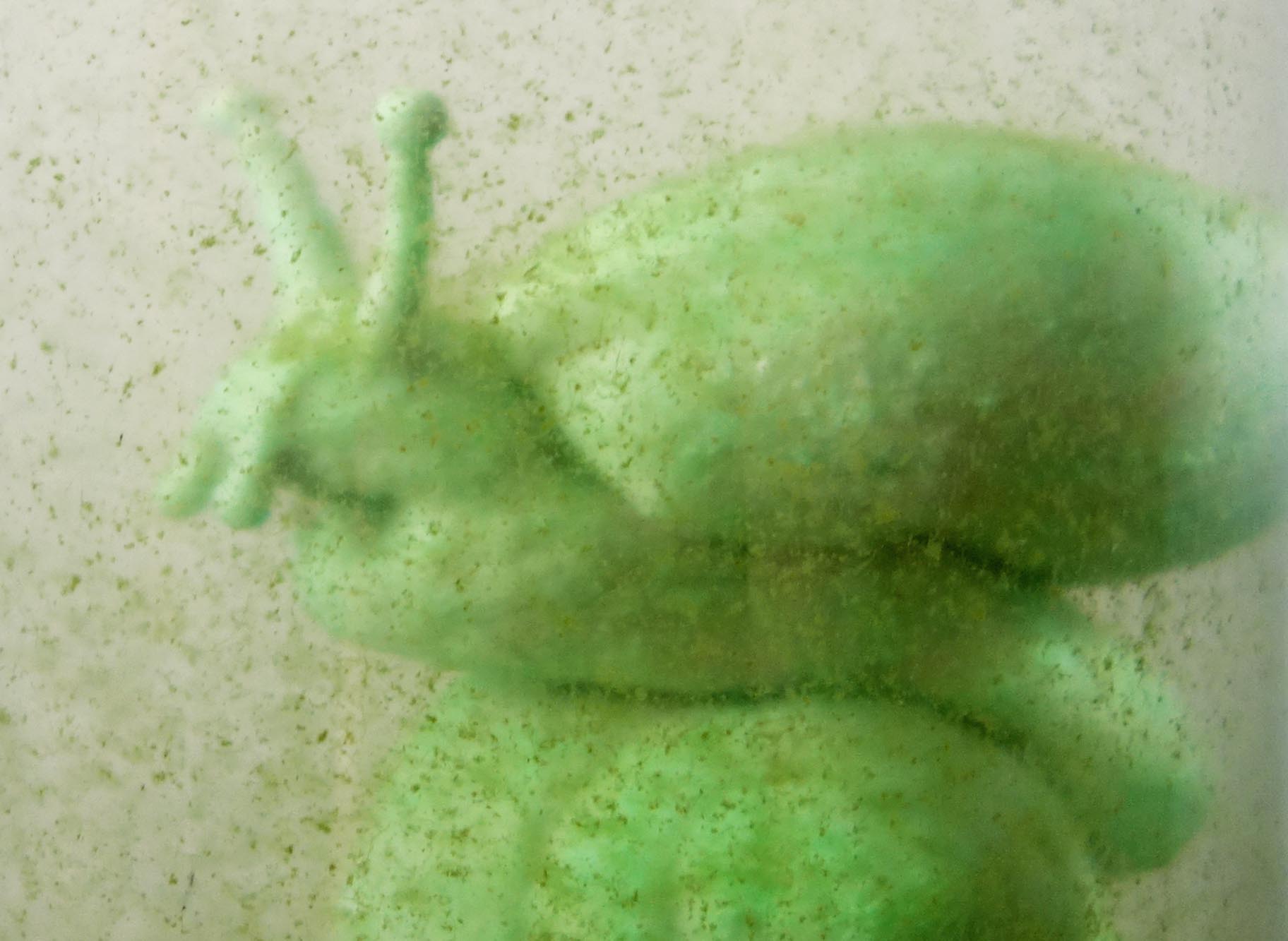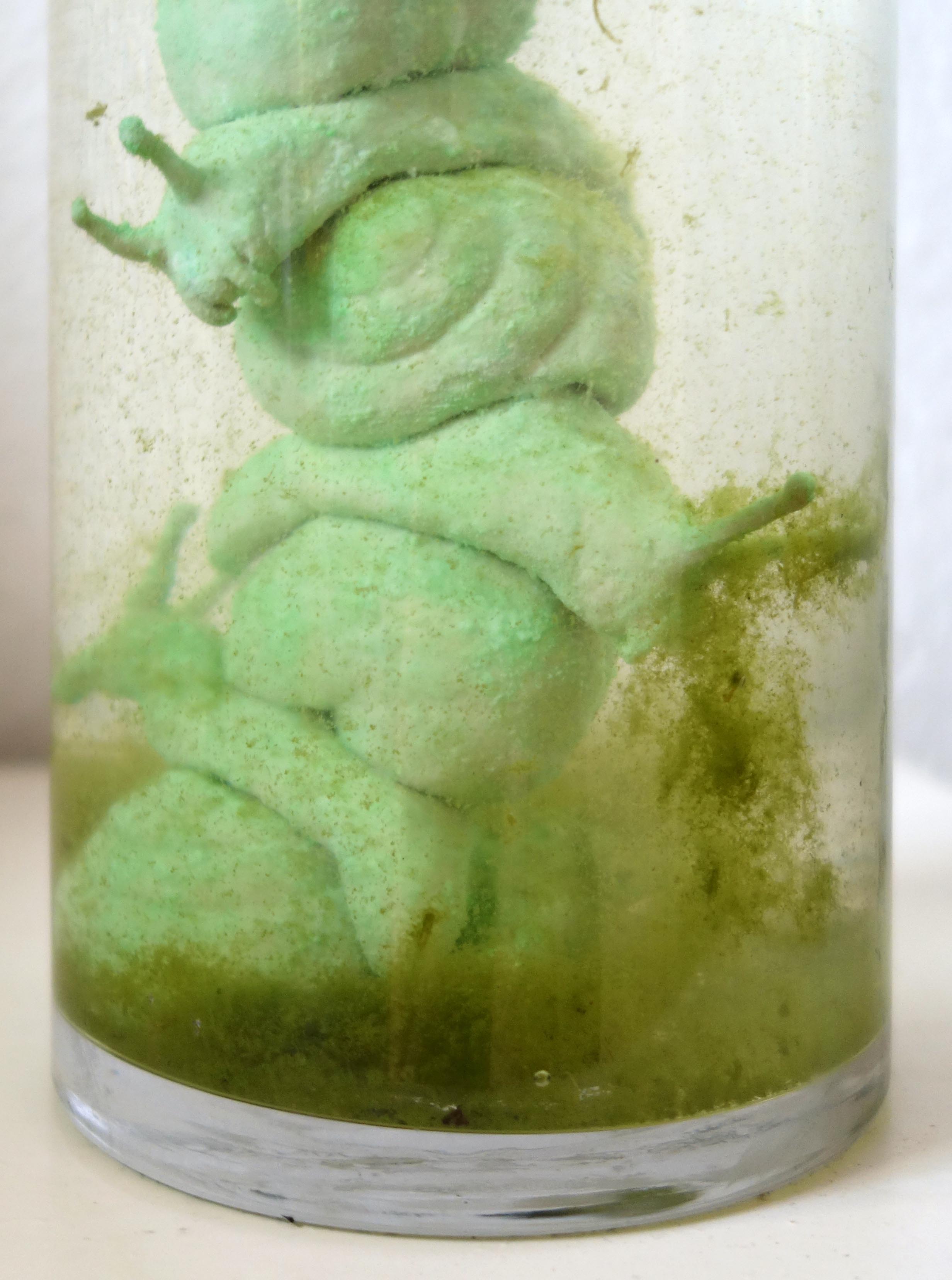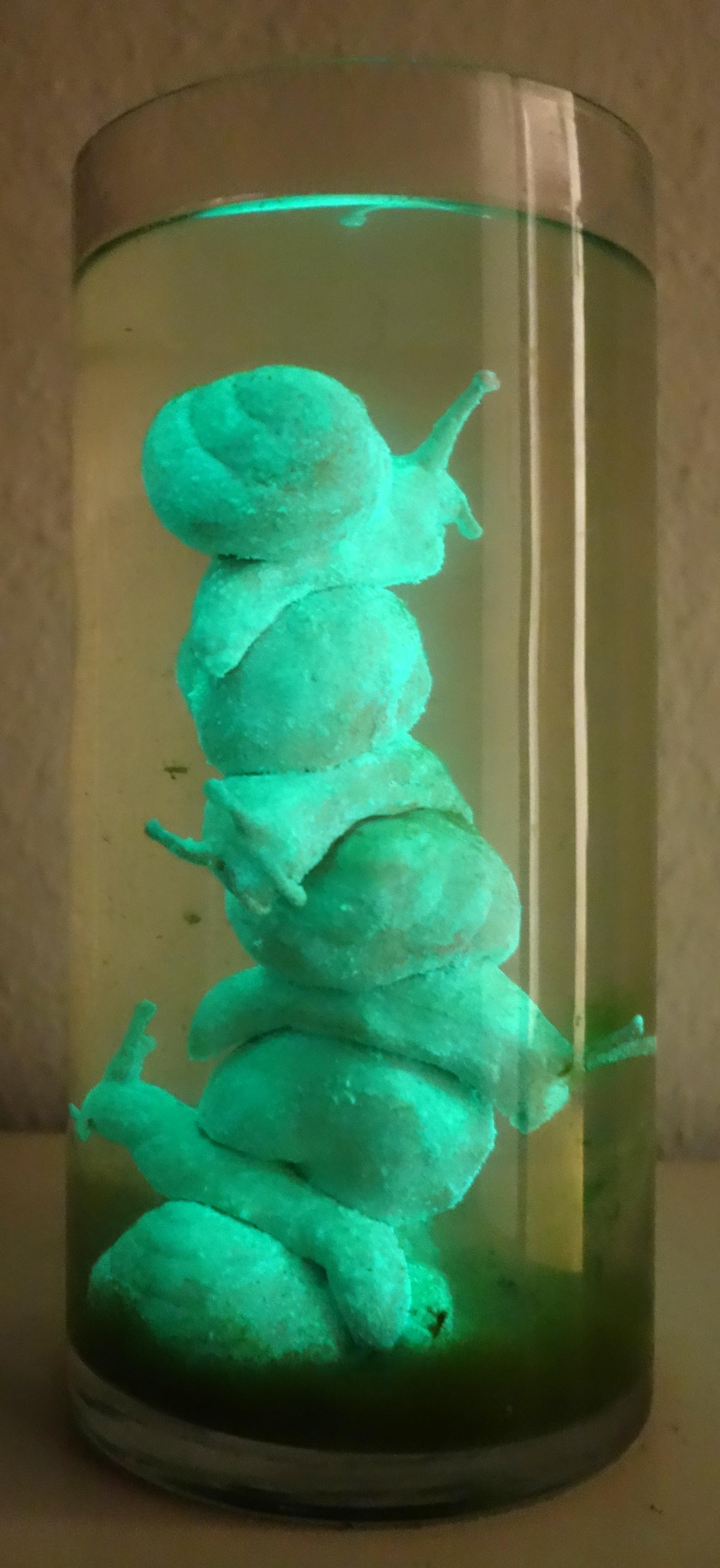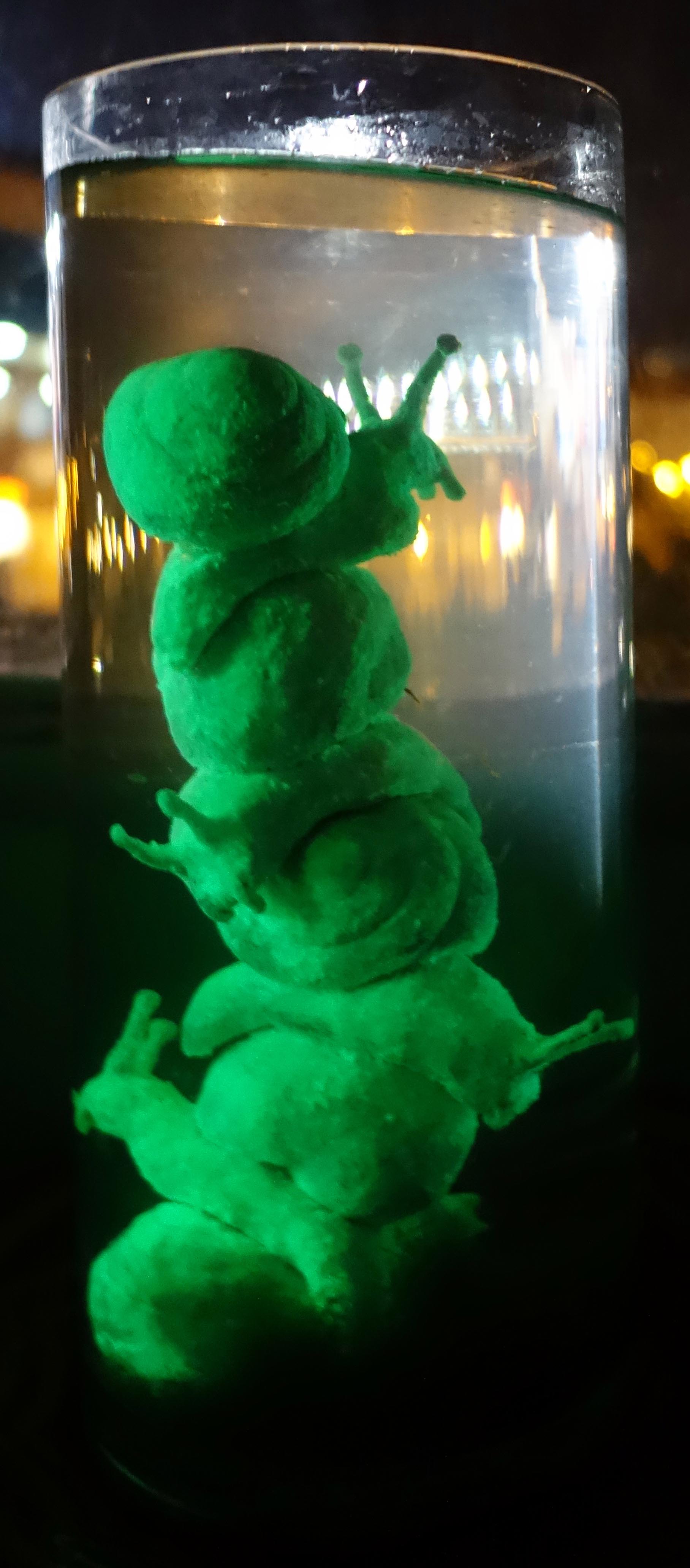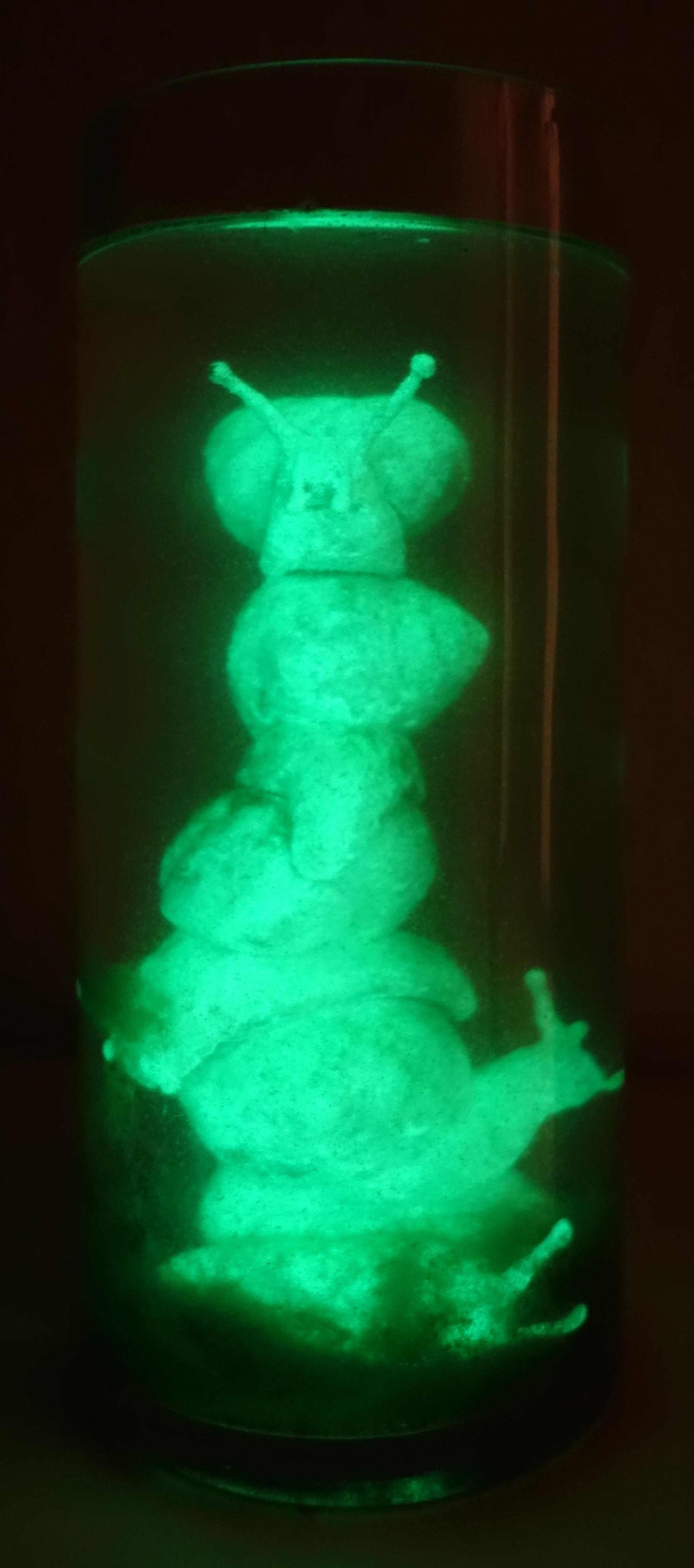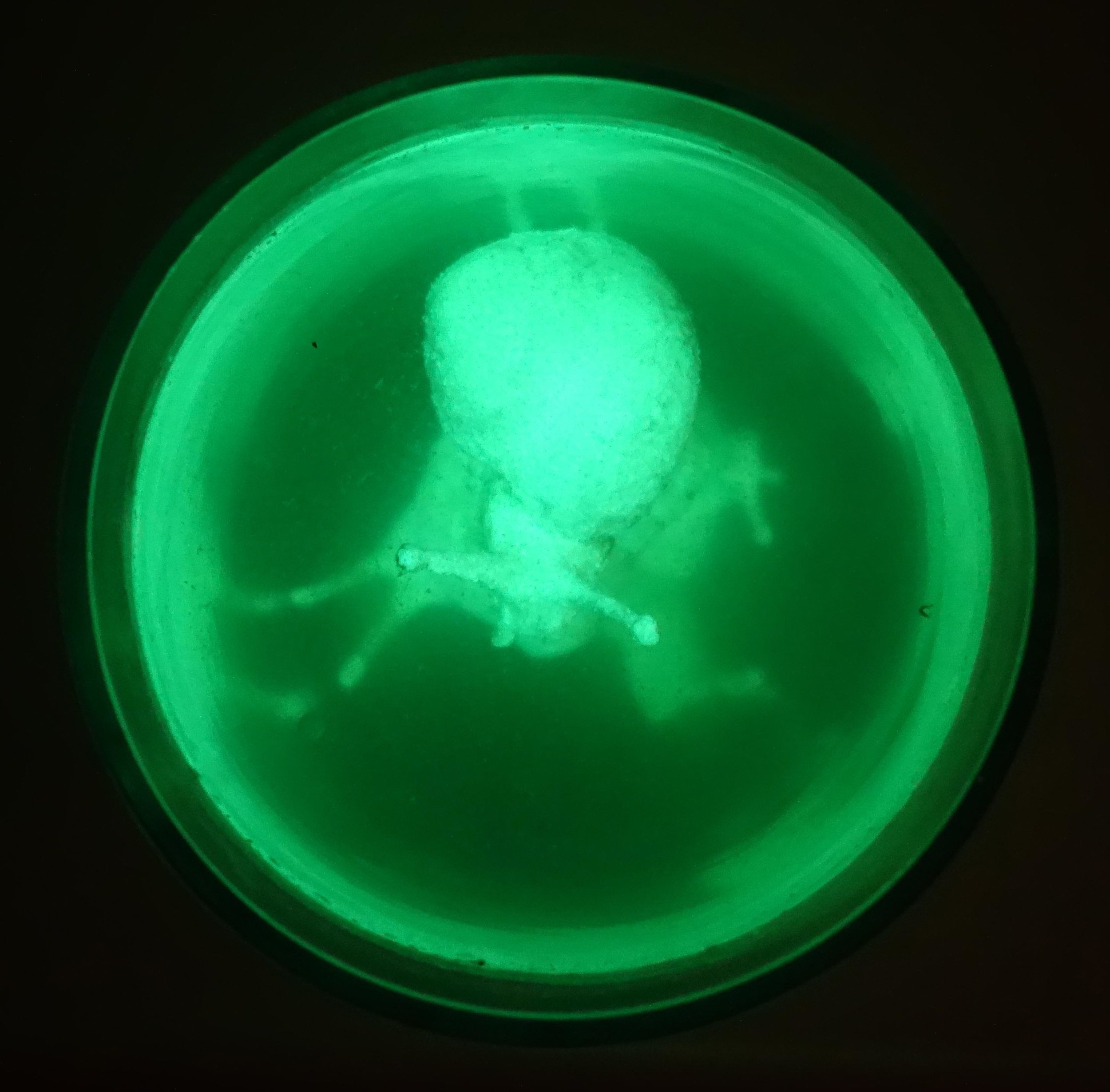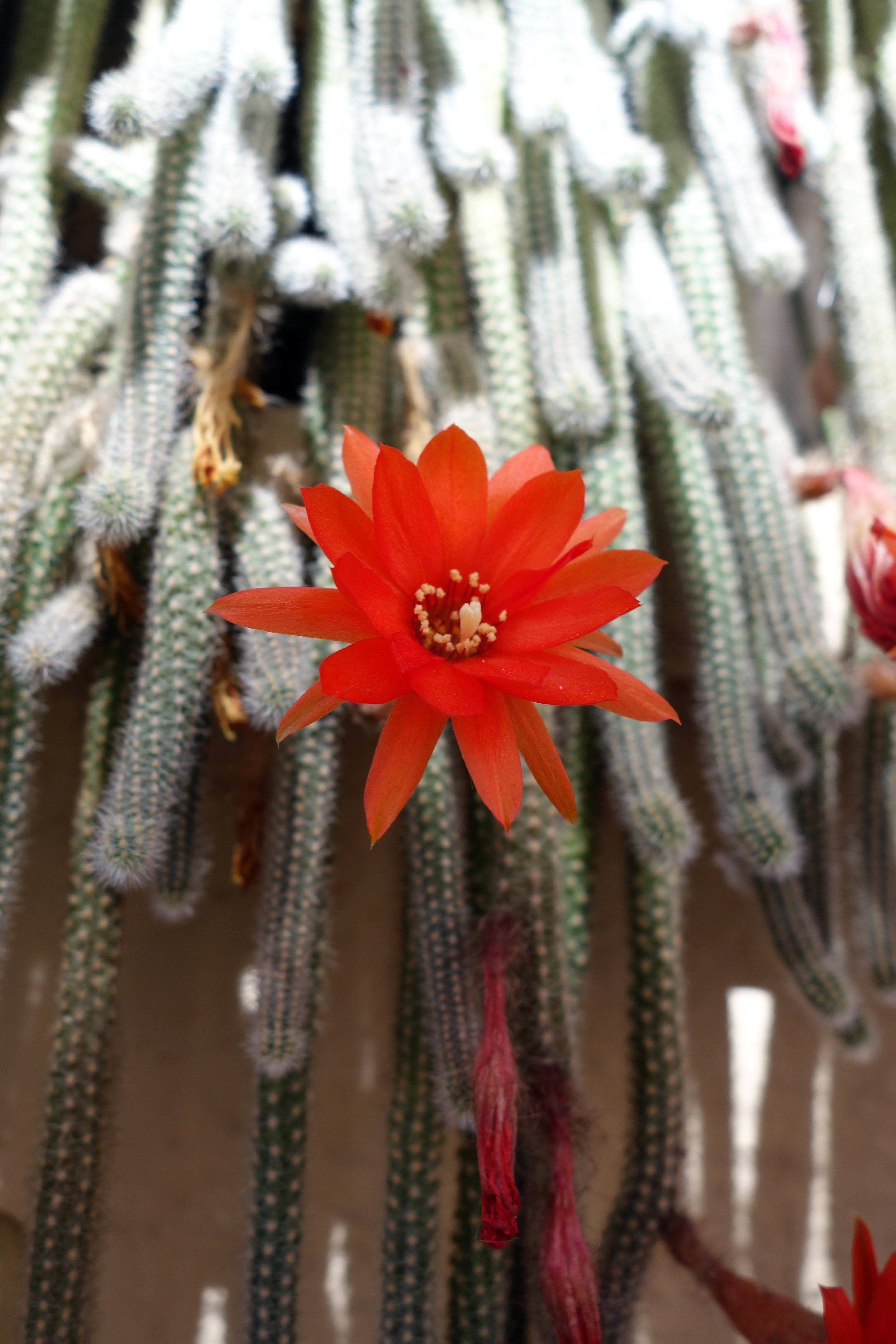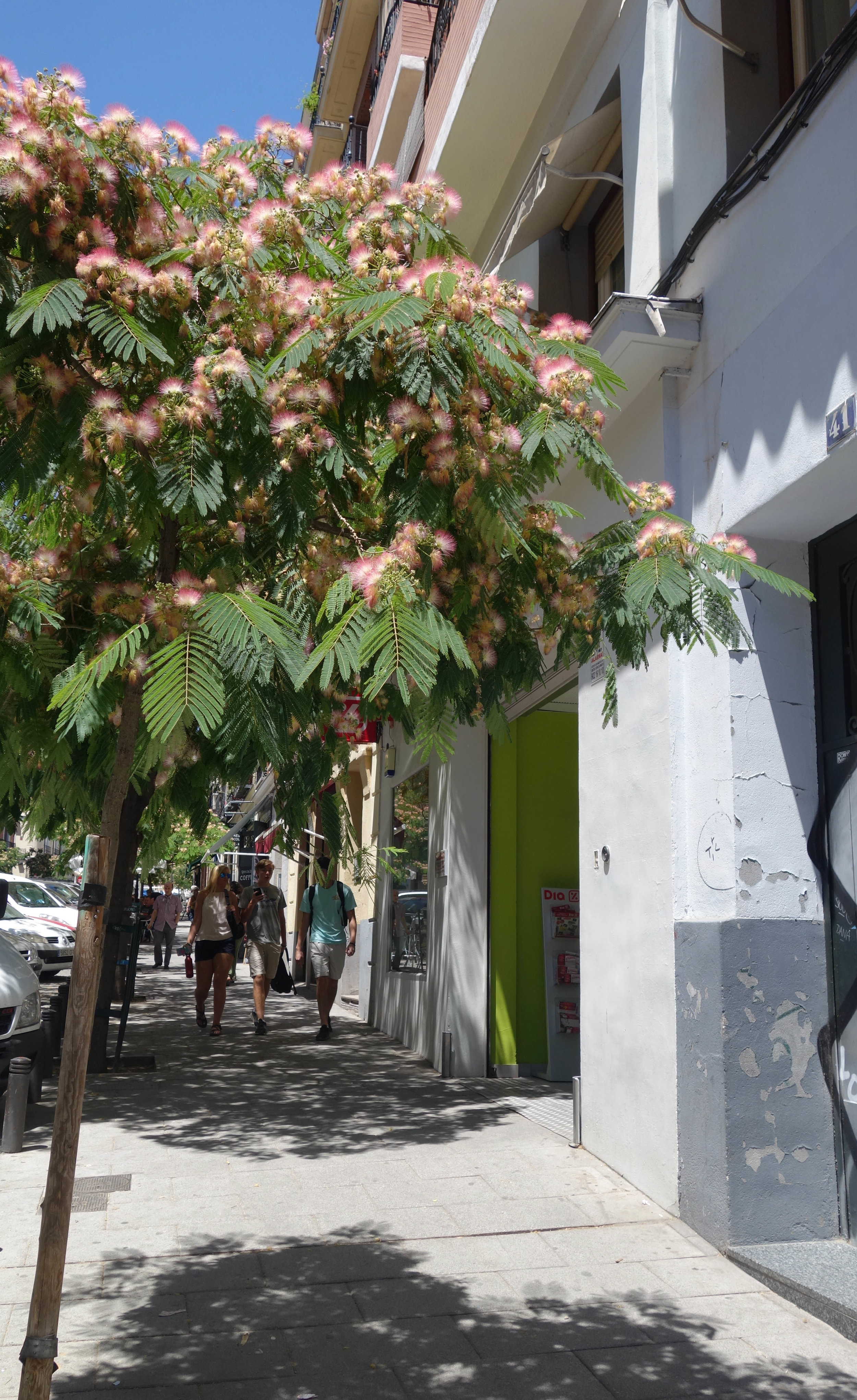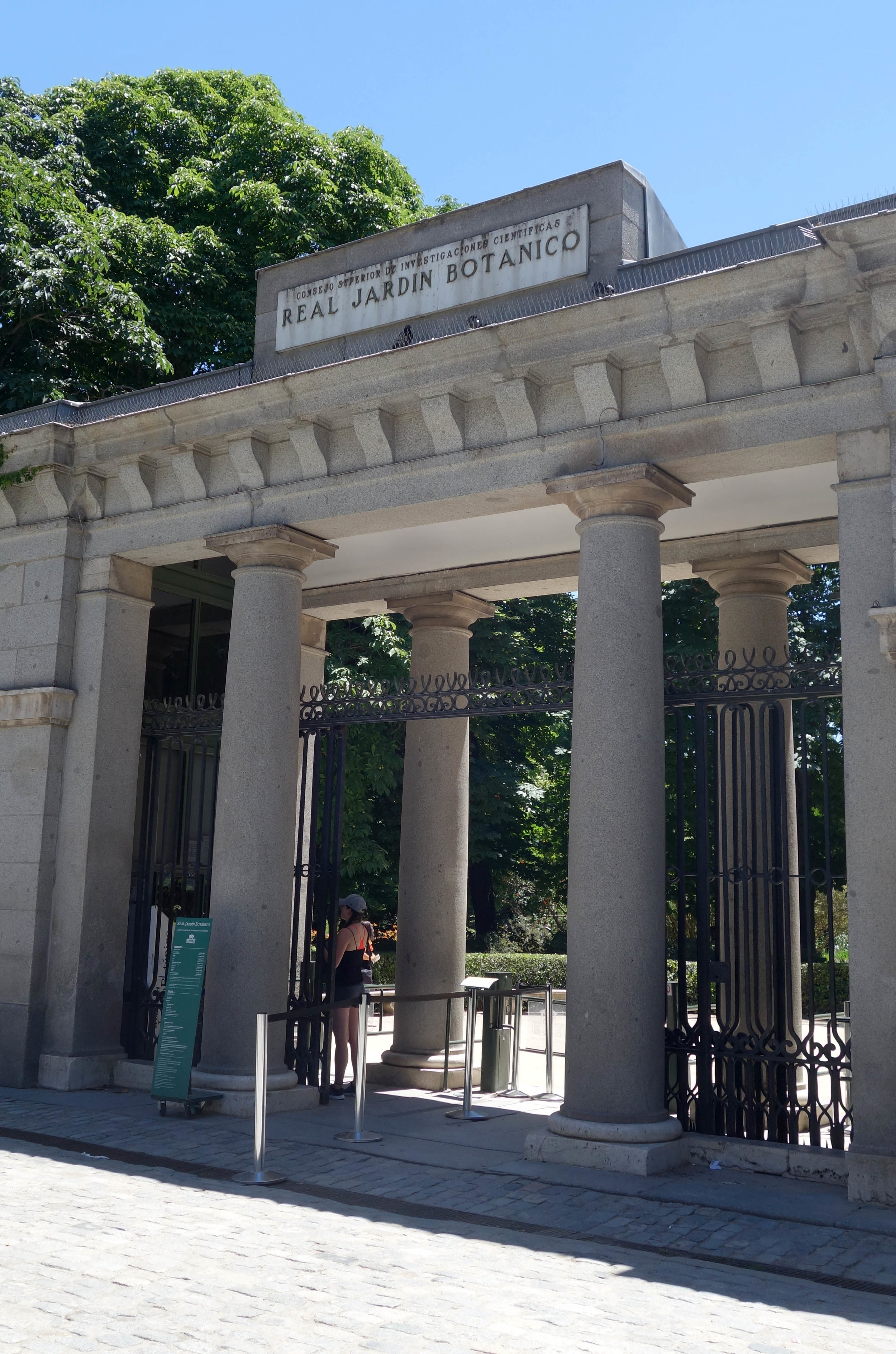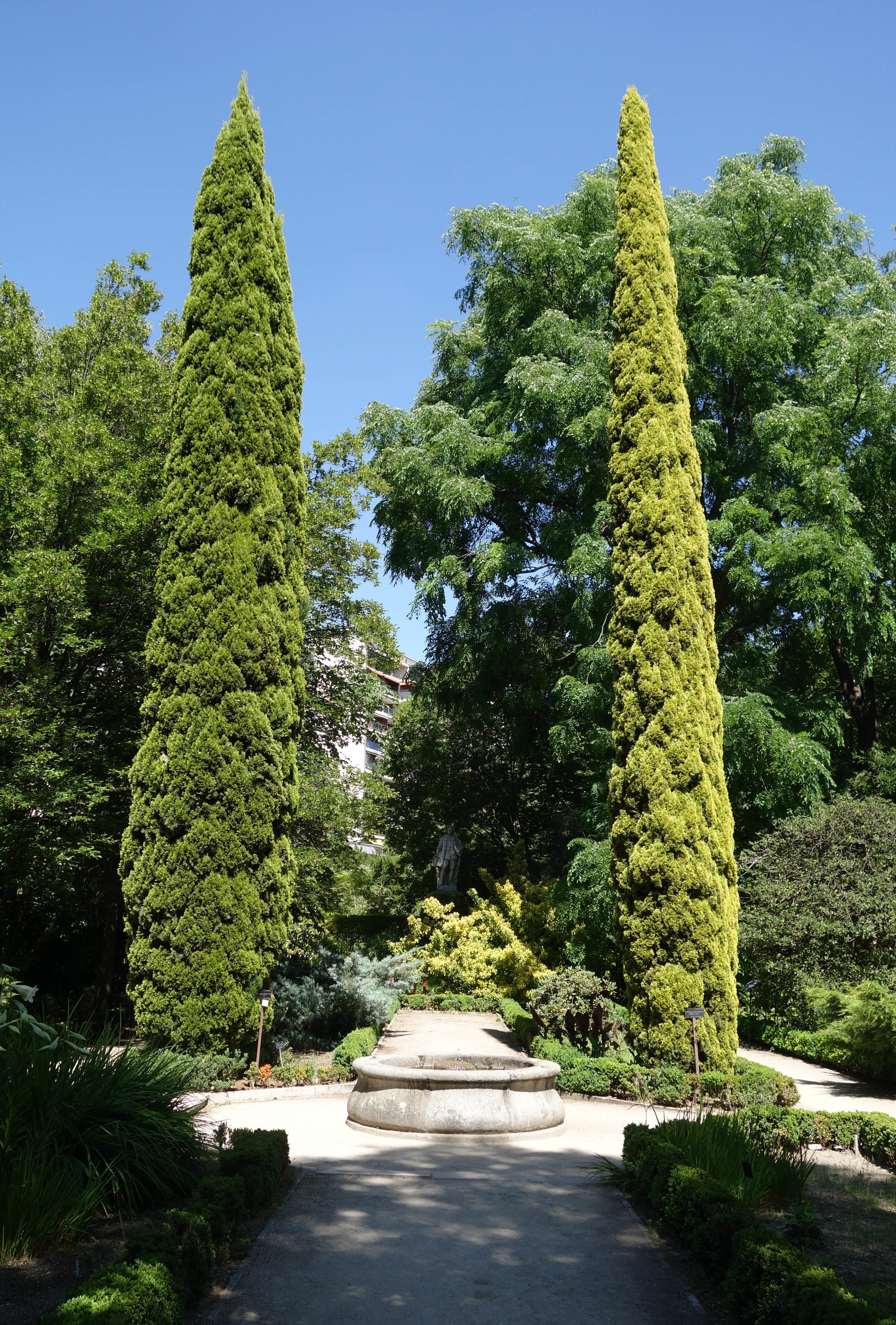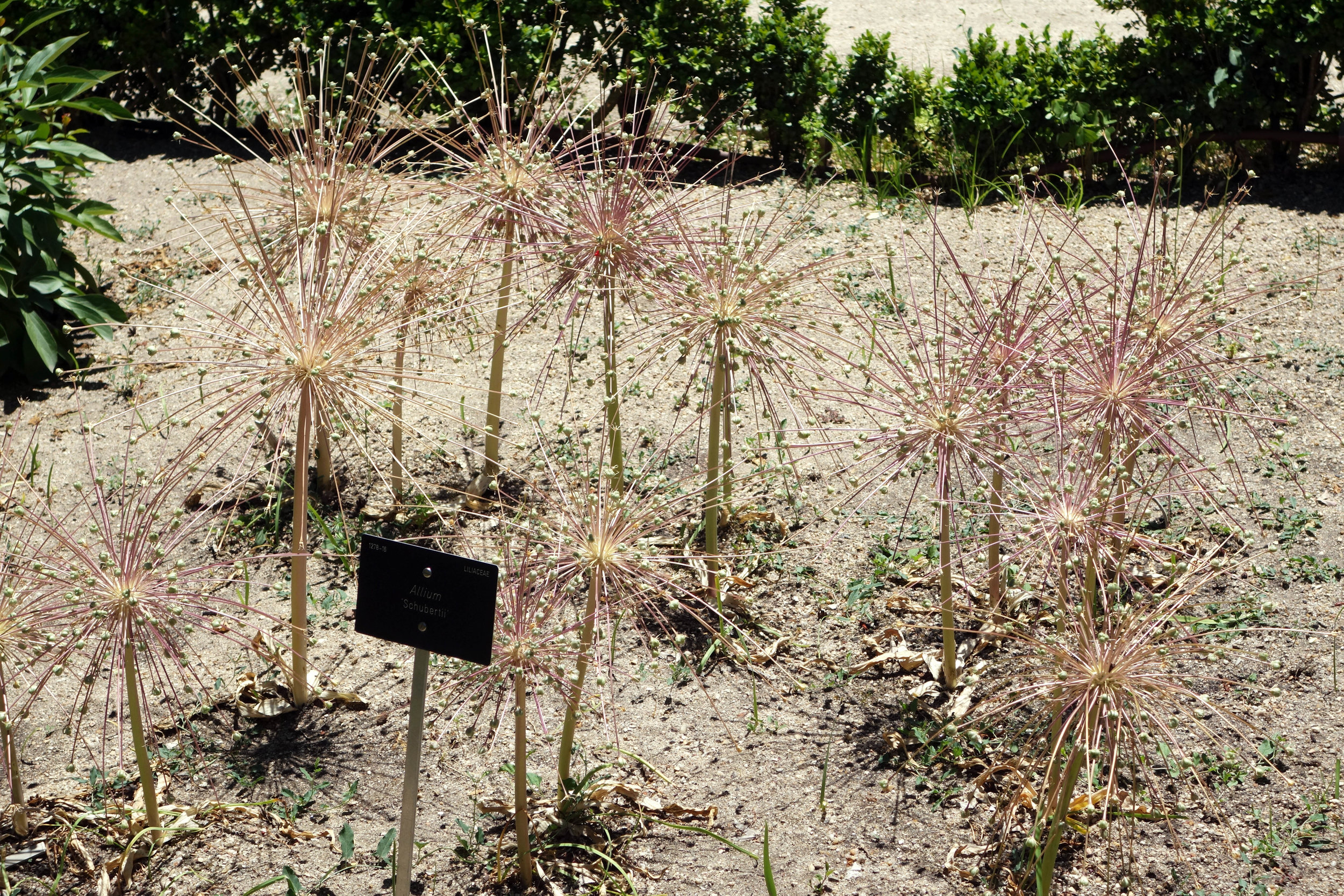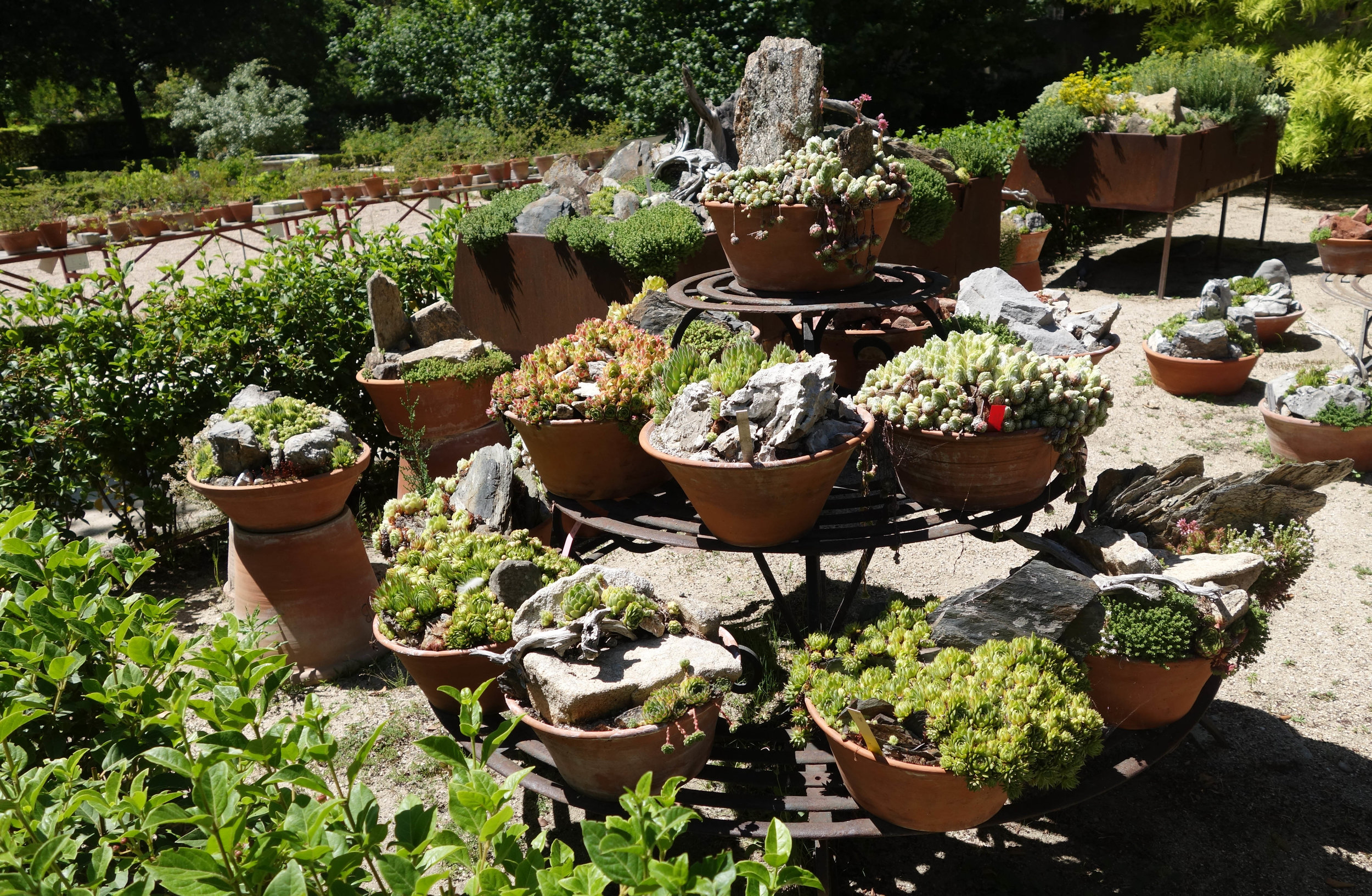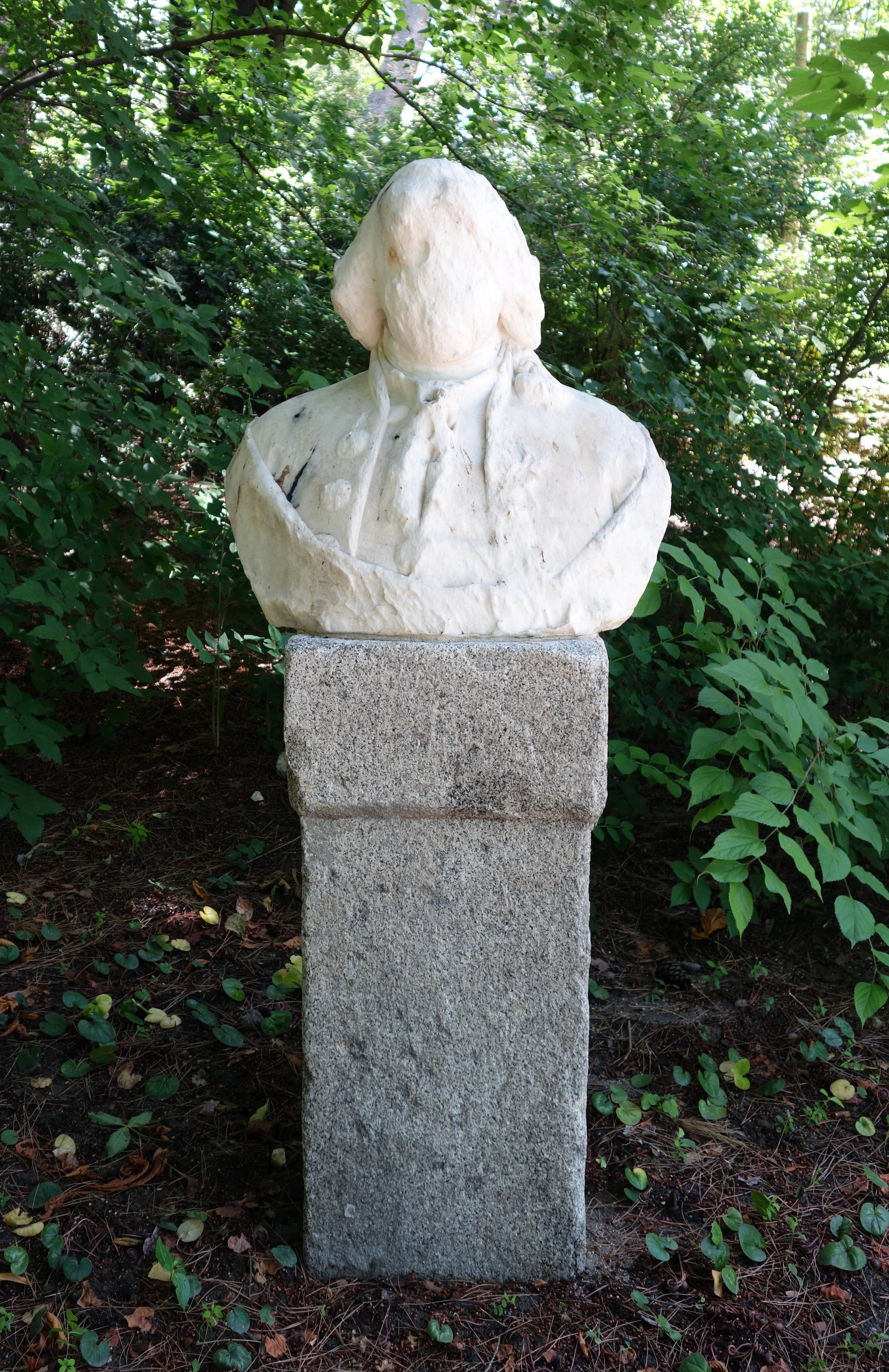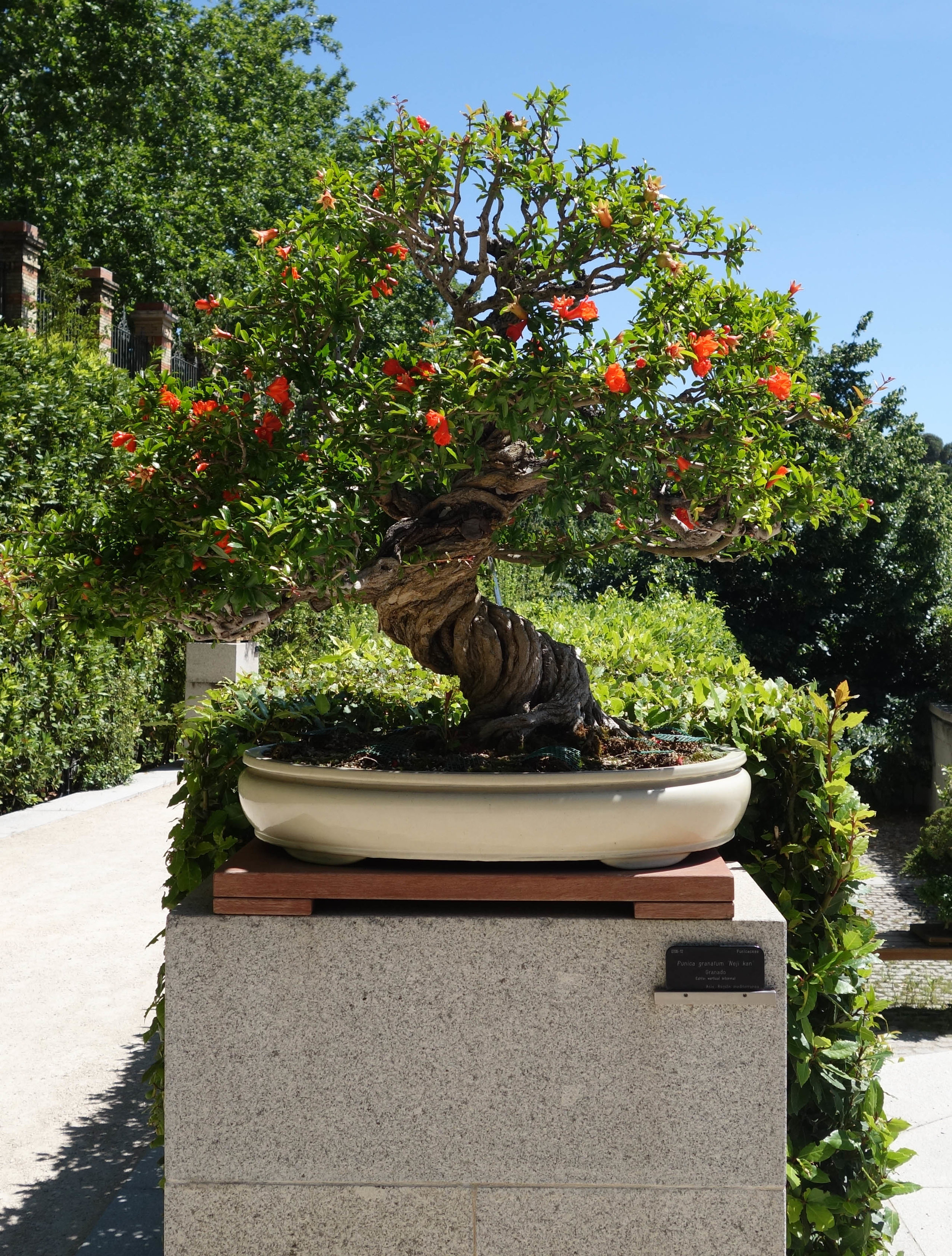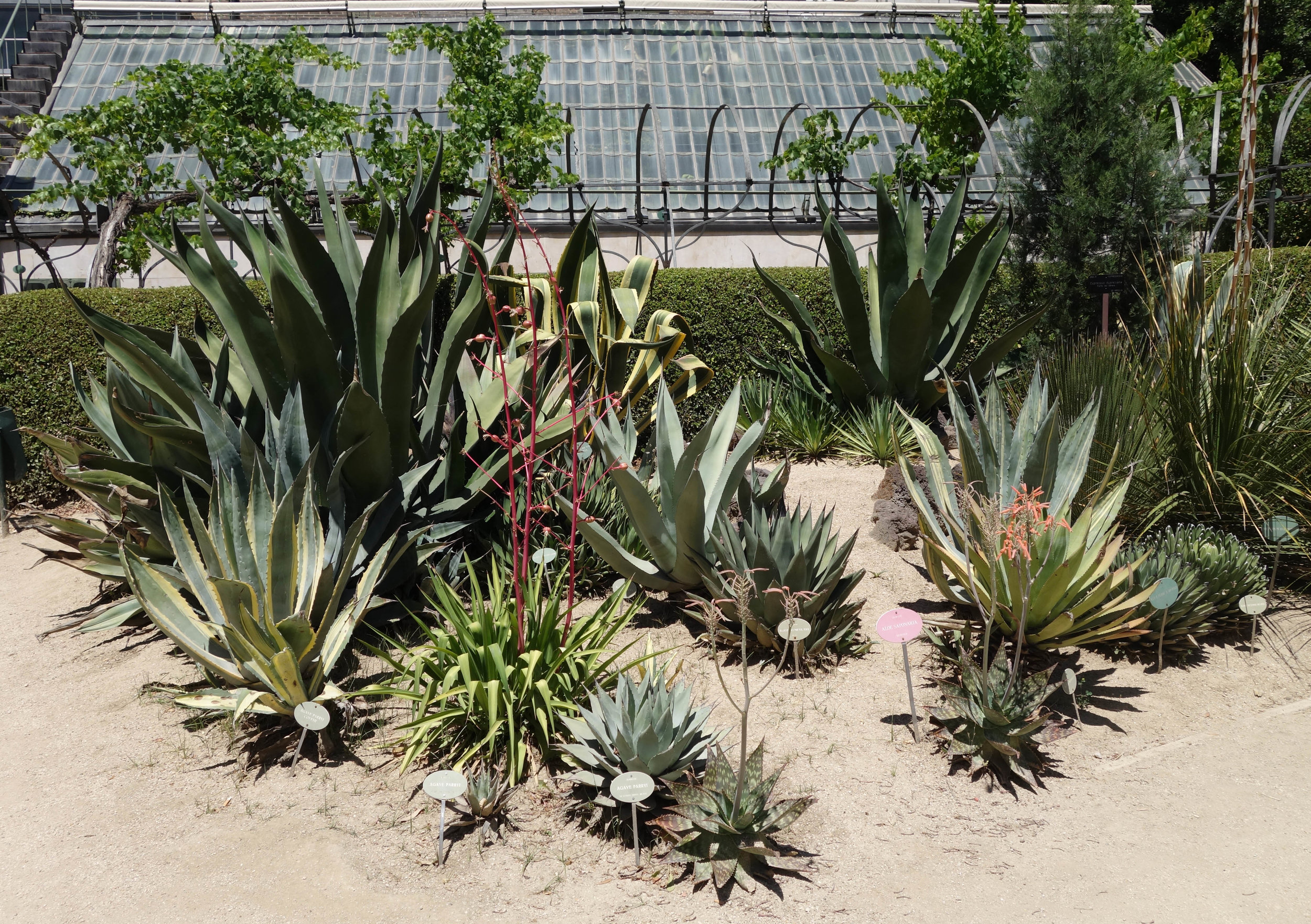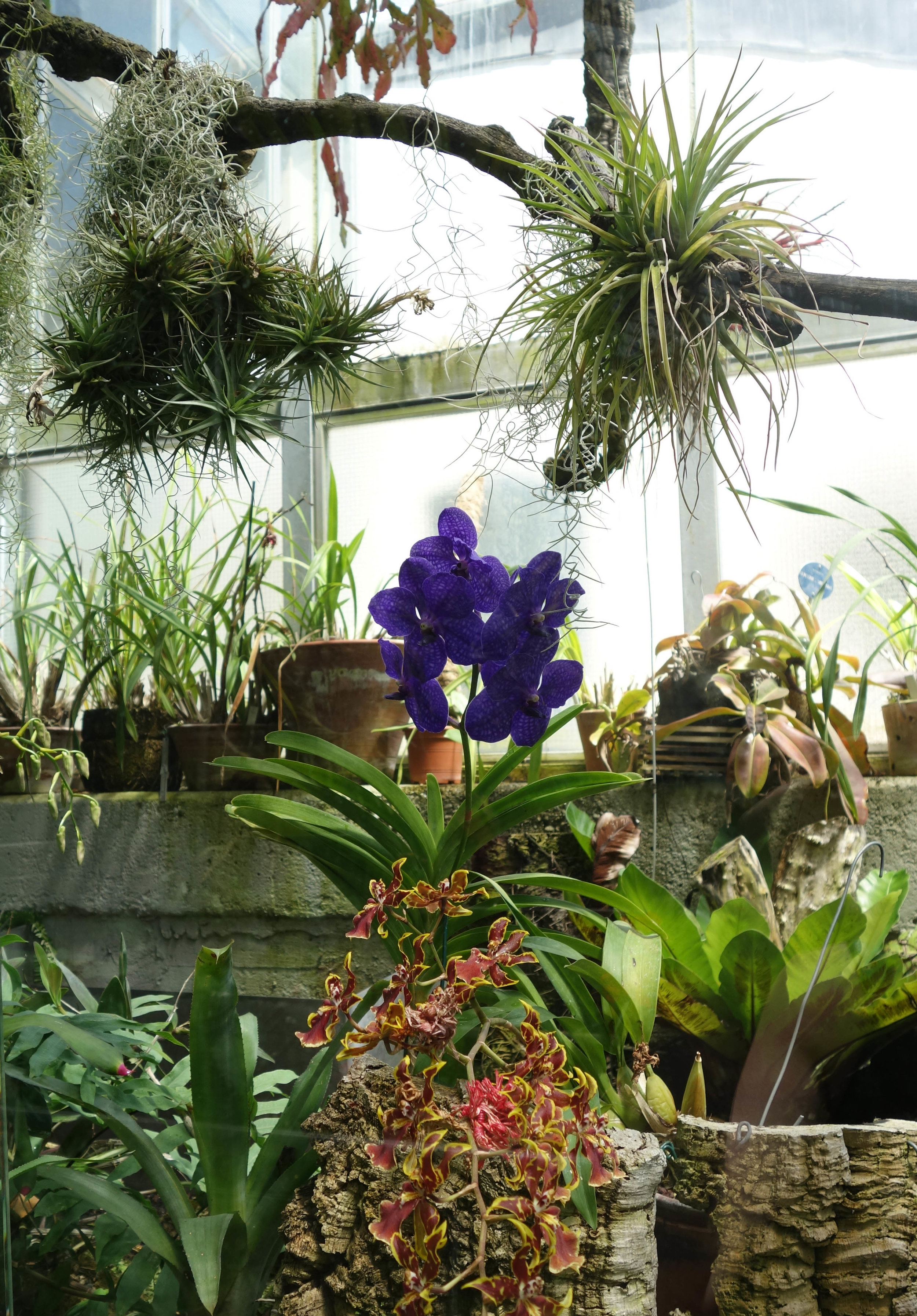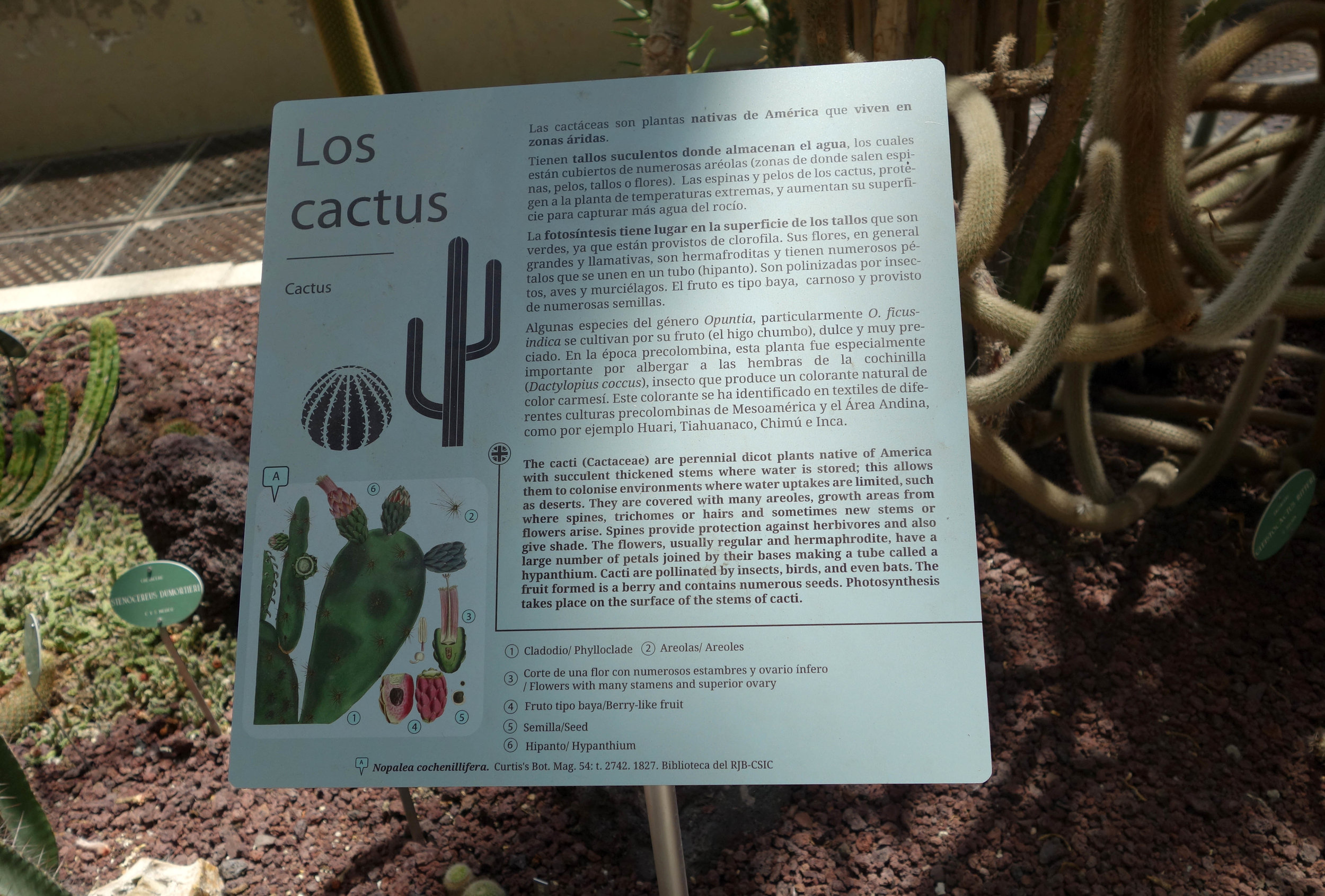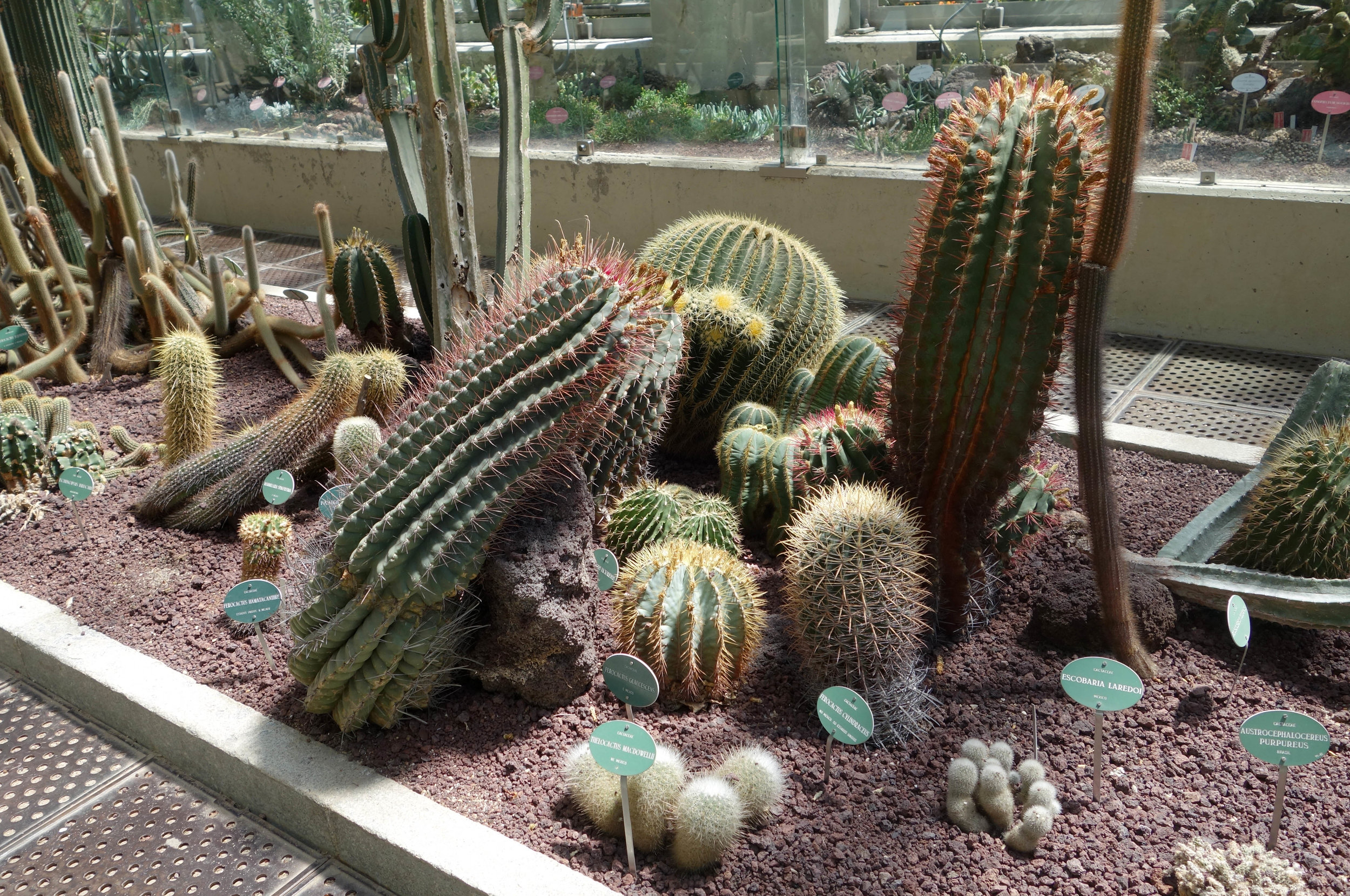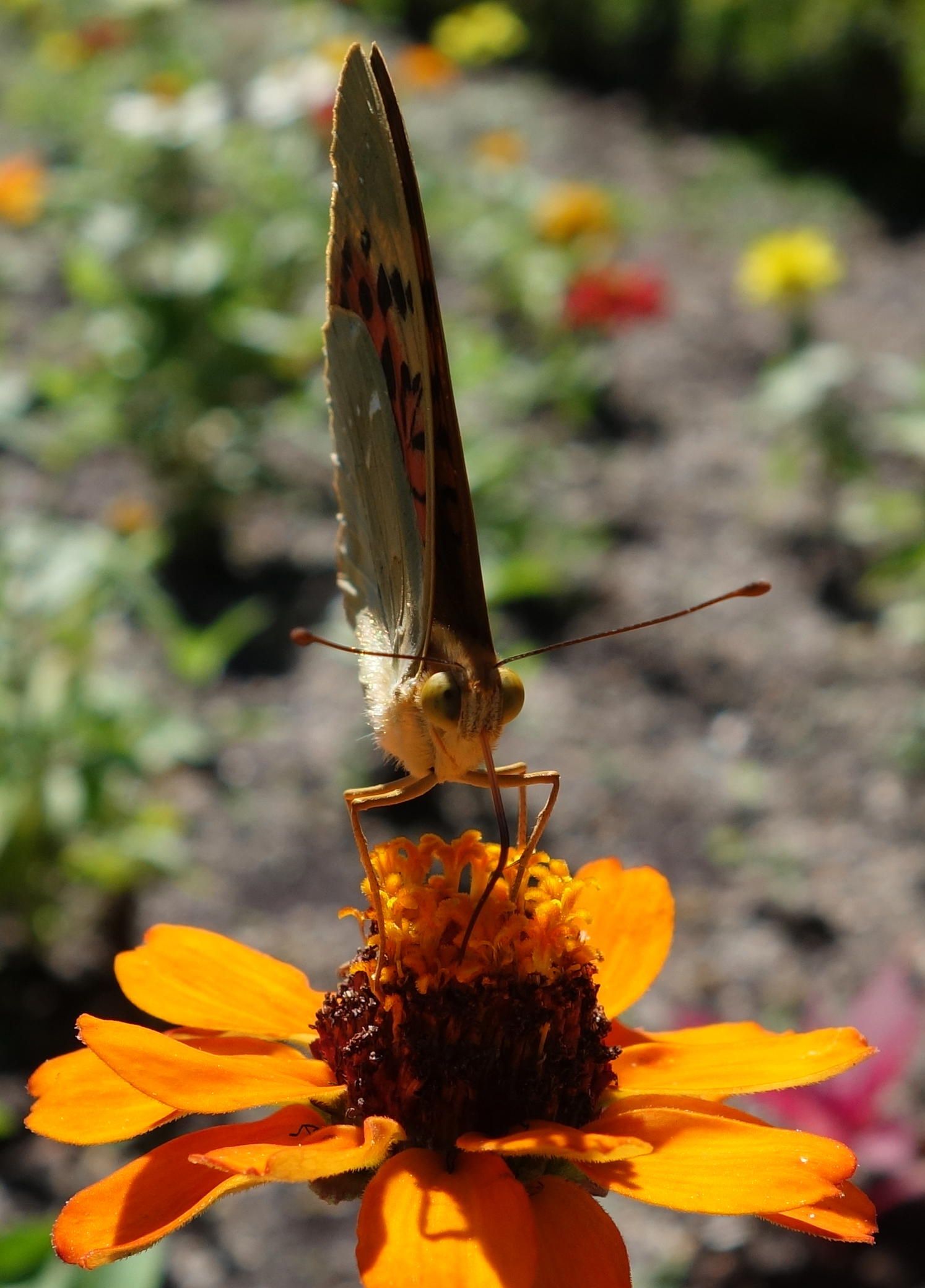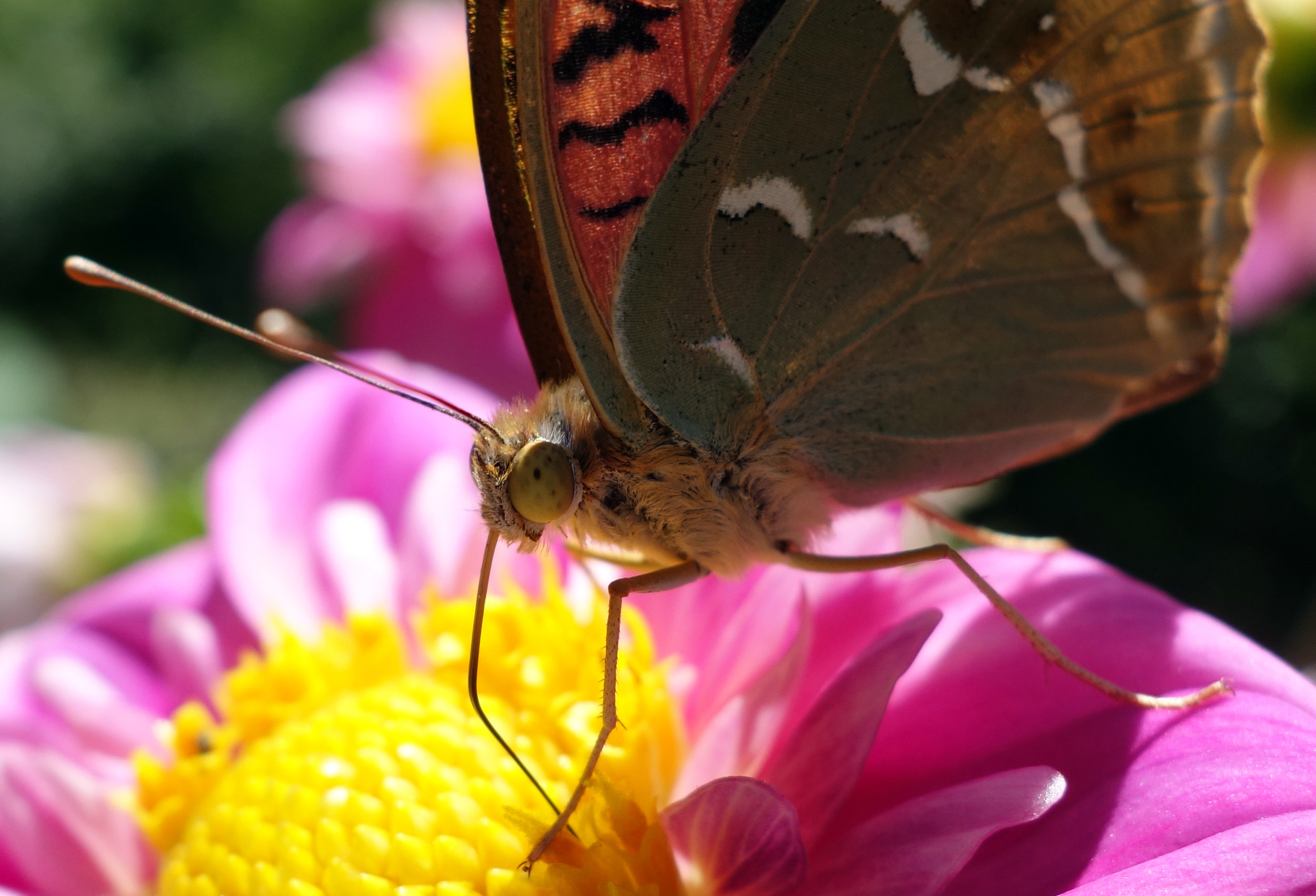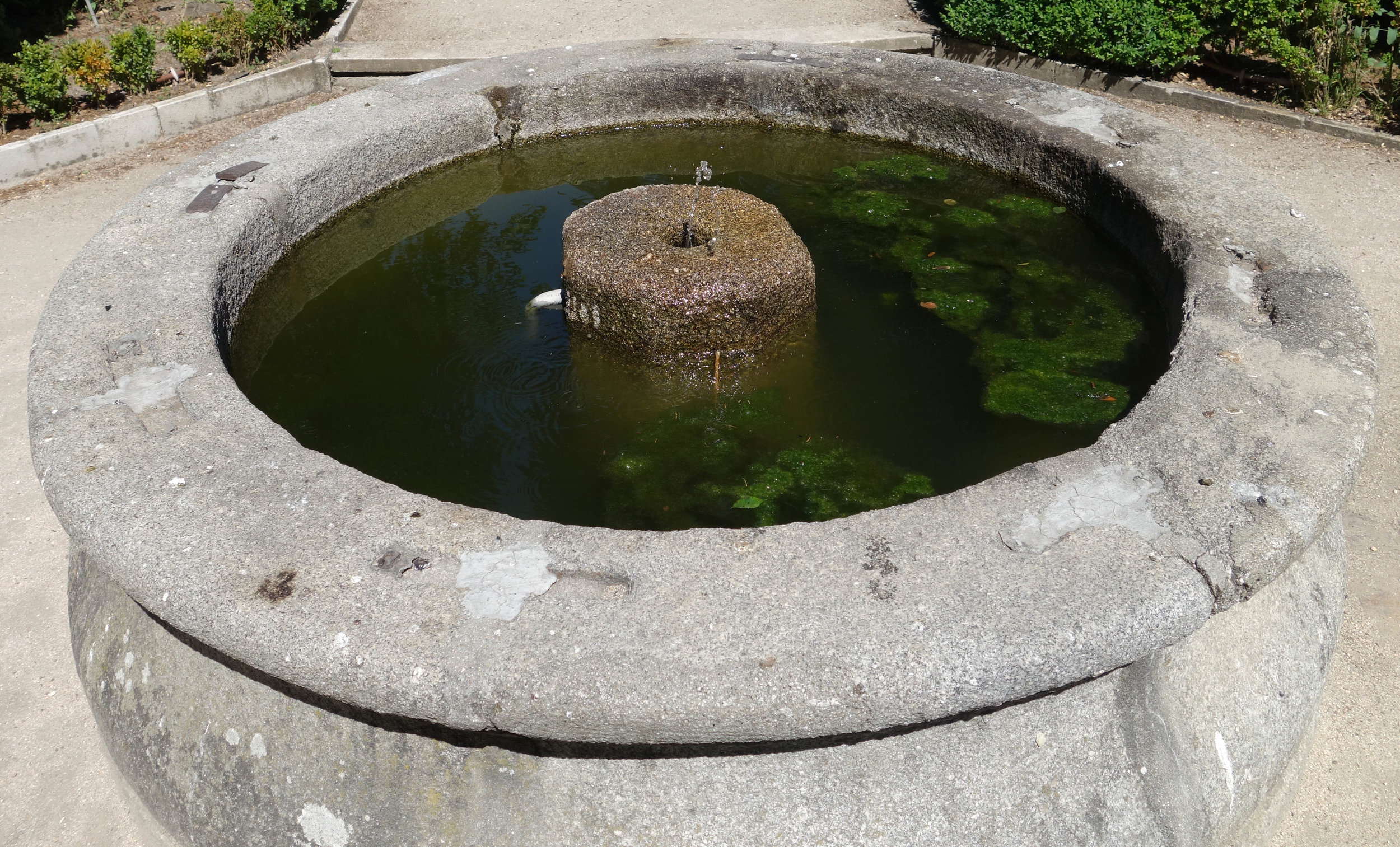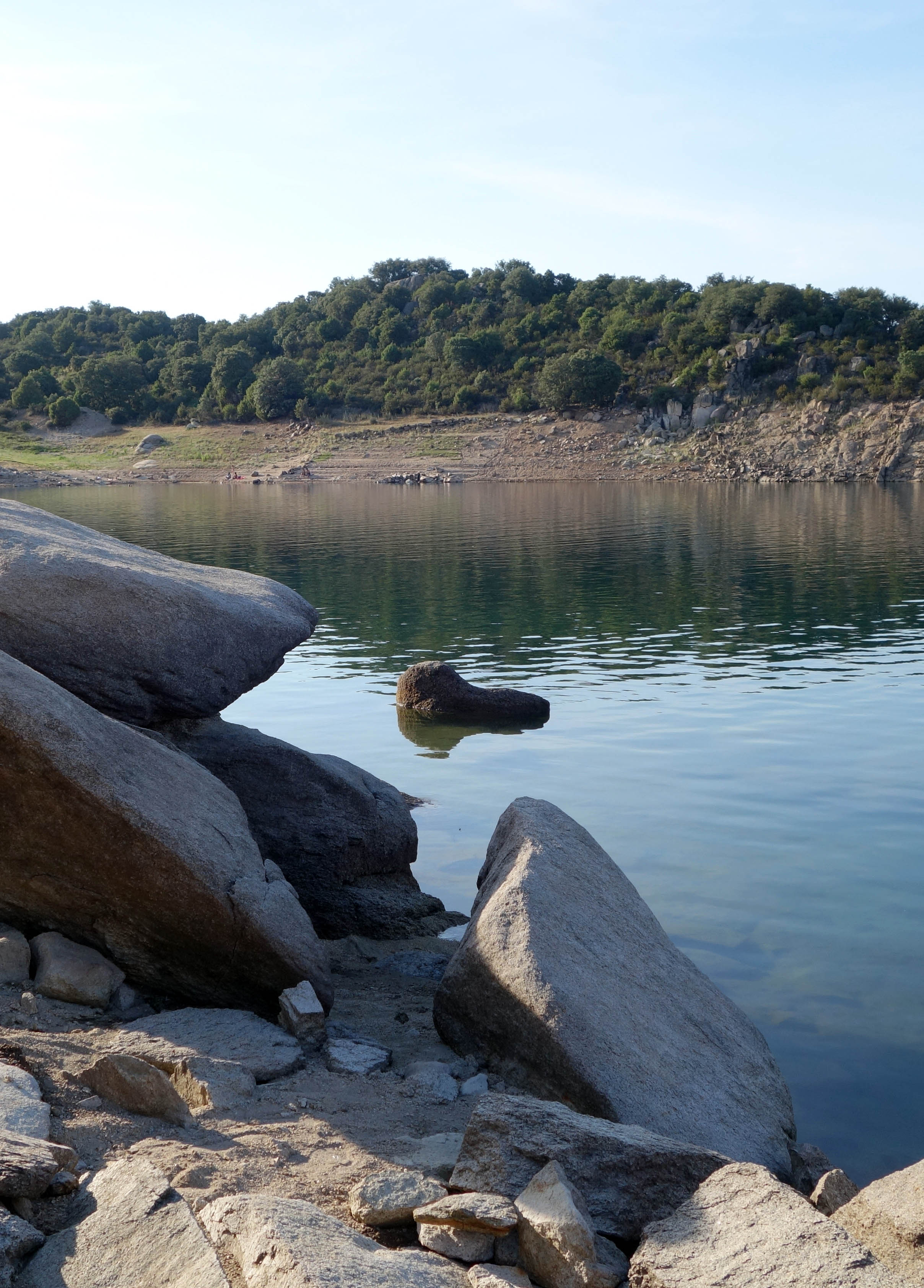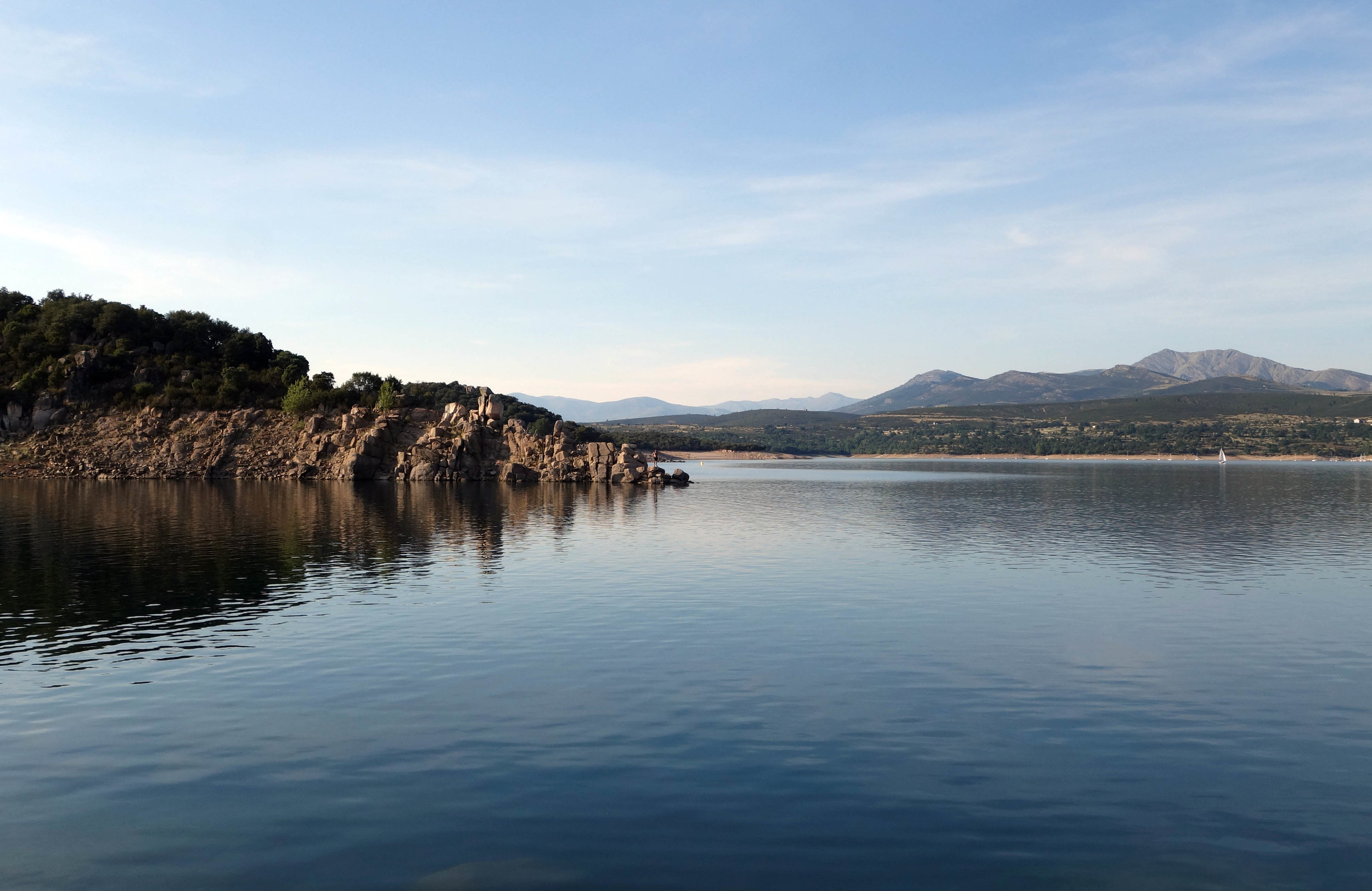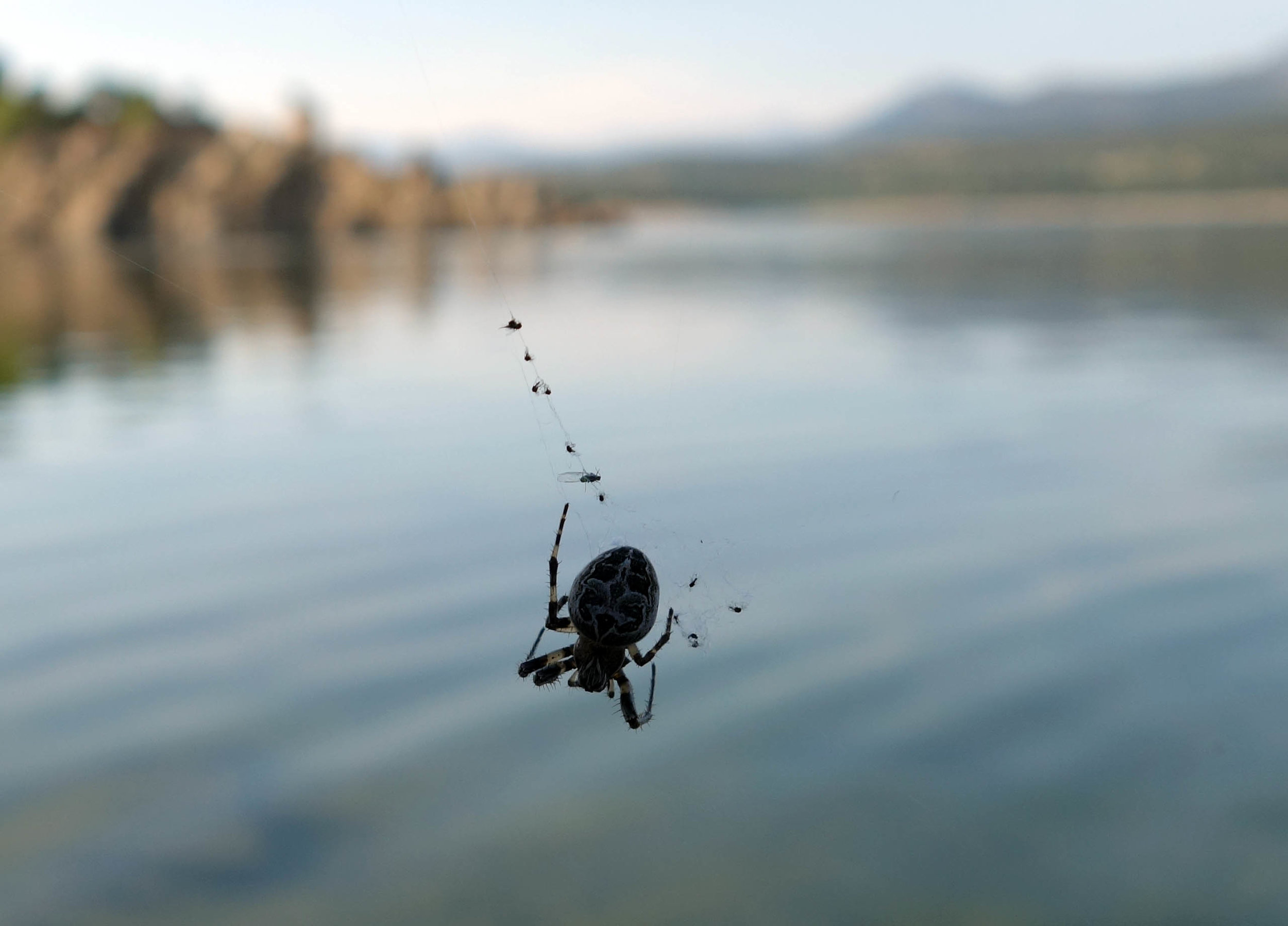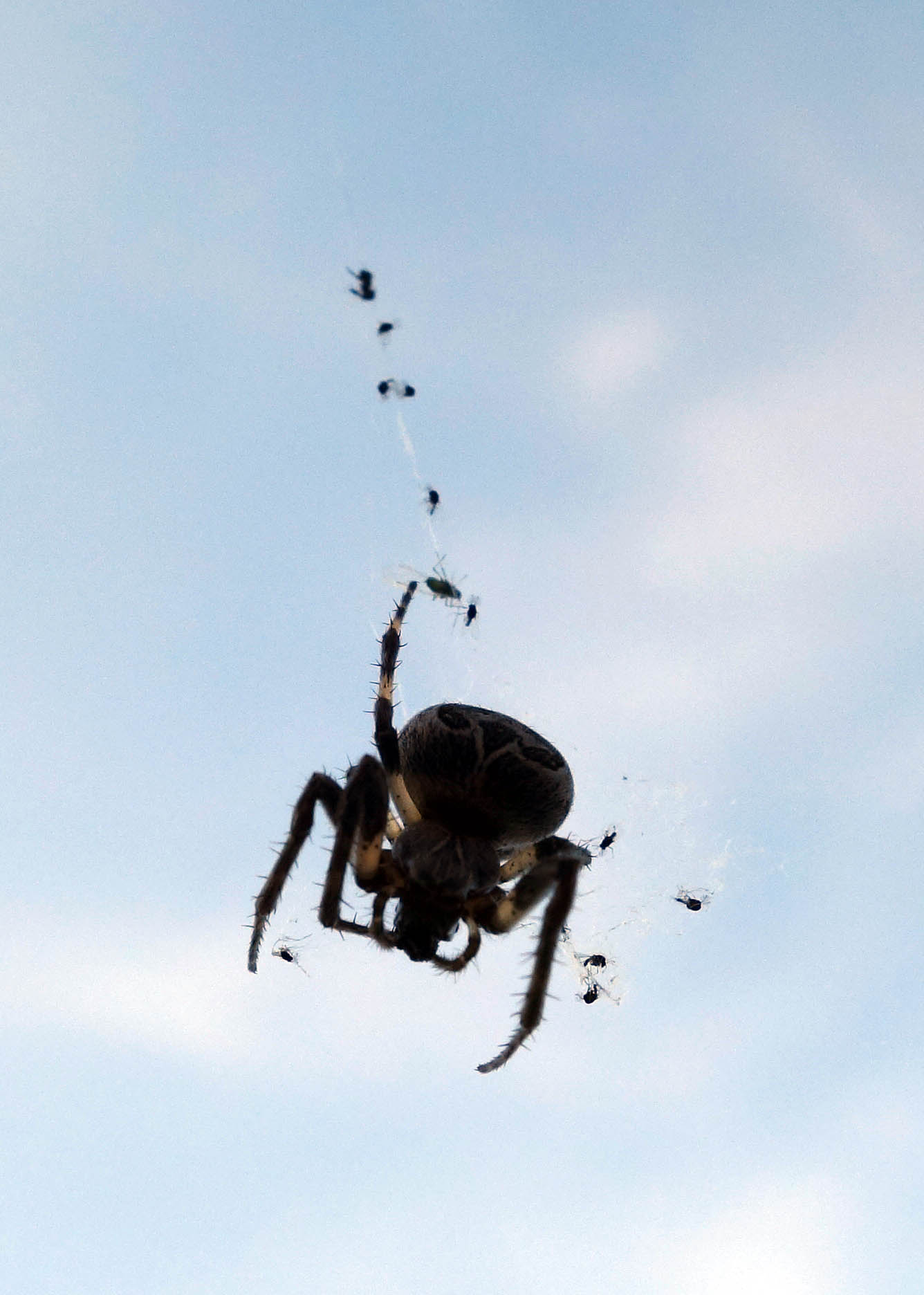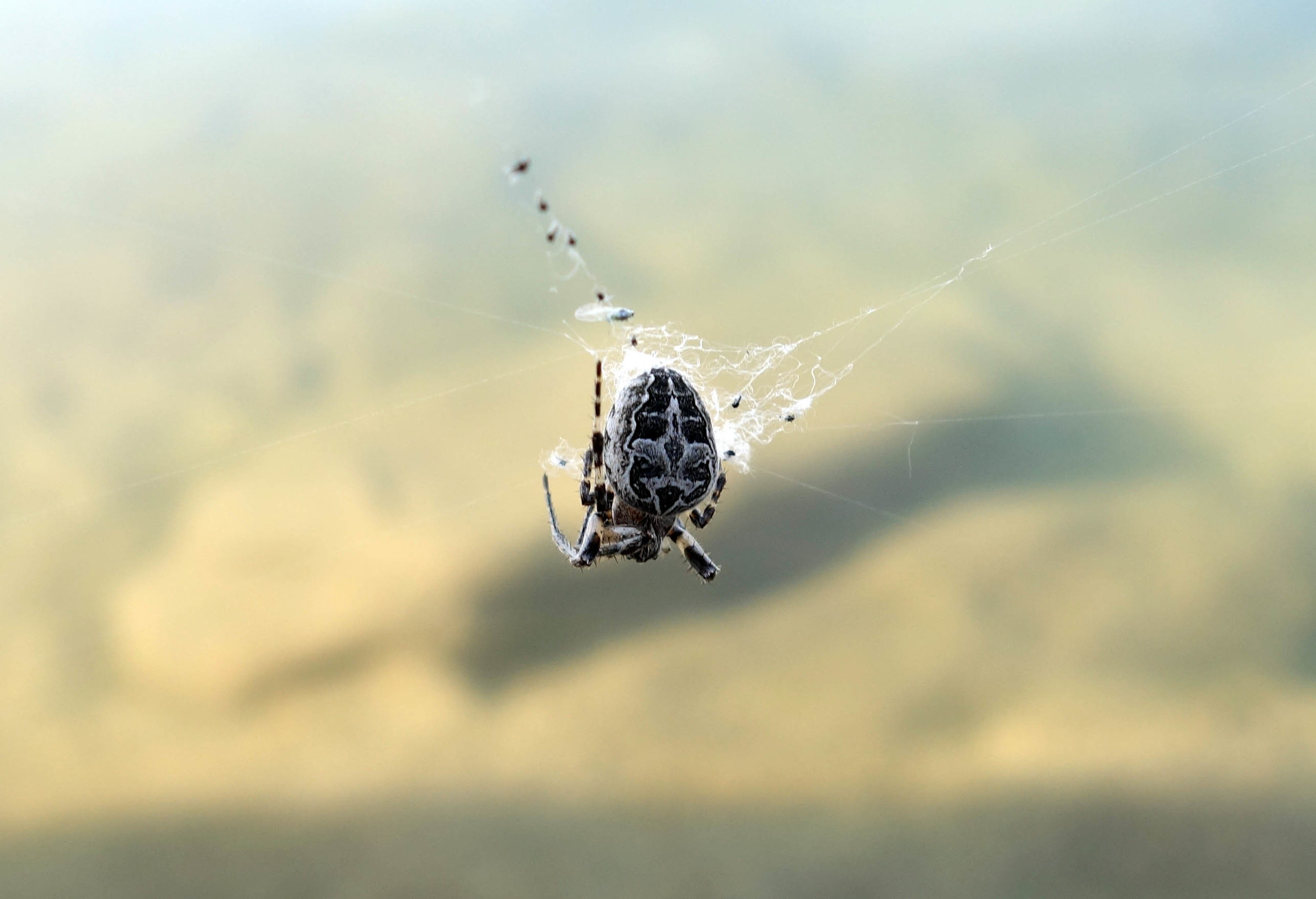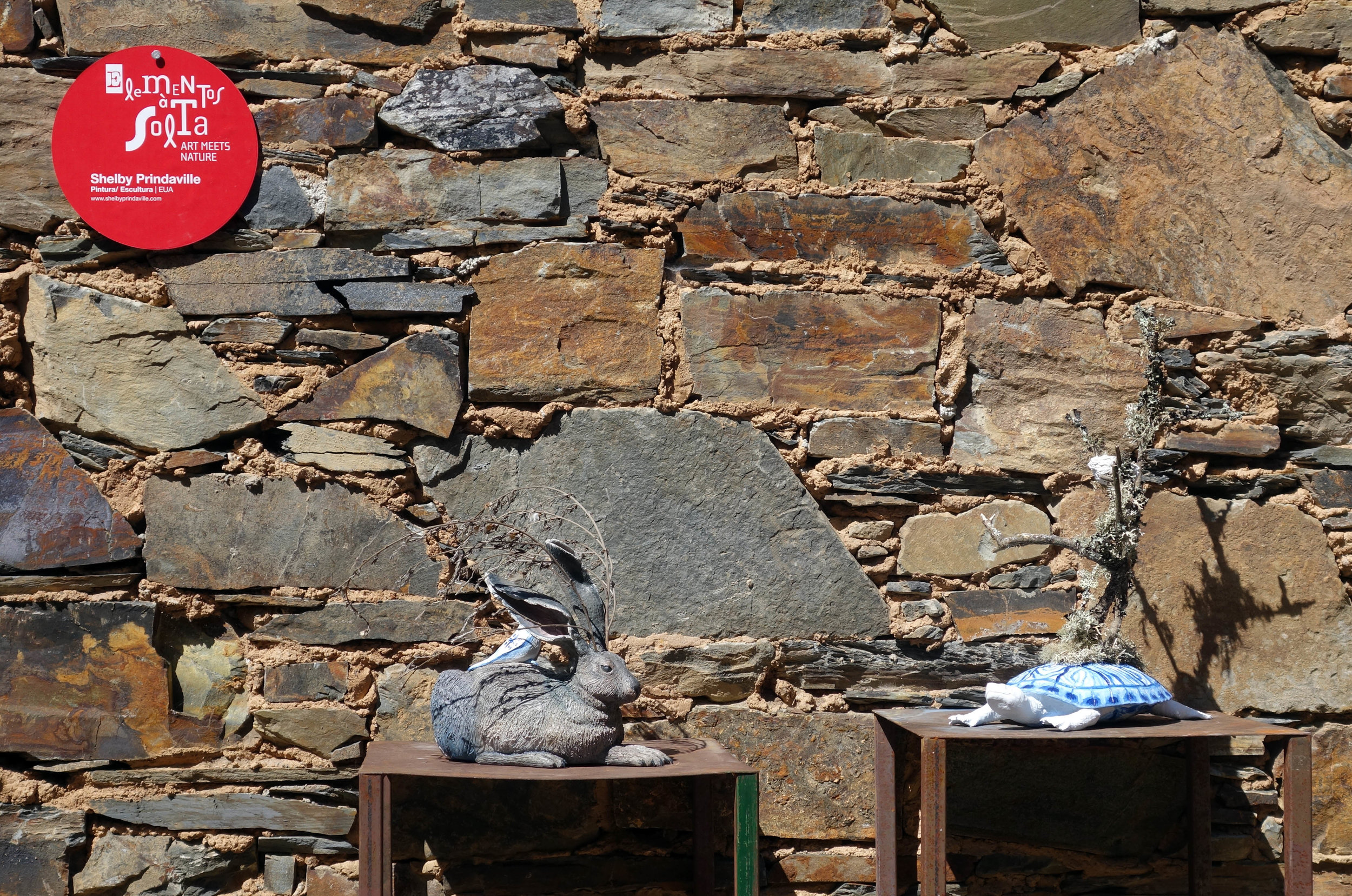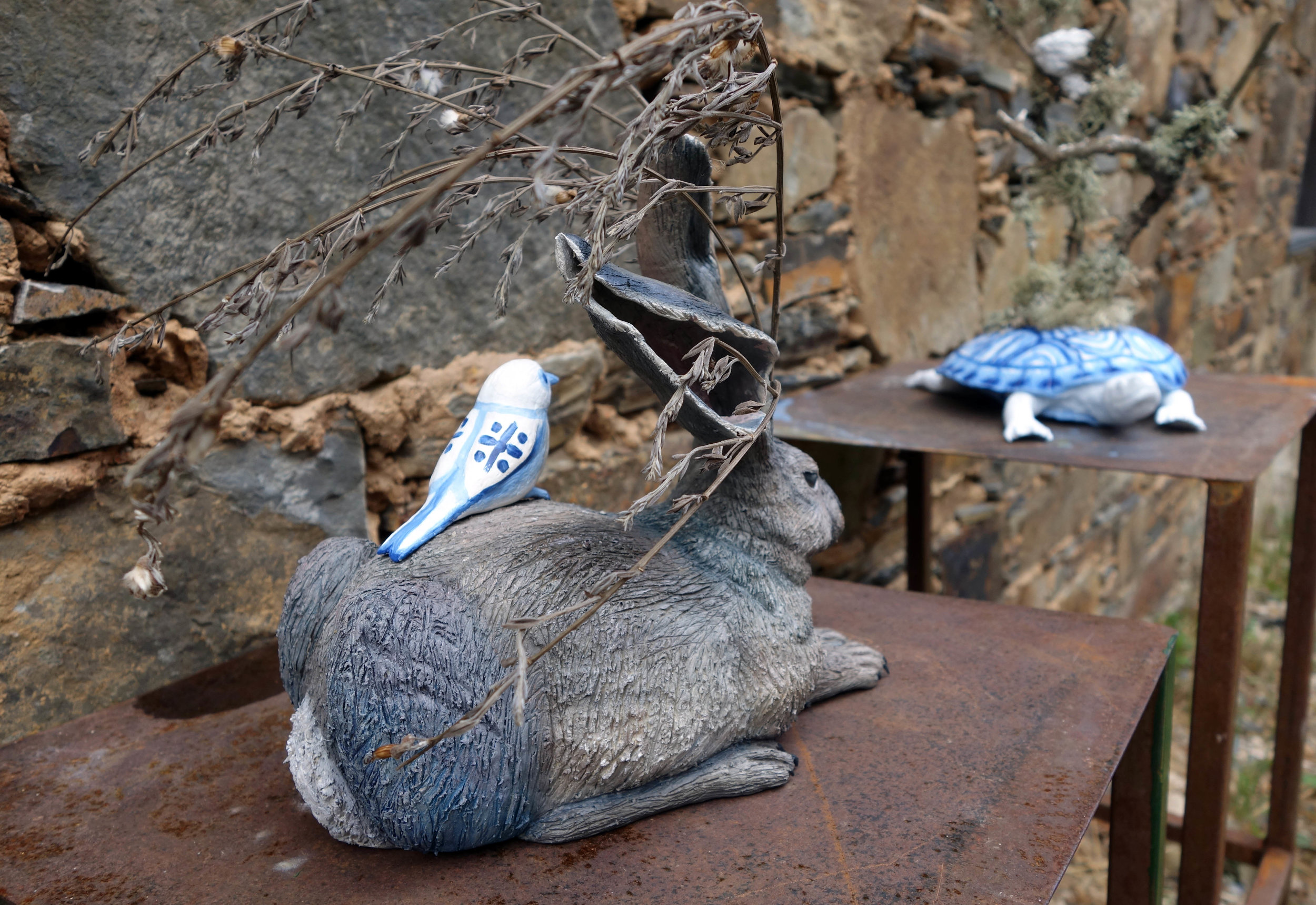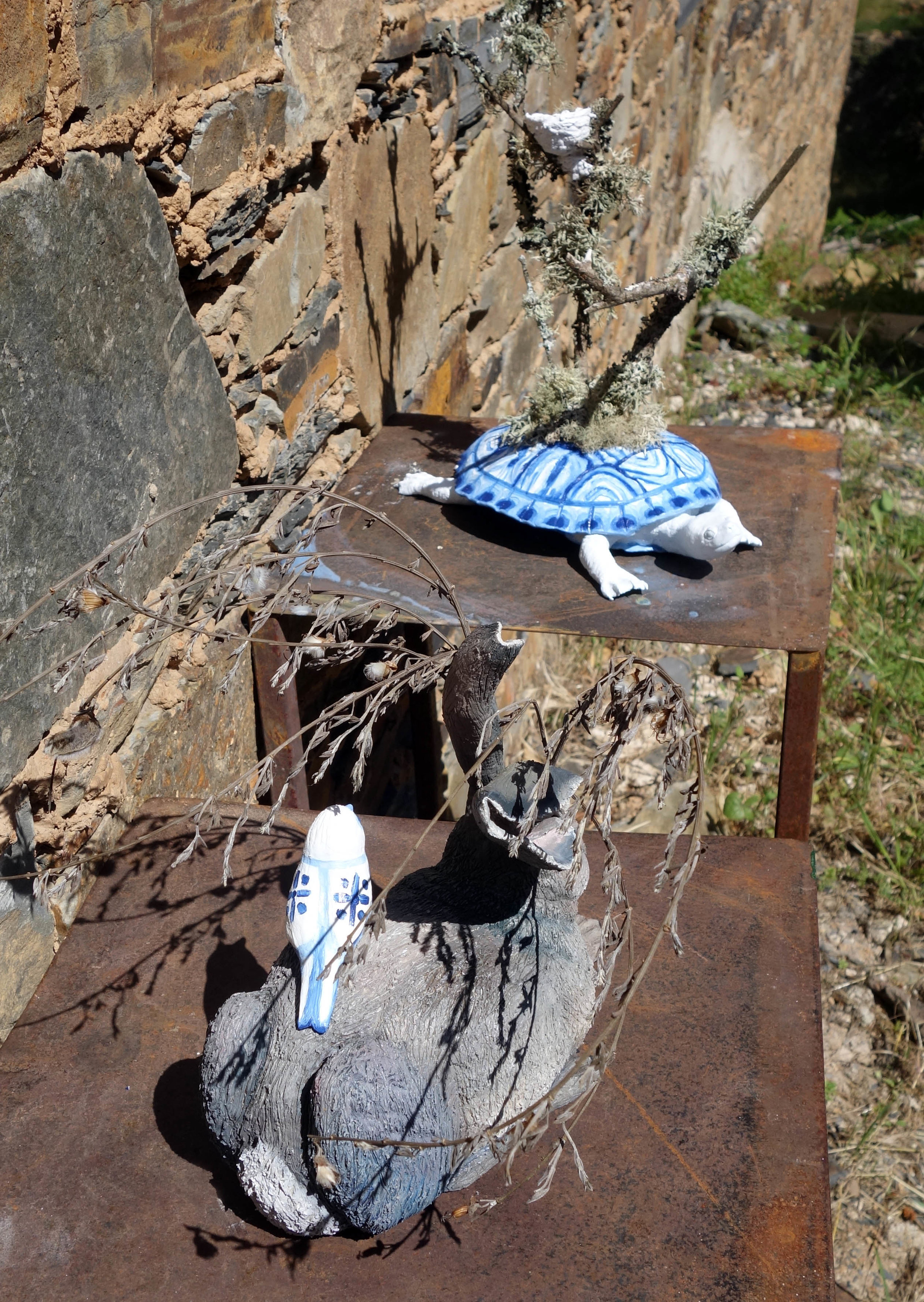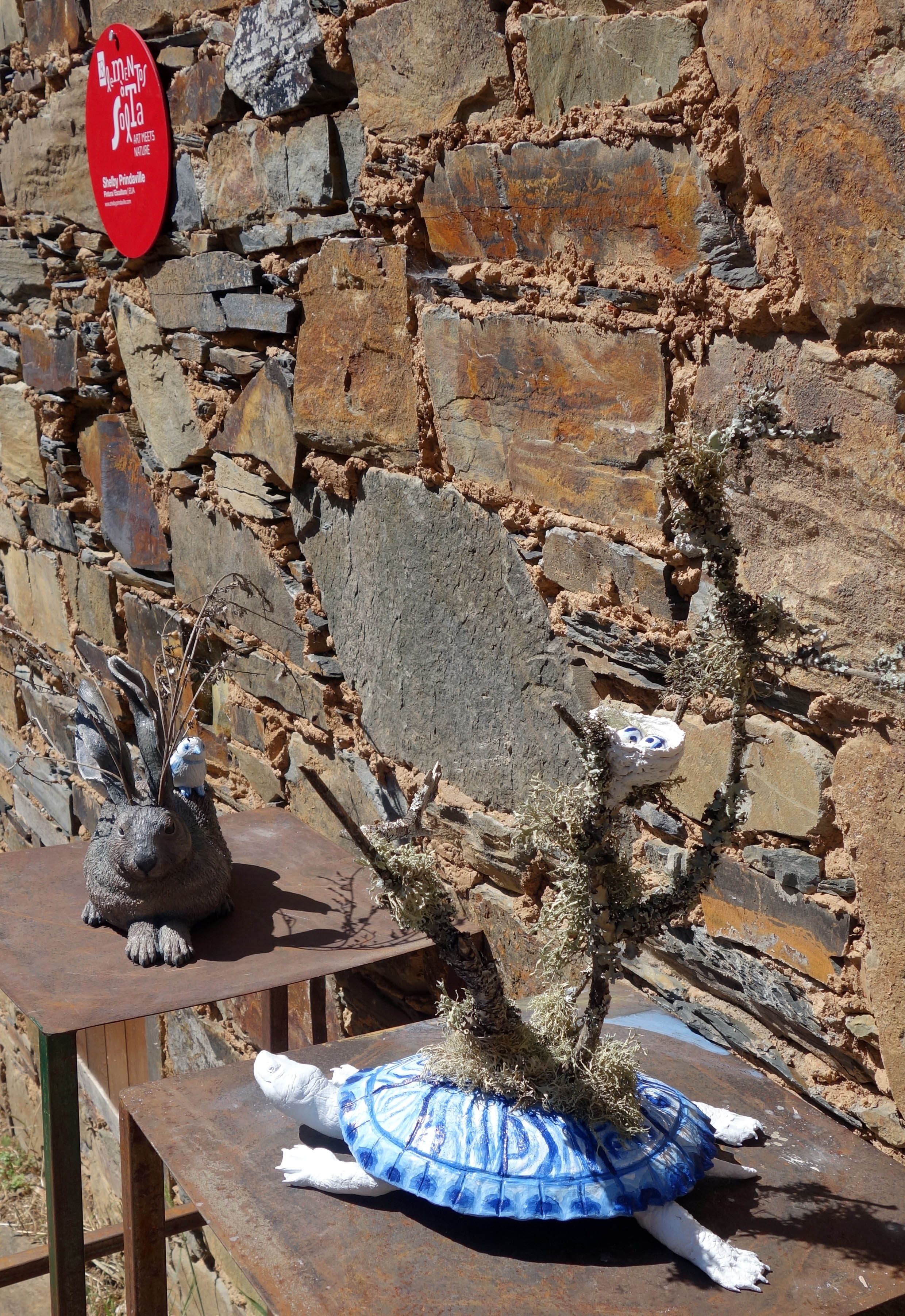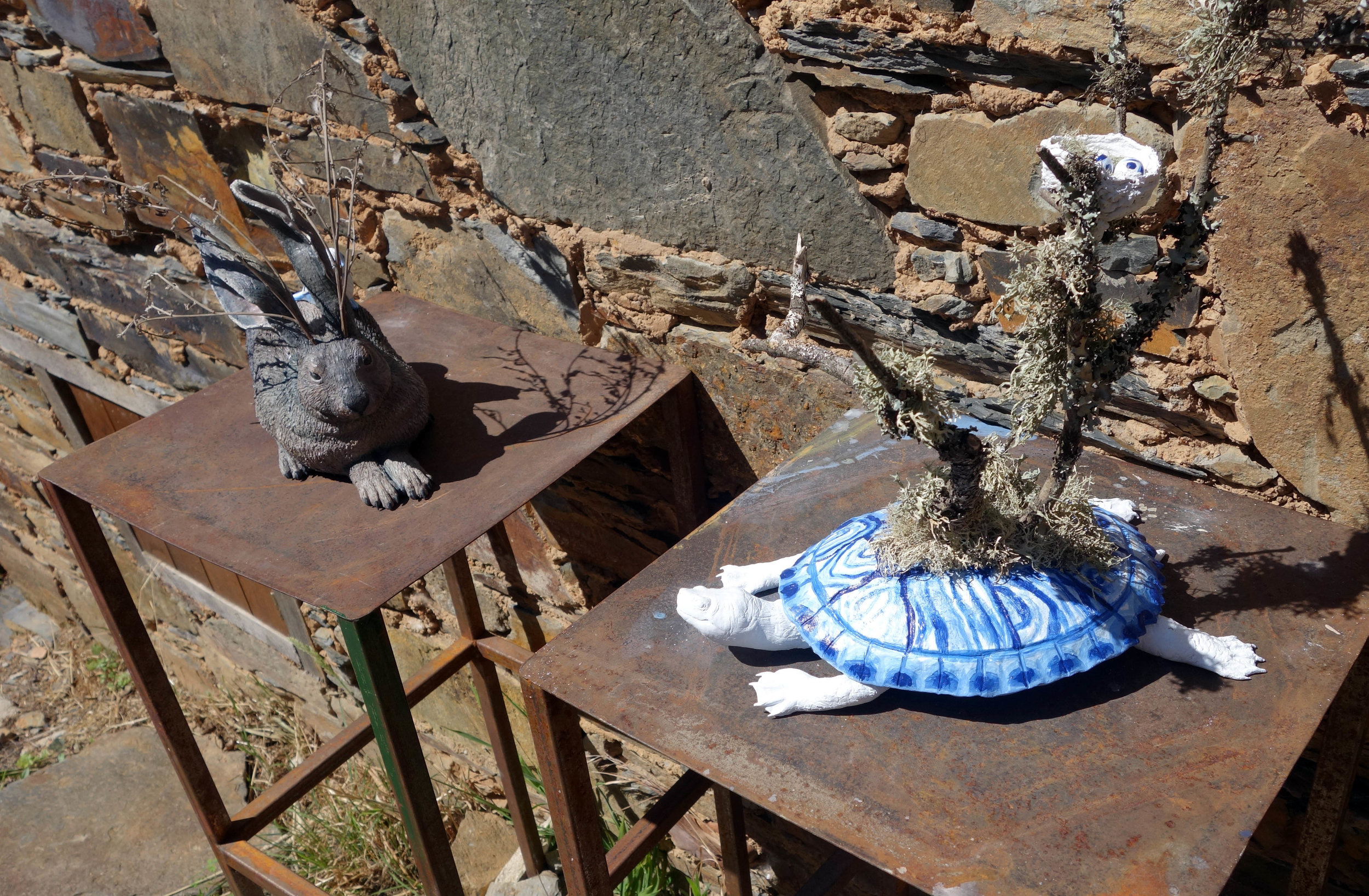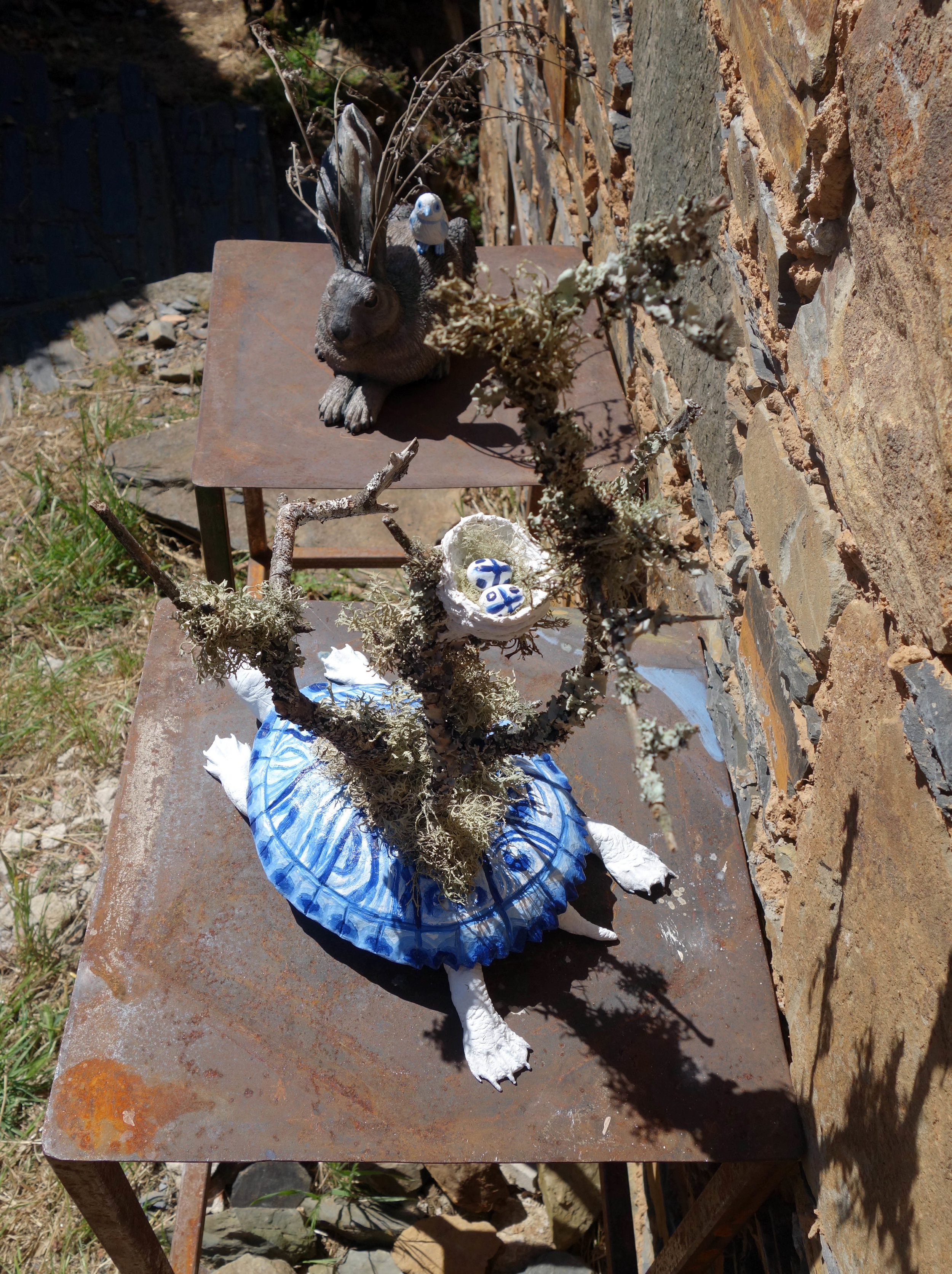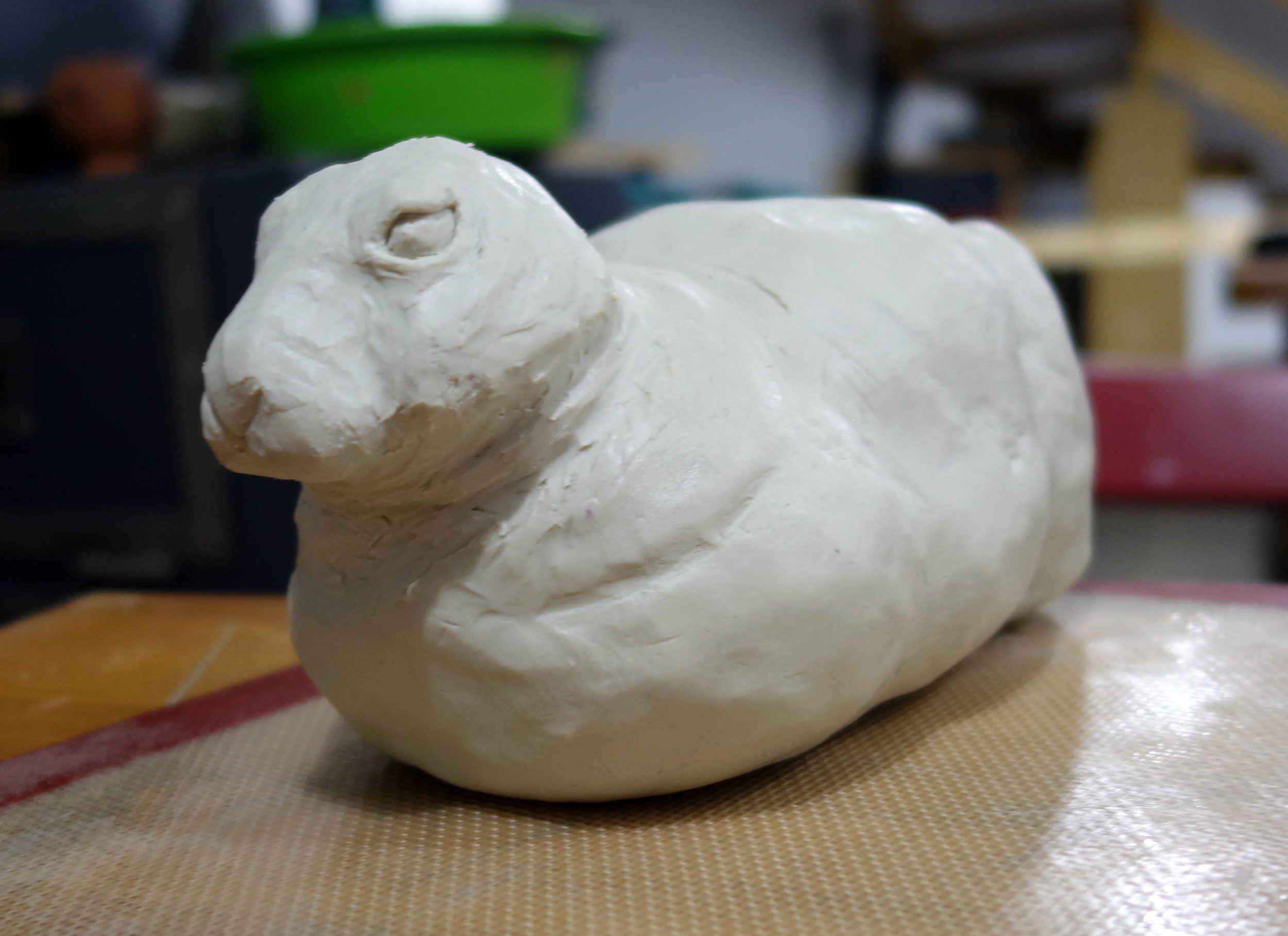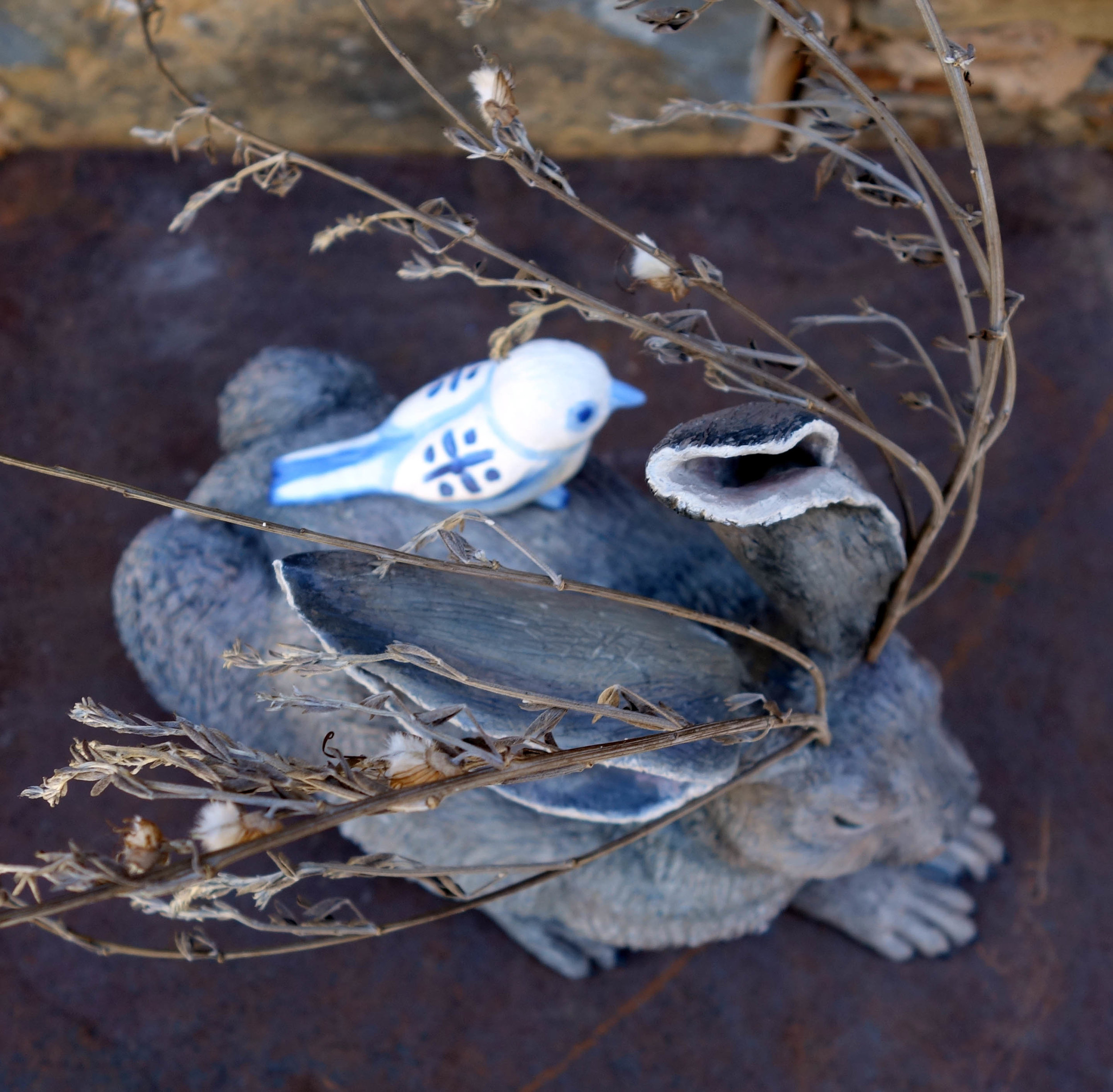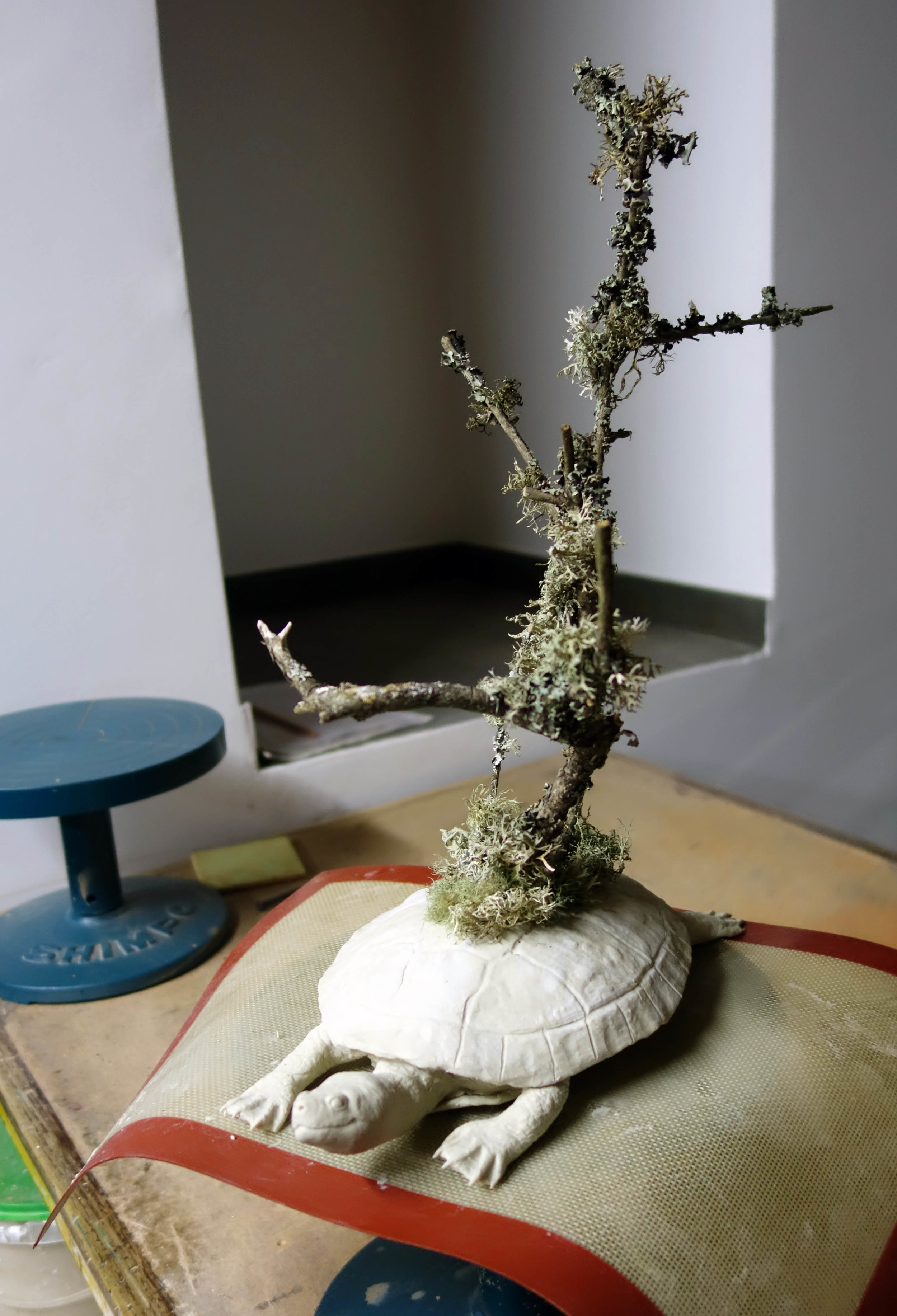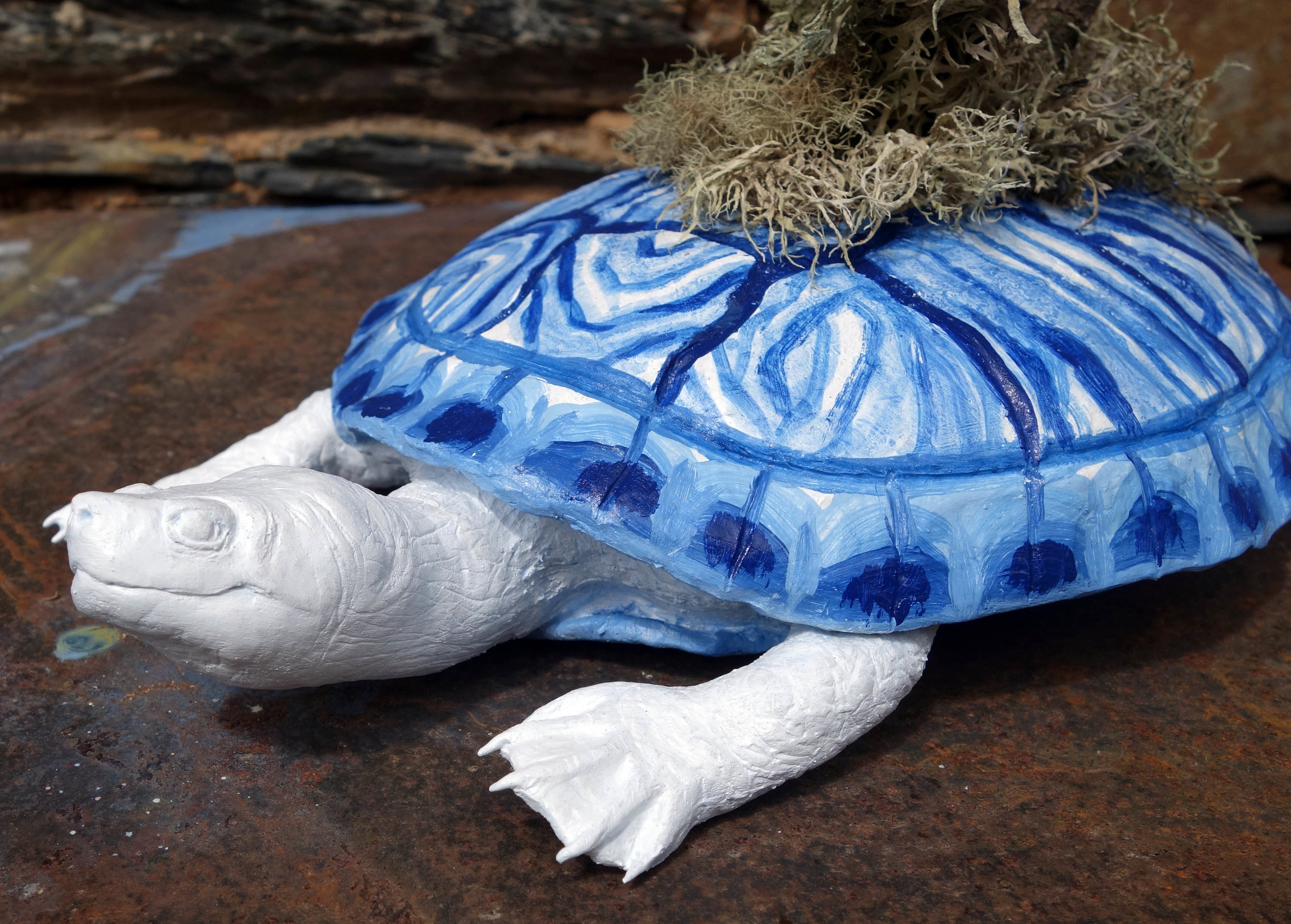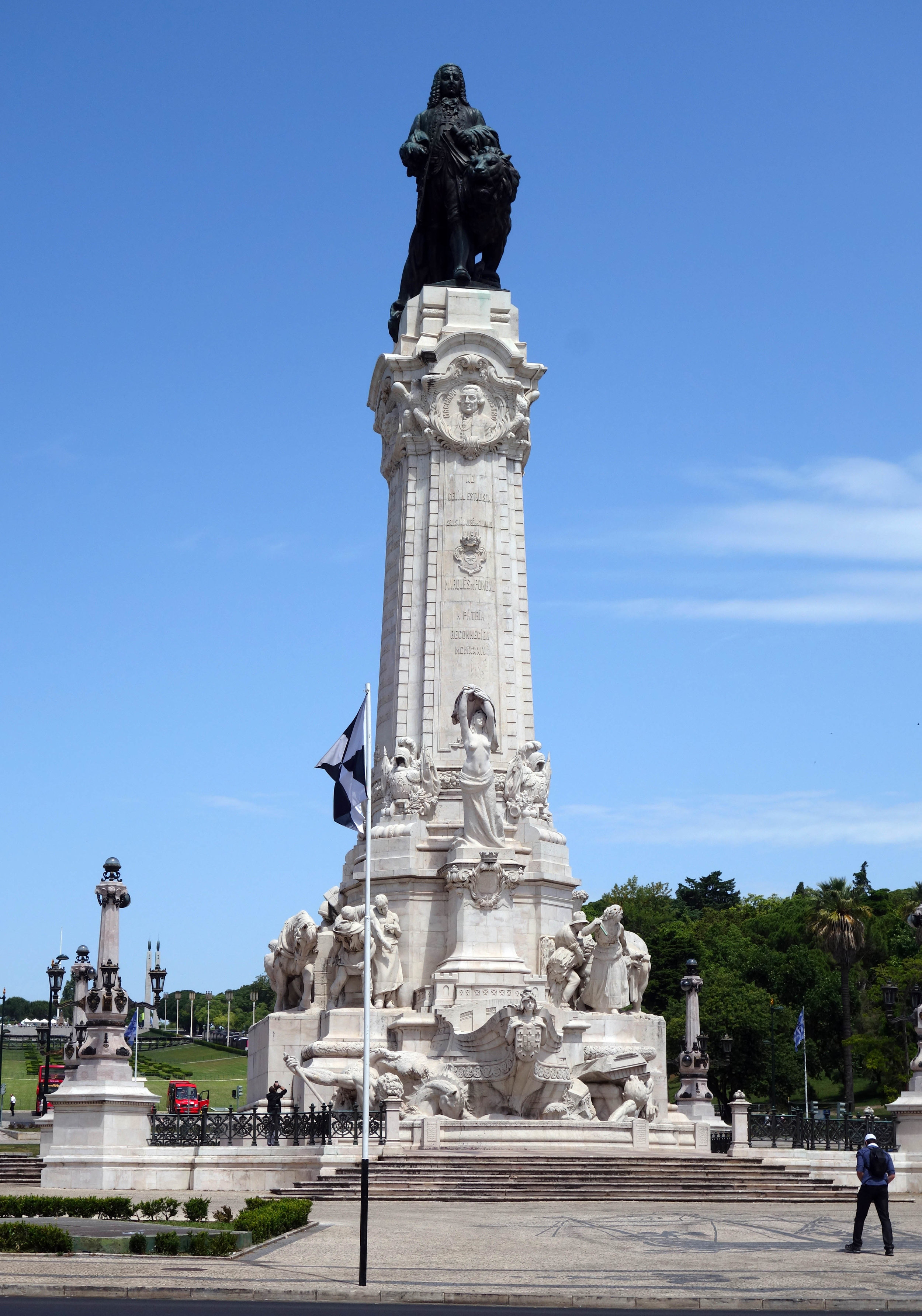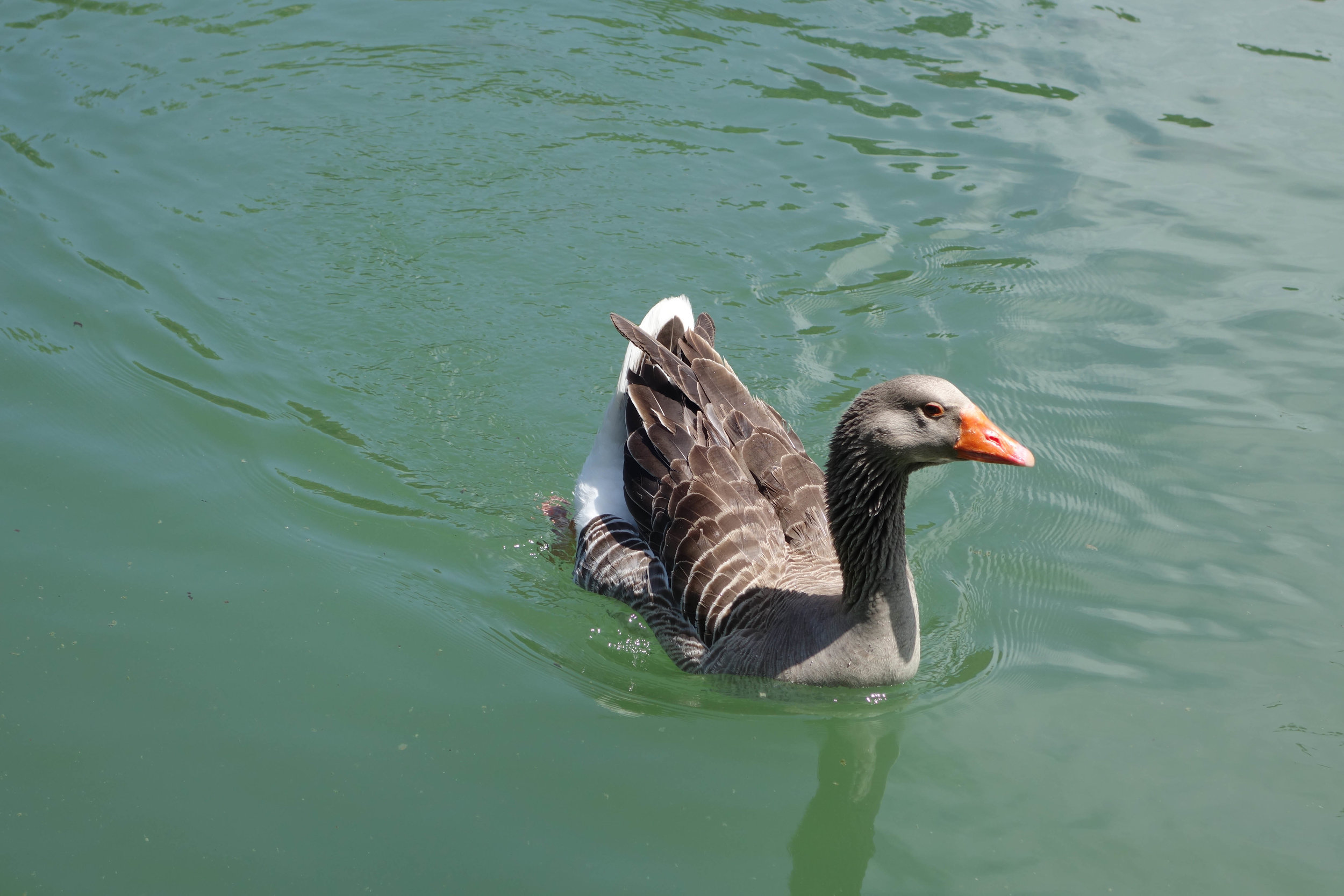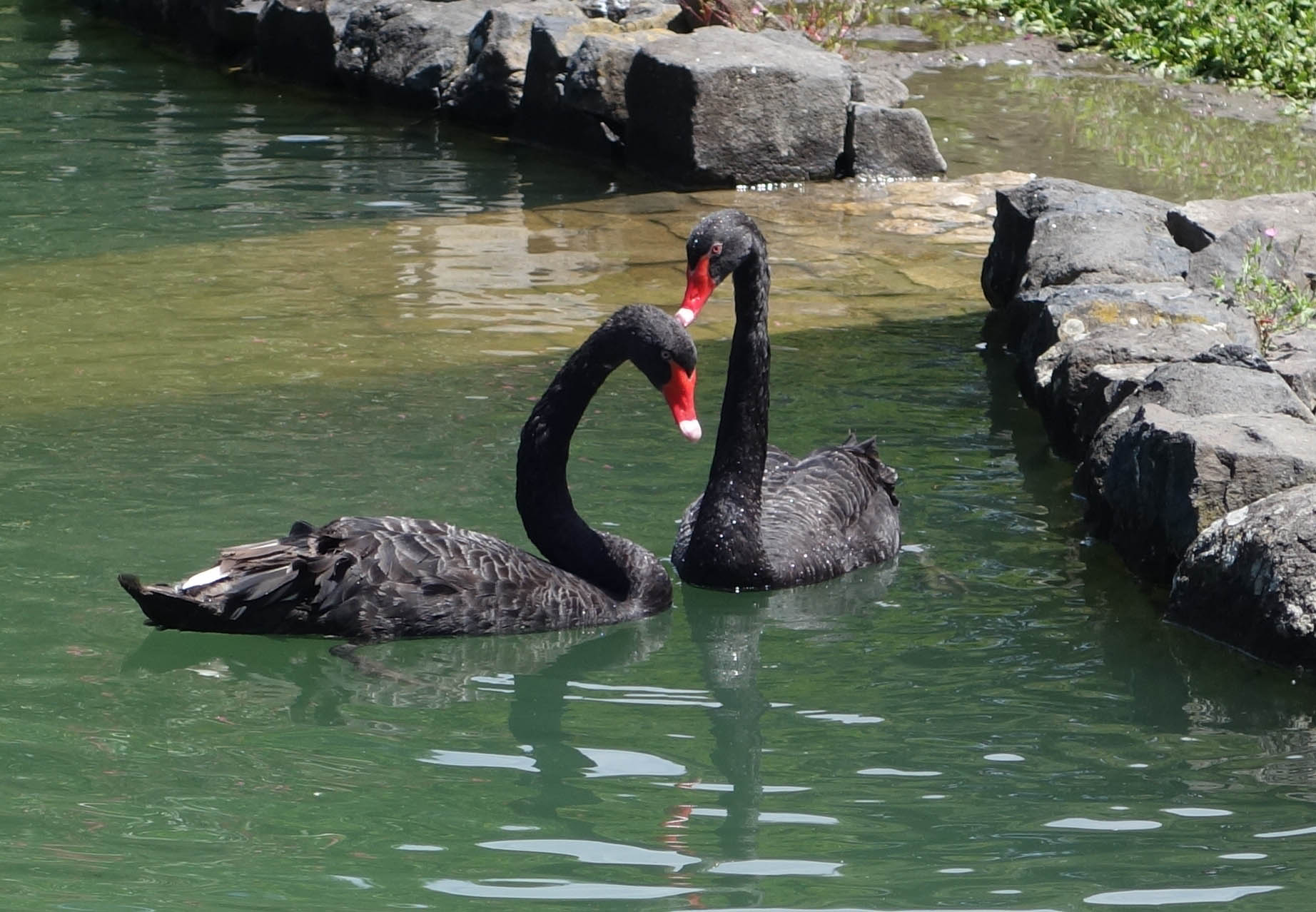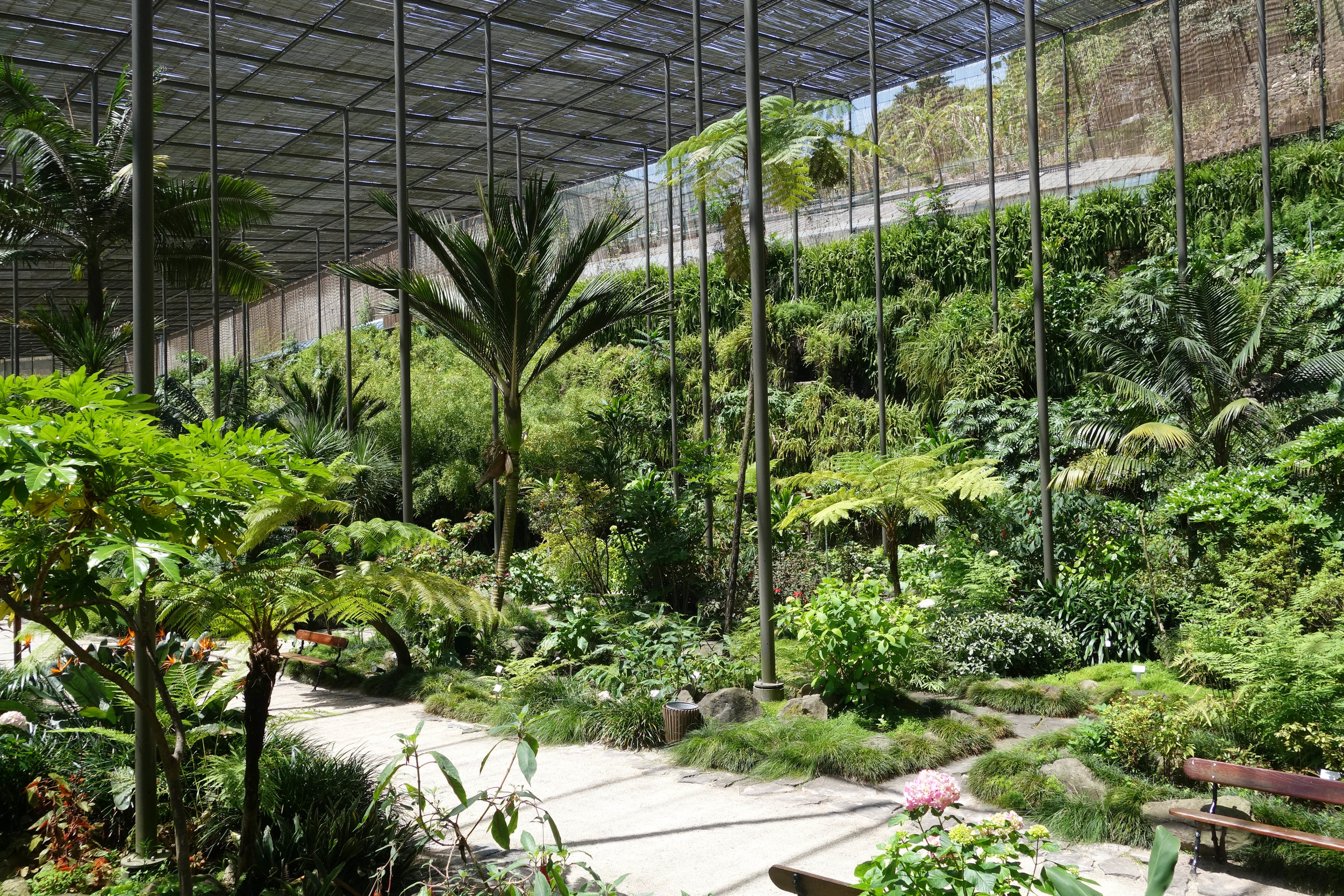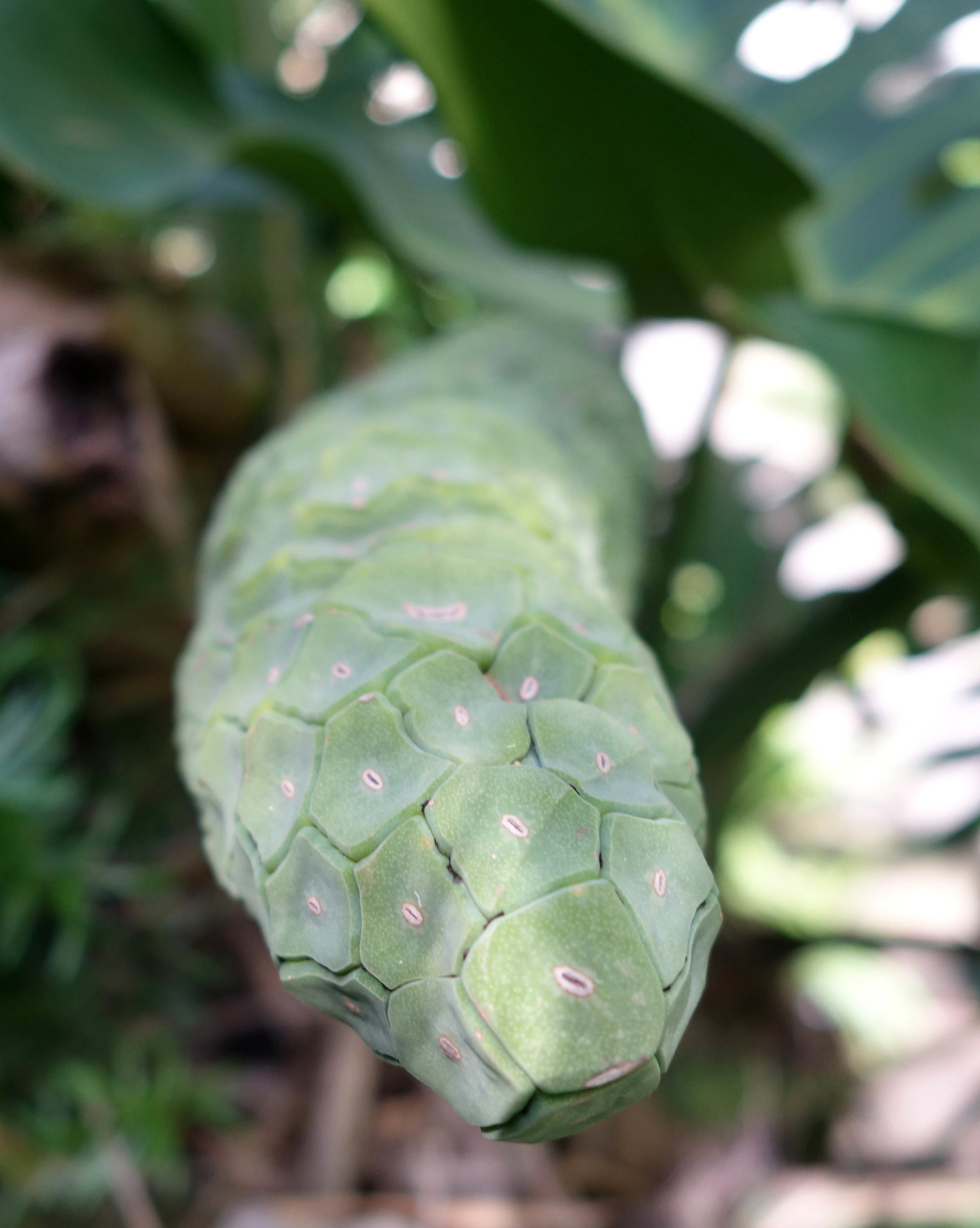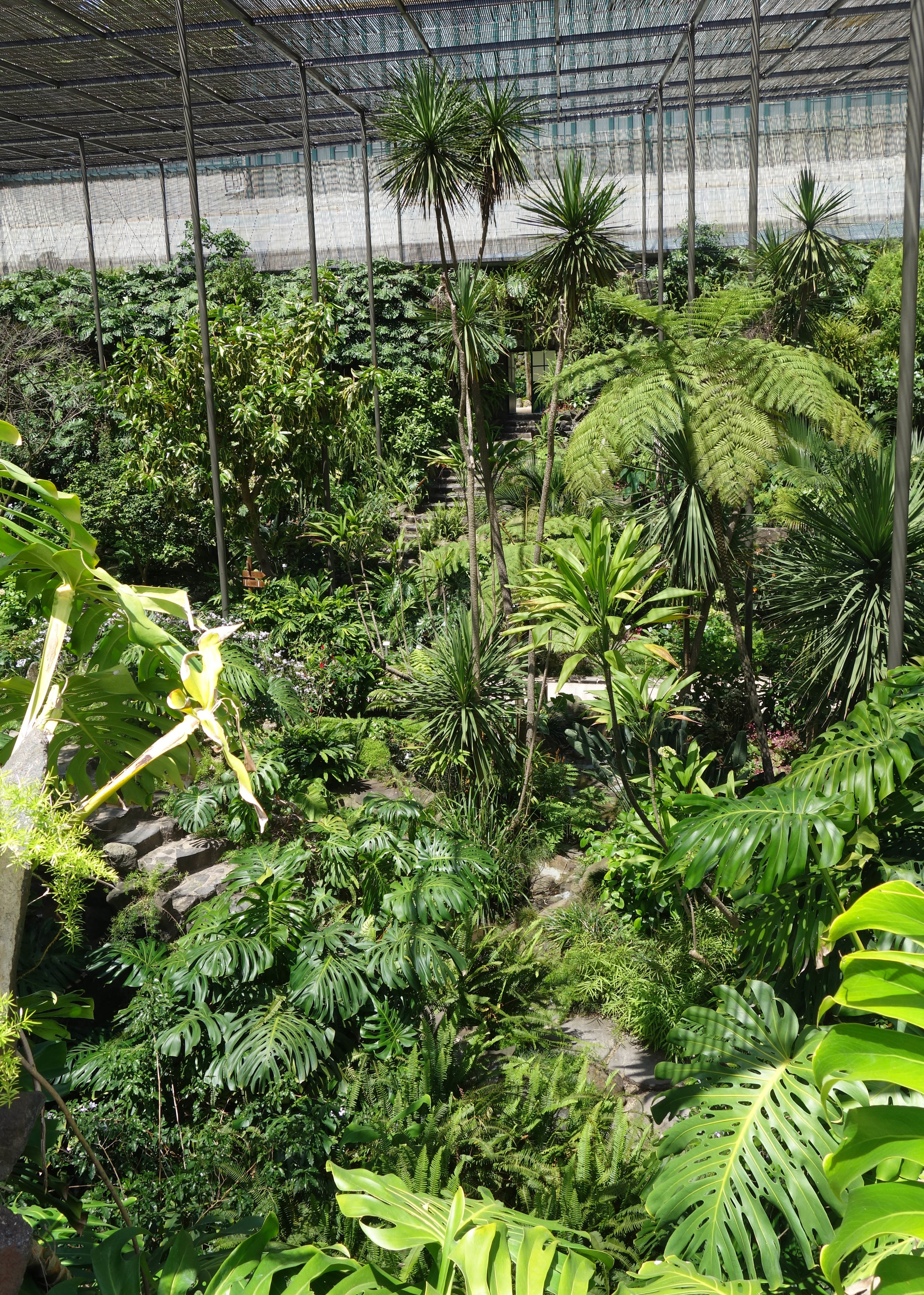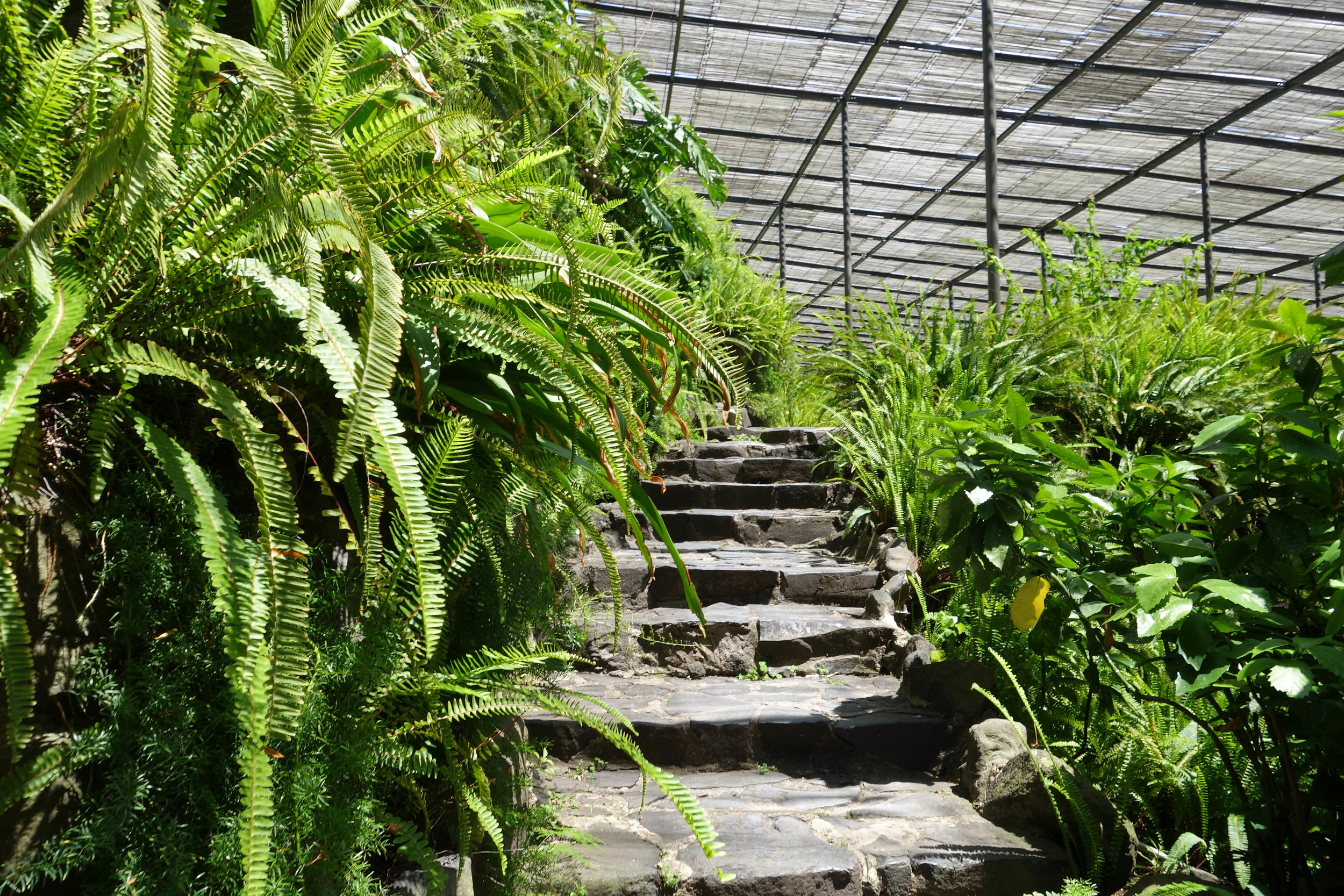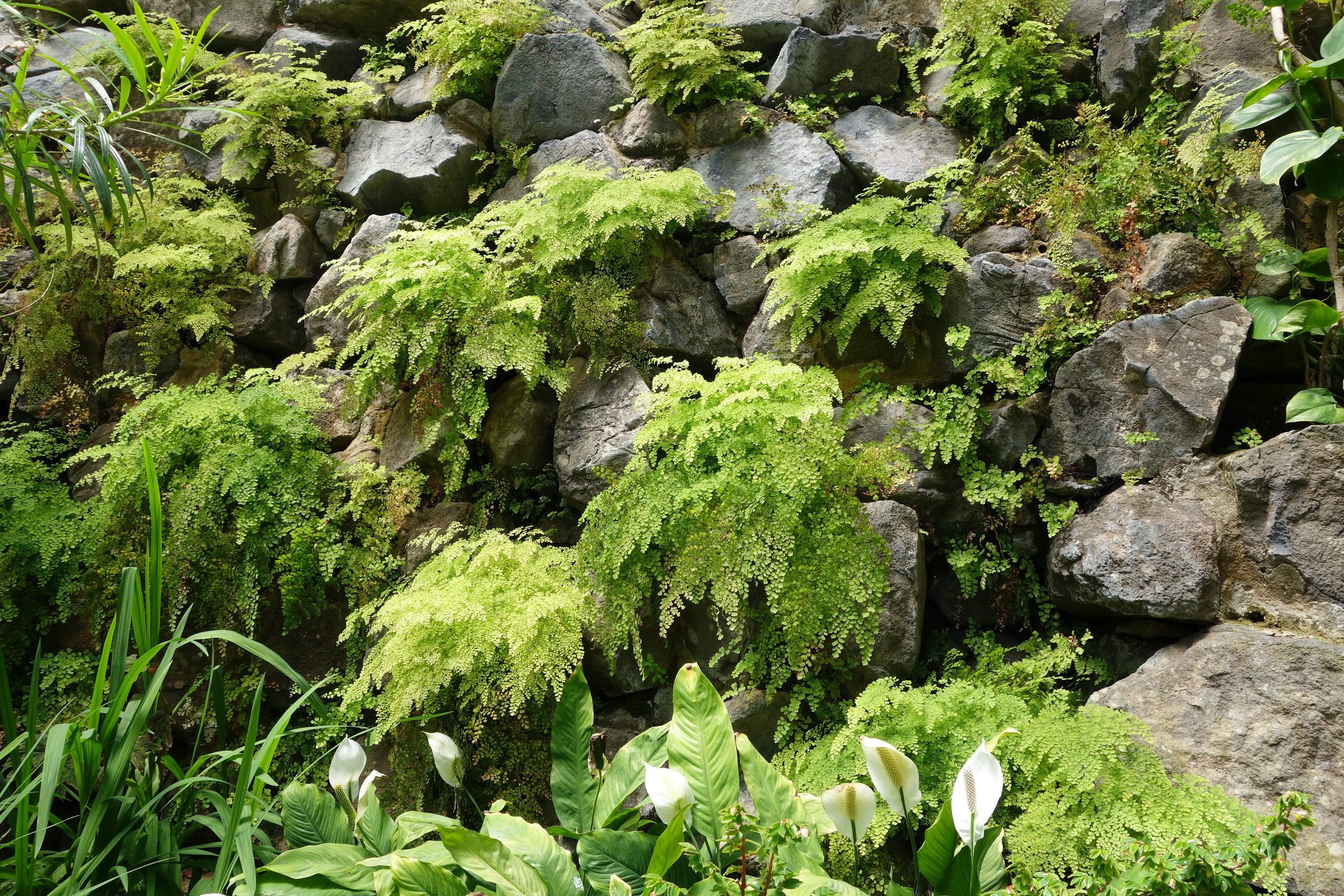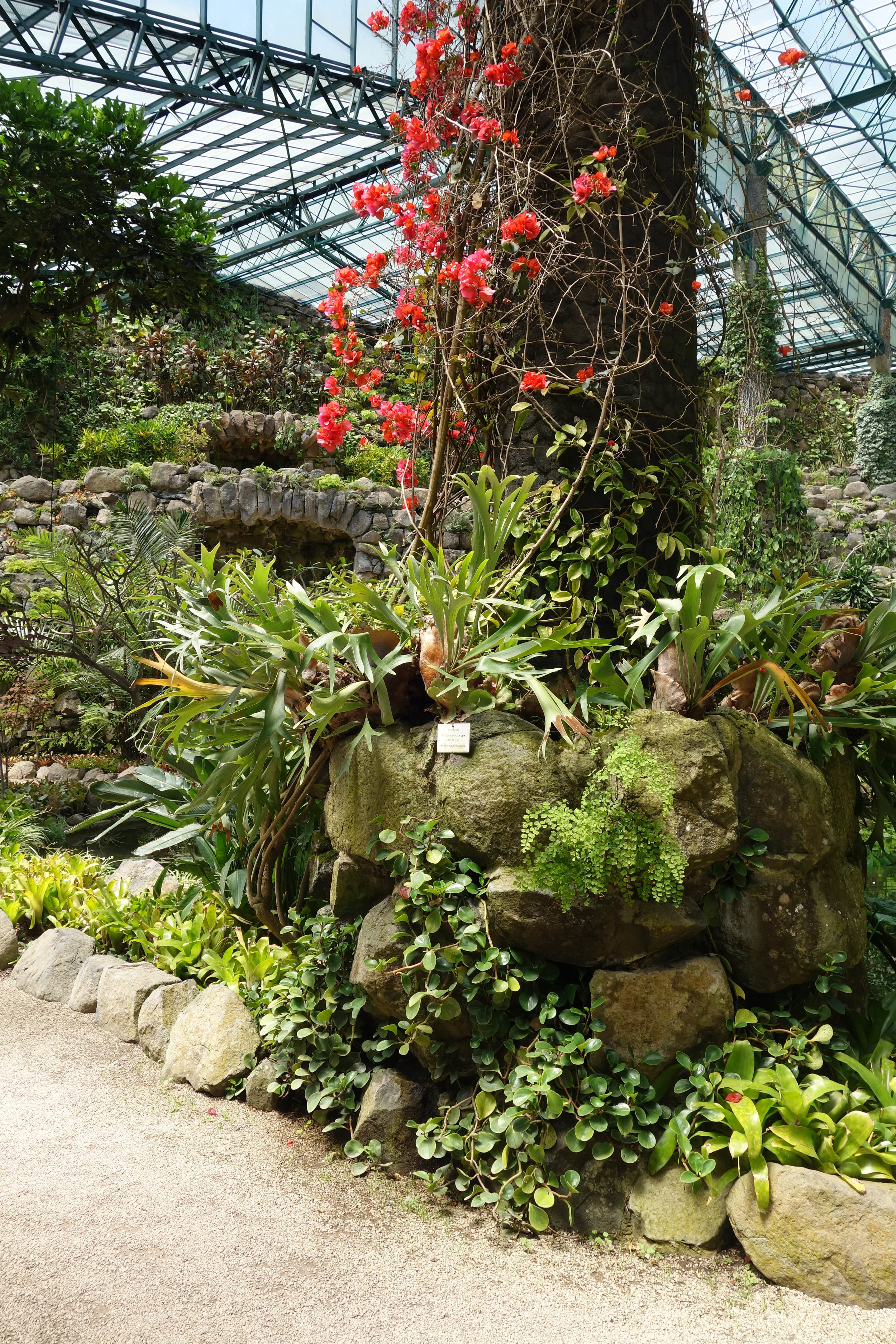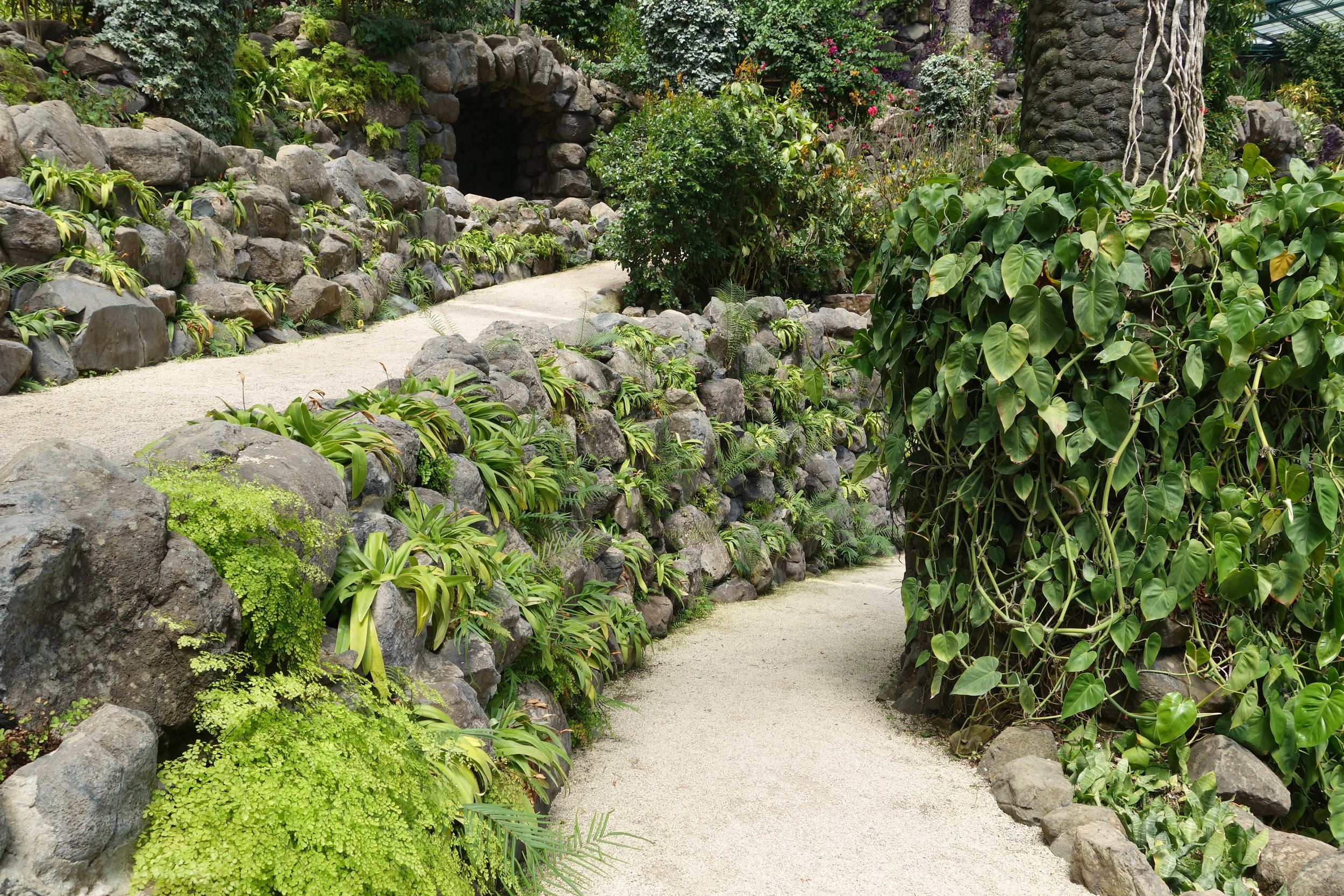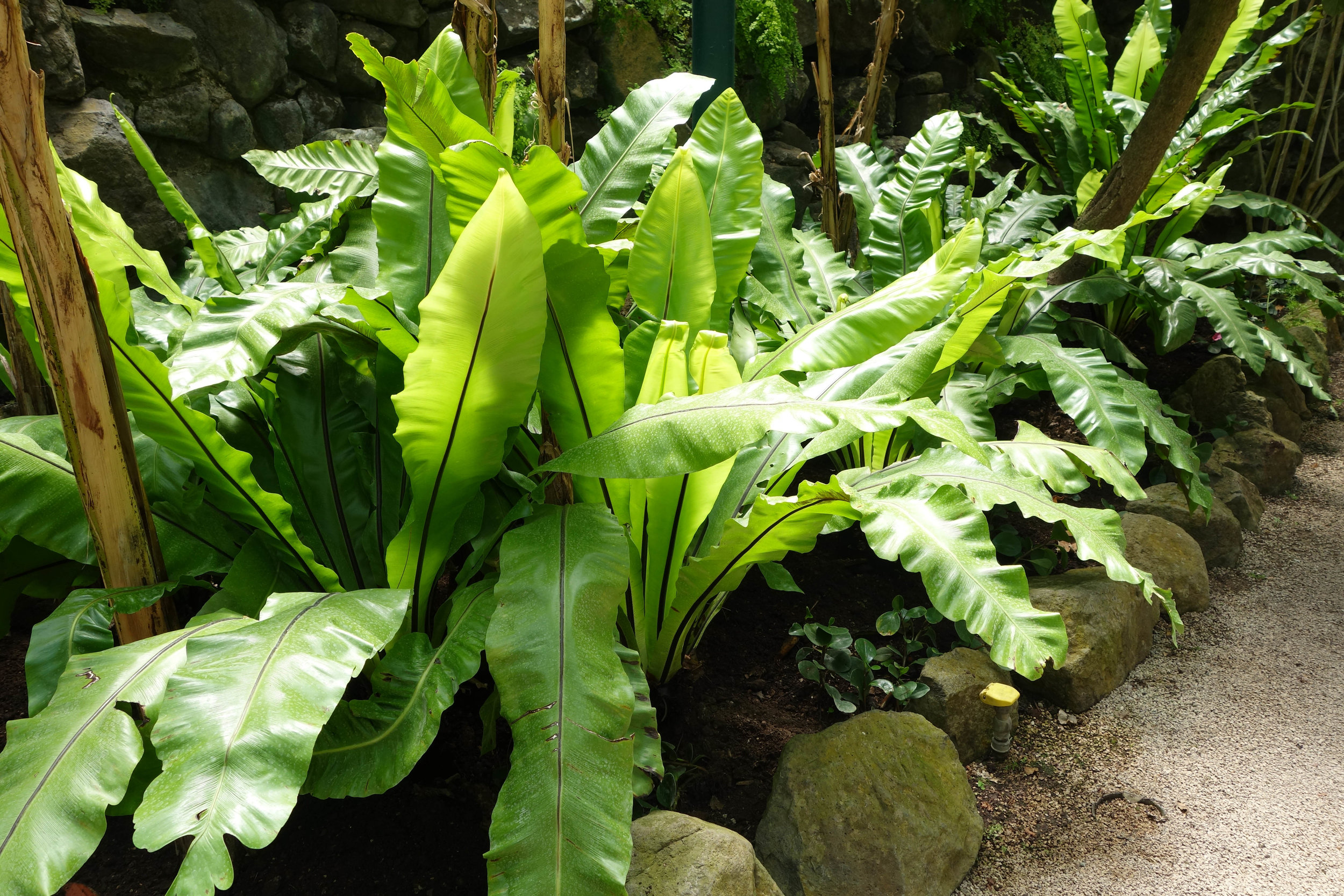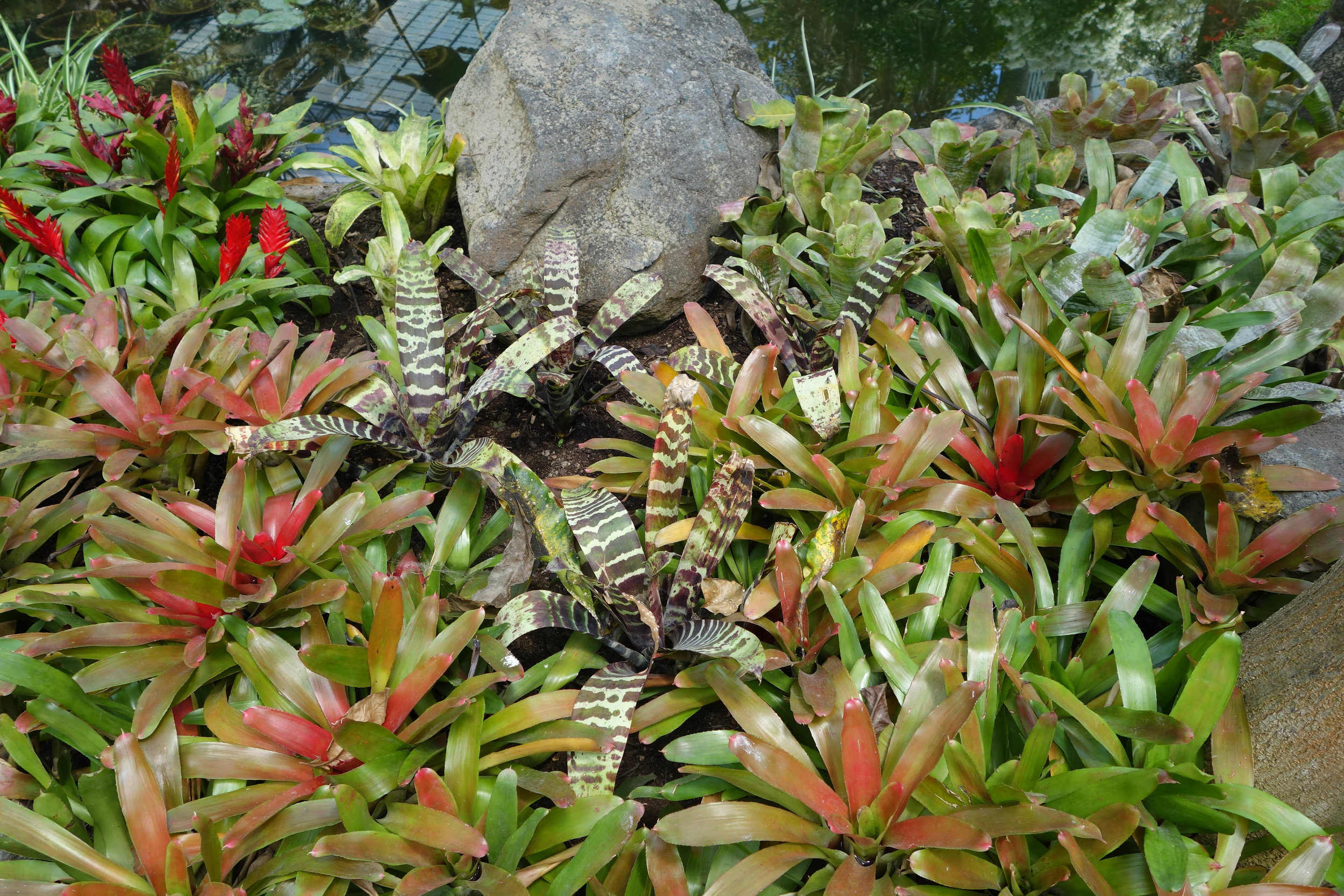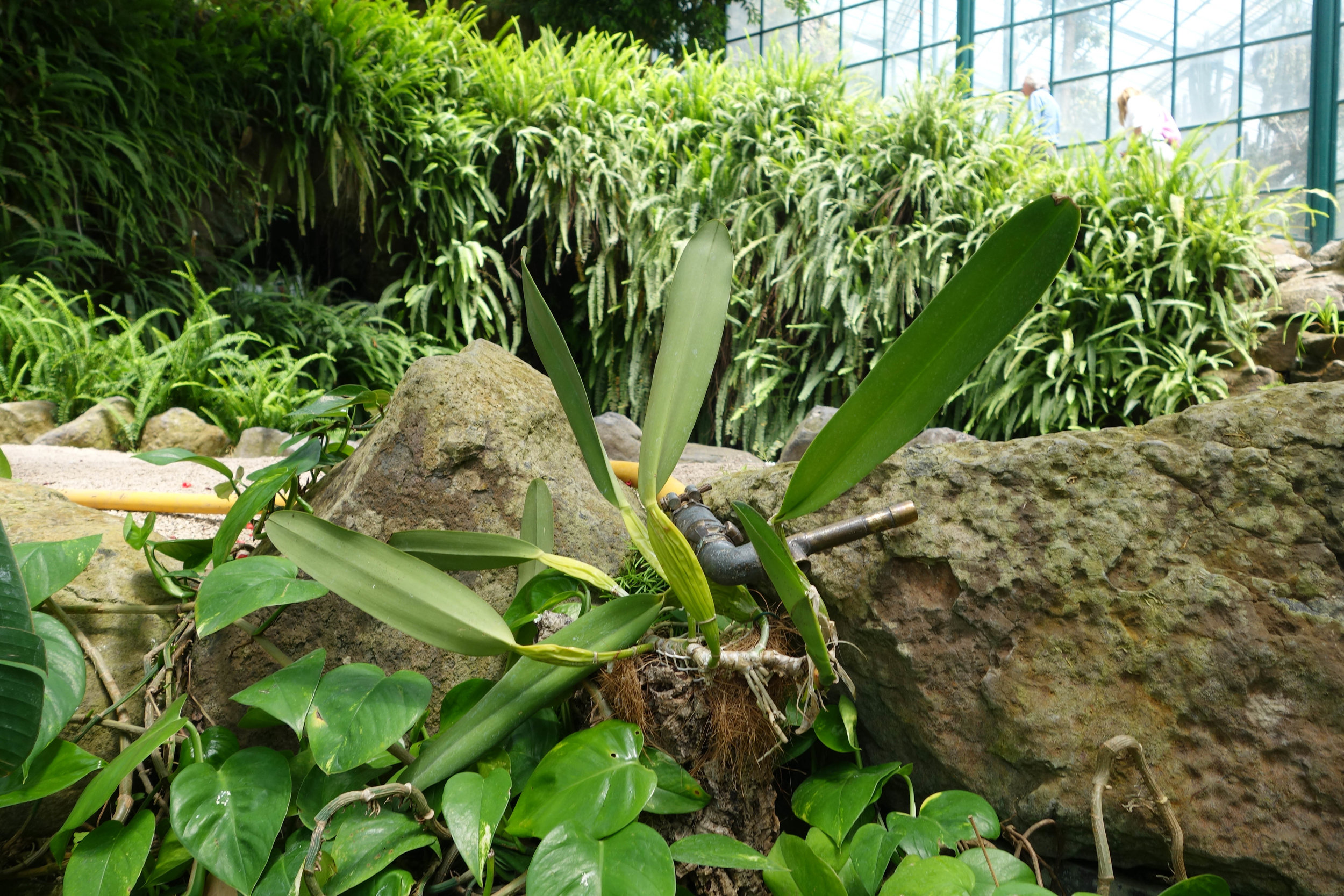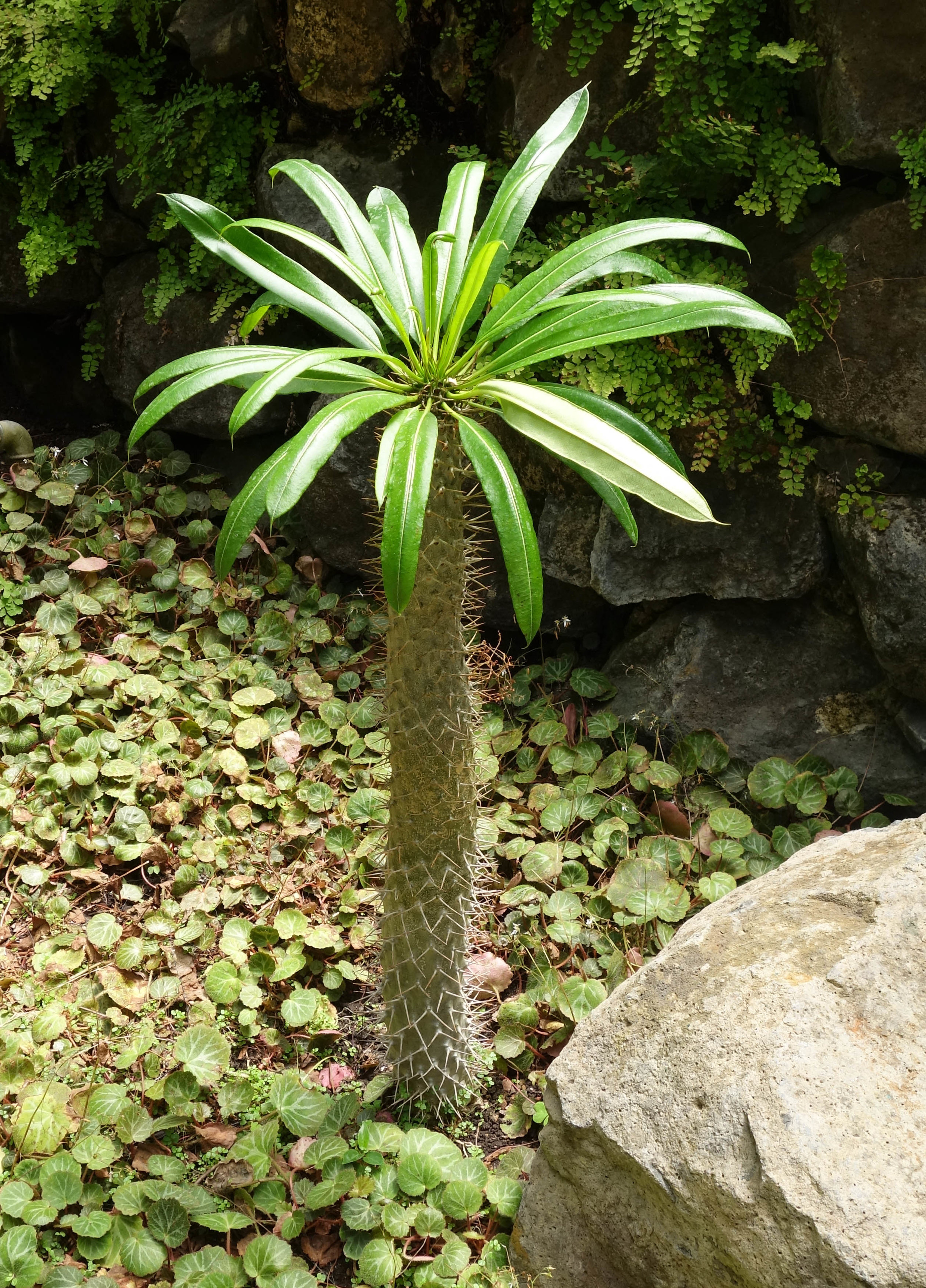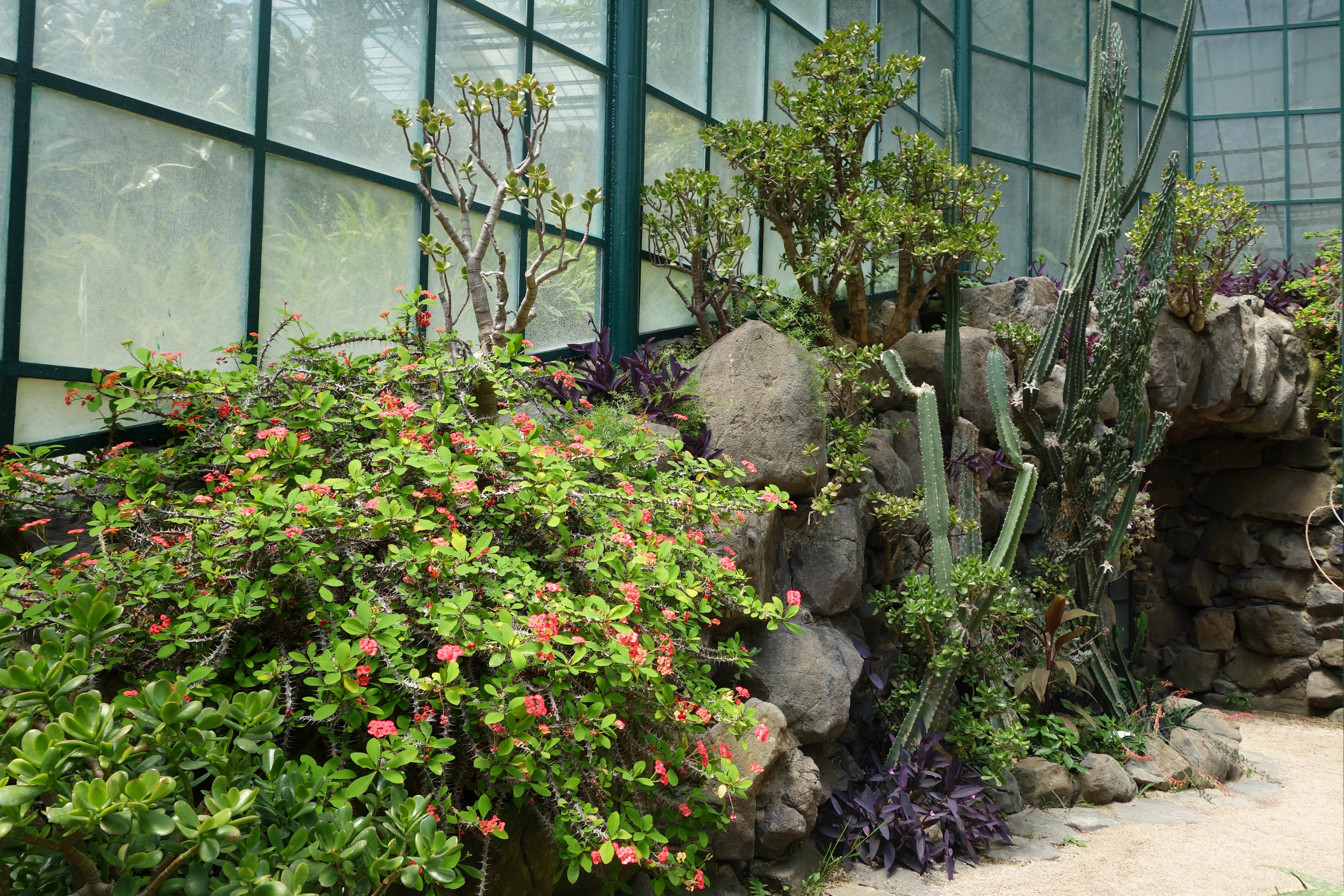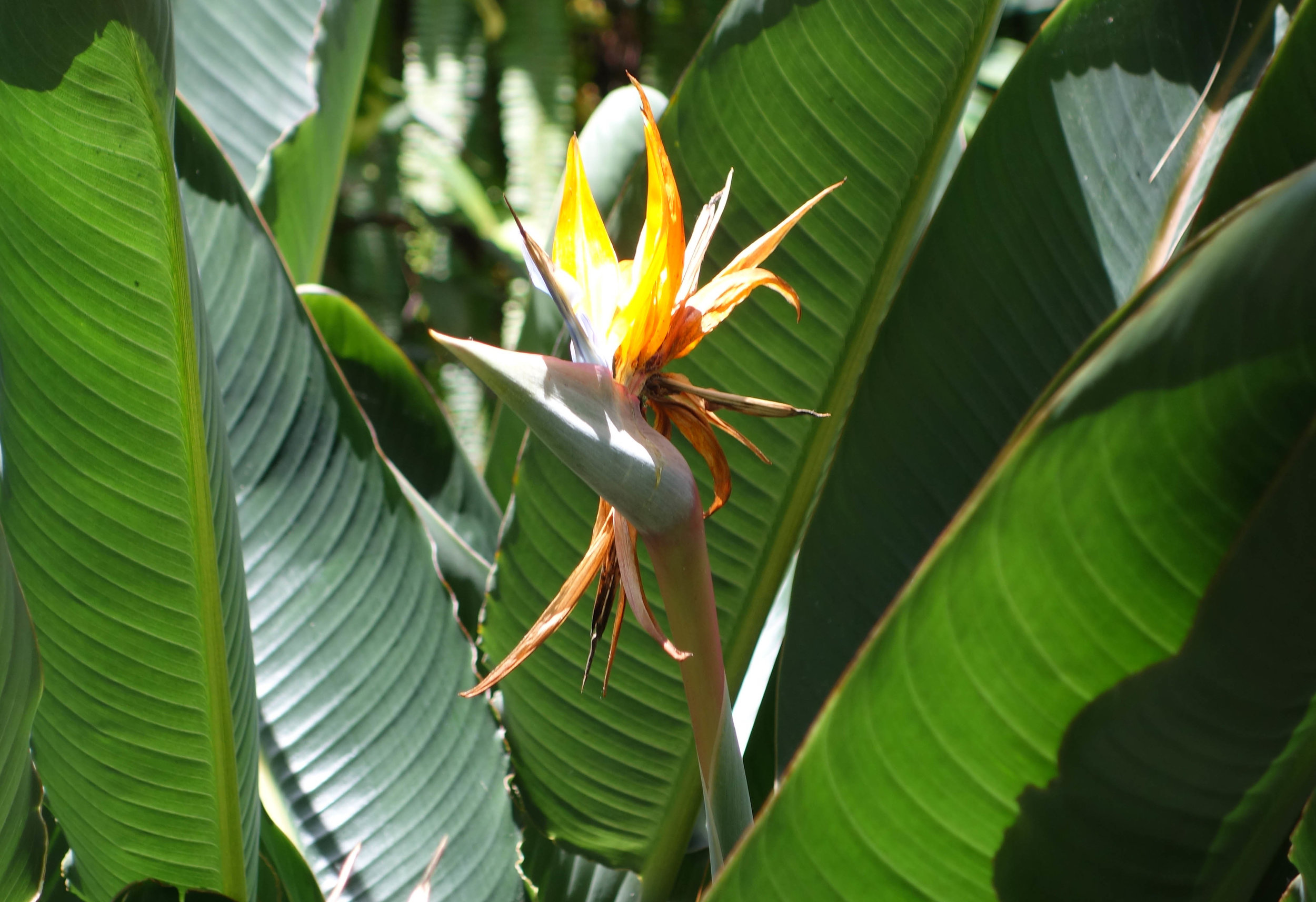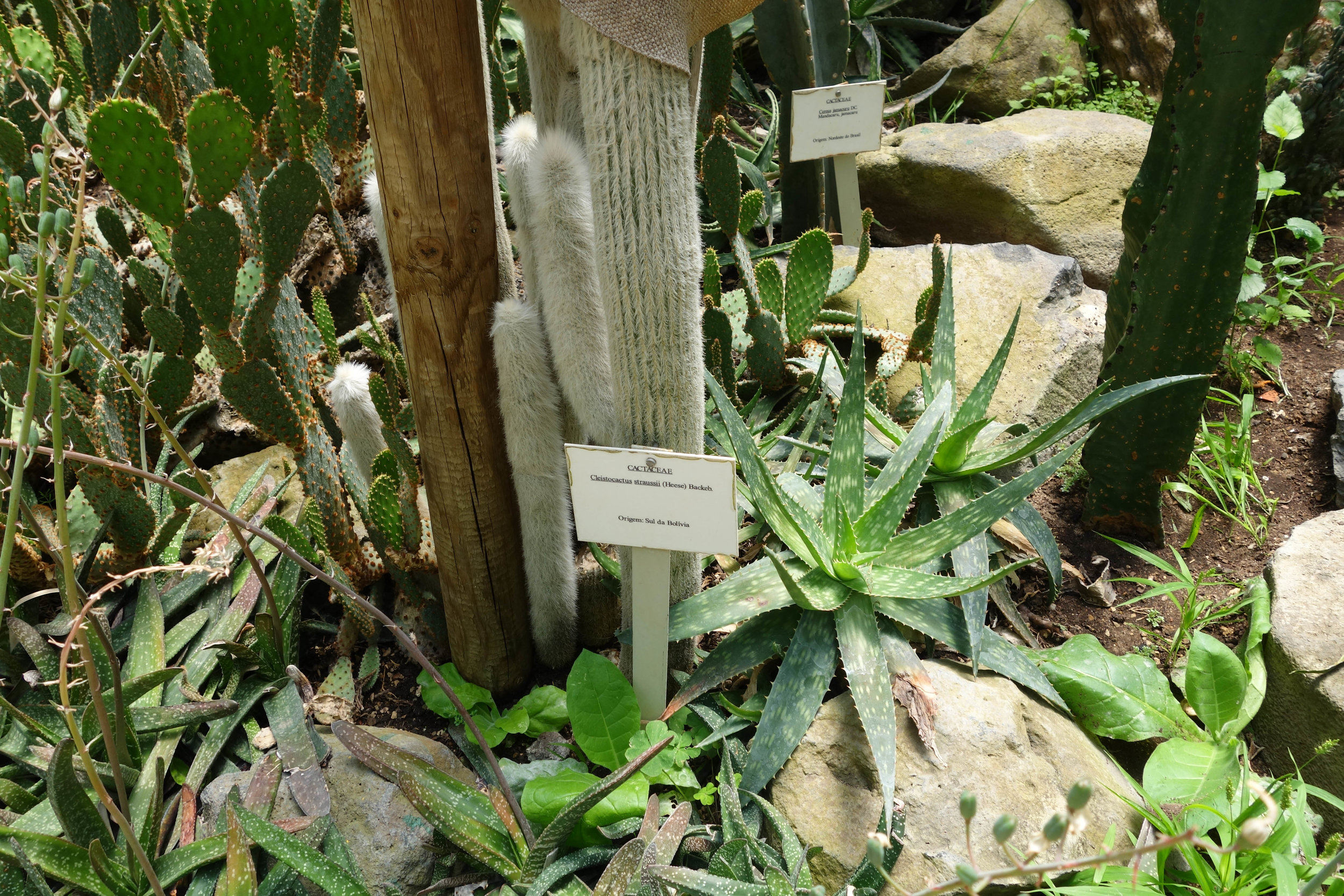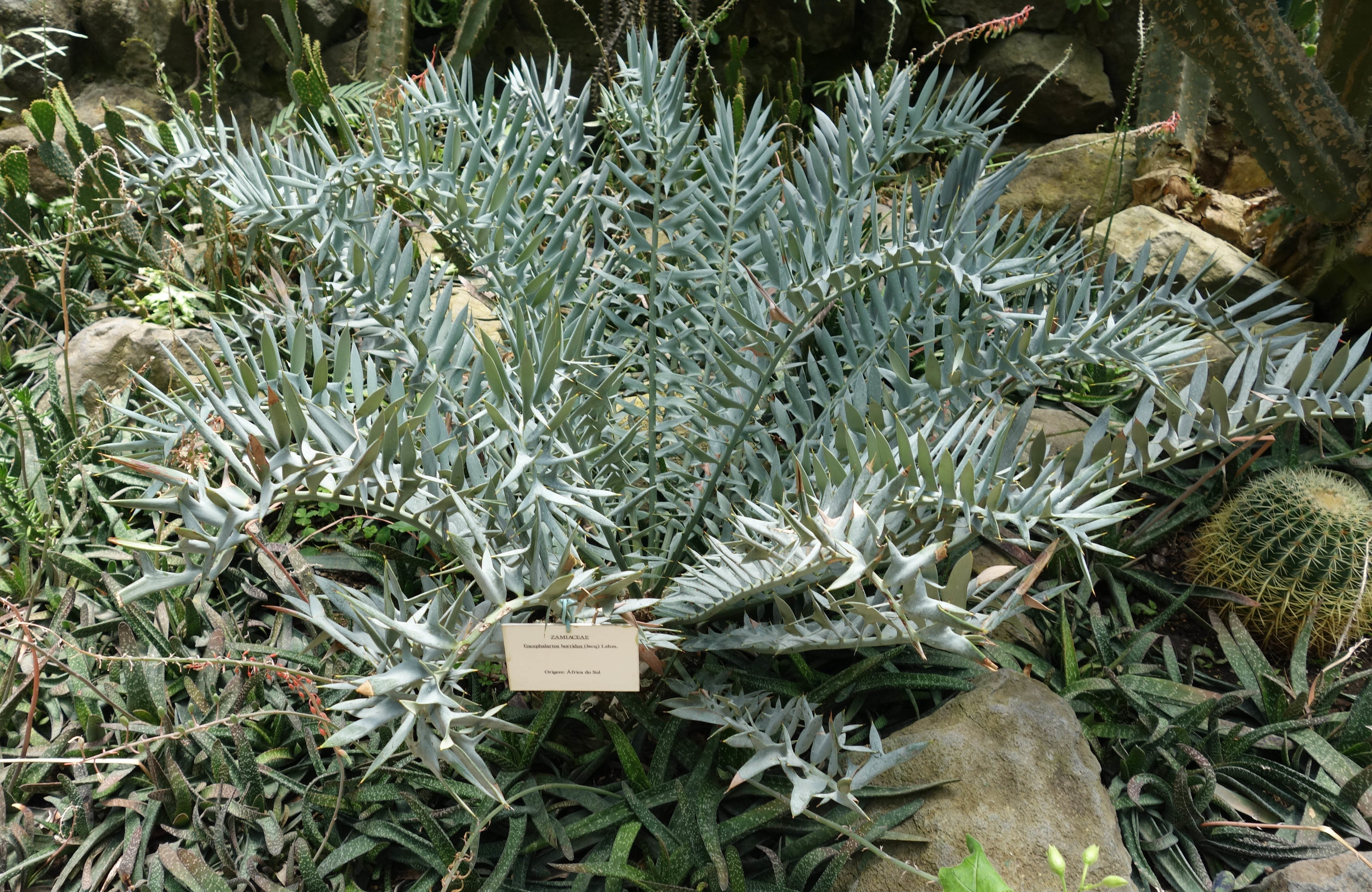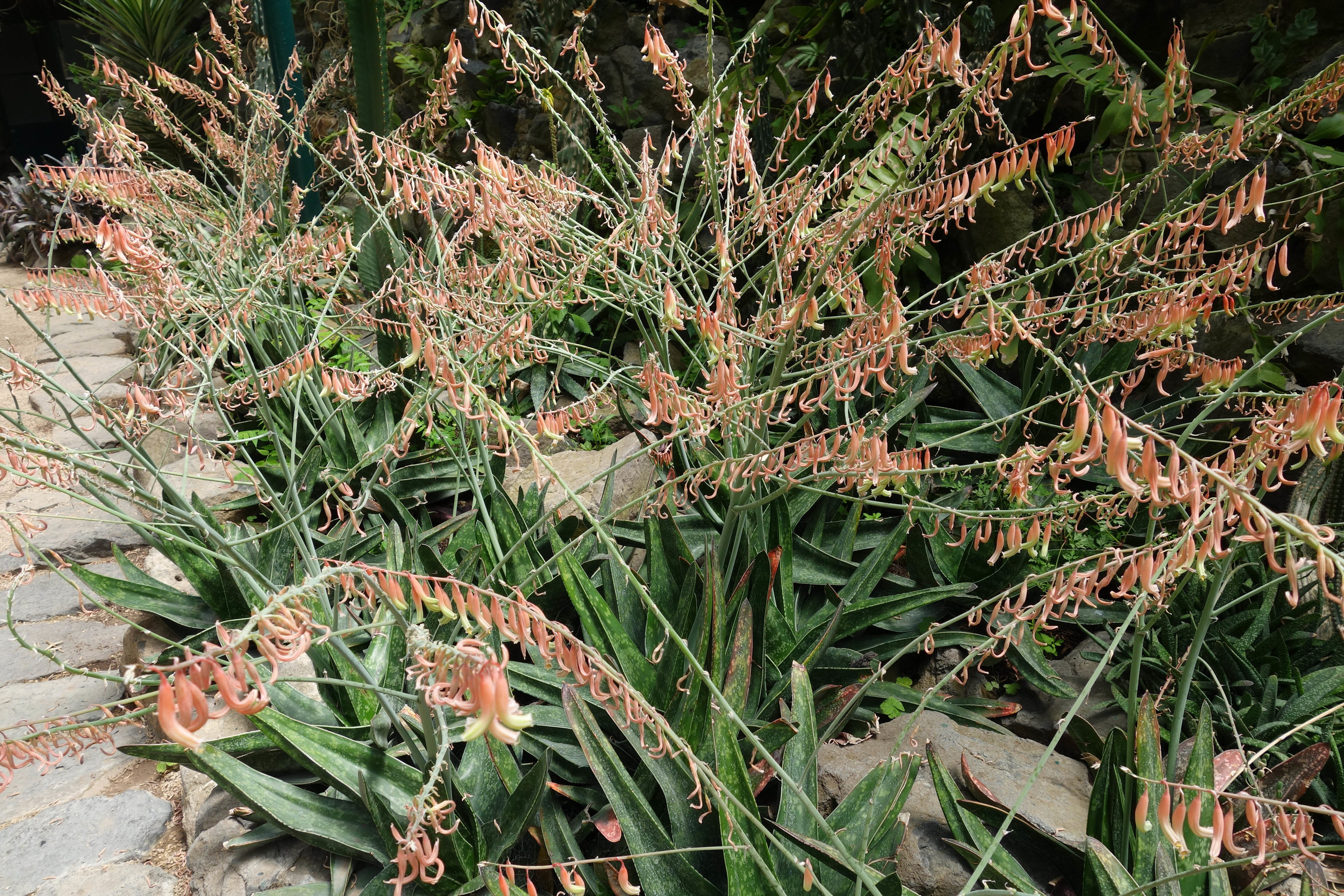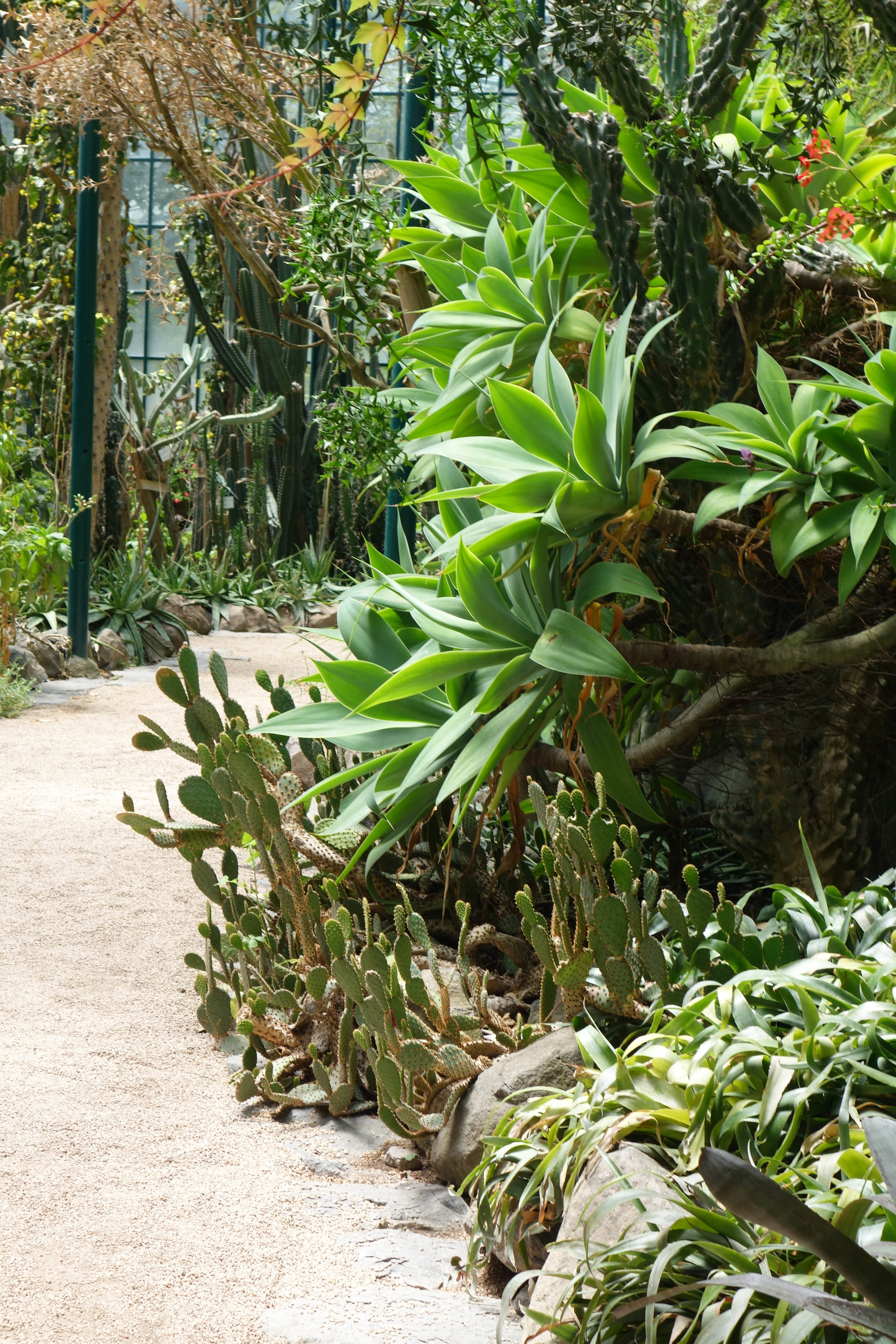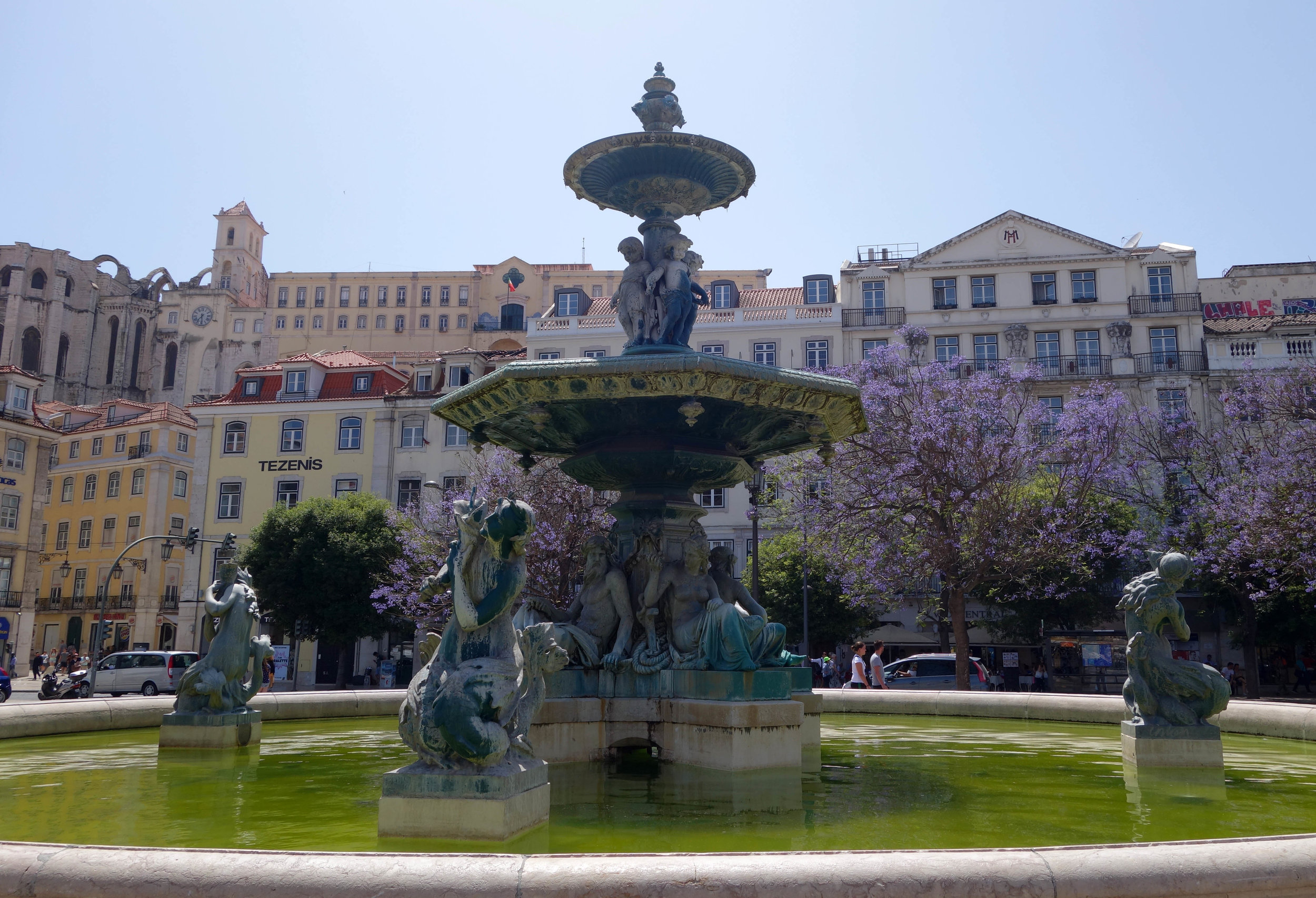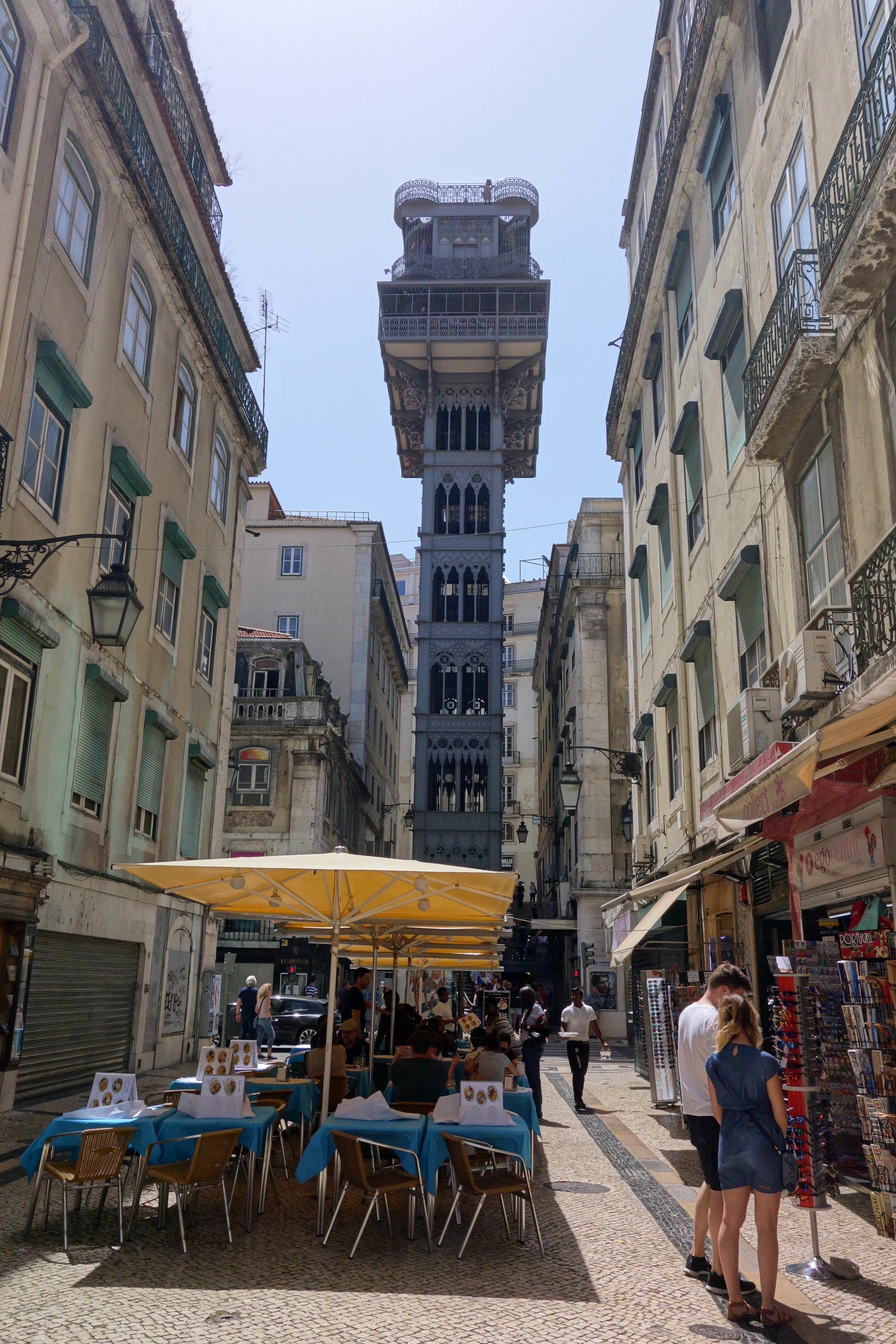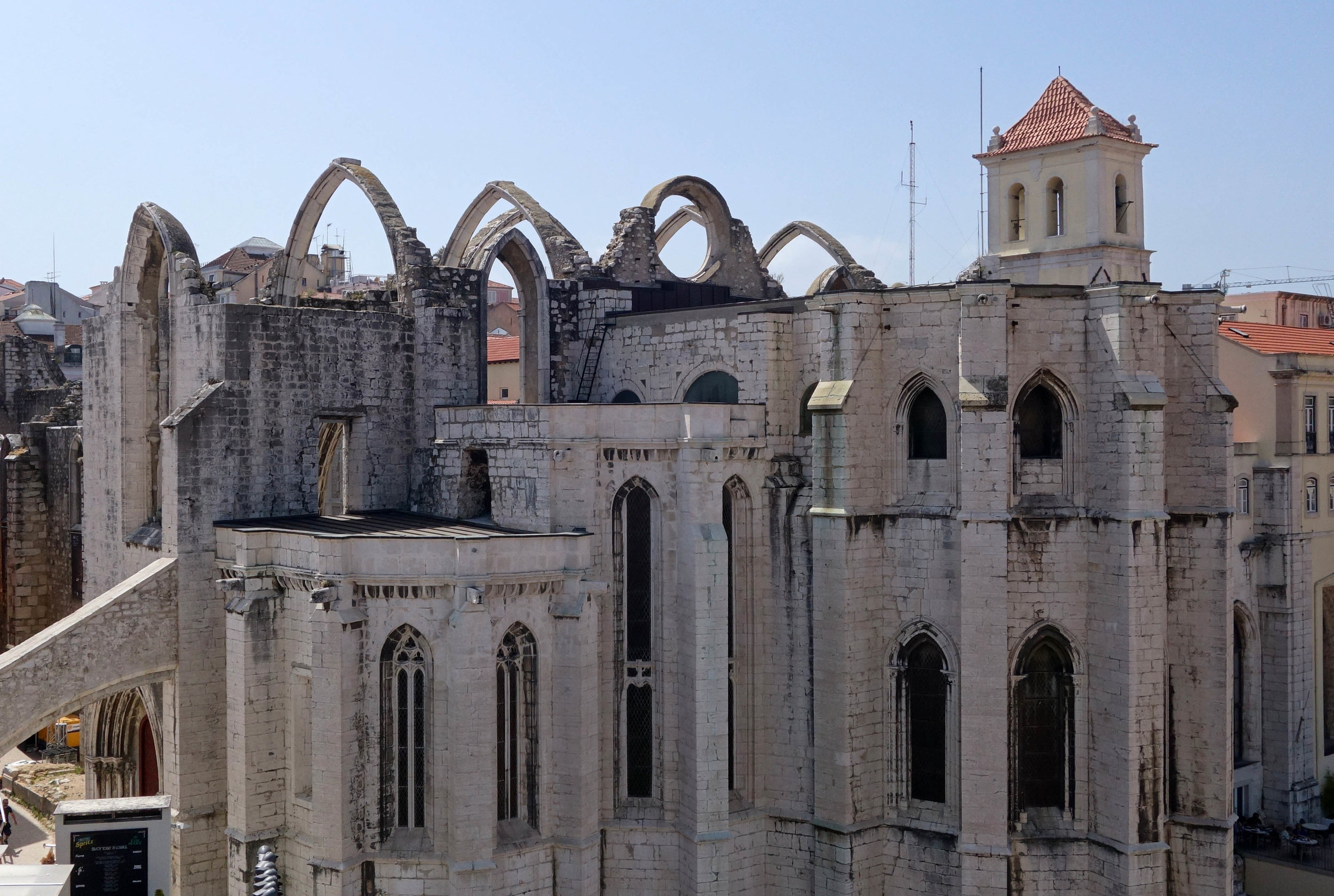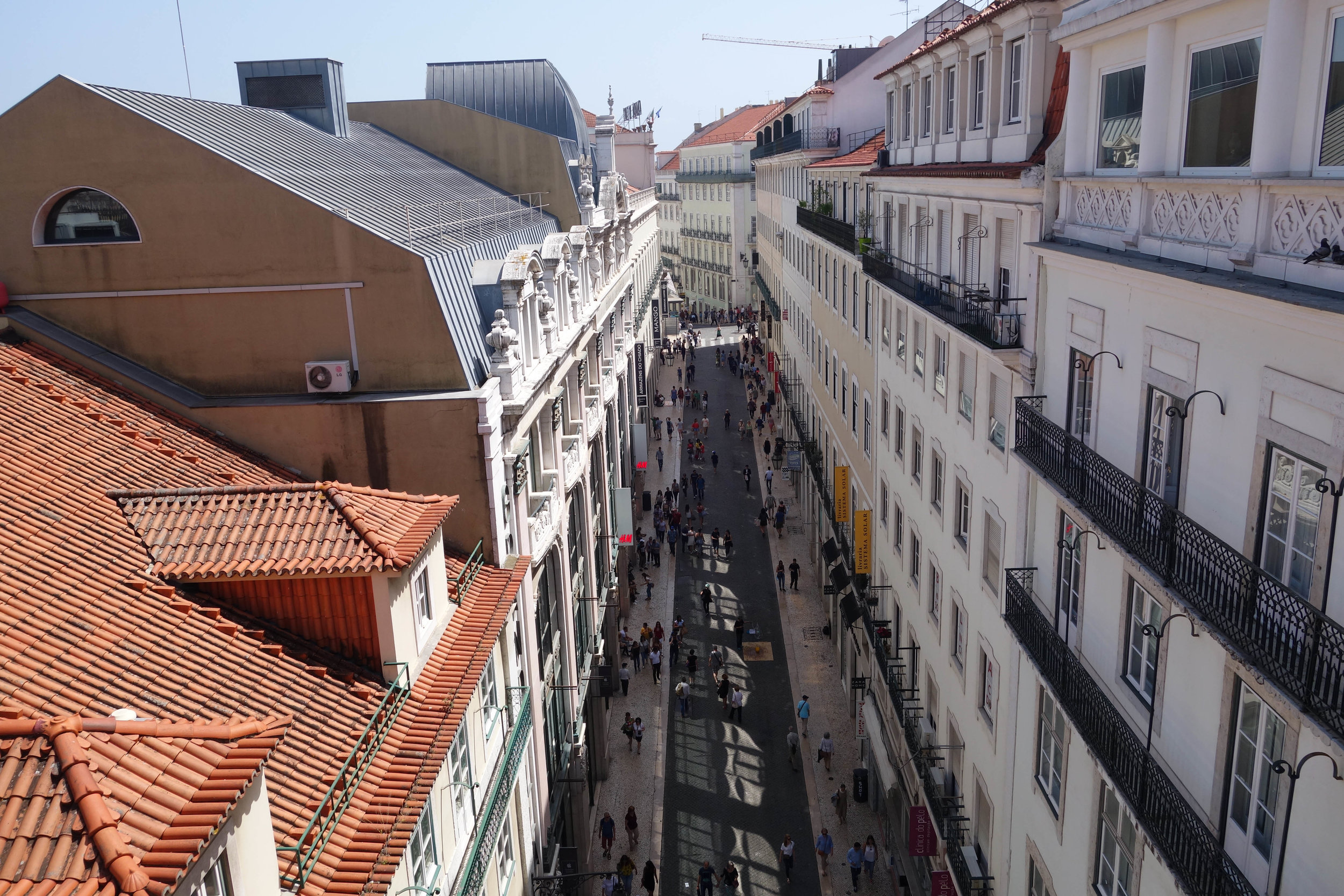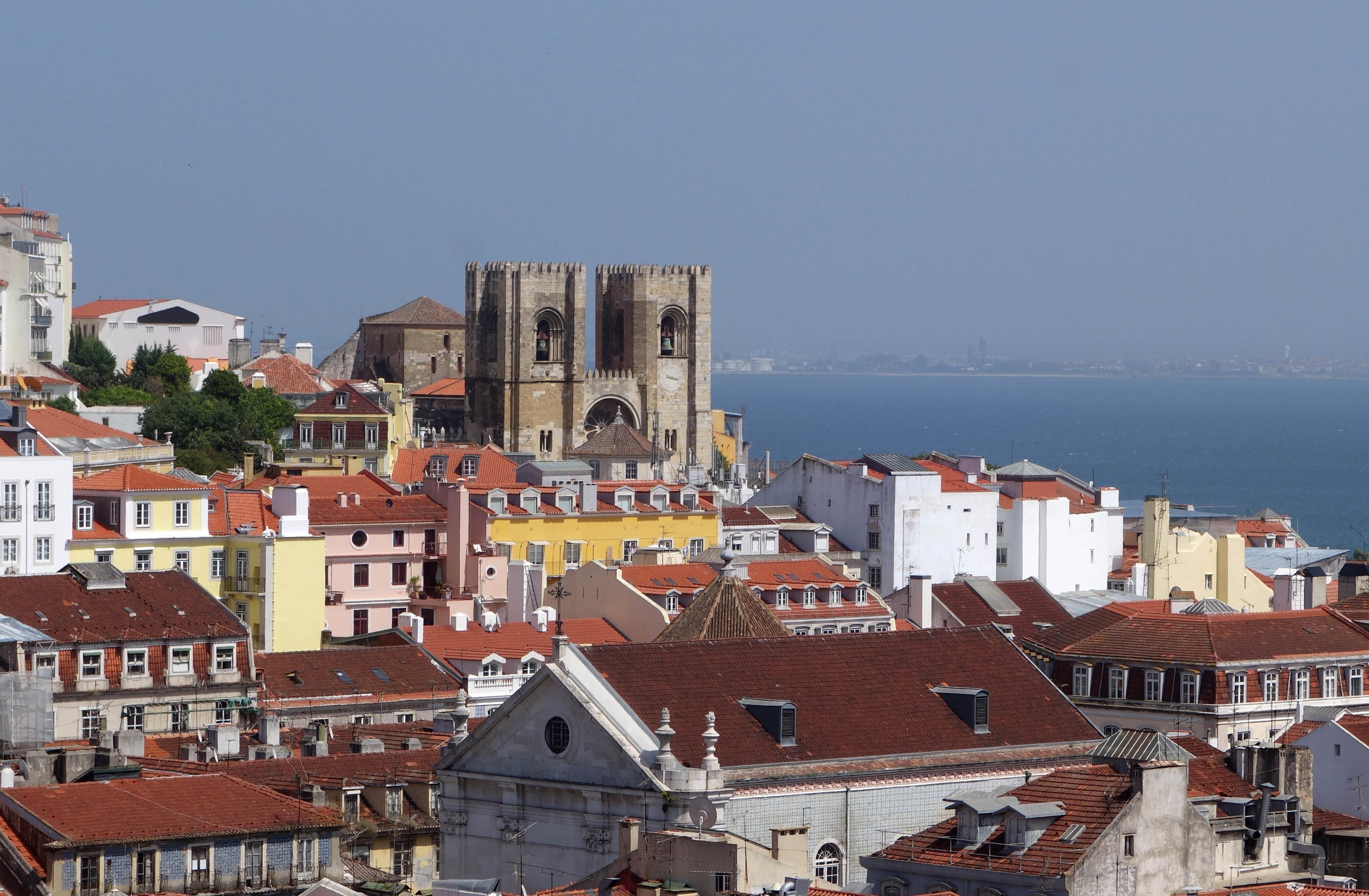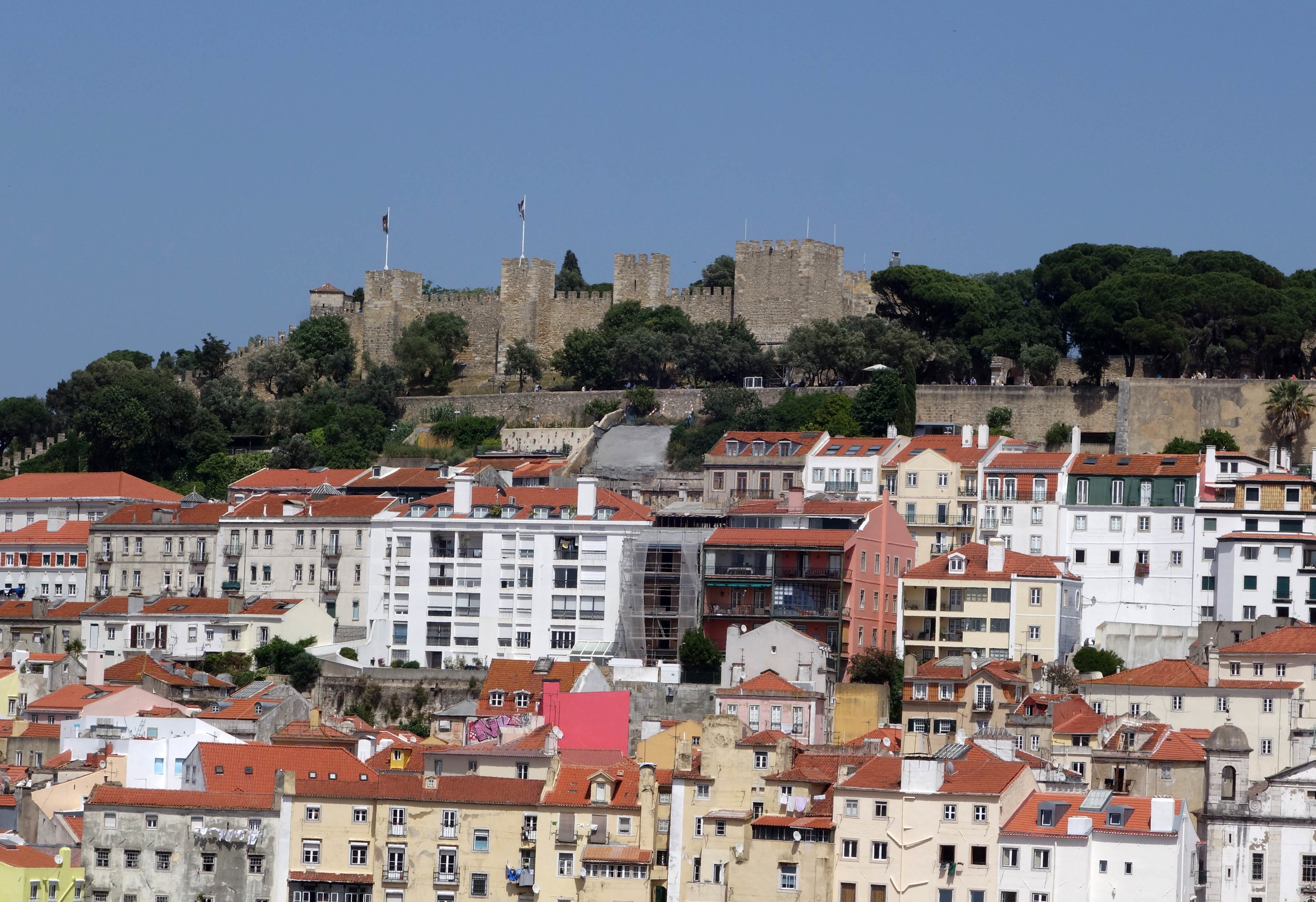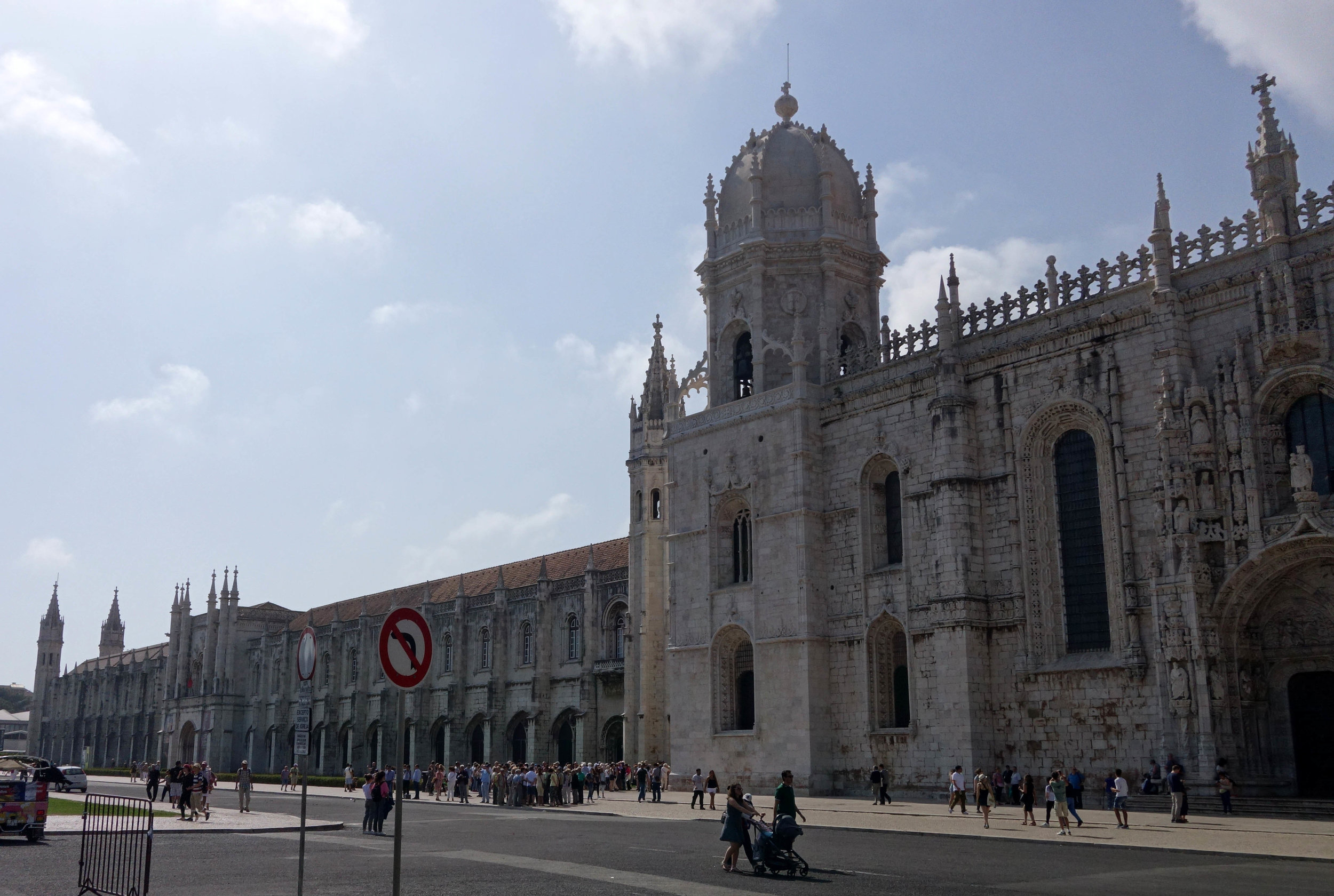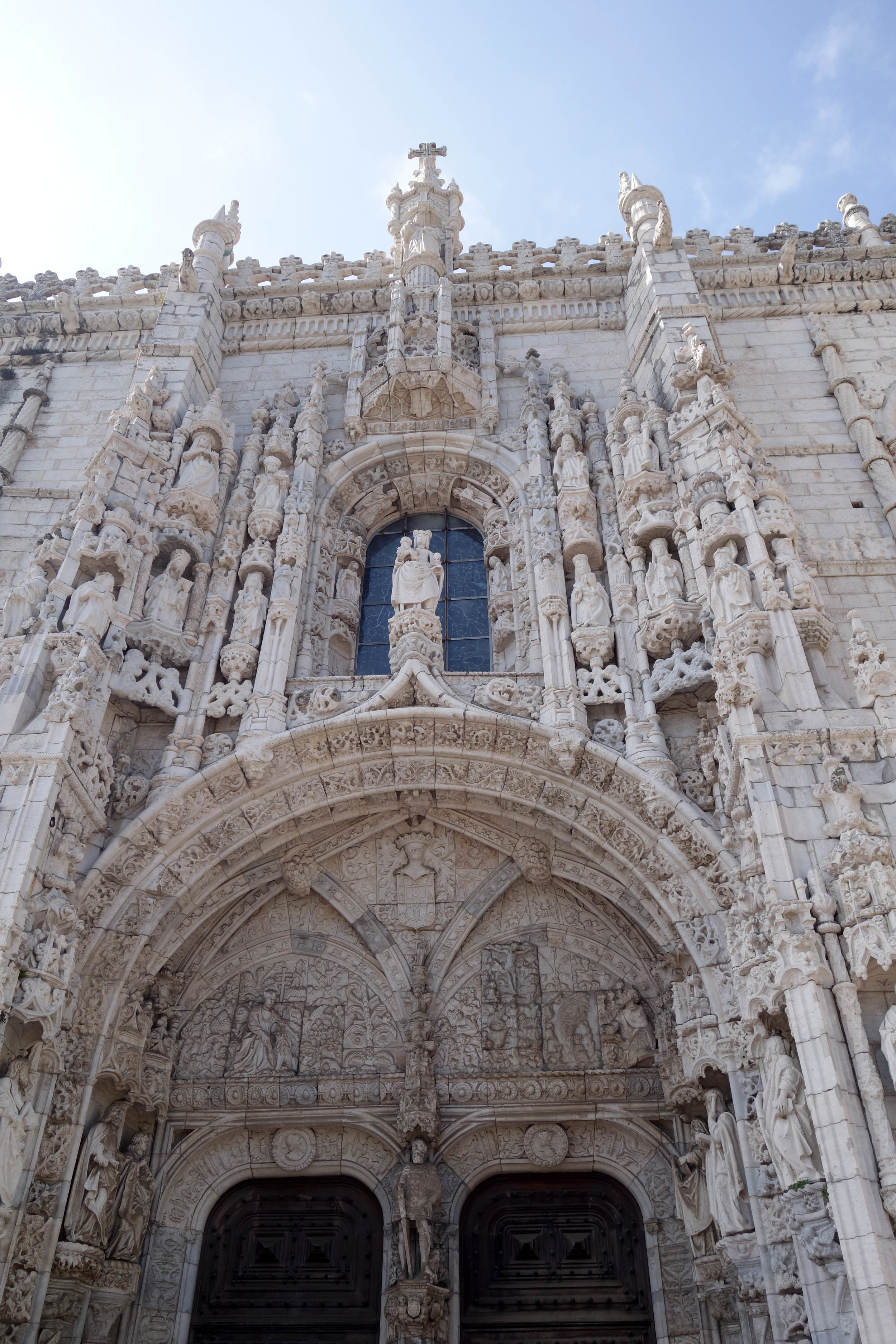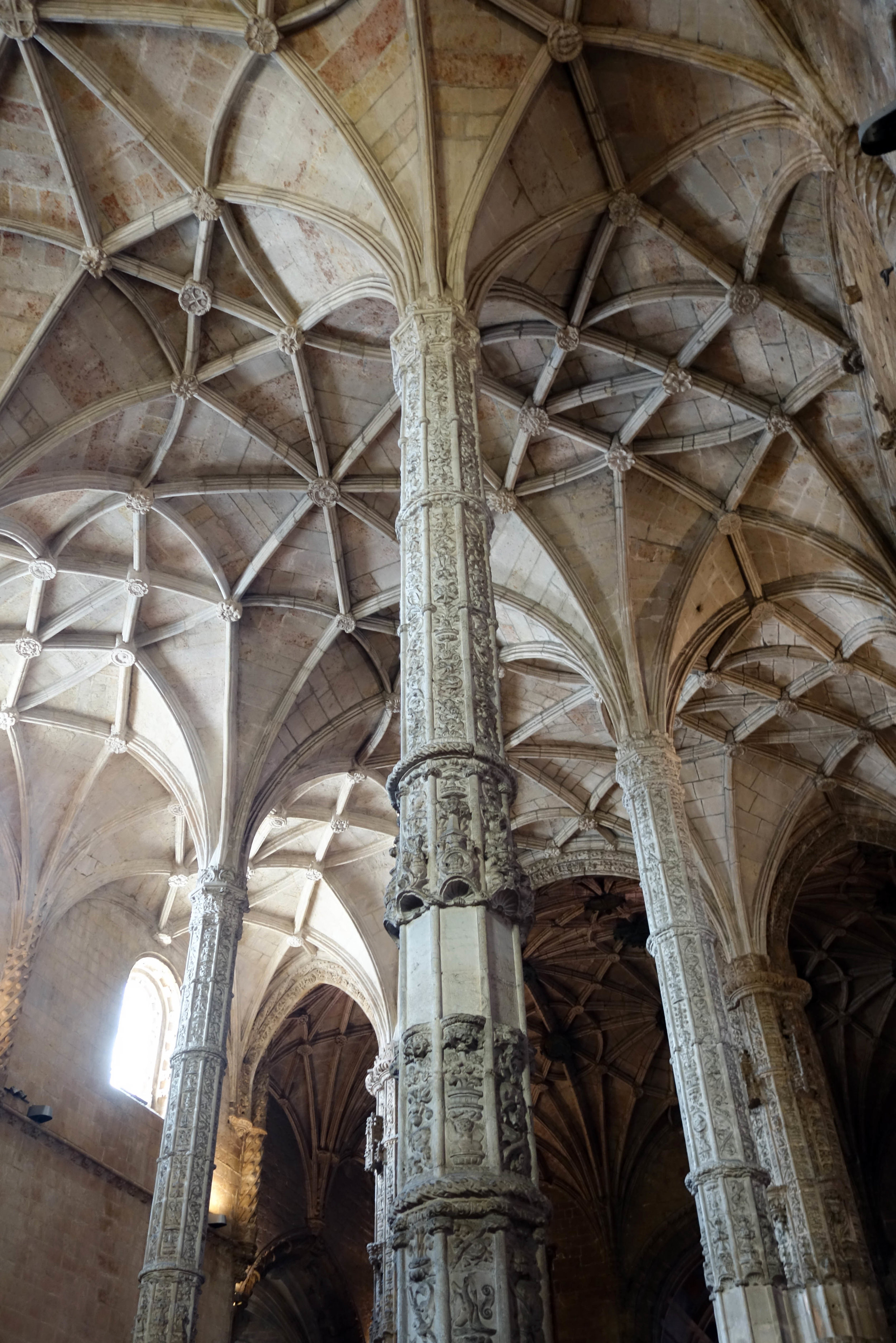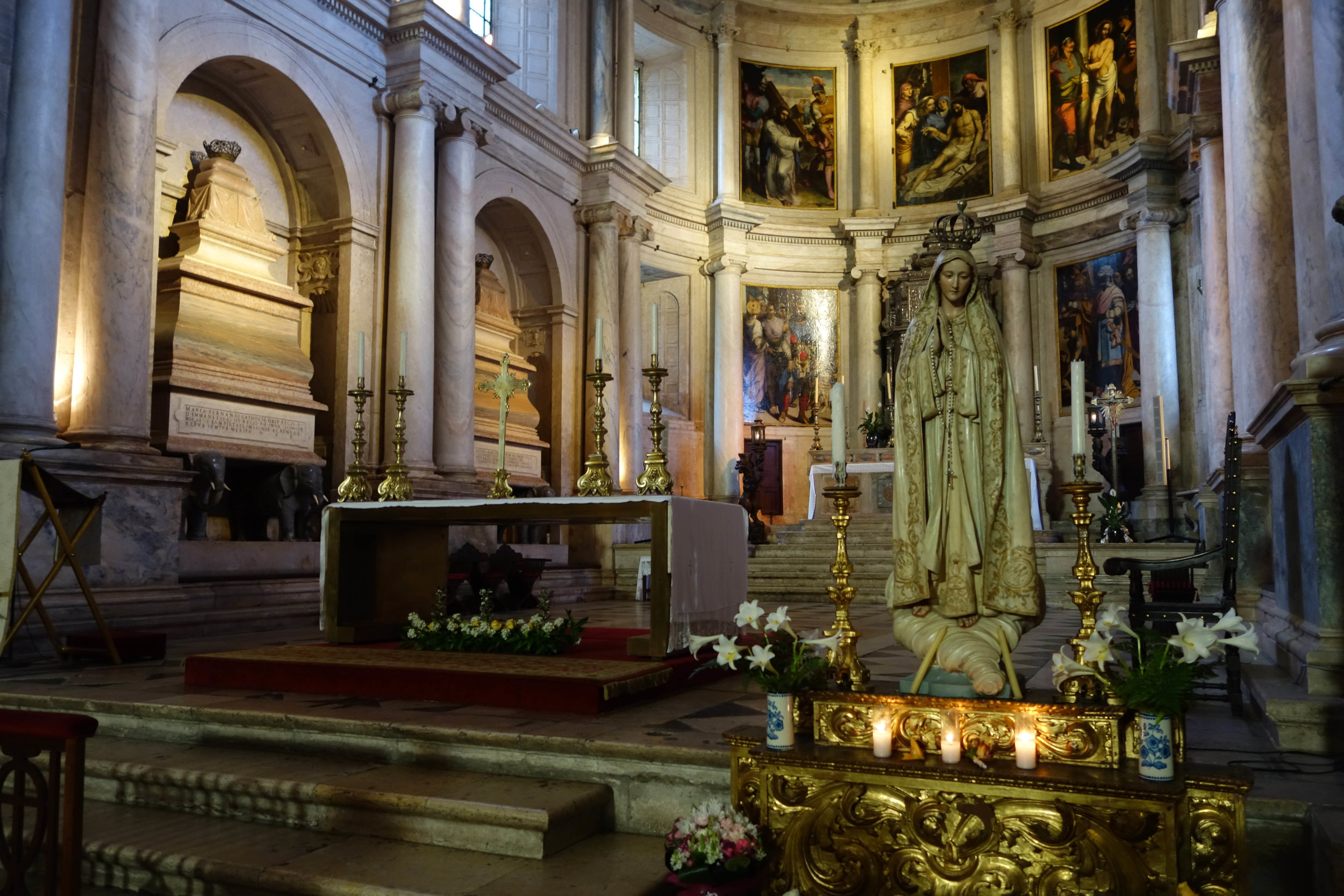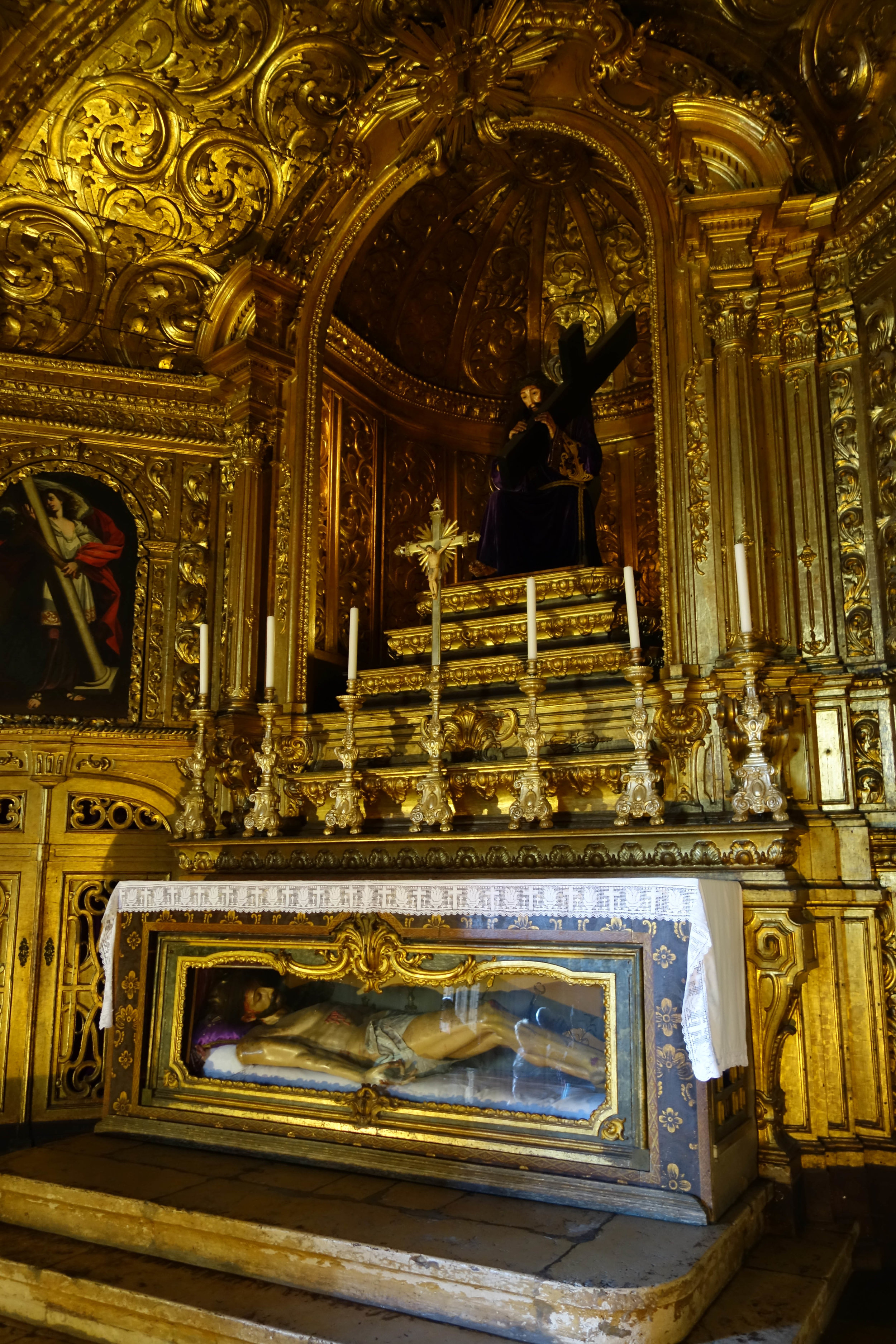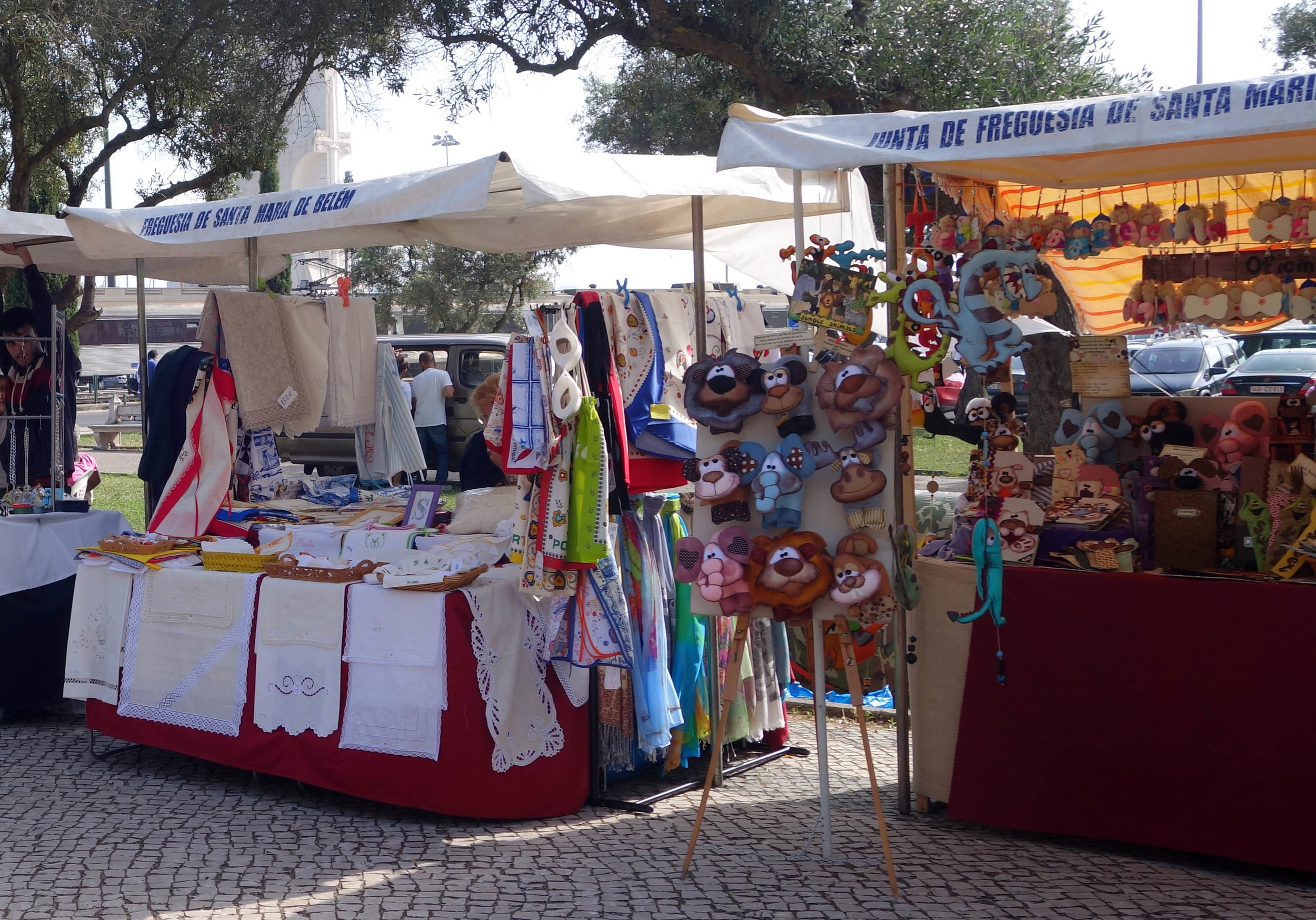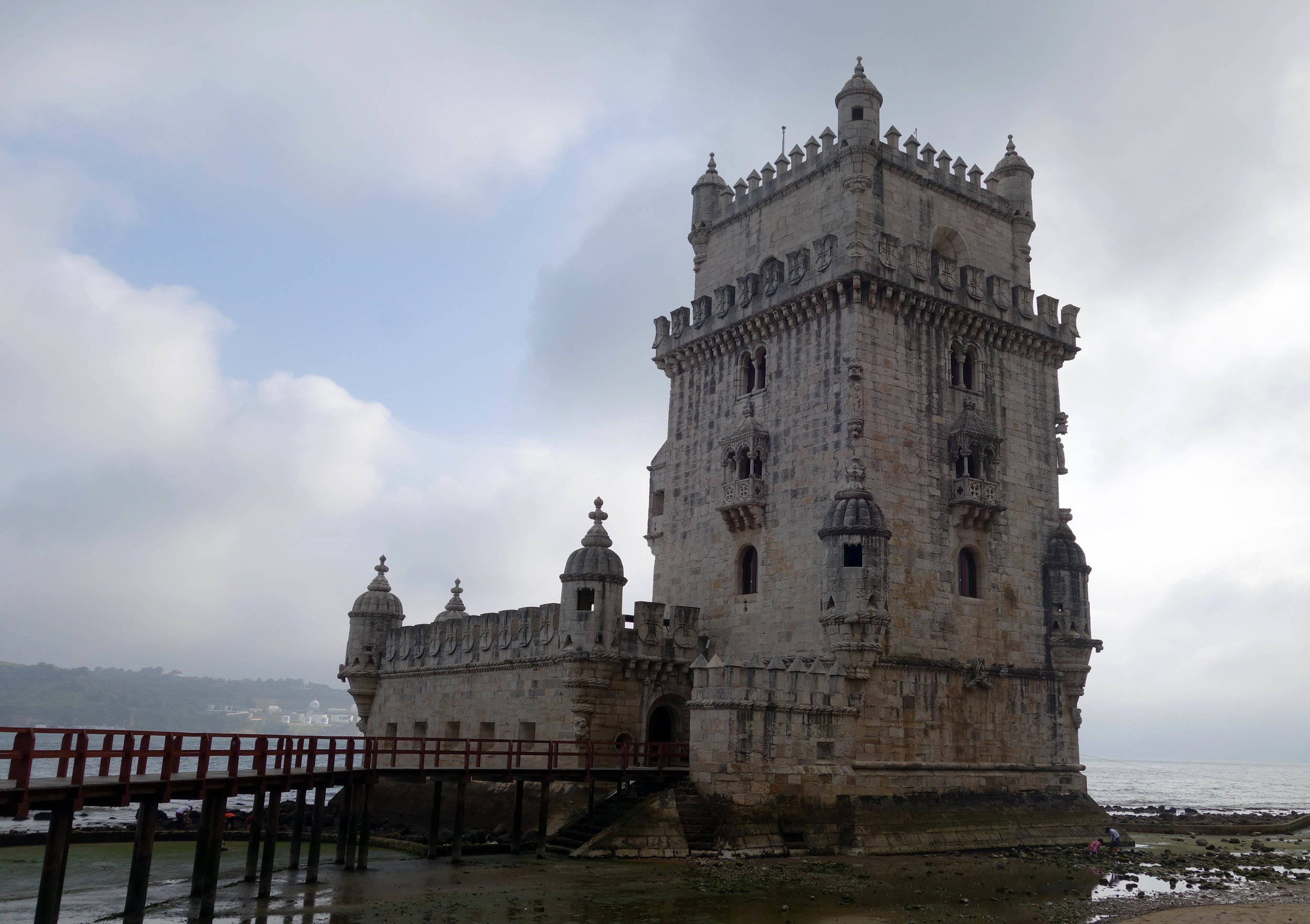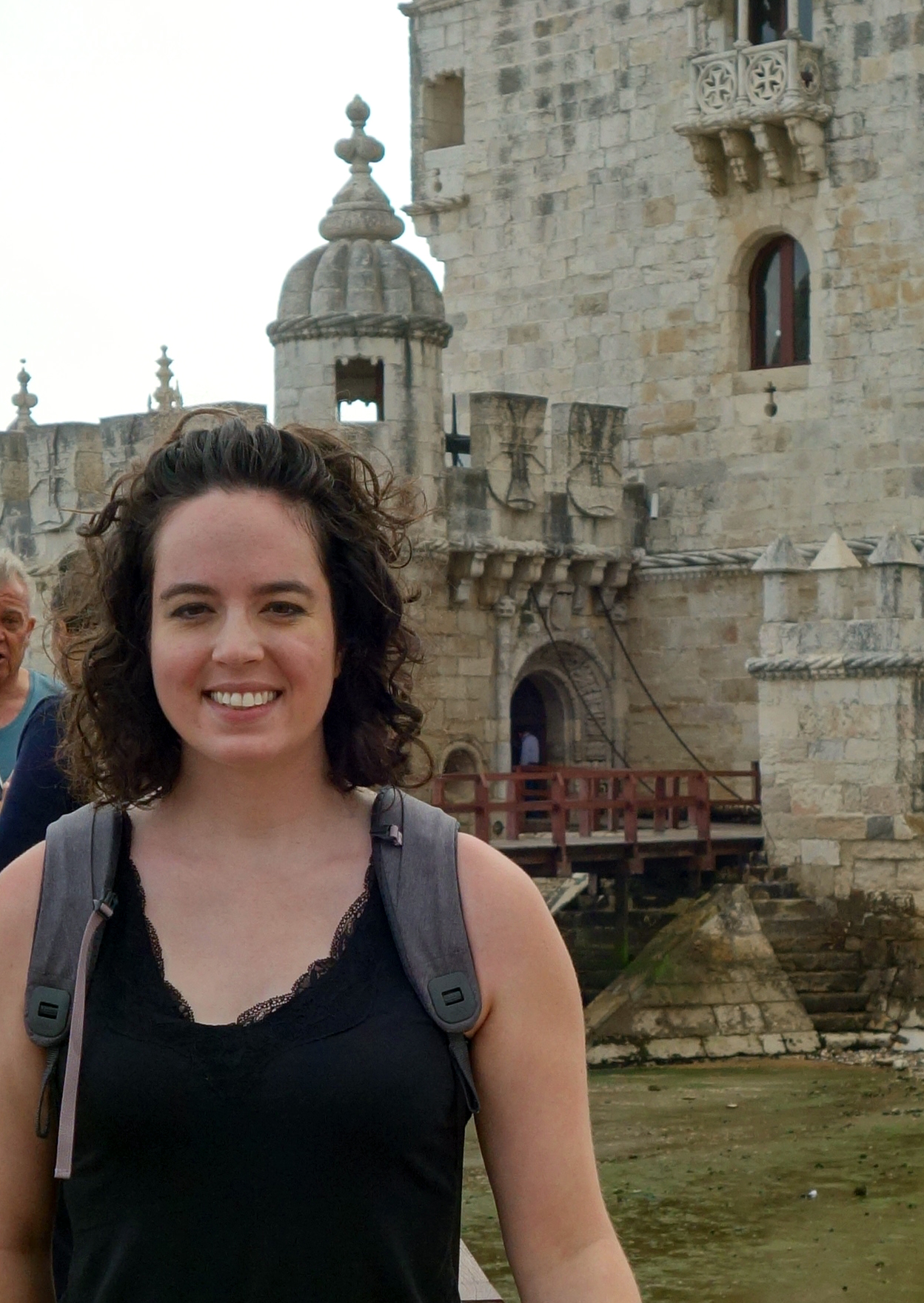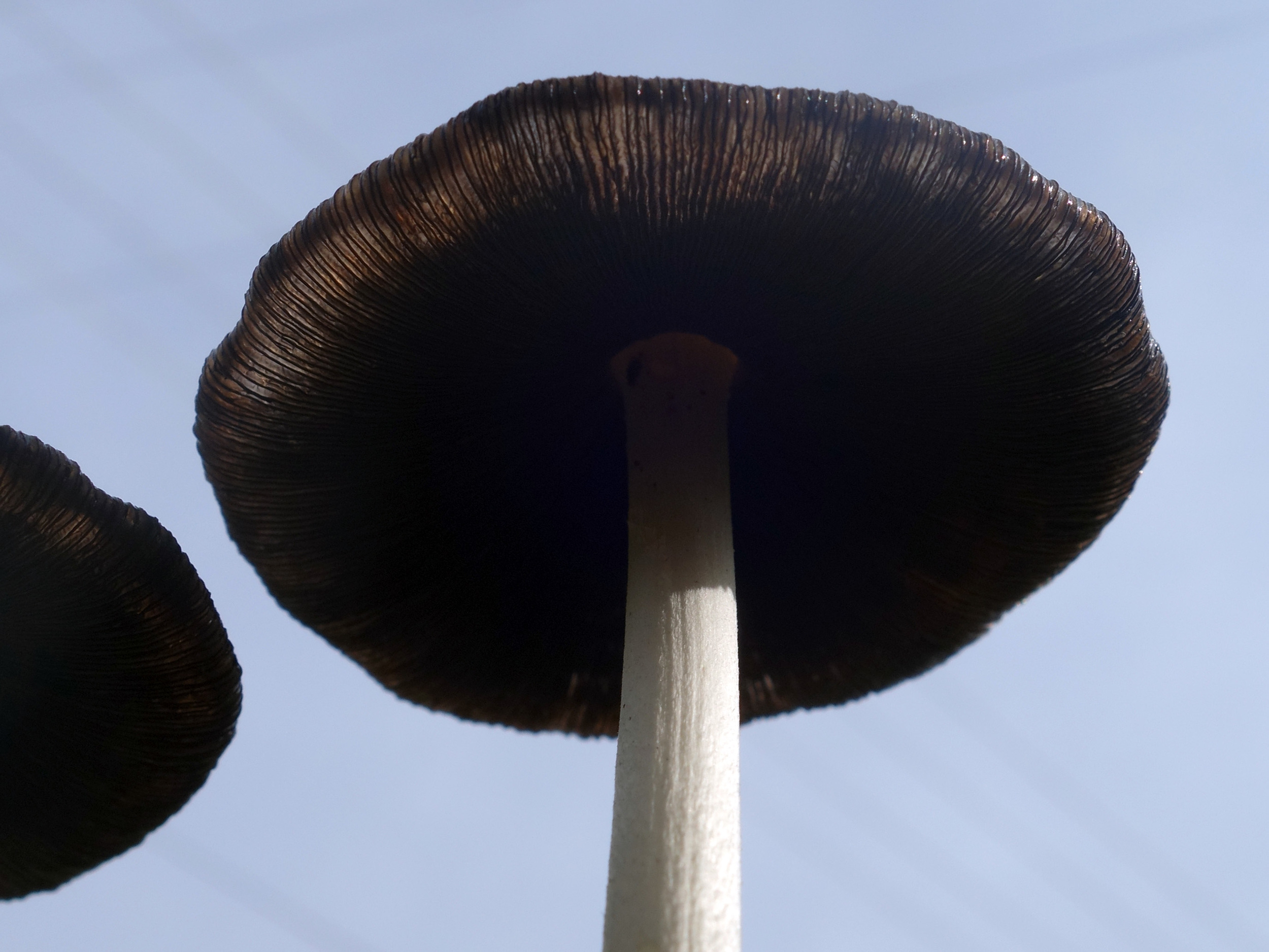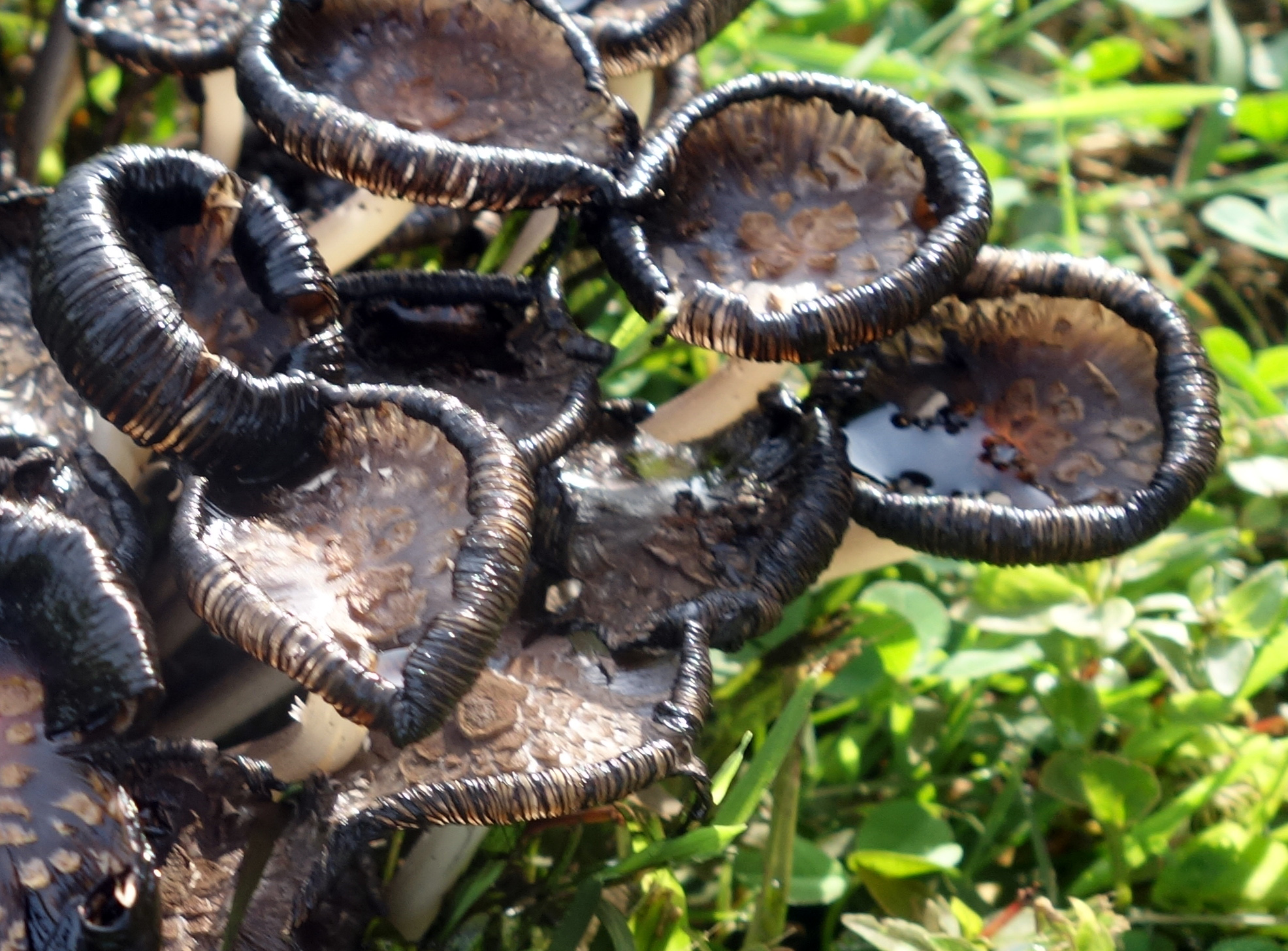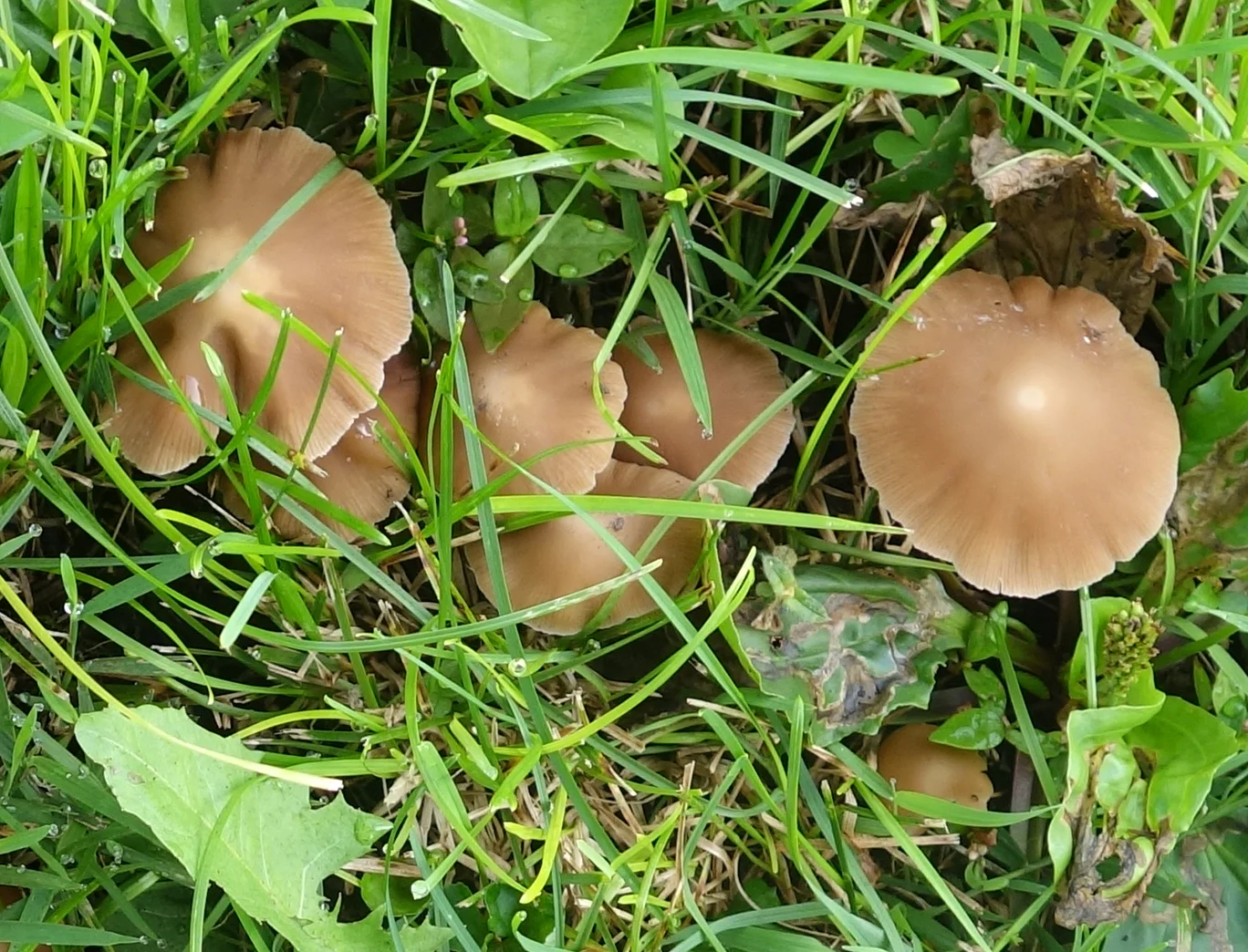The second and final day of my stay in Lisbon, I first went to the Estufa Fria. It's a beautiful greenhouse complex in the Parque Eduardo VII (which I later found out is filled with prostitutes and drug sellers at night... but it was fine in the daytime!). Though the entrance fee is normally quite cheap anyway, it was actually free for me - I think every Sunday morning the fee is waived. As I walked in, I was greeted by a pool filled with fish, waterfowl, and turtles. Then I walked through the main "cold" greenhouse which contains plants that can thrive in the standard Lisbon climate with just a little additional protection, and the two branching greenhouses ("hot," for plants that want a bit warmer and wetter environment like orchids and bananas, and "sweet," for cacti and succulents). The plants all looked very happy, and I enjoyed seeing some that I keep as houseplants thriving in more natural yet massive plantings.
I then went to the Chiado district, stopped for a quick snack of bread and cheese at a little pop-up market and bought a few local desserts to try. As I was walking around the area noticed a tall, decorative elevator with a short line of tourists waiting to get on called the Santa Justa Lift. I decided to get in line; due to my foot, I couldn't handle the hike to the castle which is the more normal touristic look-out point to the city so this was quite an unexpected find! The line moved relatively quickly, too, and I soon paid the 5.15 euro fare to get aboard. Once up, I managed with tacit permission from the guard to sneak into a religious ruin and got chased out shortly thereafter by a different guard but not before taking a look and snapping a couple photos! Then I soaked in the aerial view of the city.
After that, I took Tram 15 to the Belém district and saw the Mosteiro dos Jeronimos cathedral, which is spectacular. Then I crossed the street as I saw there was a market; it was the first non-touristic shopping opportunity I saw. All the normal touristic shops sell the same cheap goods for inflated prices (probably manufactured abroad, ironically); especially after traveling enough in a given region, I've found myself to be really not interested in their wares. This market, though, was geared toward locals (many of the vendors only spoke Portuguese, which is both inconvenient for me but also a strong sign that they are not in it for the tourism angle). I still actually only bought a couple things - primarily because my luggage was already completely full and I only plan to make more room while in Madrid through using up a lot of what I brought with me (clay, shampoo, lotion, contact solution, etc). And most of what was being sold was not luggage friendly - vases and other home decor - or was something that I can also pick up in Madrid (scarves and jewelry). I did buy a little brass dish that caught my fancy, though, and an eighteenth century azulejo tile. The market was being held next to the annual Lisbon Thai Festival, which was quite random, so I strolled through that, too - it was quite small.
Then I rode the tram to the Torre de Belém, and took a look at it. I might've decided to go inside, but by the time I got there it had just closed. According to TripAdvisor, though, I didn't miss much - the outside is the real draw.
Finally, I had dinner at a place literally next door to my AirBnB as all the walking had done a number on my foot already, sampled a caipirinha, and went to bed.
The next day, I packed up my belongings and took taxi to the train station in order to catch my ride to Coimbra B. I was going to be picked up there by one of the residency staff and driven the rest of the way into Cerdeira Village. I apparently left the Coimbra B station on the wrong side, so it took a while for the residency staff member to find me, but he eventually did and off we went, driving past the famous University of Coimbra renowned for its medical training en route. I had also requested we stop to get groceries, and that made the trip long enough that Nuno, the staffer, wanted to get lunch before groceries in Lousã. He was so kind about my being vegetarian, and we walked to two different restaurants before he settled on a third and basically ordered off menu directly in the kitchen (he knew the waitstaff) for me and even requested they box up my leftovers, which is not even really a thing in Europe. We also drove past Lousã's castle and a miracle-granting church-on-a-cliff (though really, in this part of the world, everything is on a mountainside or cliff...).
Then we came to Cerdeira Village, where I will be staying for two weeks on a residency. From May 22nd through May 31st, I will be a normal resident, but from June 1st through June 4th, I will also participate in the Elementos à Solta (Art Meets Nature) Festival. I was invited to do this residency as one of two sponsored international artists, meaning that Cerdeira Village is letting us stay and use their facilities for free.
The village is a traditional Schist village, which means the houses are made out of thinly stacked and mortared schist rock. It is also carved into the mountainside; almost nowhere apart from in rooms is flat, and even in the houses there are flights of stairs and you are constantly called to go up or down inclines or stairs to get anywhere. It is not an ideal site to have a foot injury (!) but luckily, it is not as bad of an injury as it could have been, and upon arrival it was exactly a week old so it already had some time to heal. Plus, I'd already gotten some of my wanderlust out while in Lisbon so I planned to use the first few days to crank out some studio time. I met the other sponsored artist, a Finnish woman named Julia, when she arrived a couple hours after I did, and we soon went to bed. Free accommodations means we're sharing a room, and the room itself can house six people in three bunk beds; we were each set up on the bottom of two of the bunk beds. I already hit my head on the bottom of the top bunk above me twice, and it took me about an hour of being super self-conscious about making noise while tossing, turning, sneezing, and whatnot next to a stranger trying to sleep, but with my own earplugs and a warm comforter, I eventually fell asleep.



